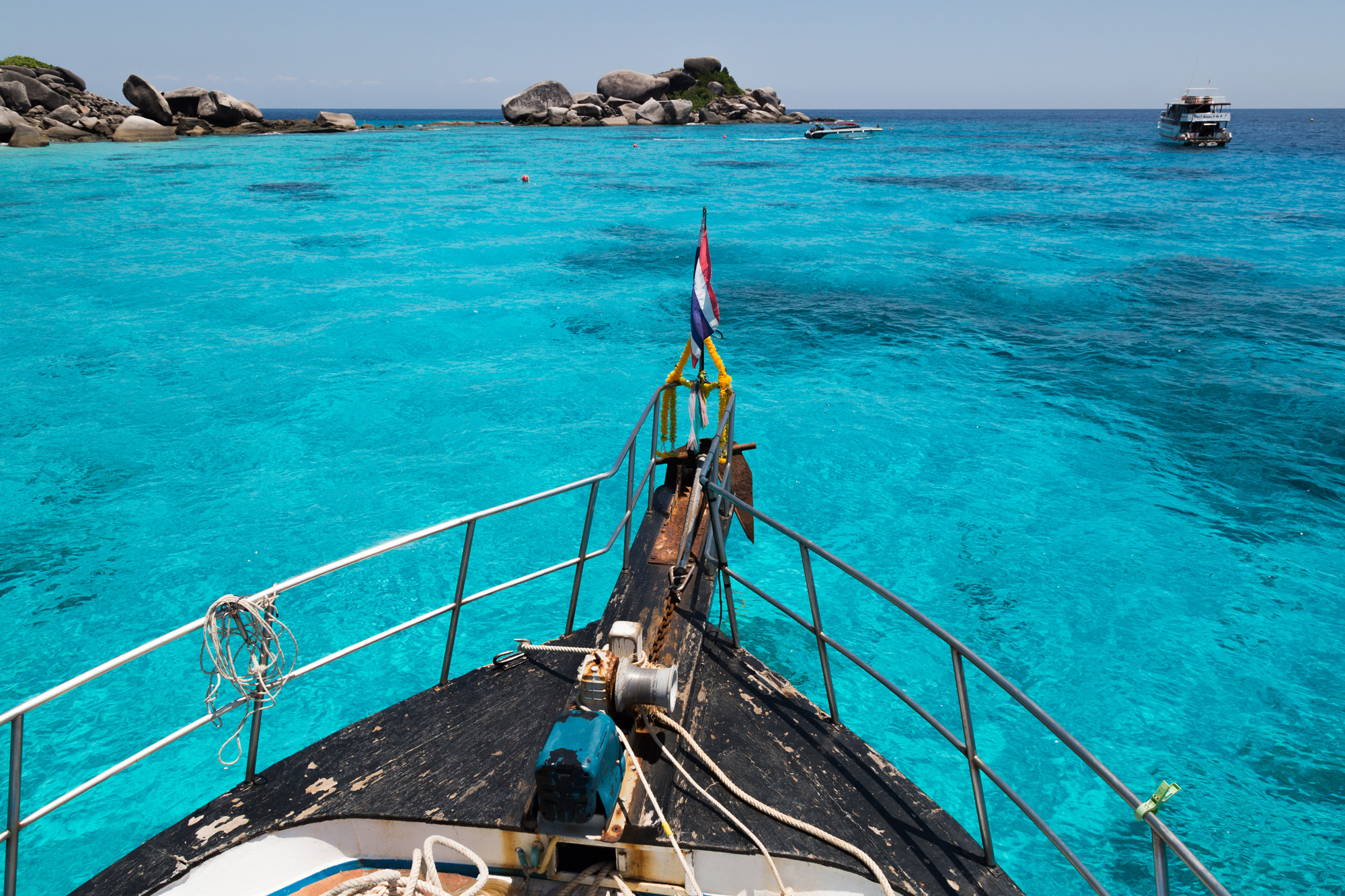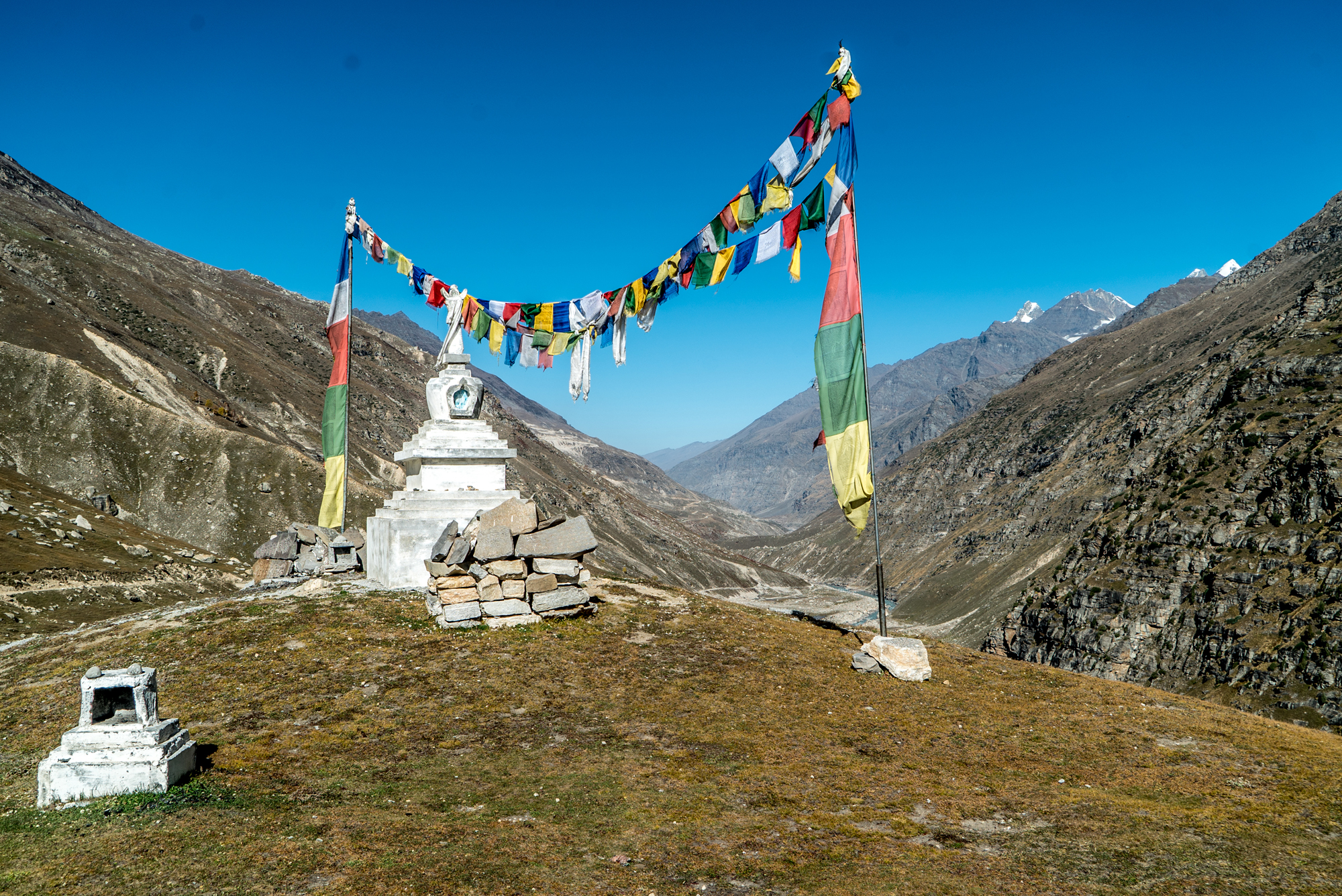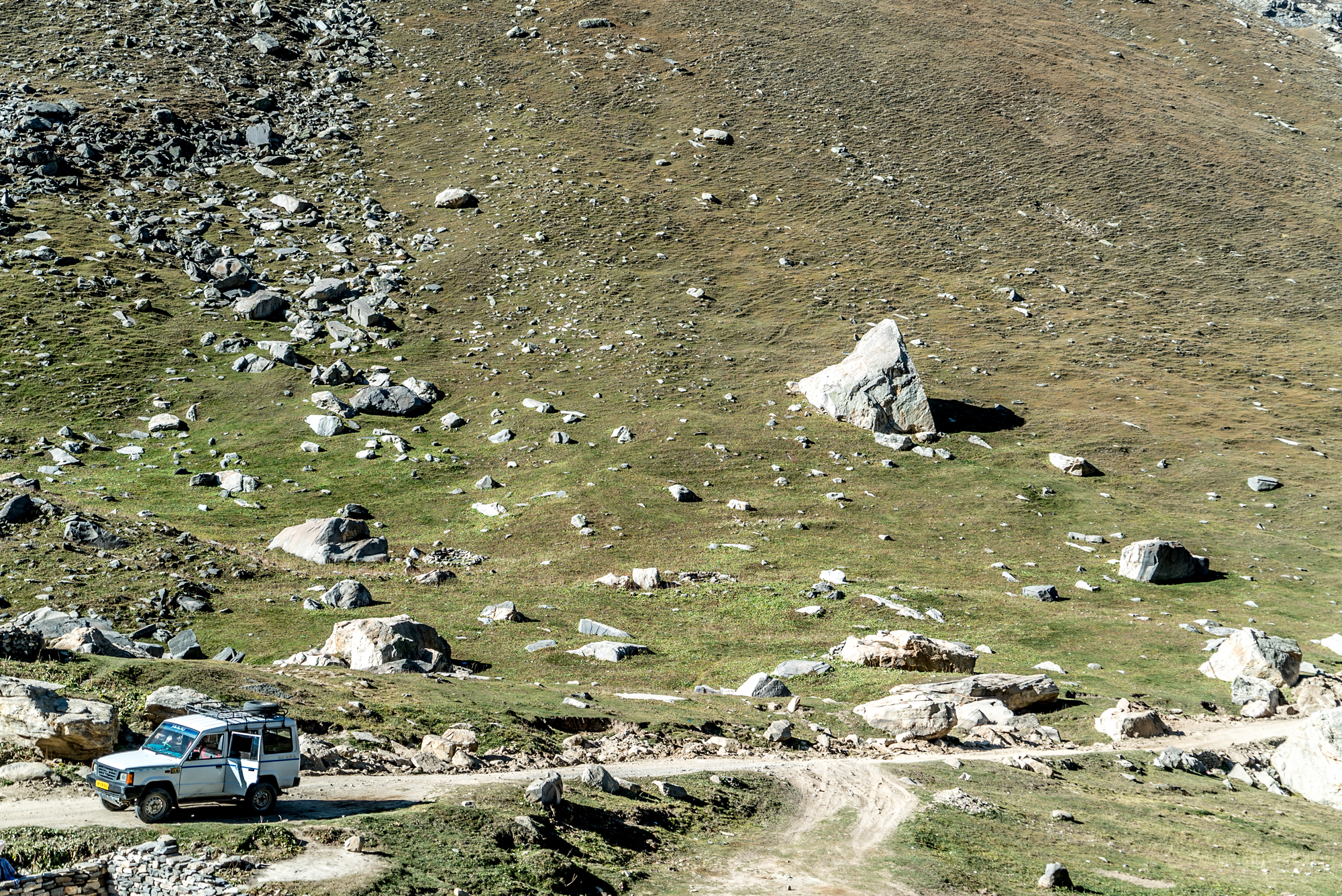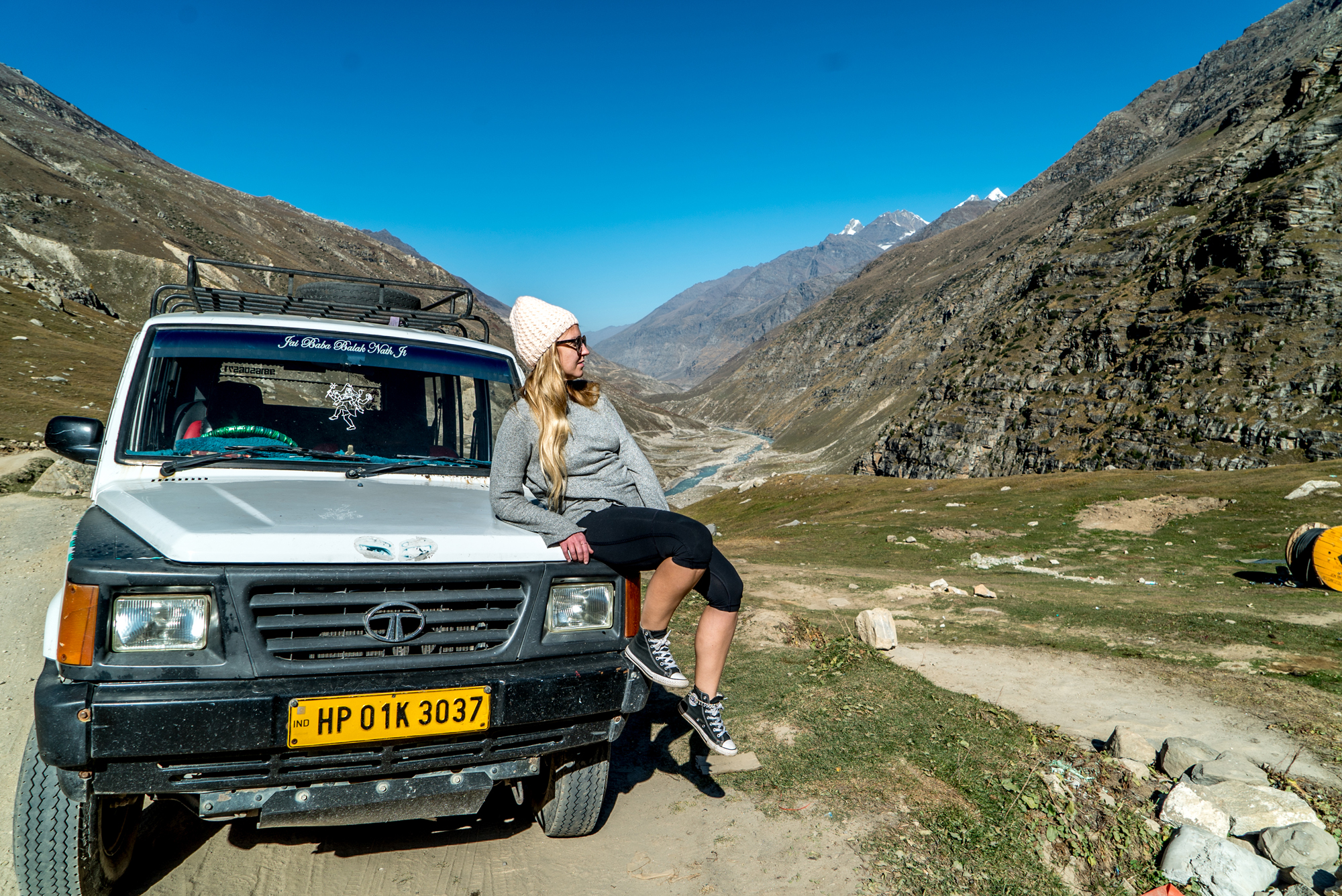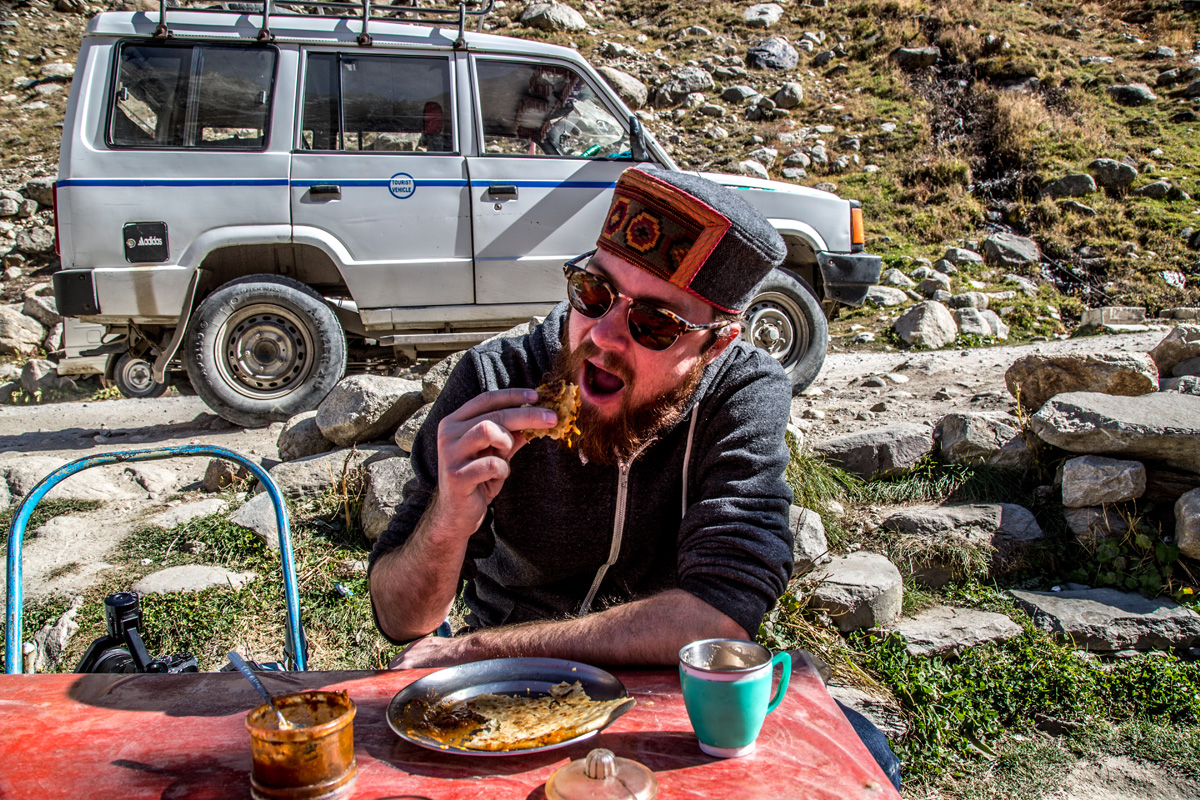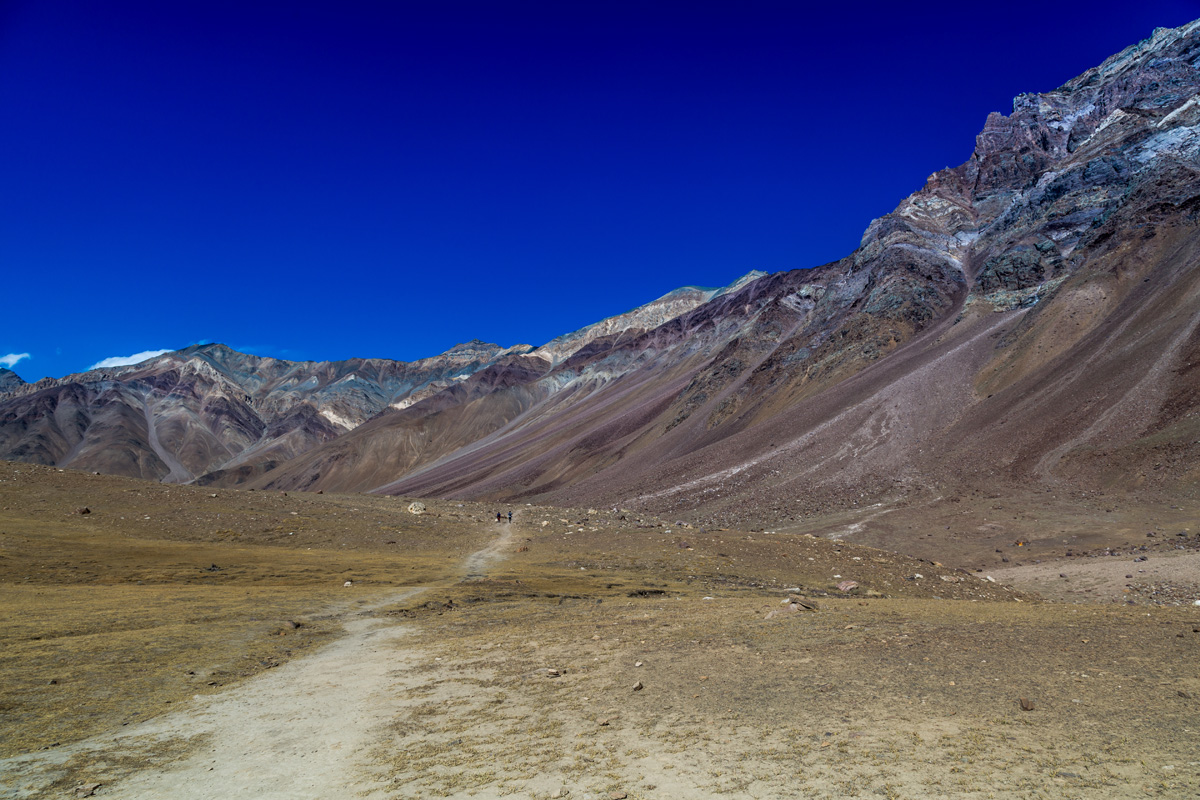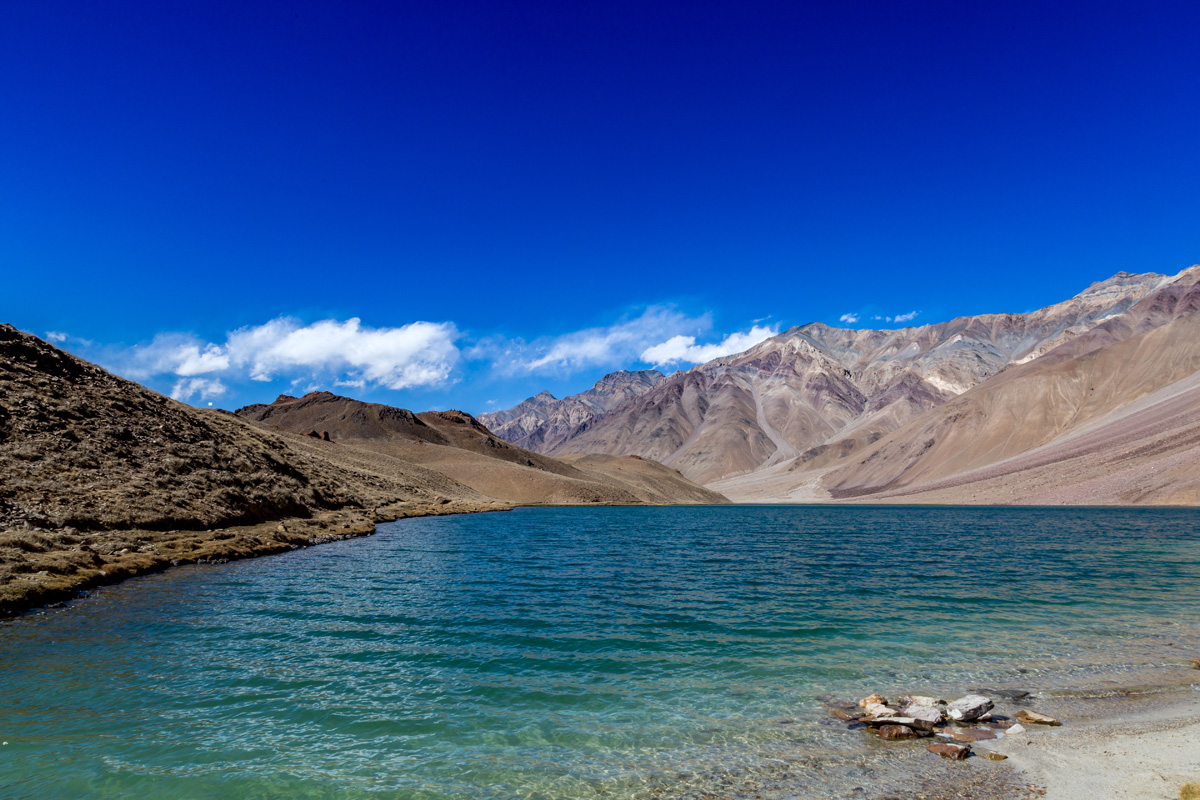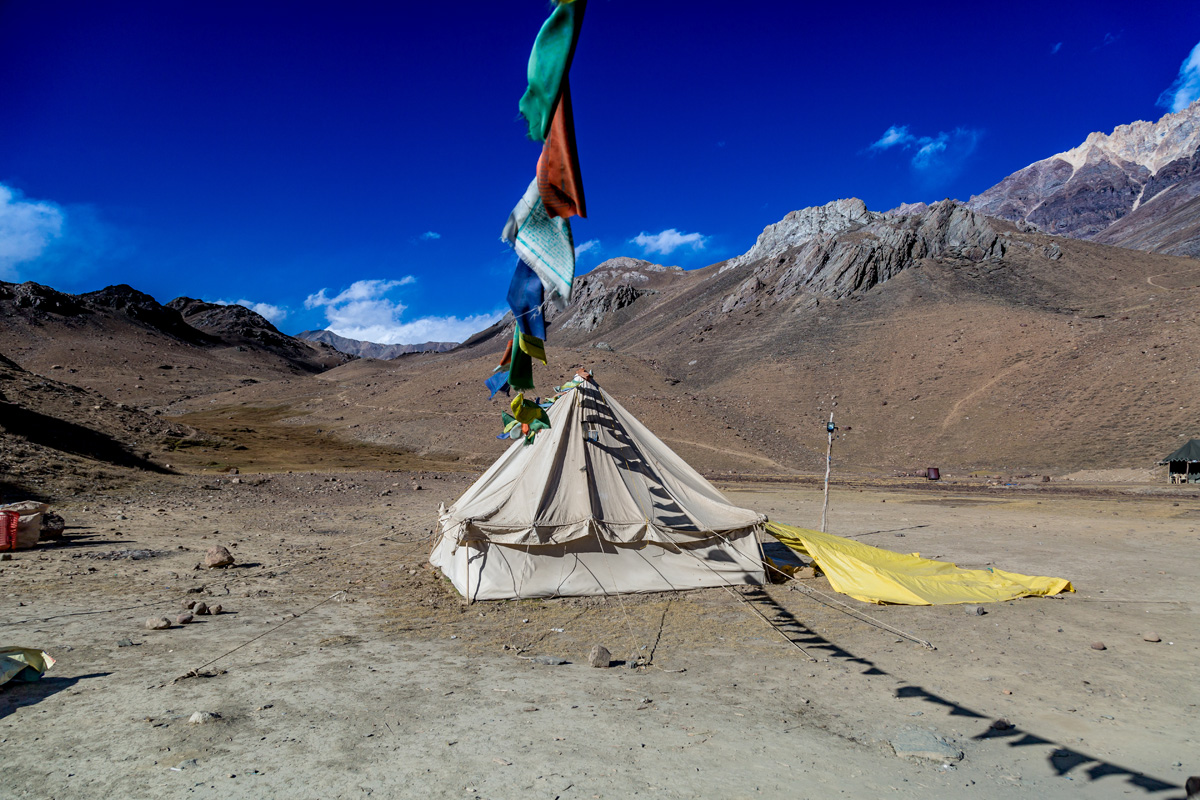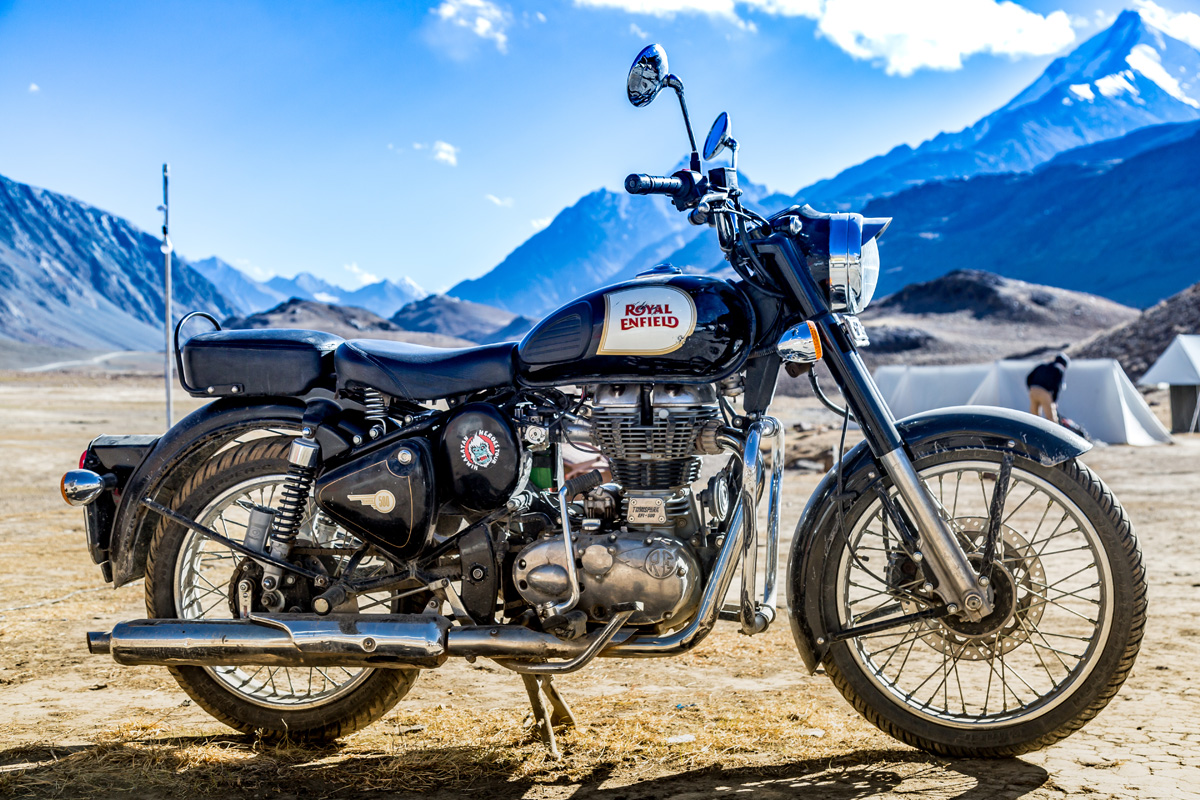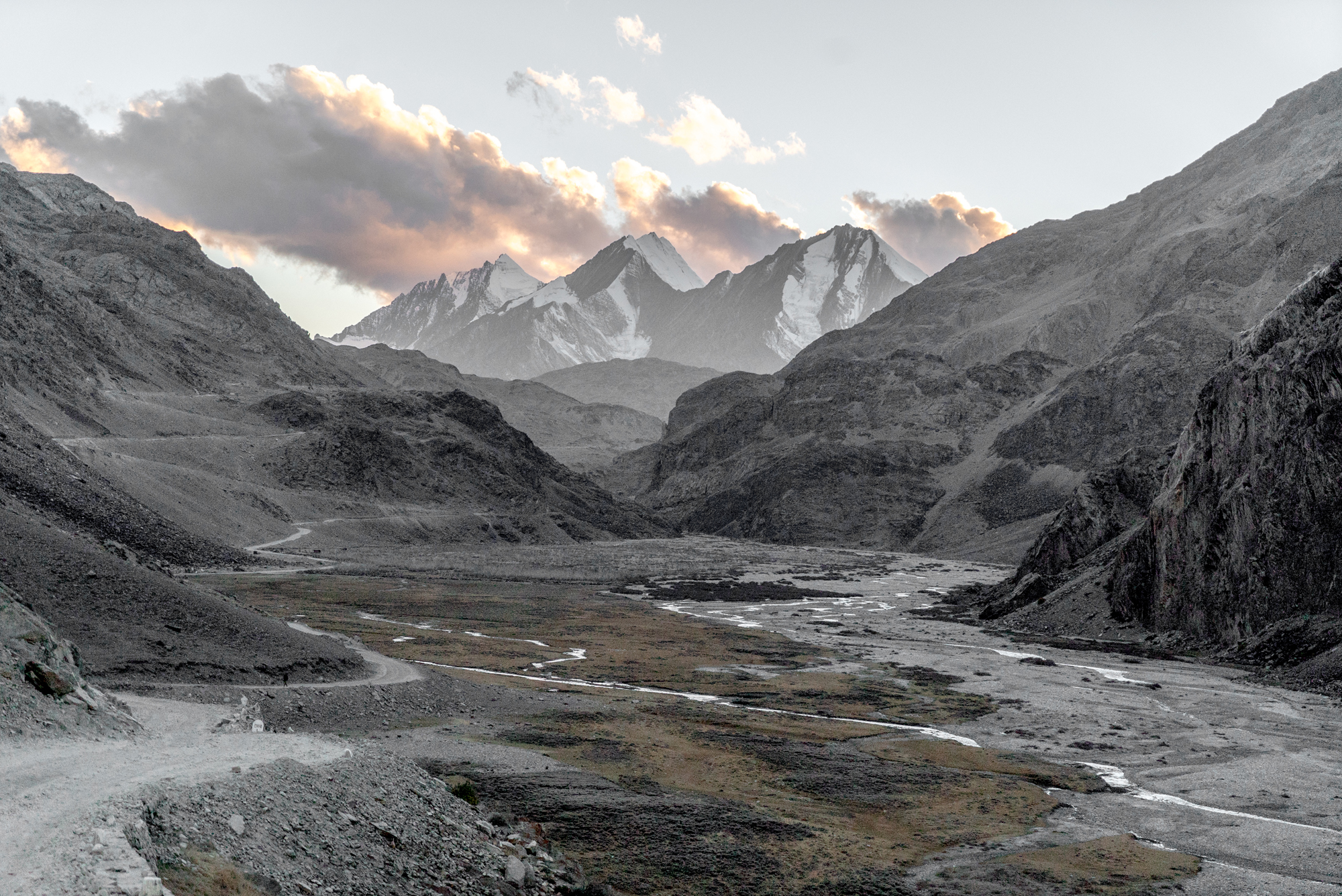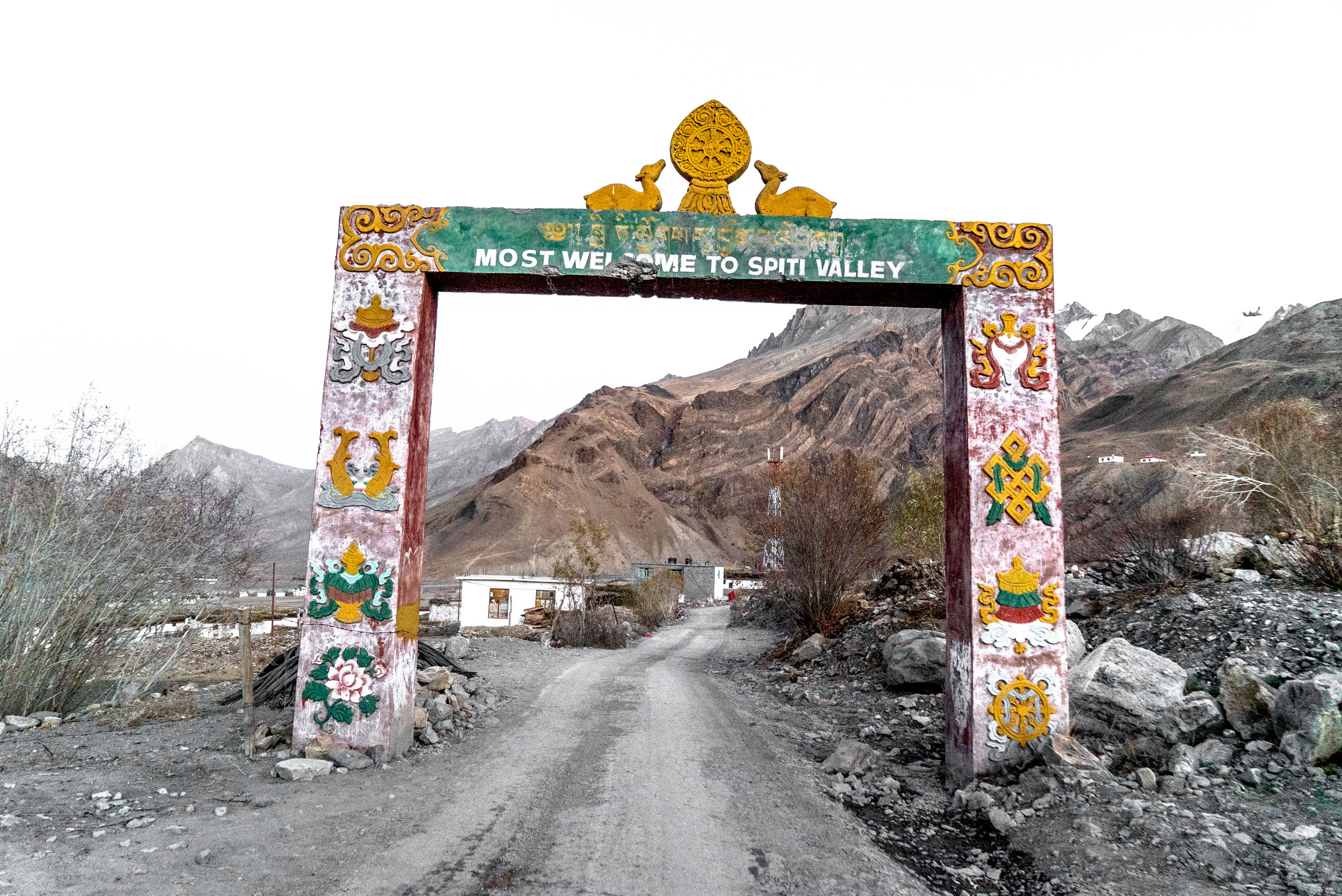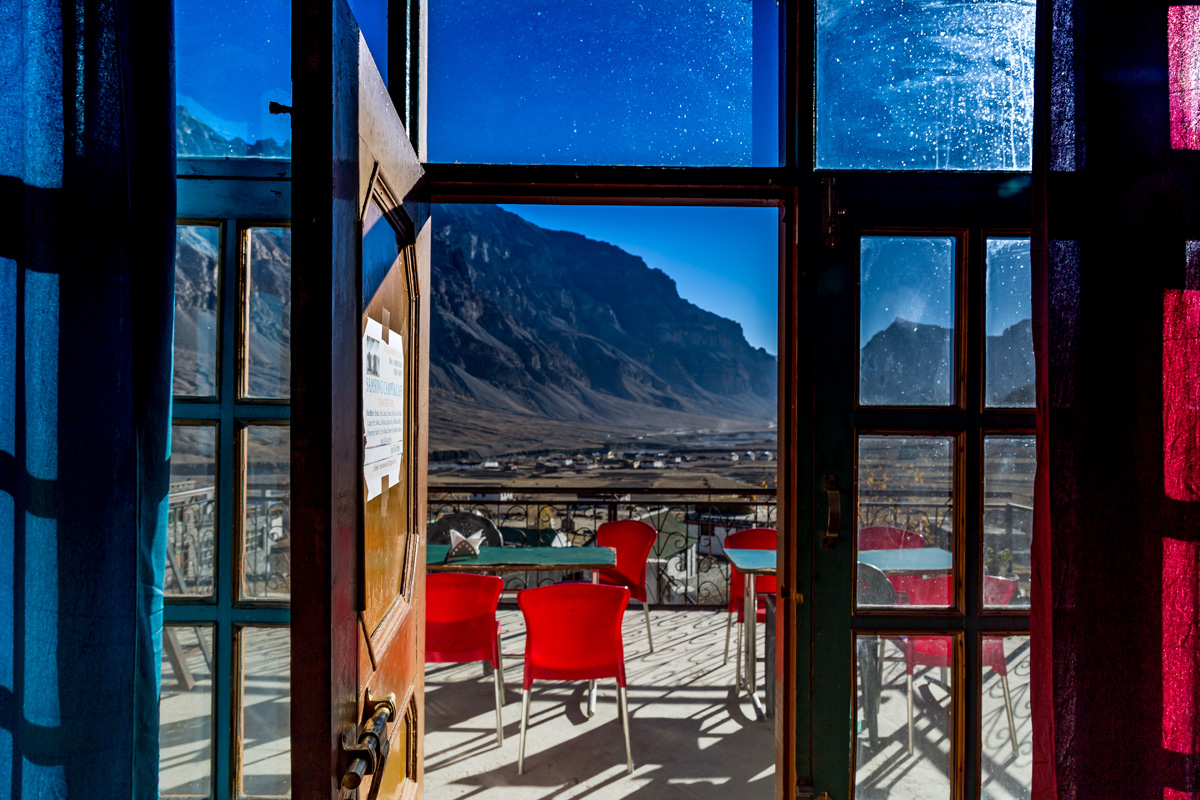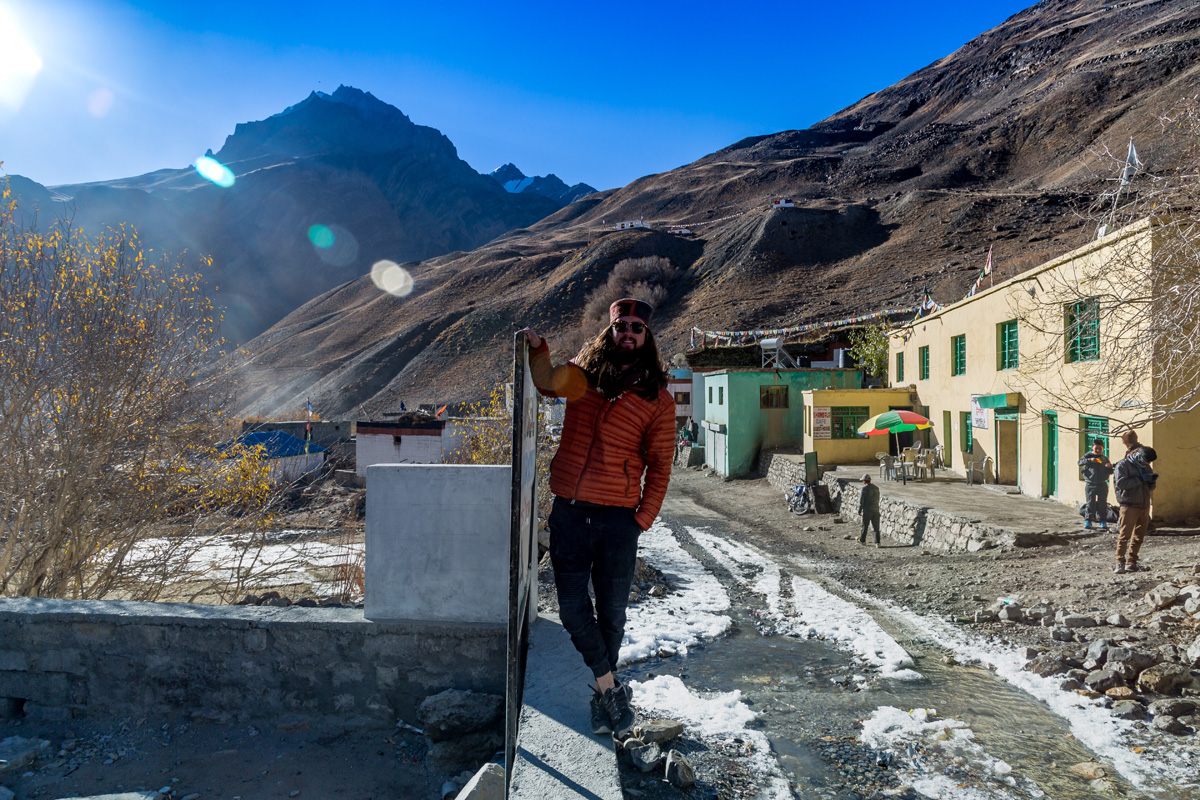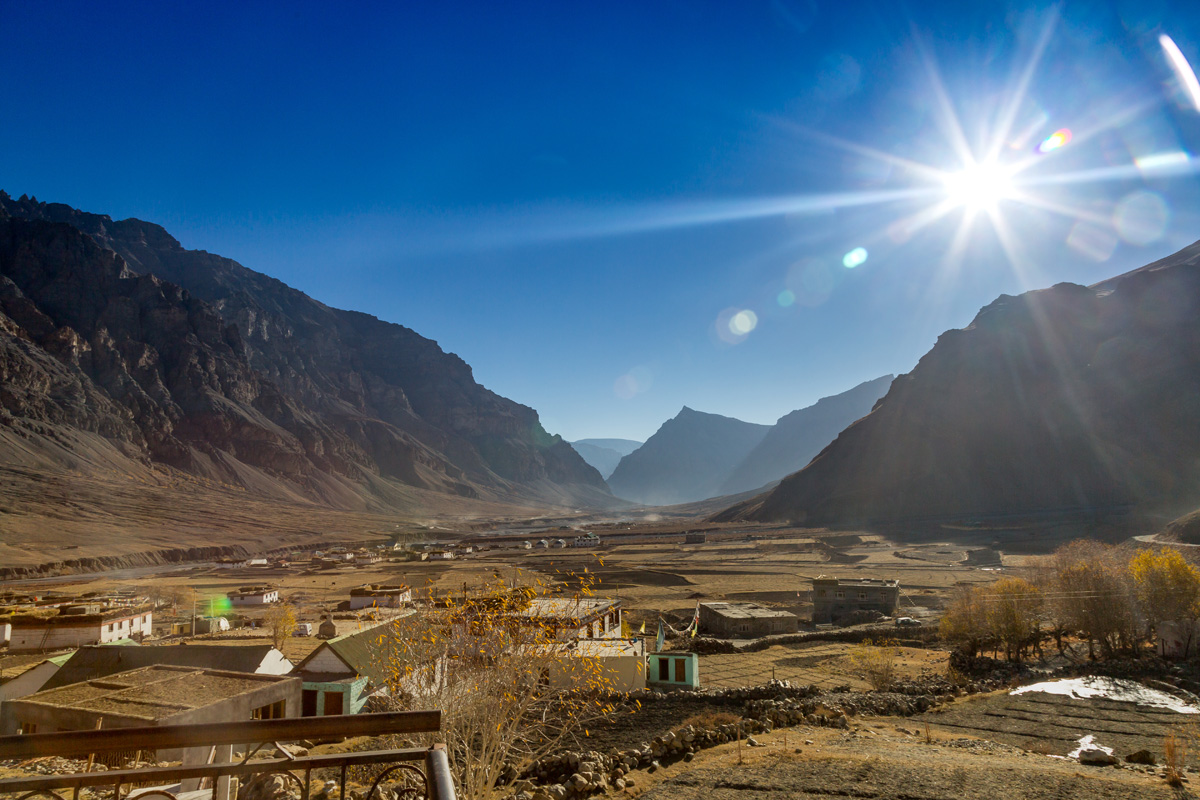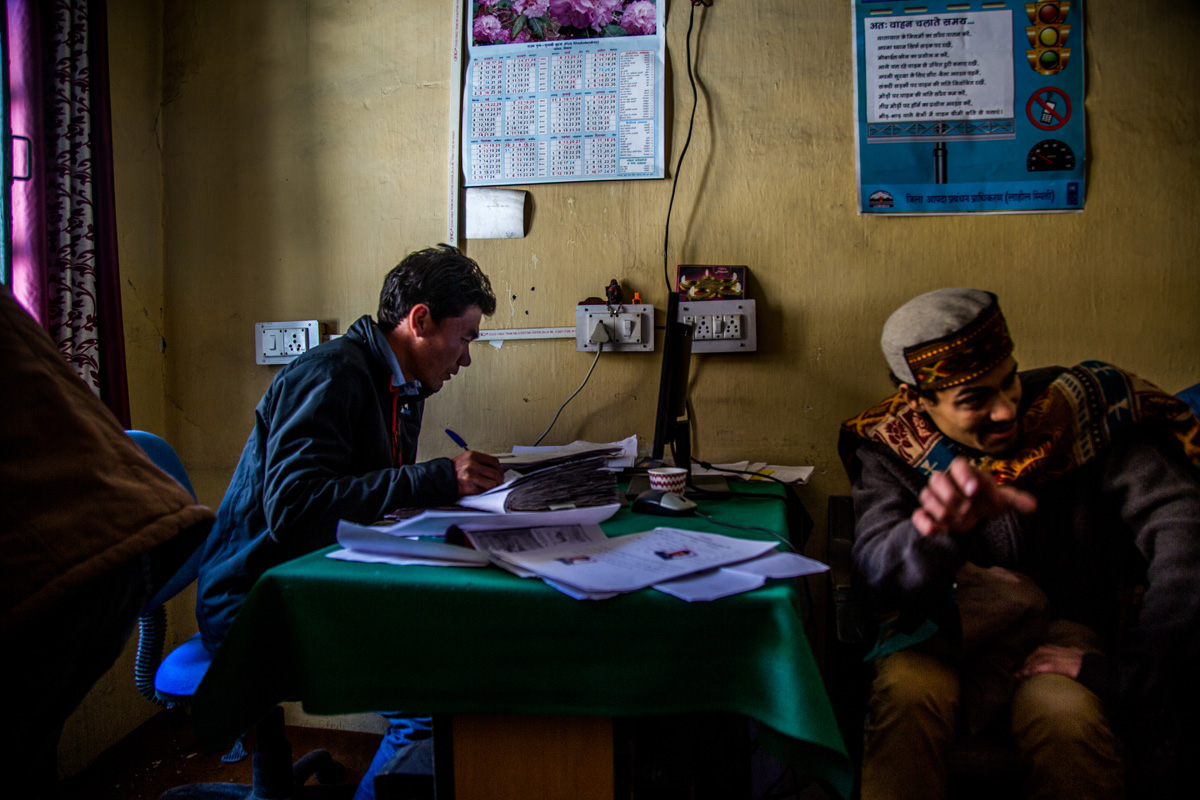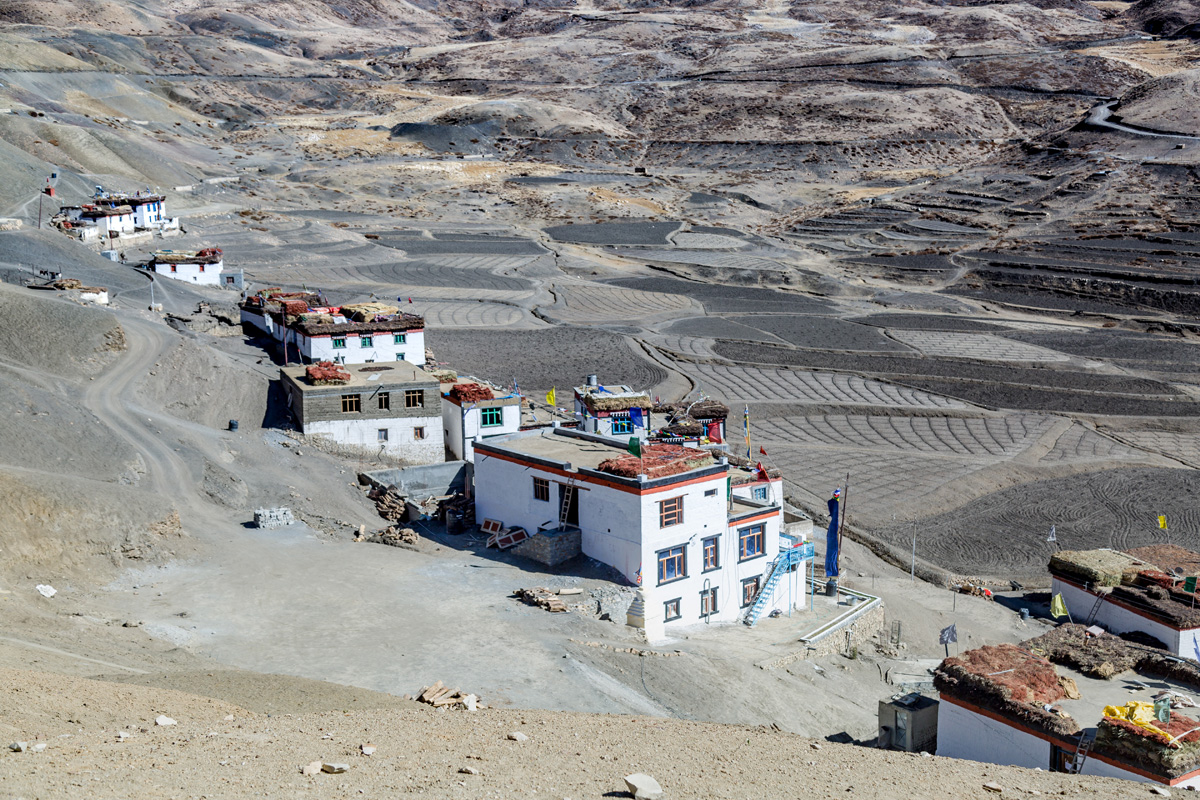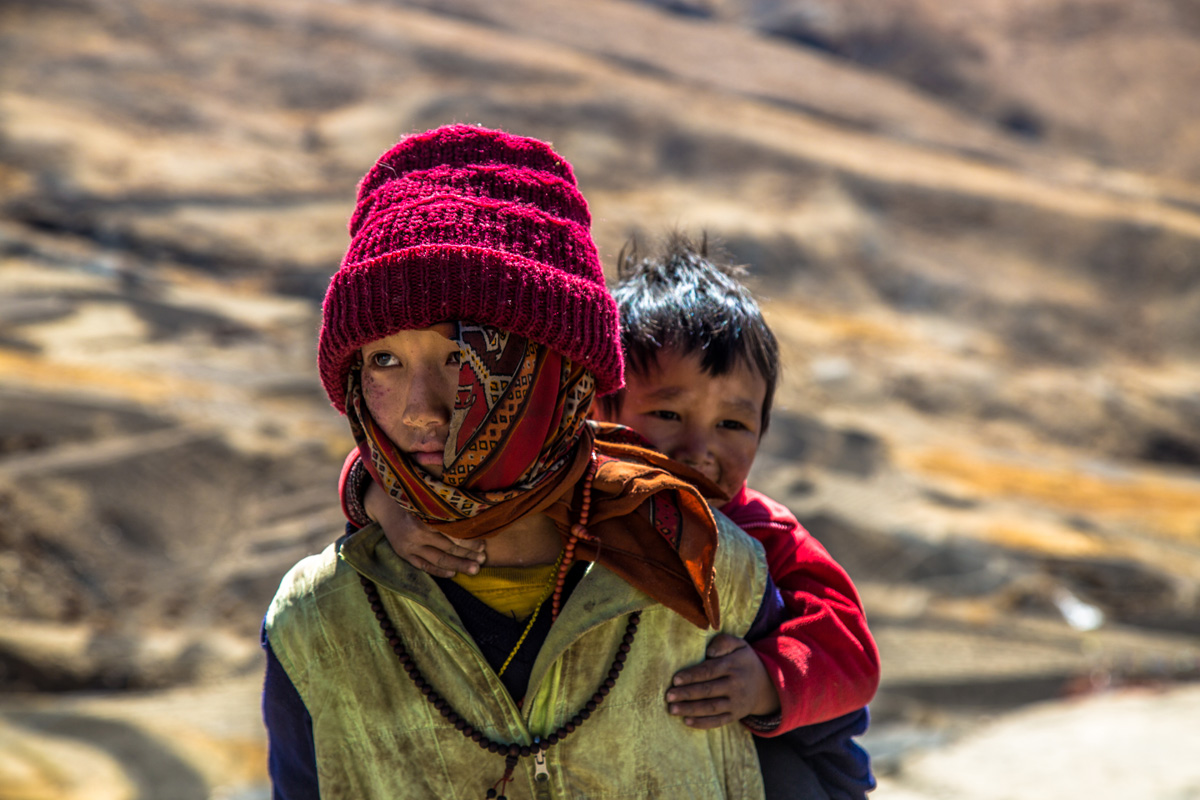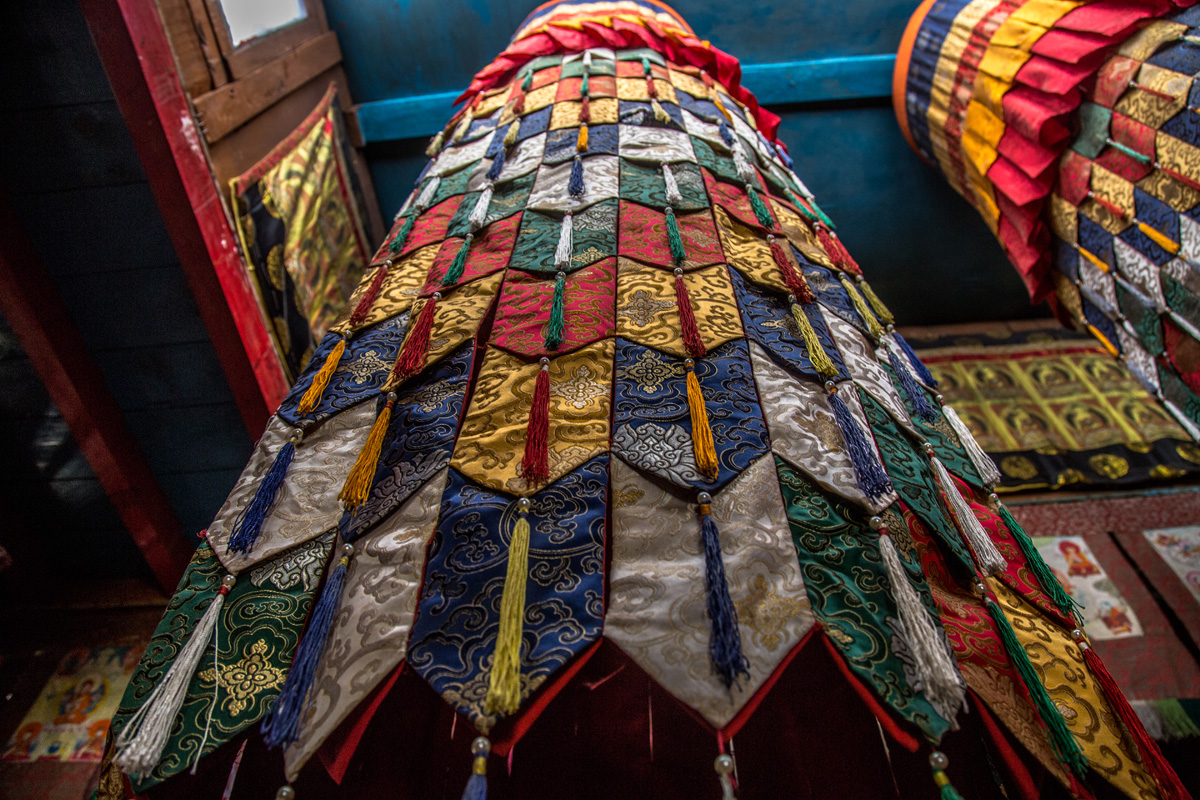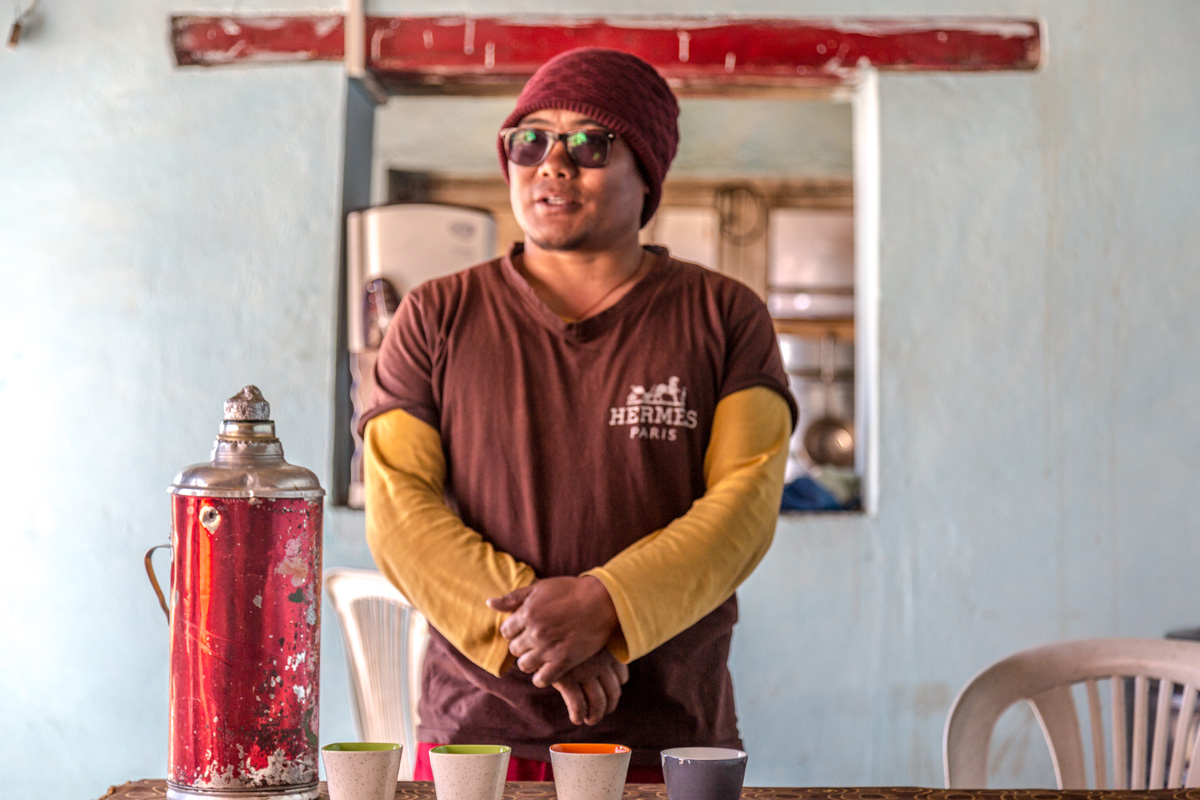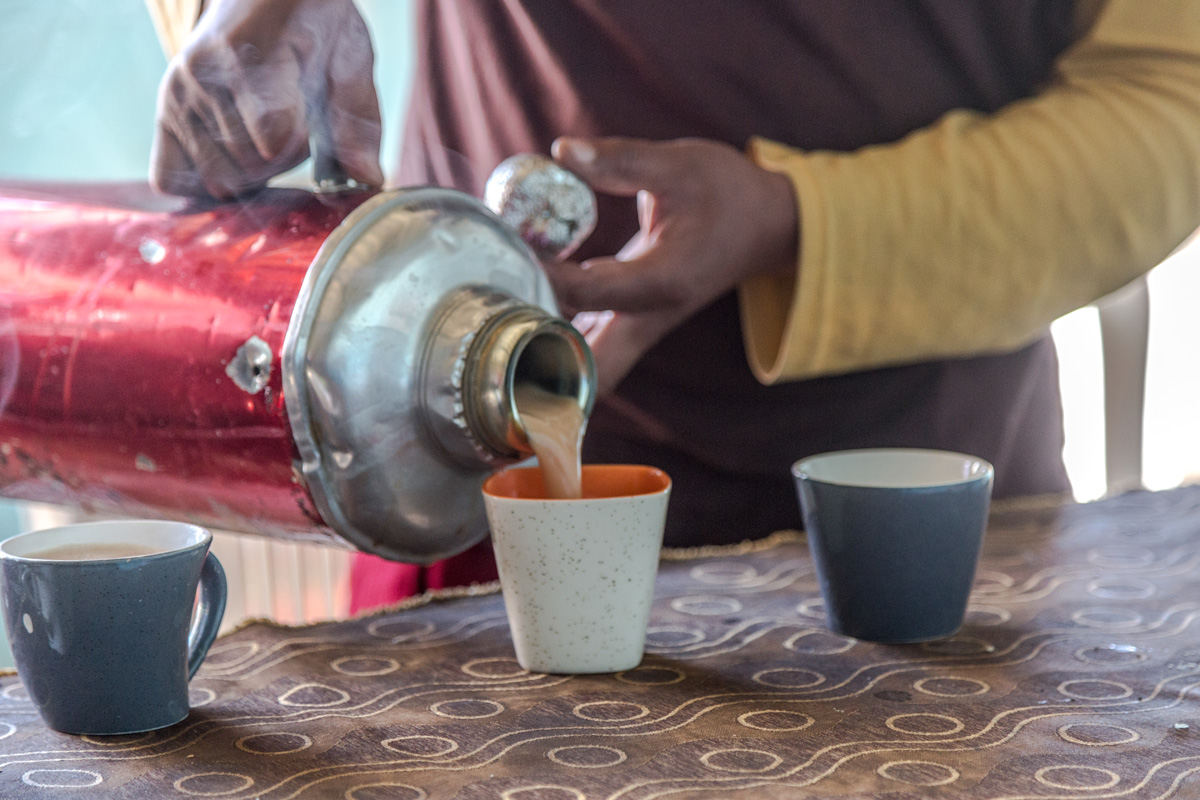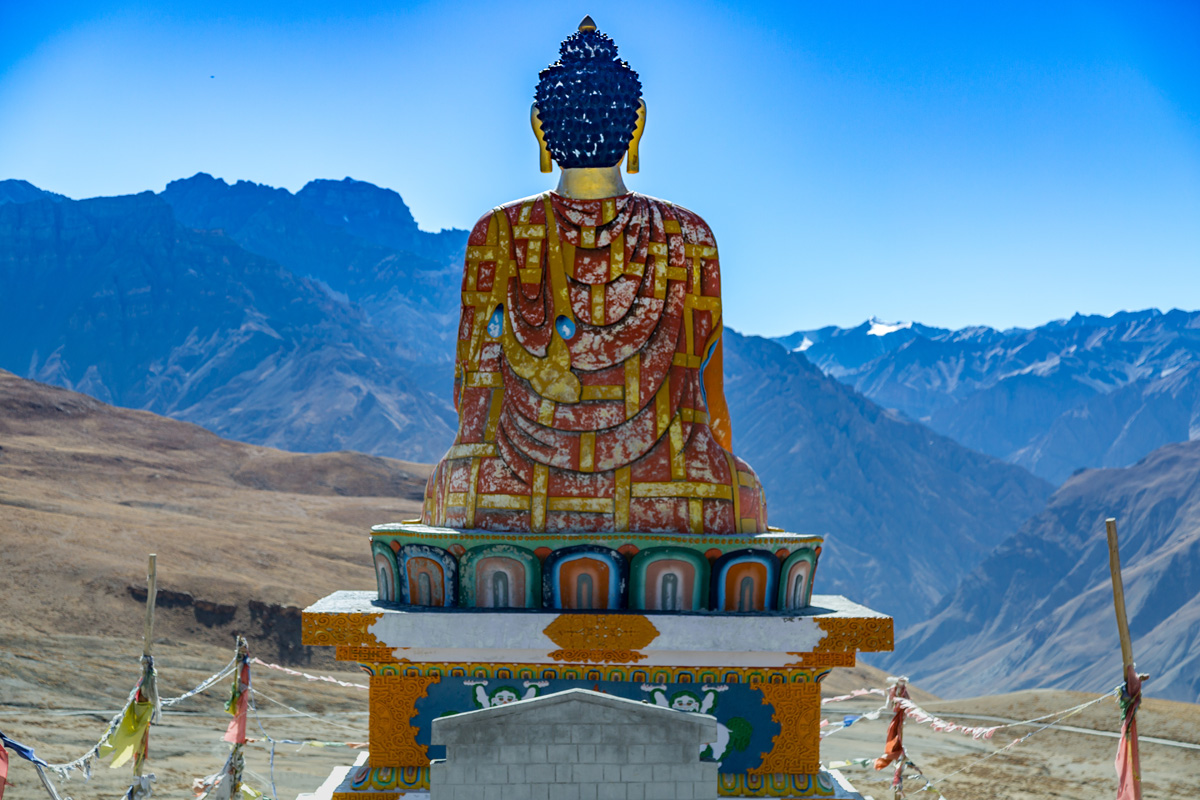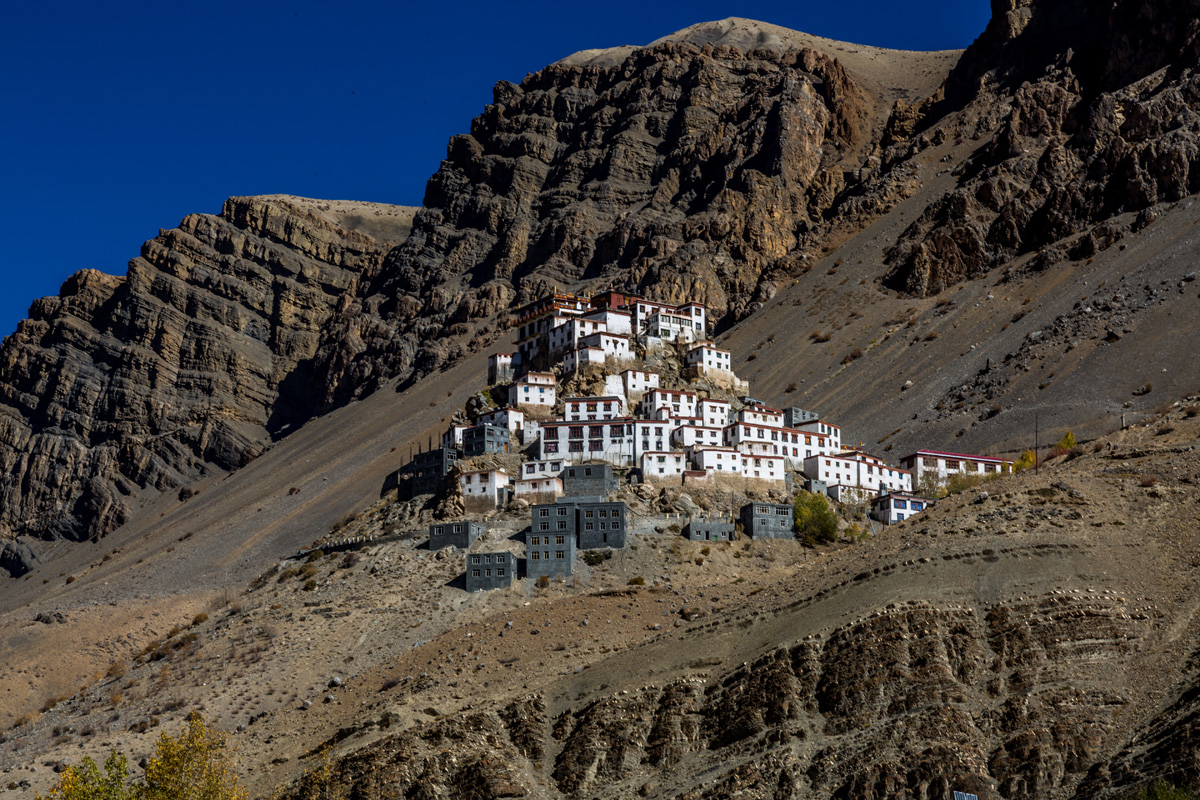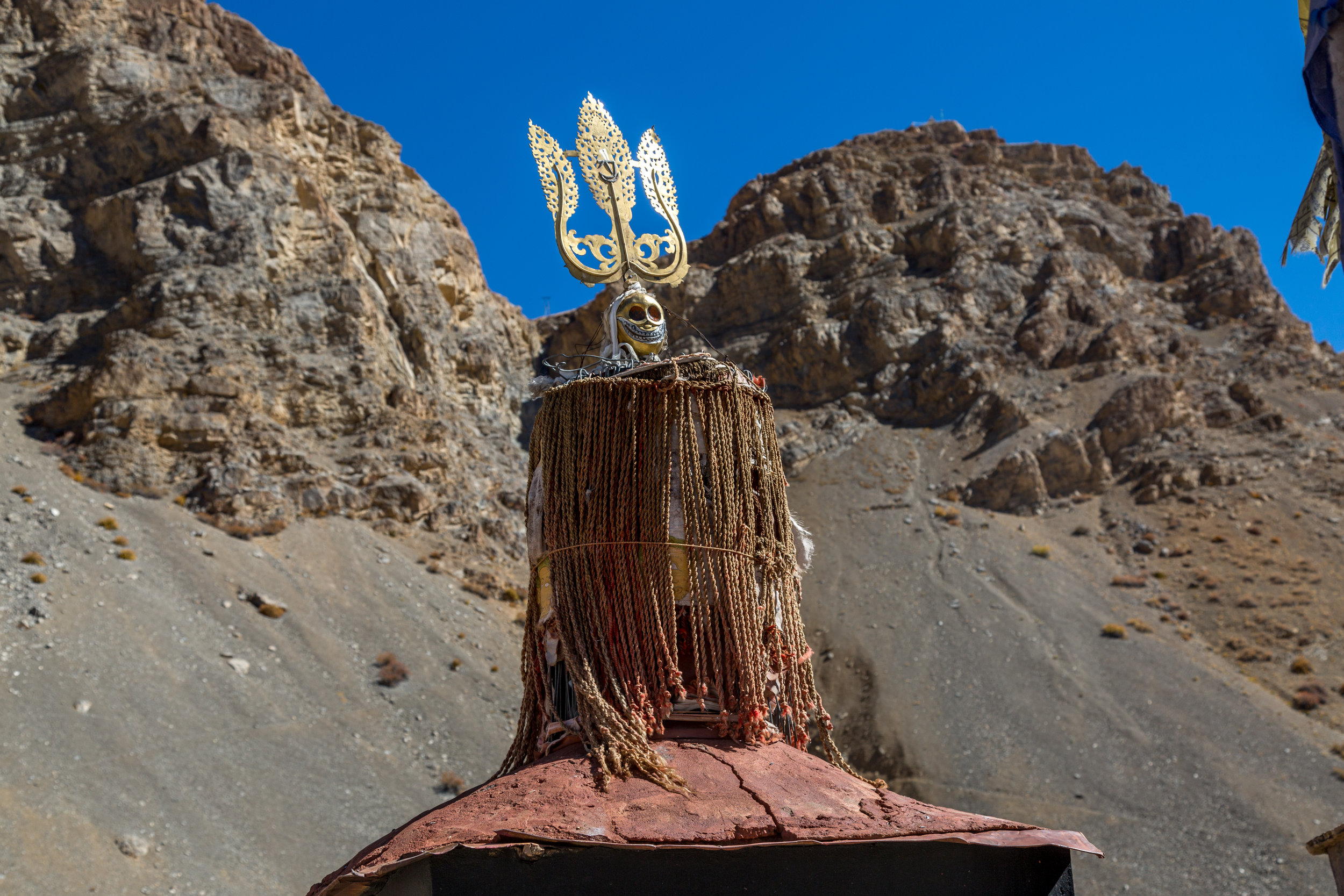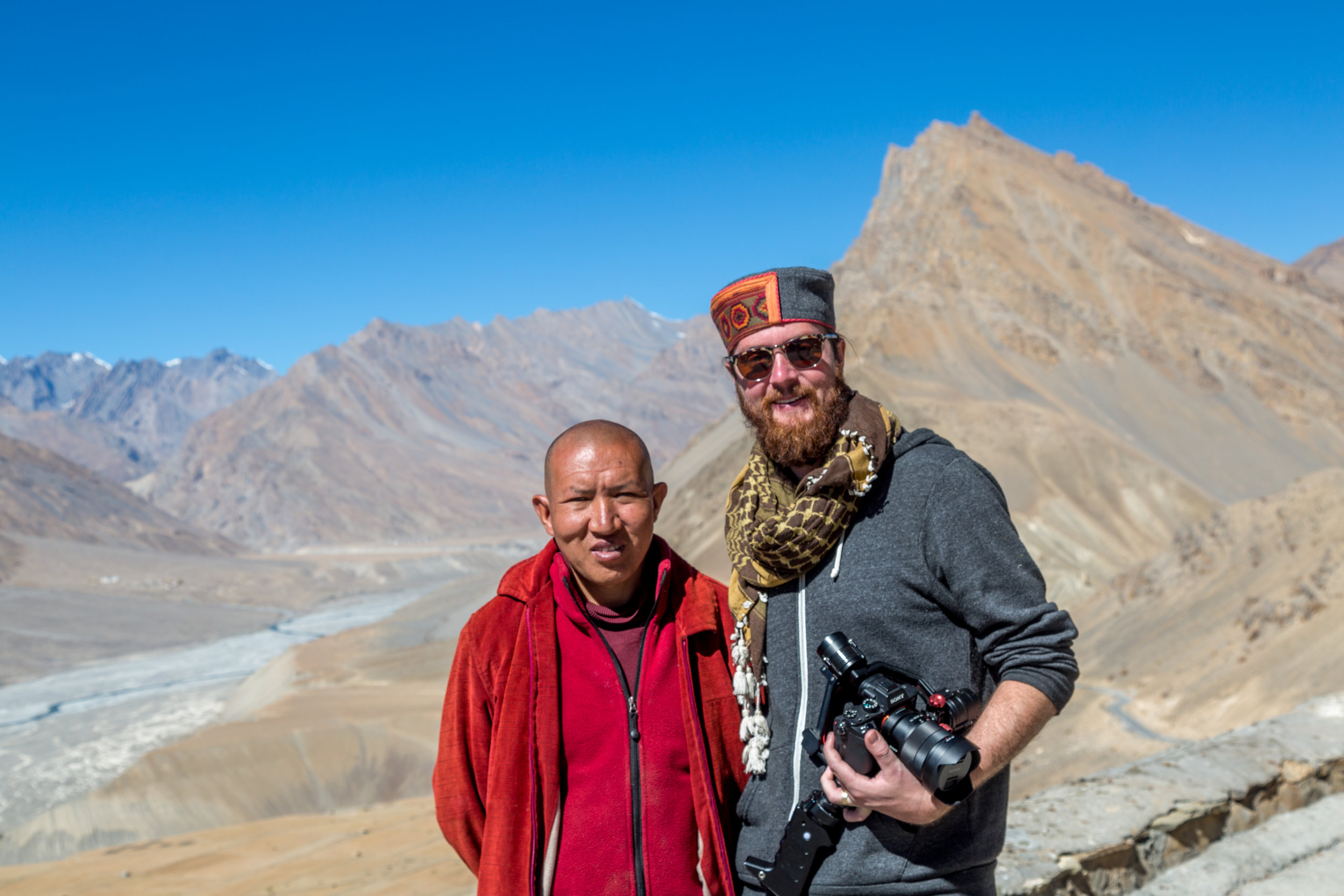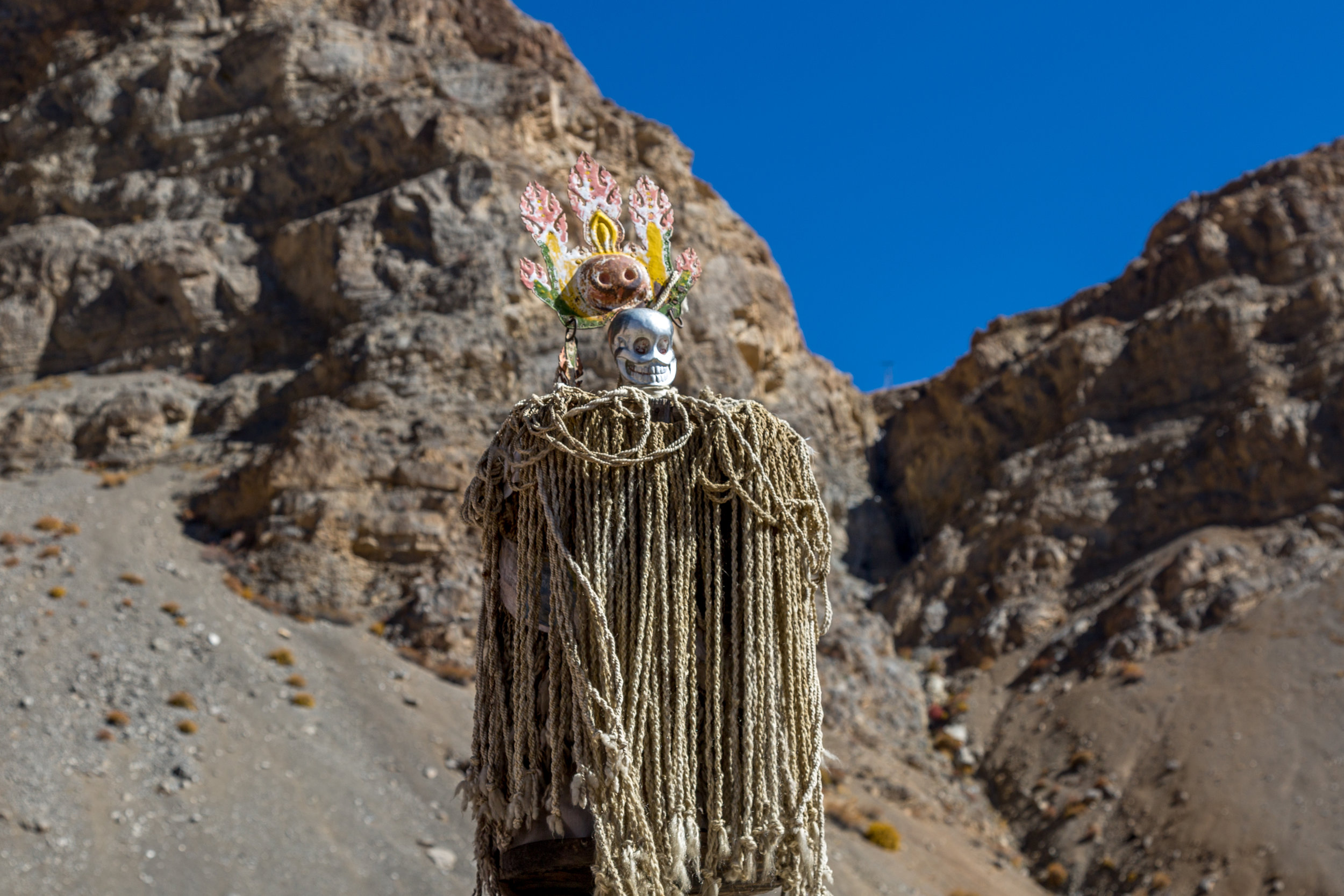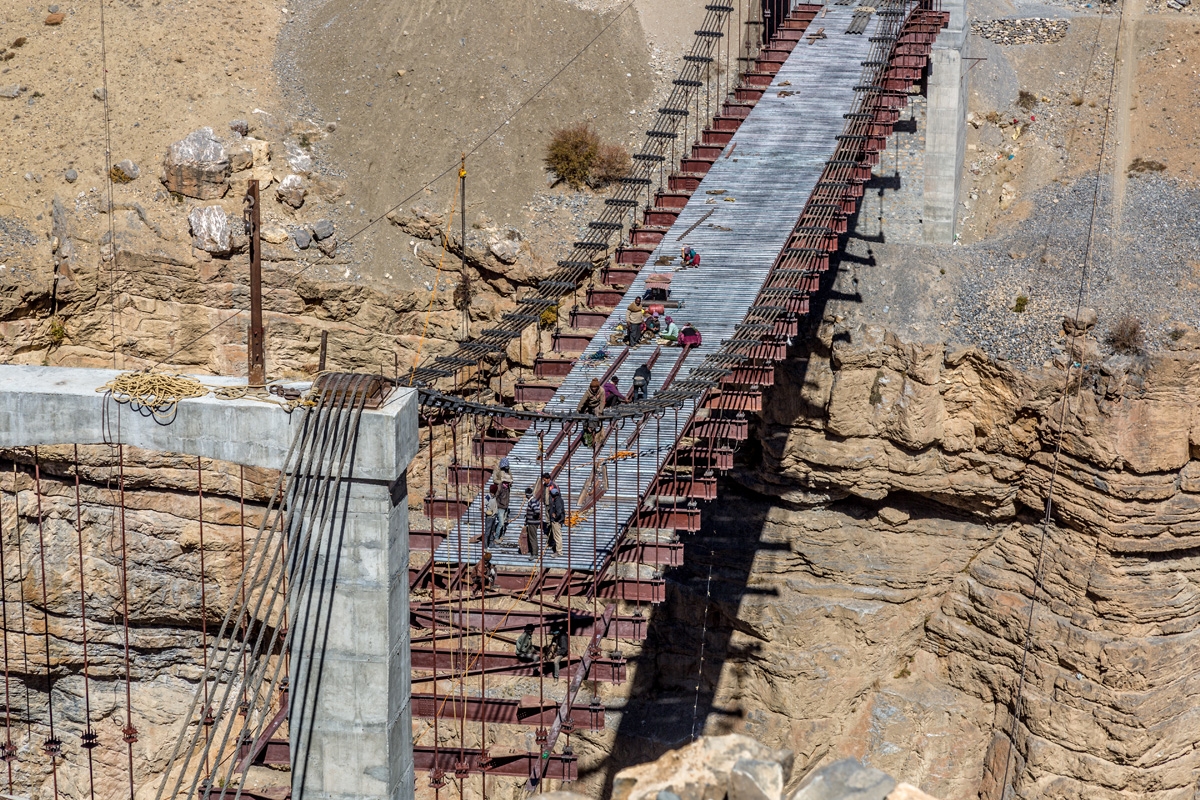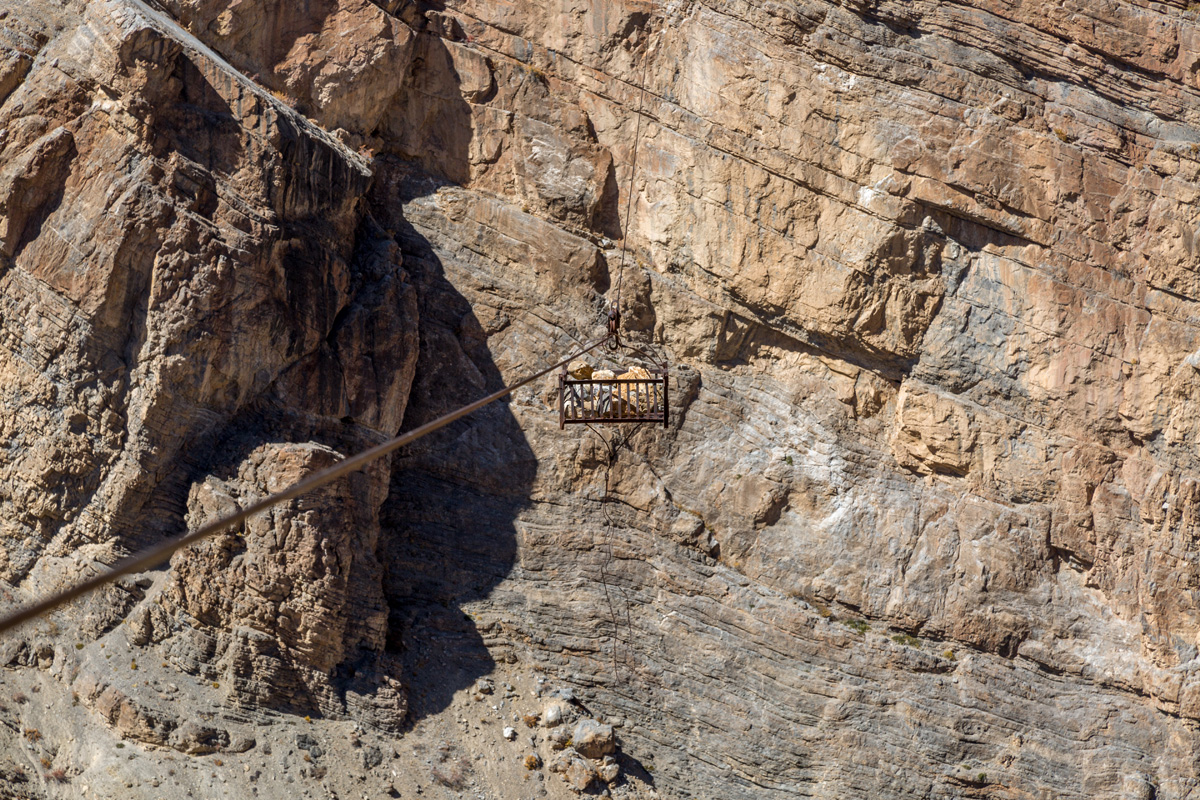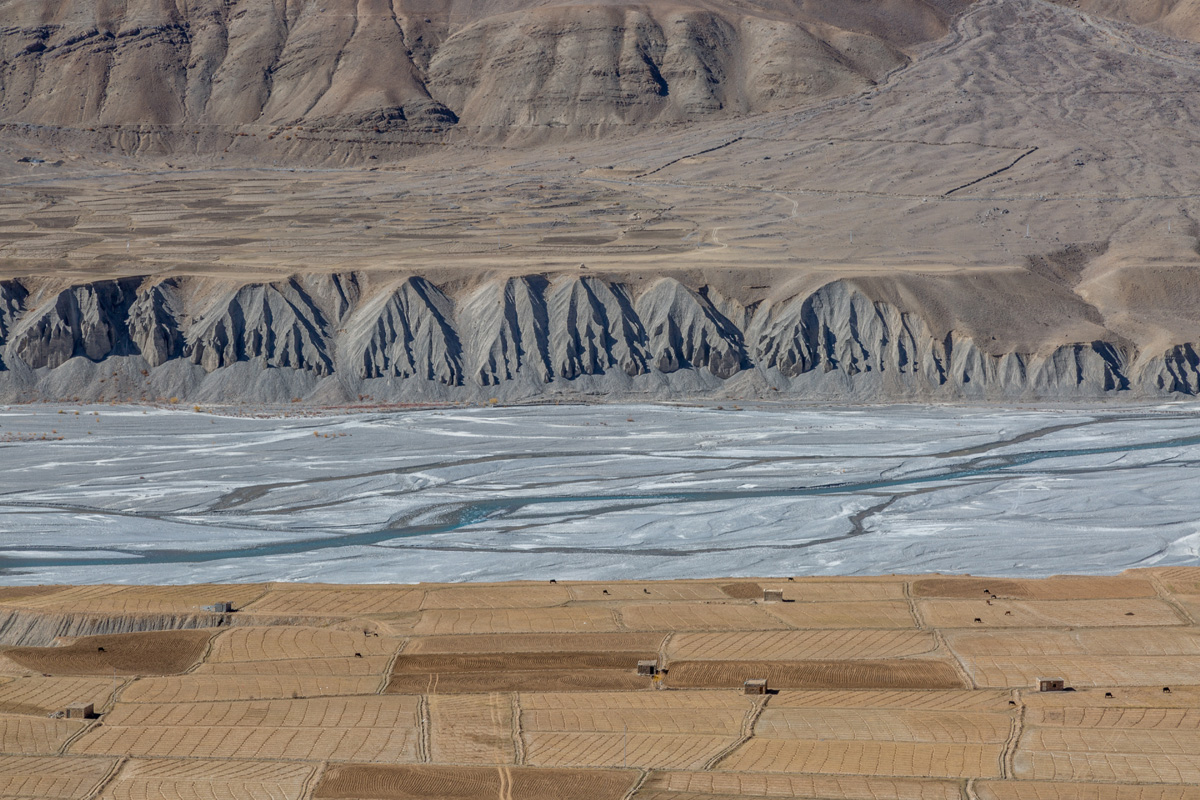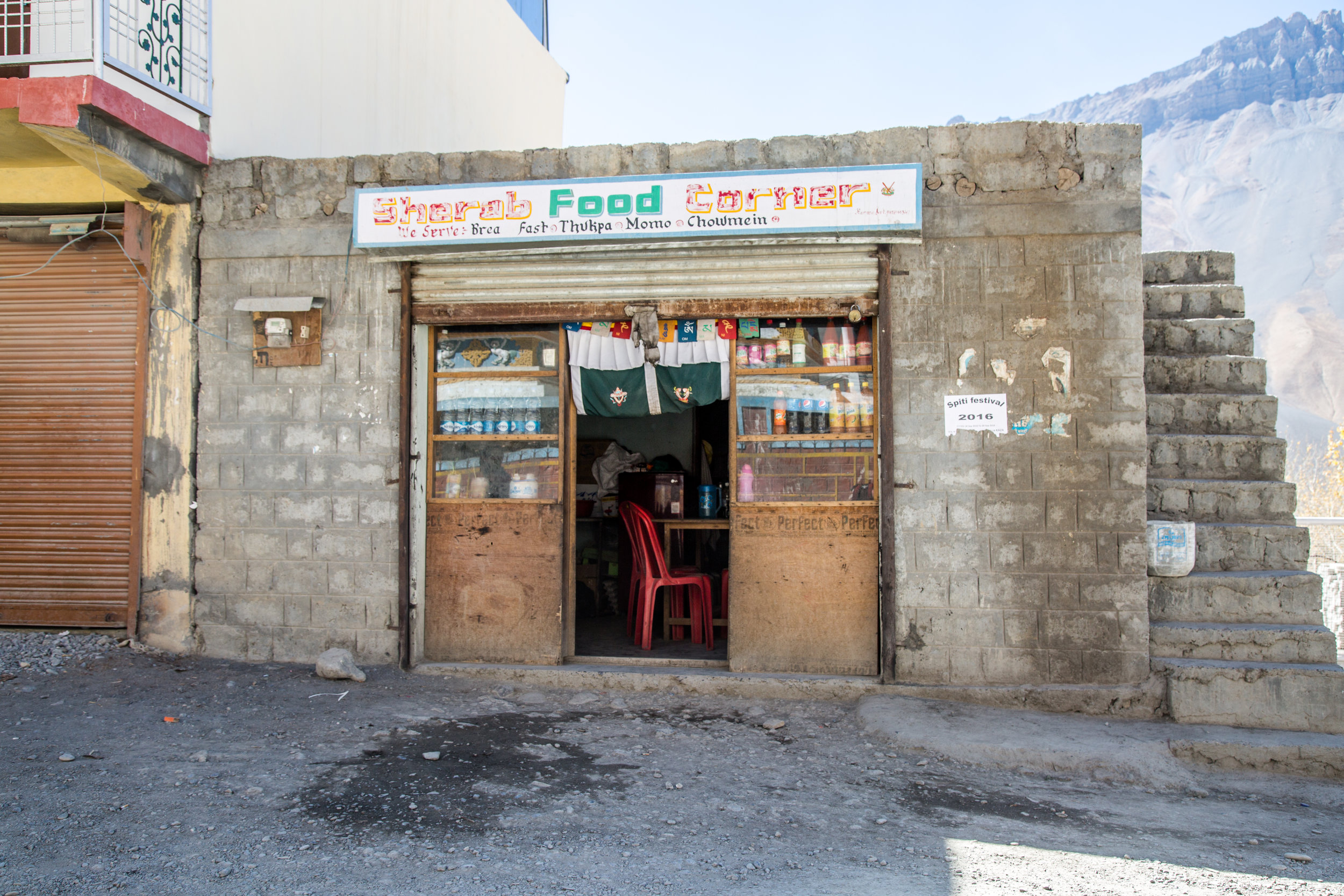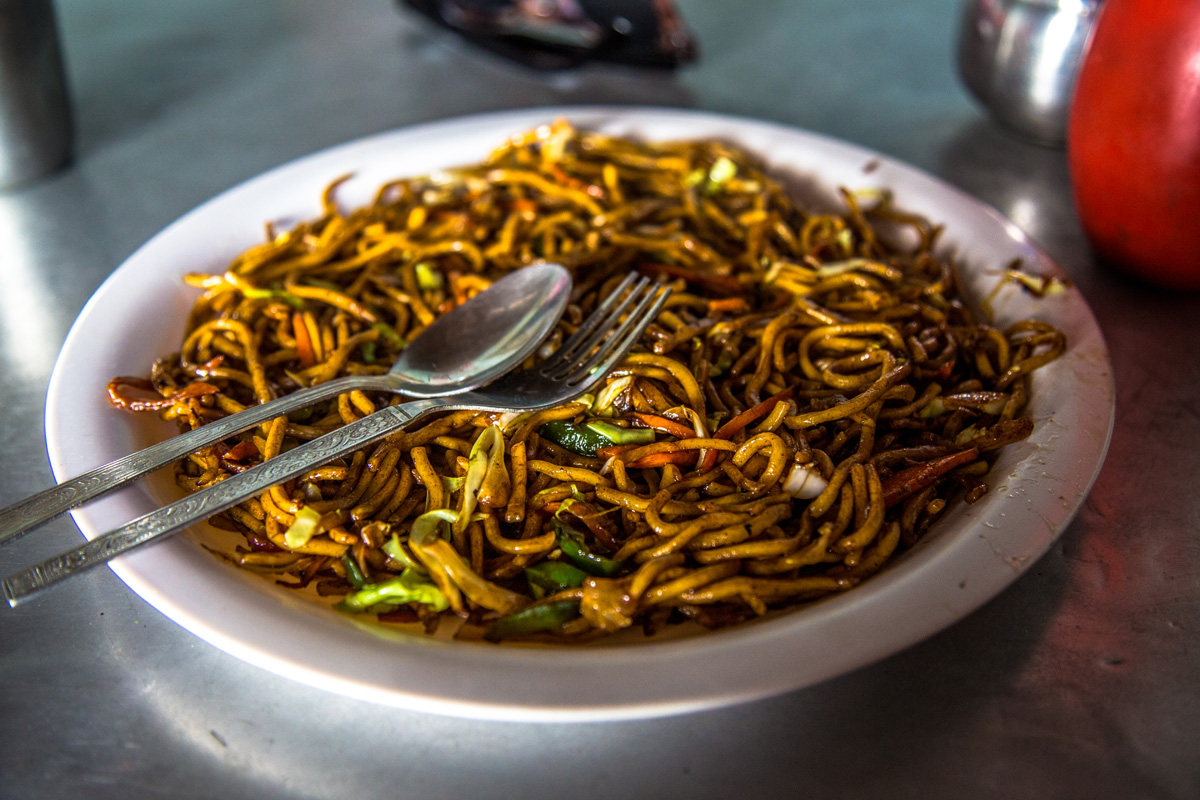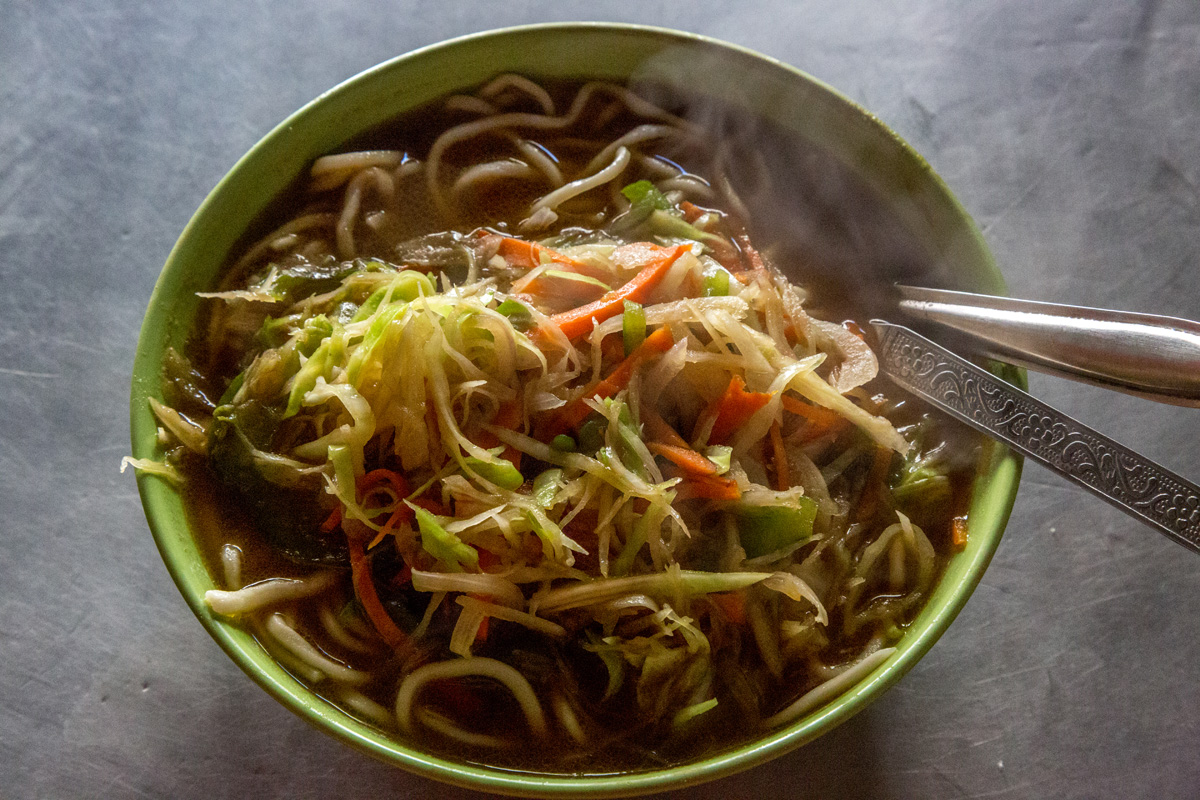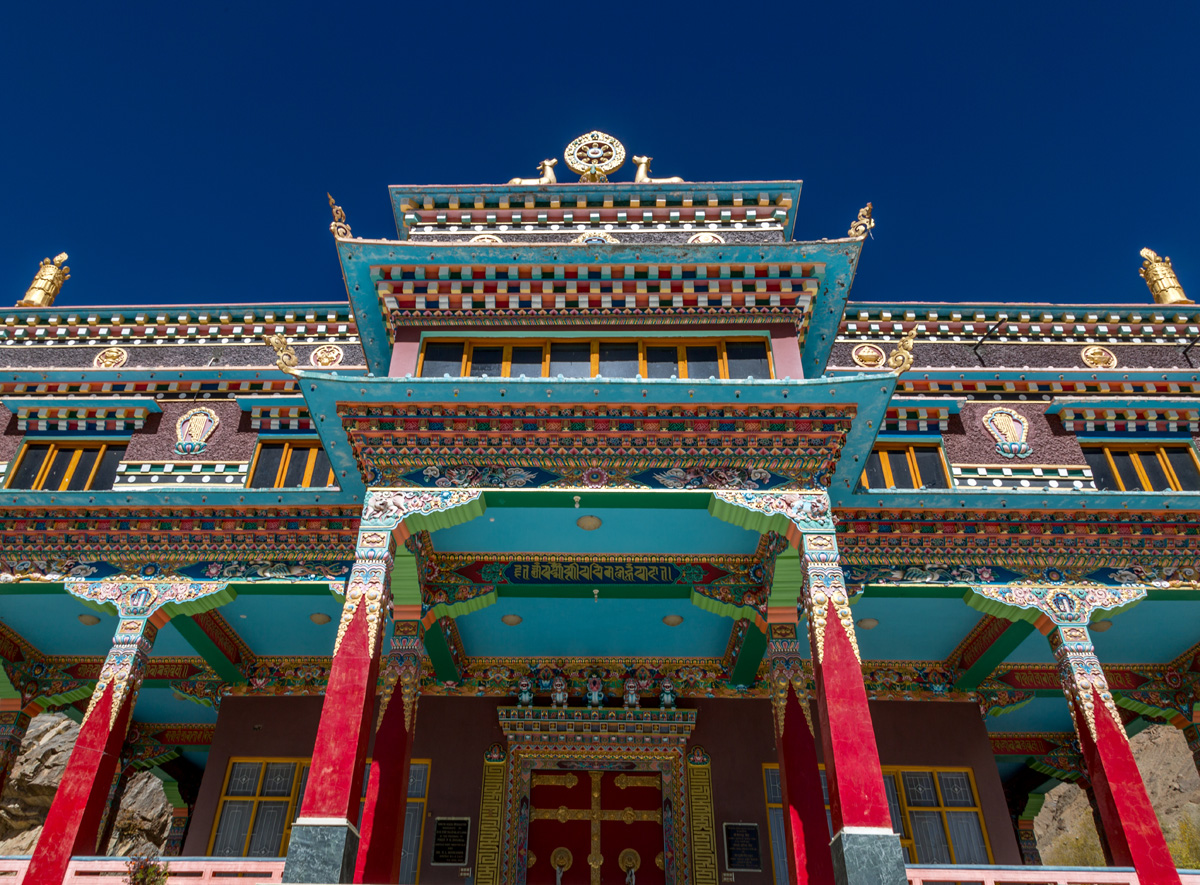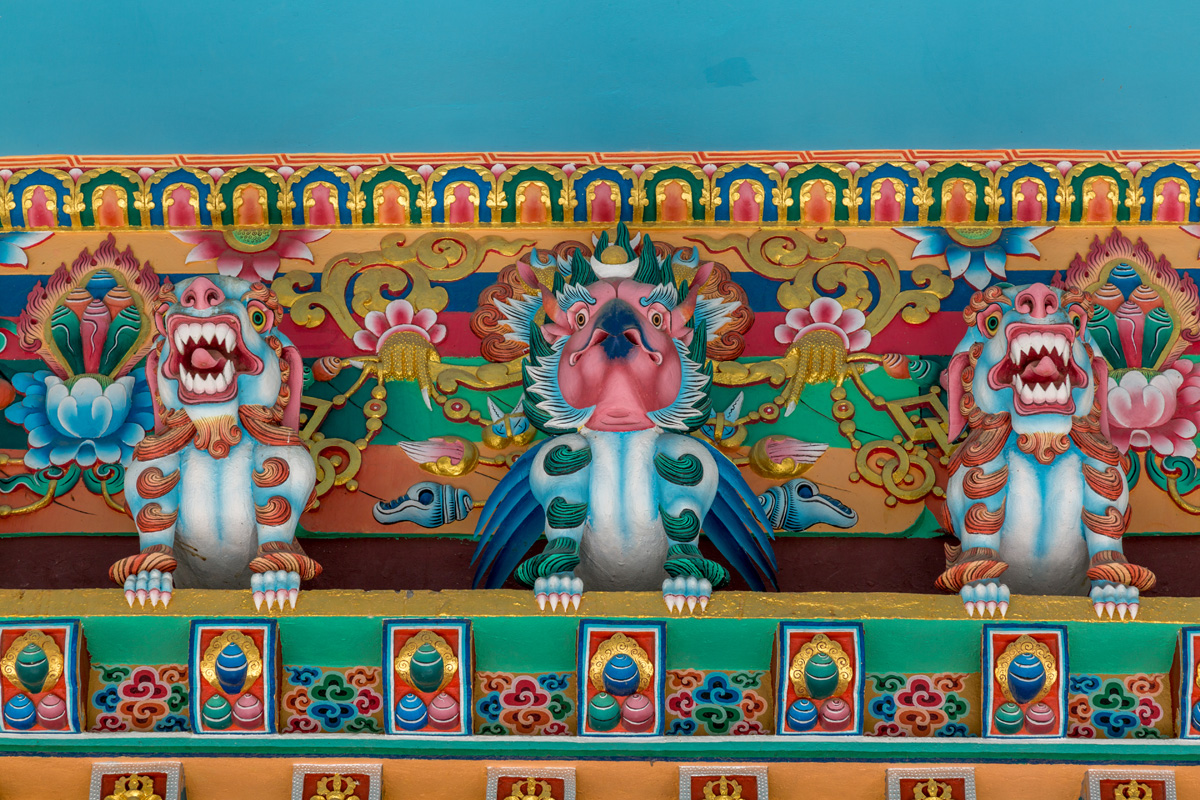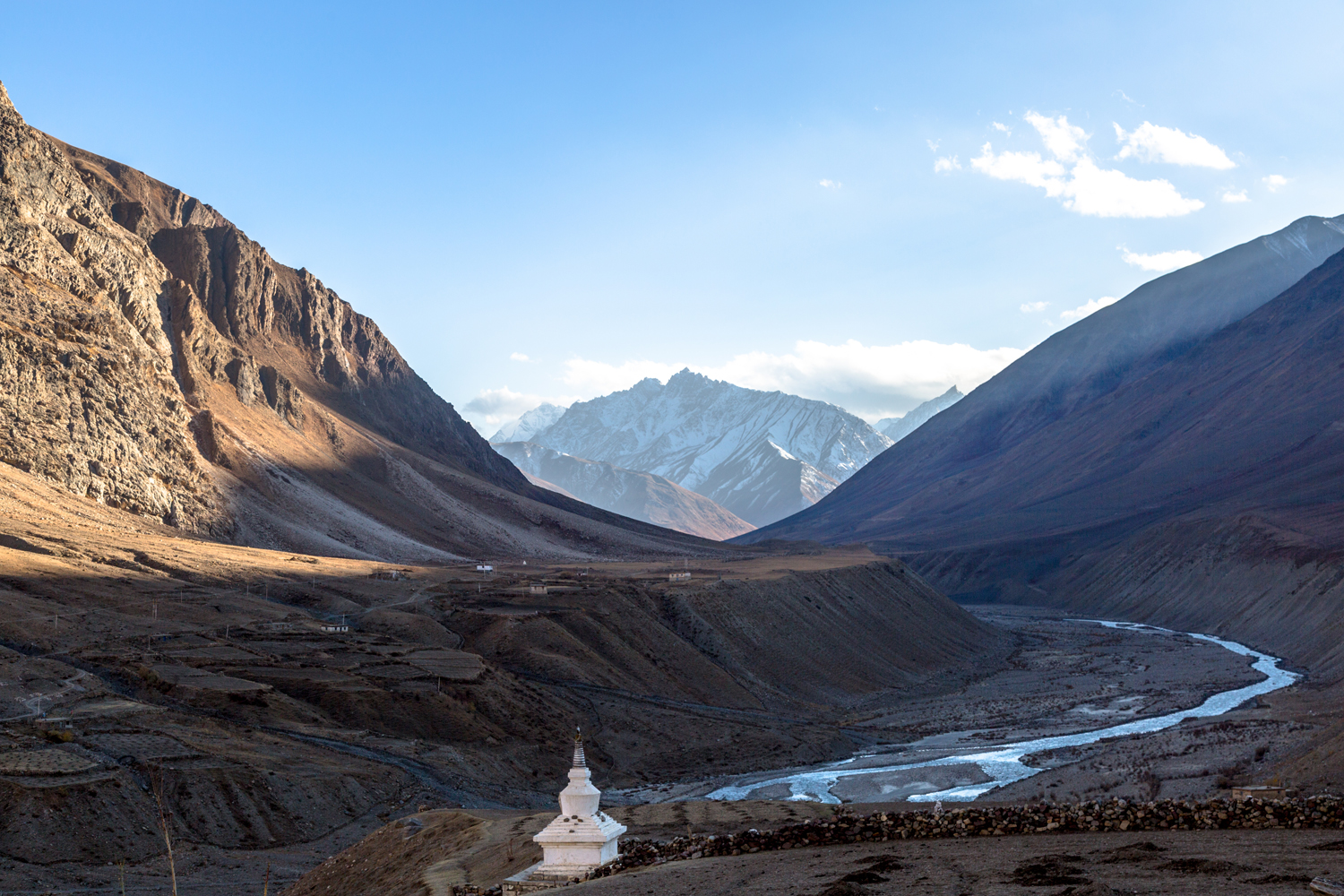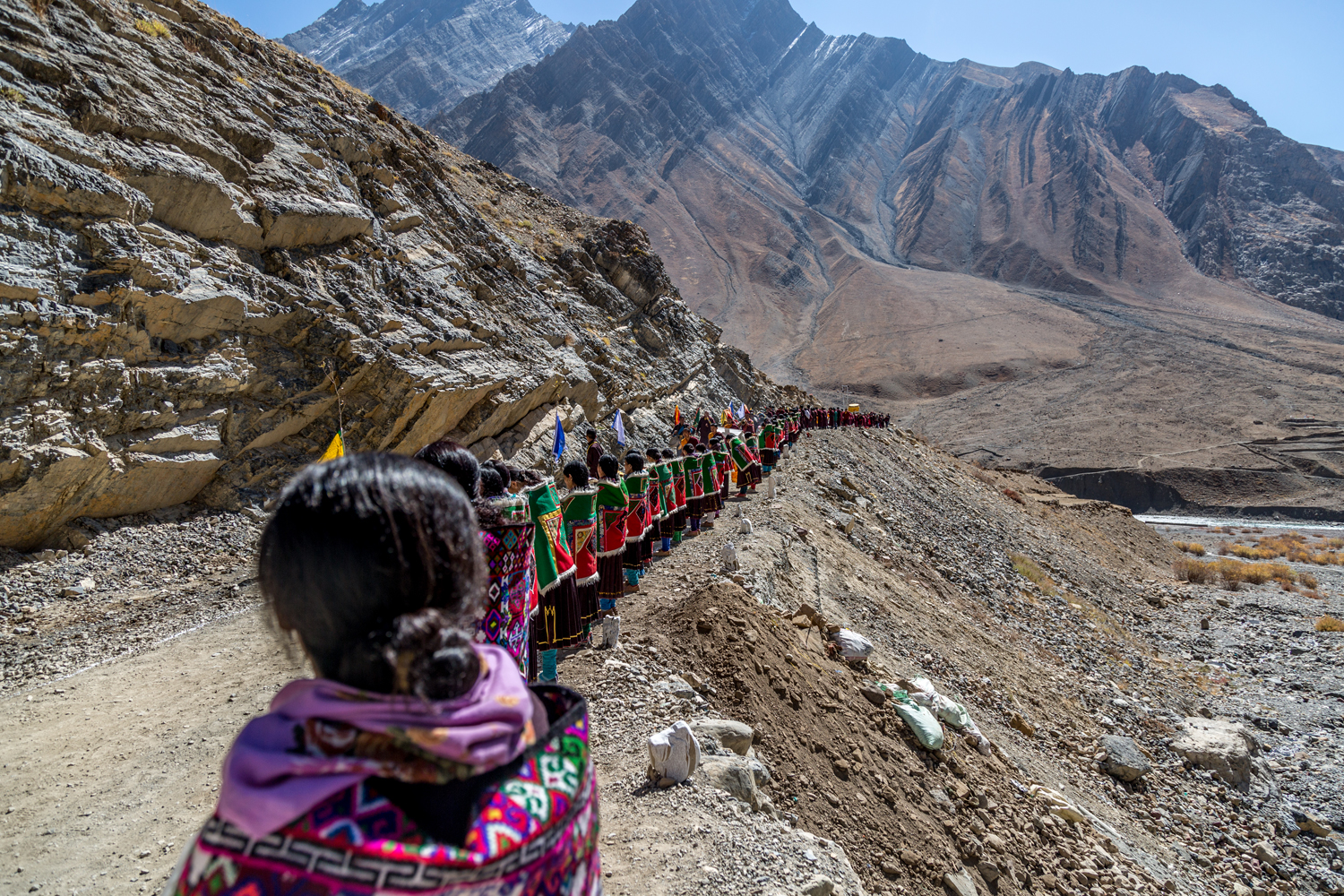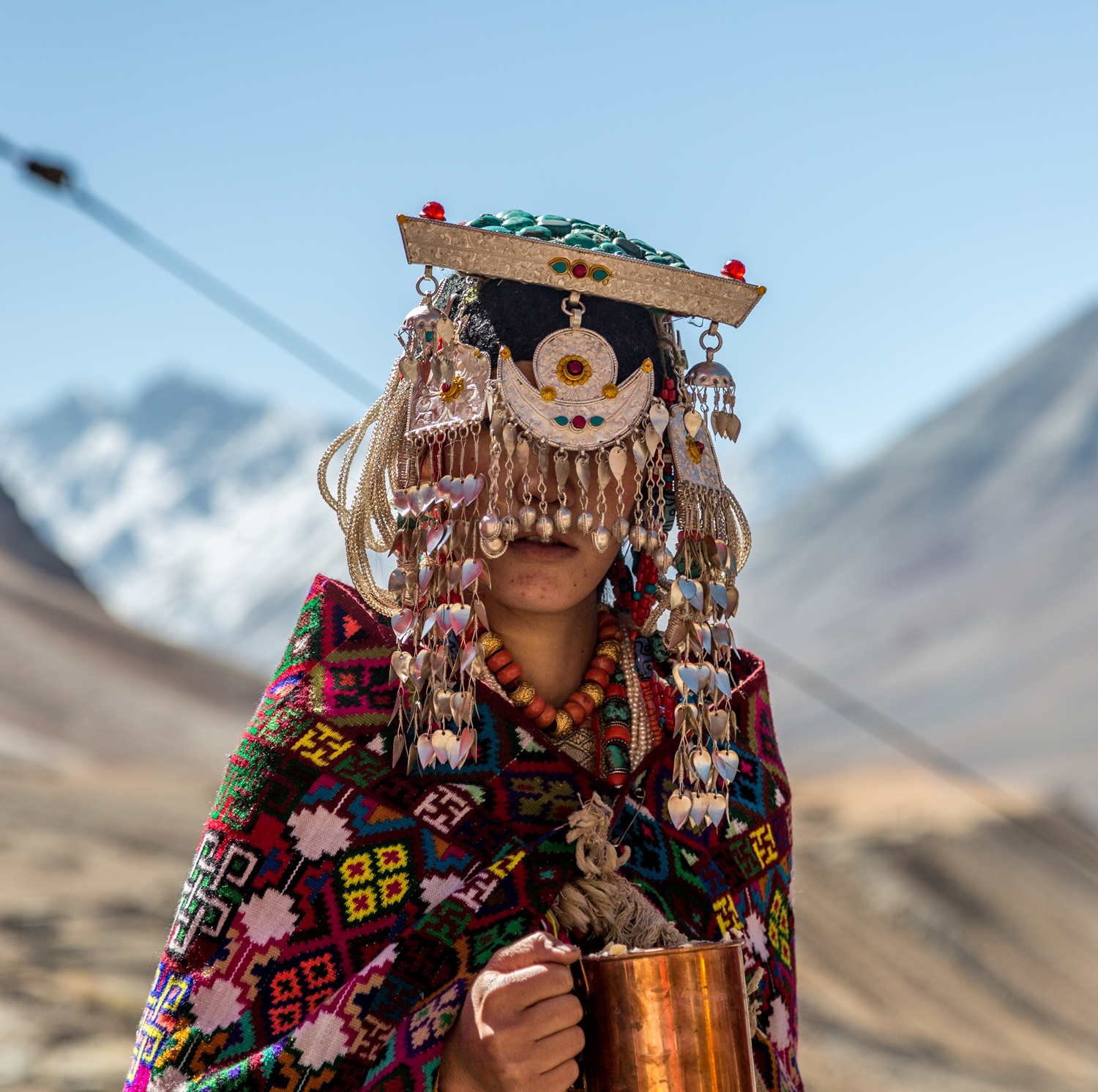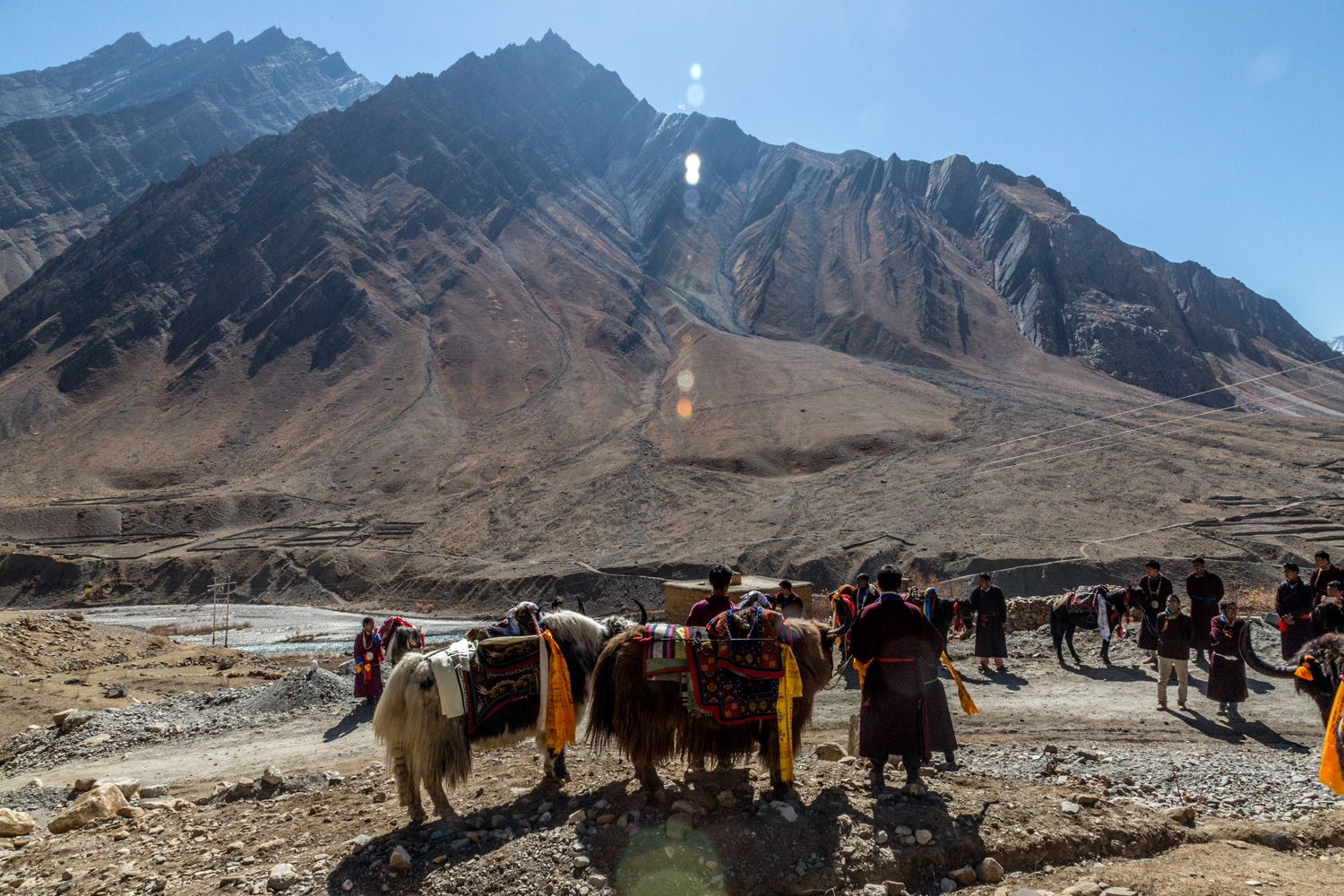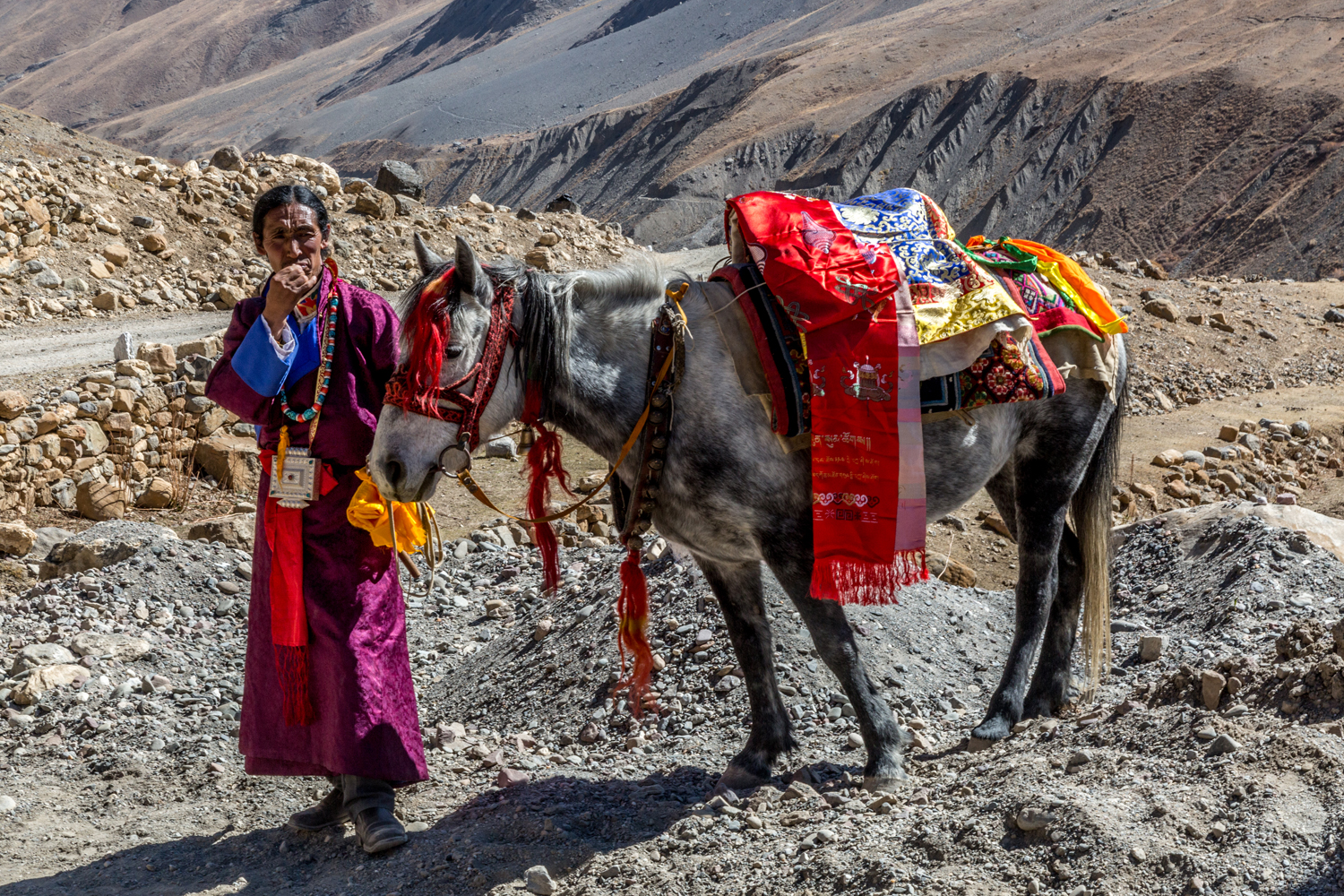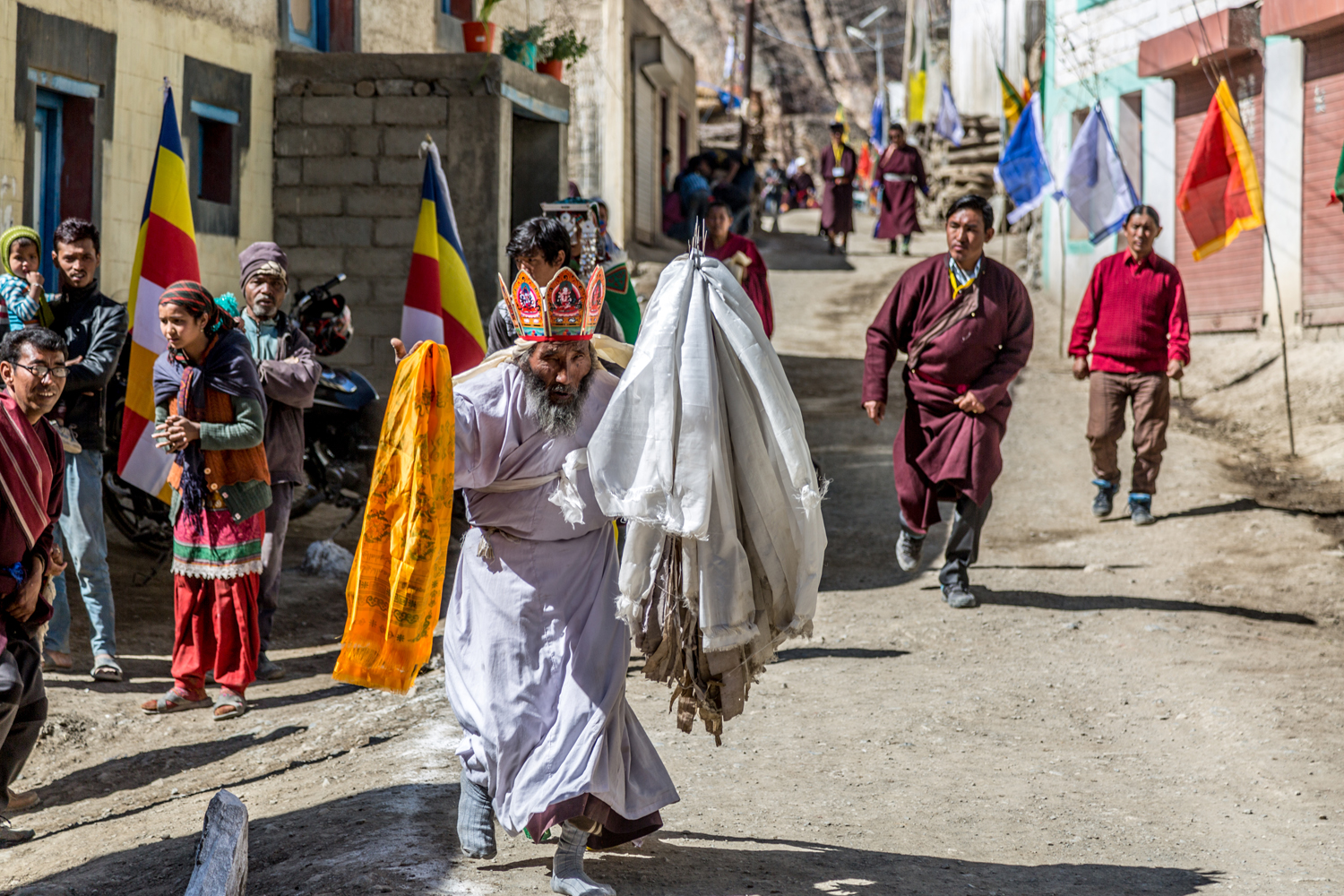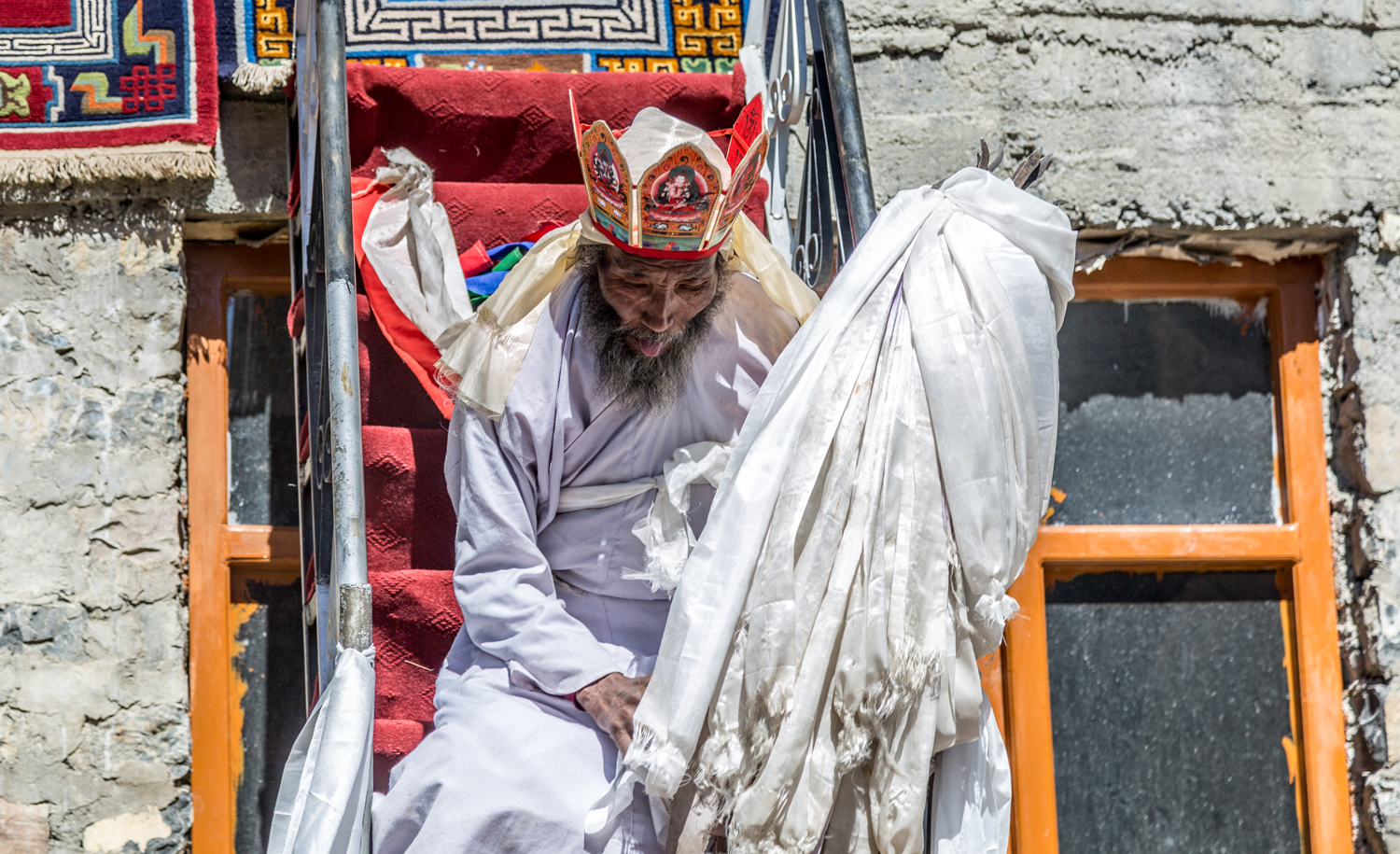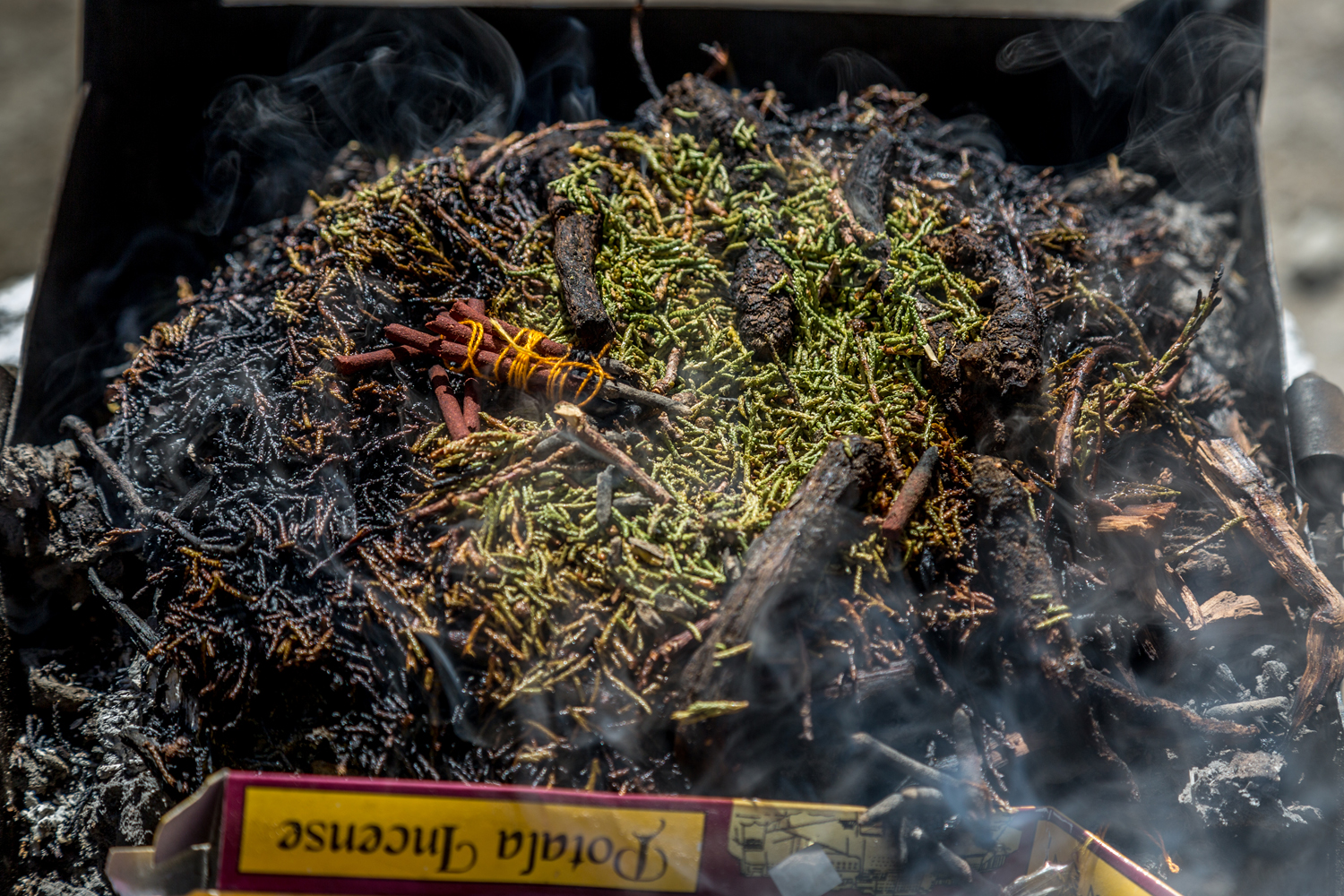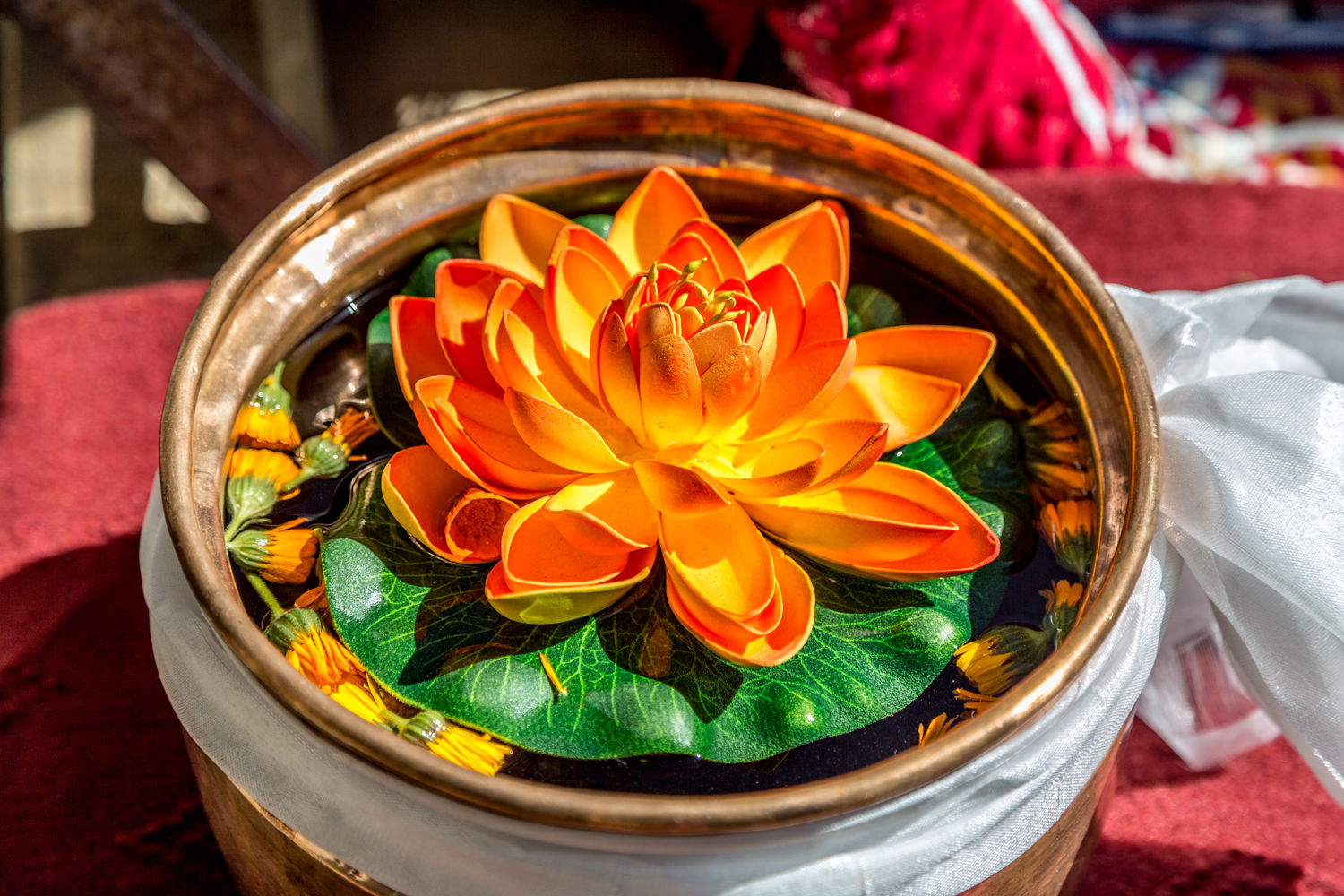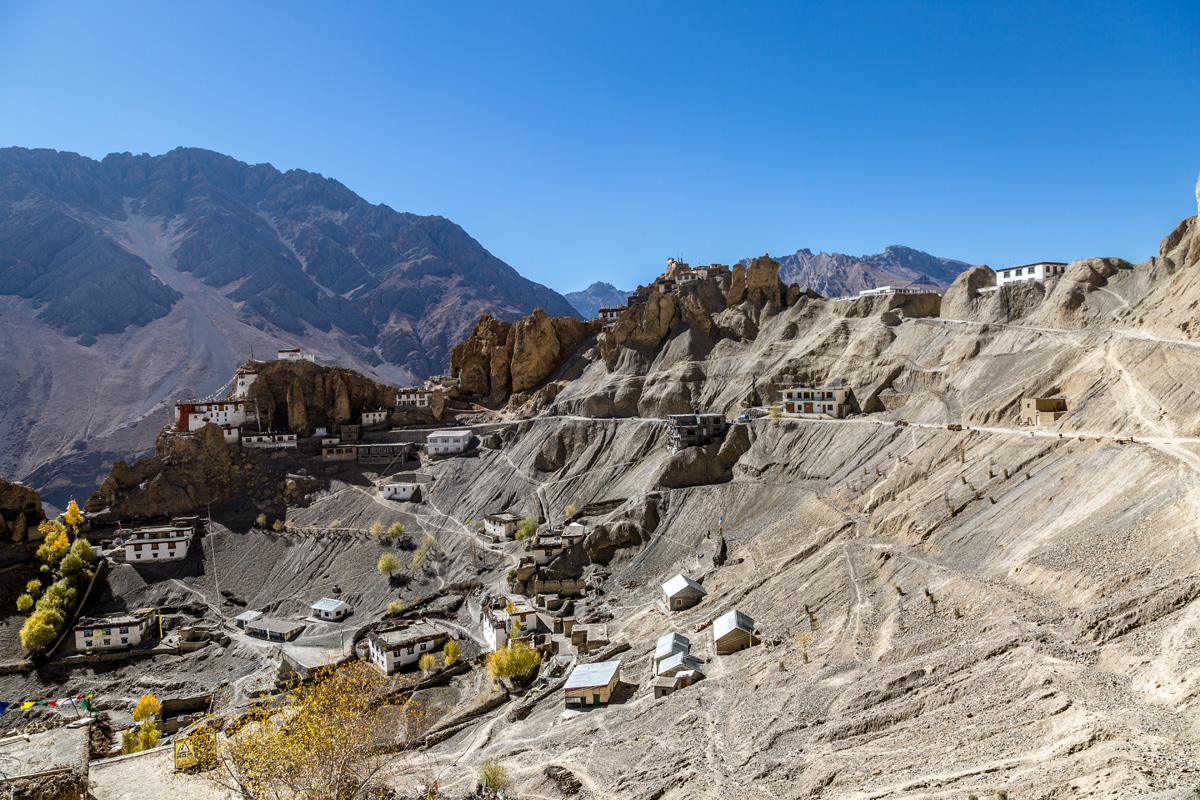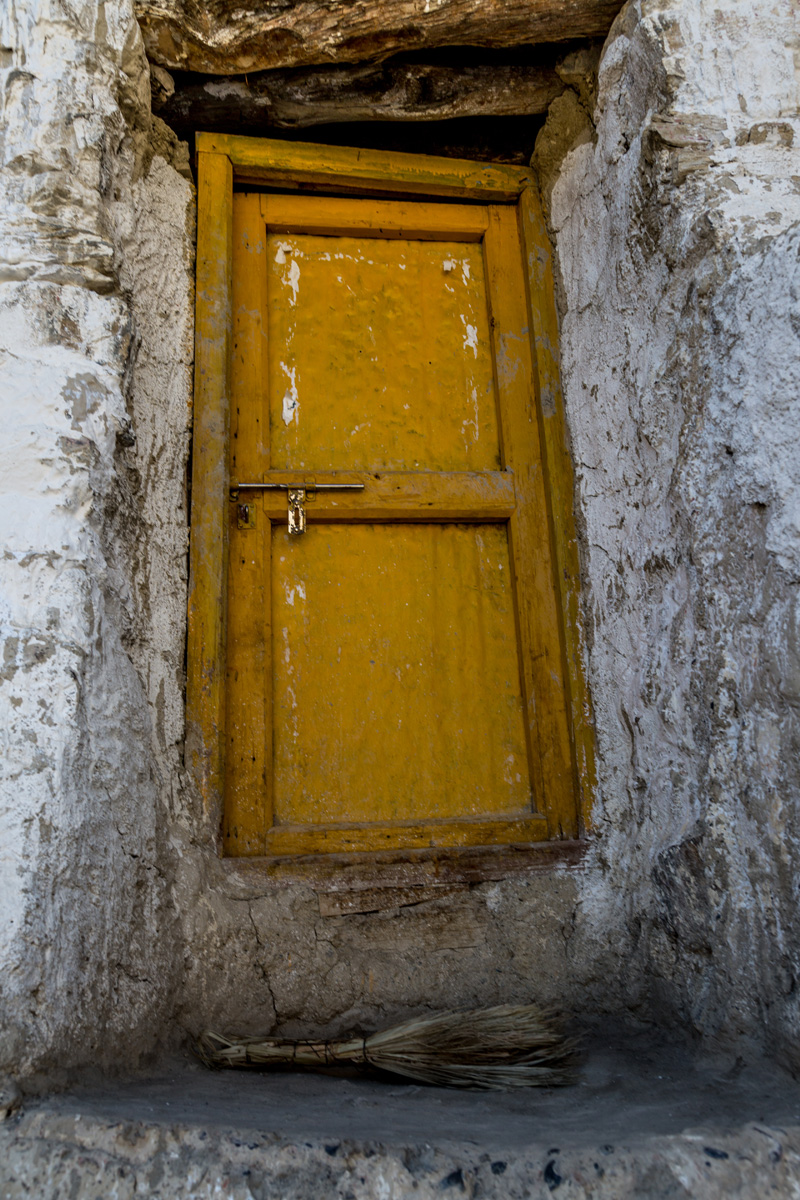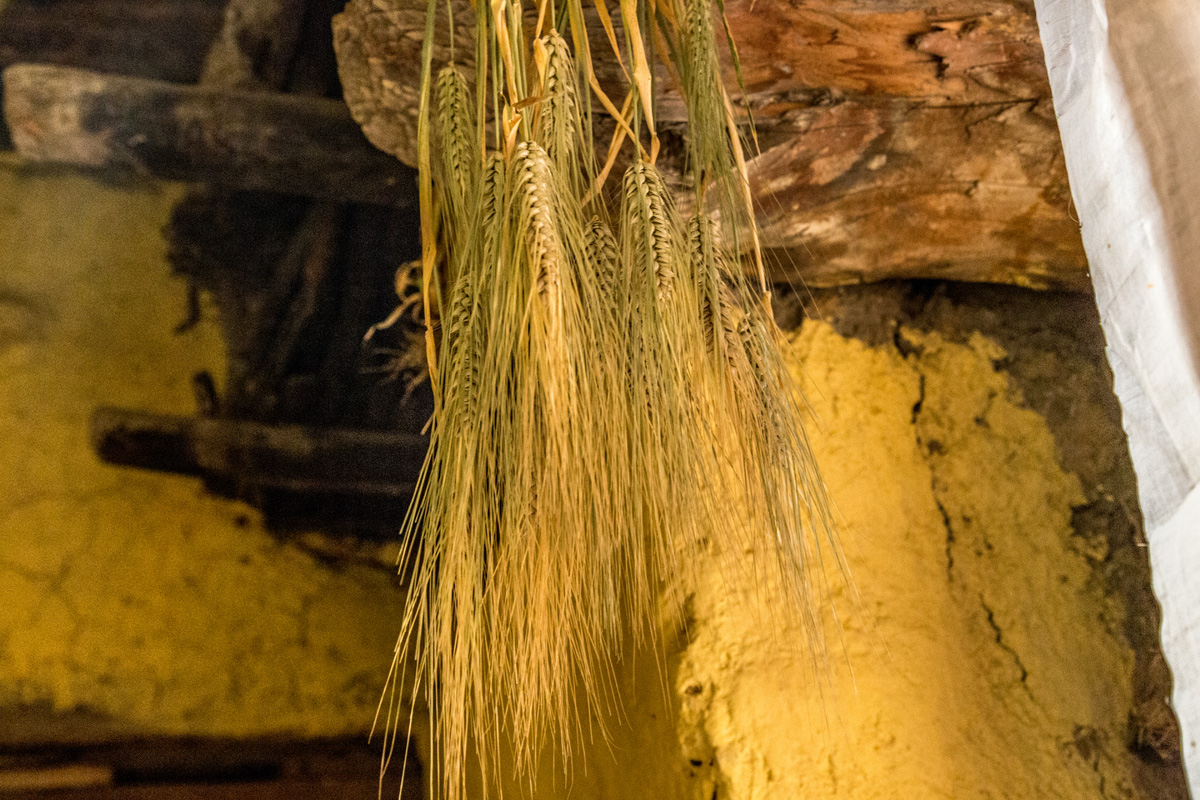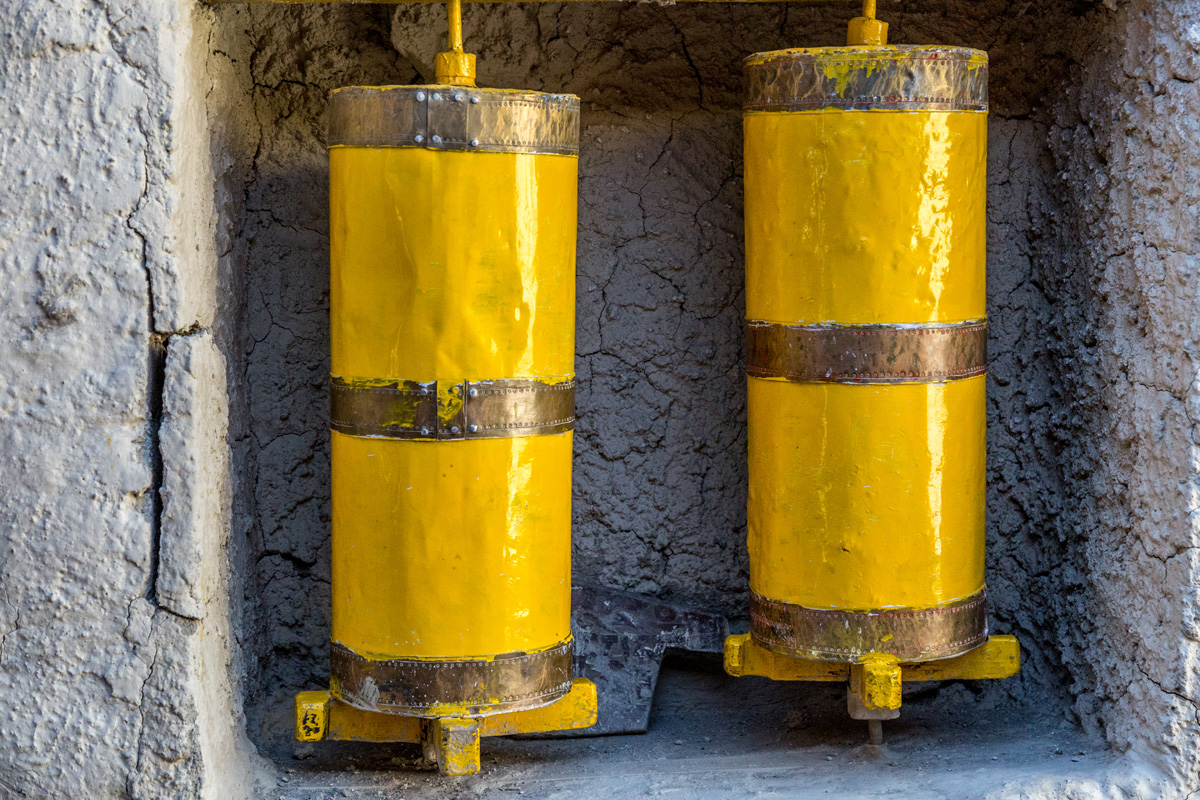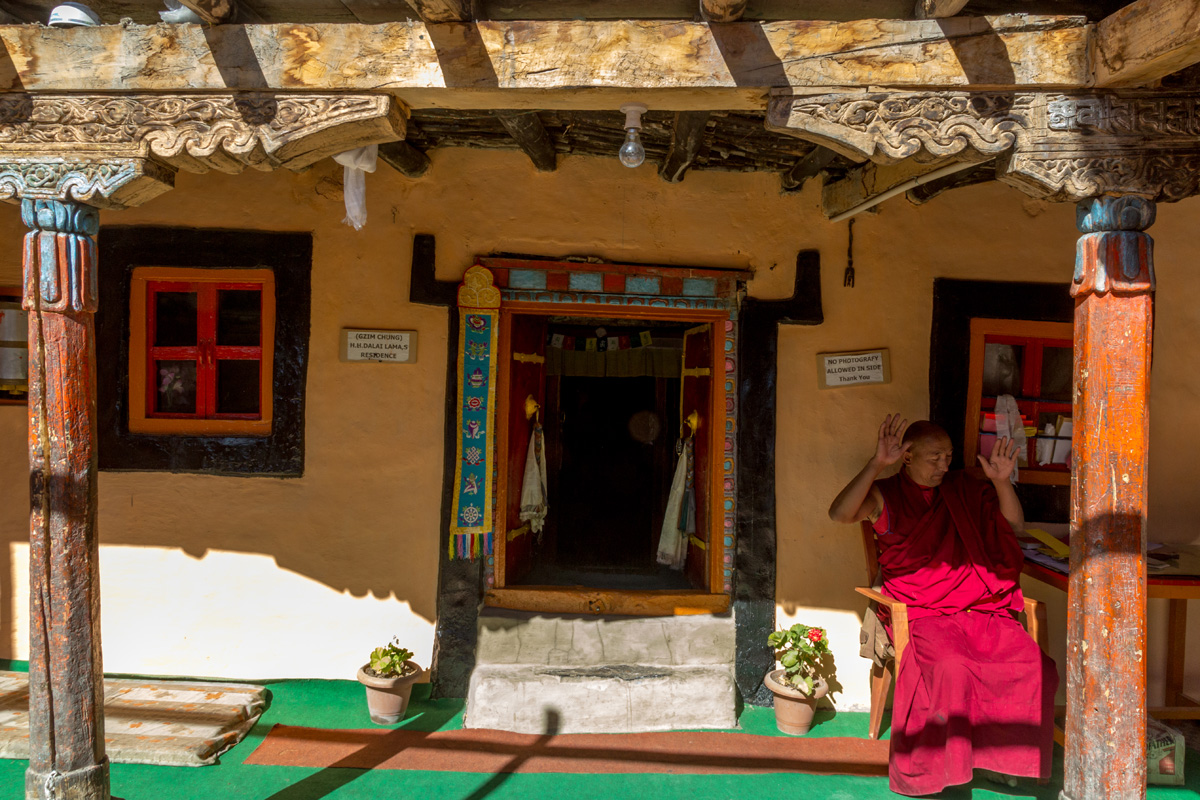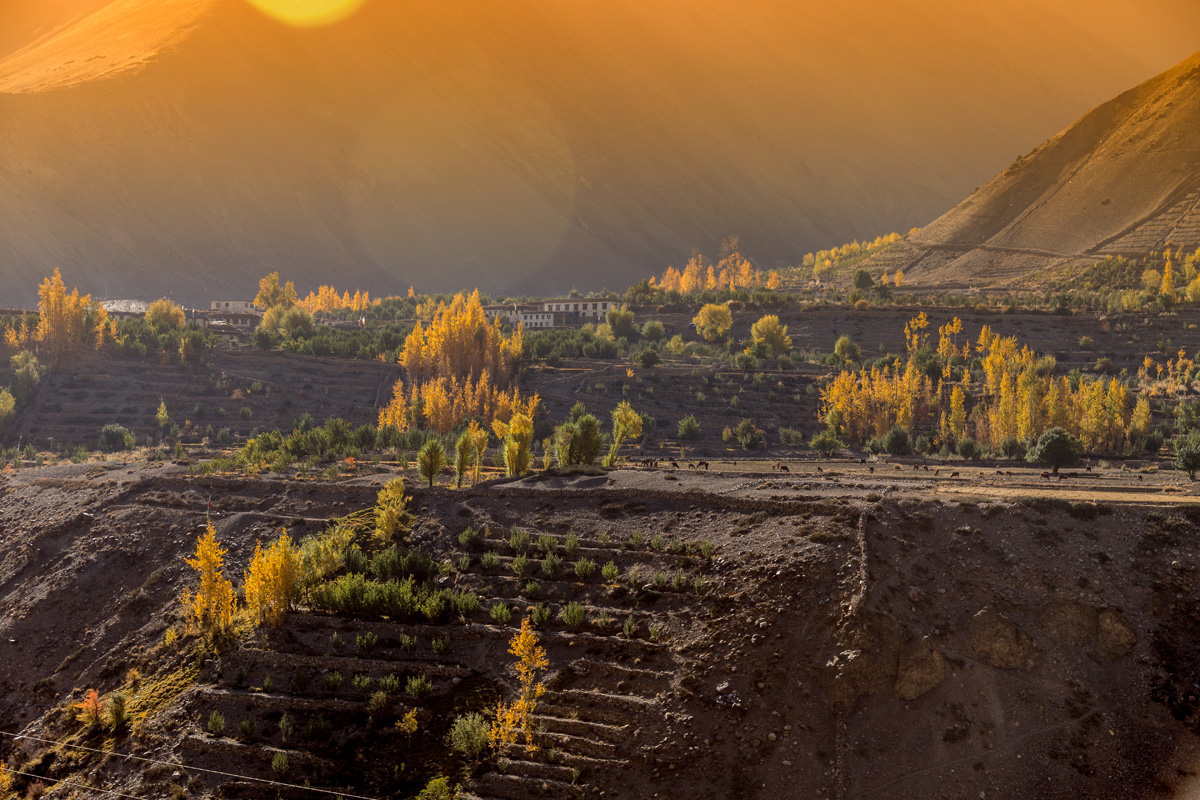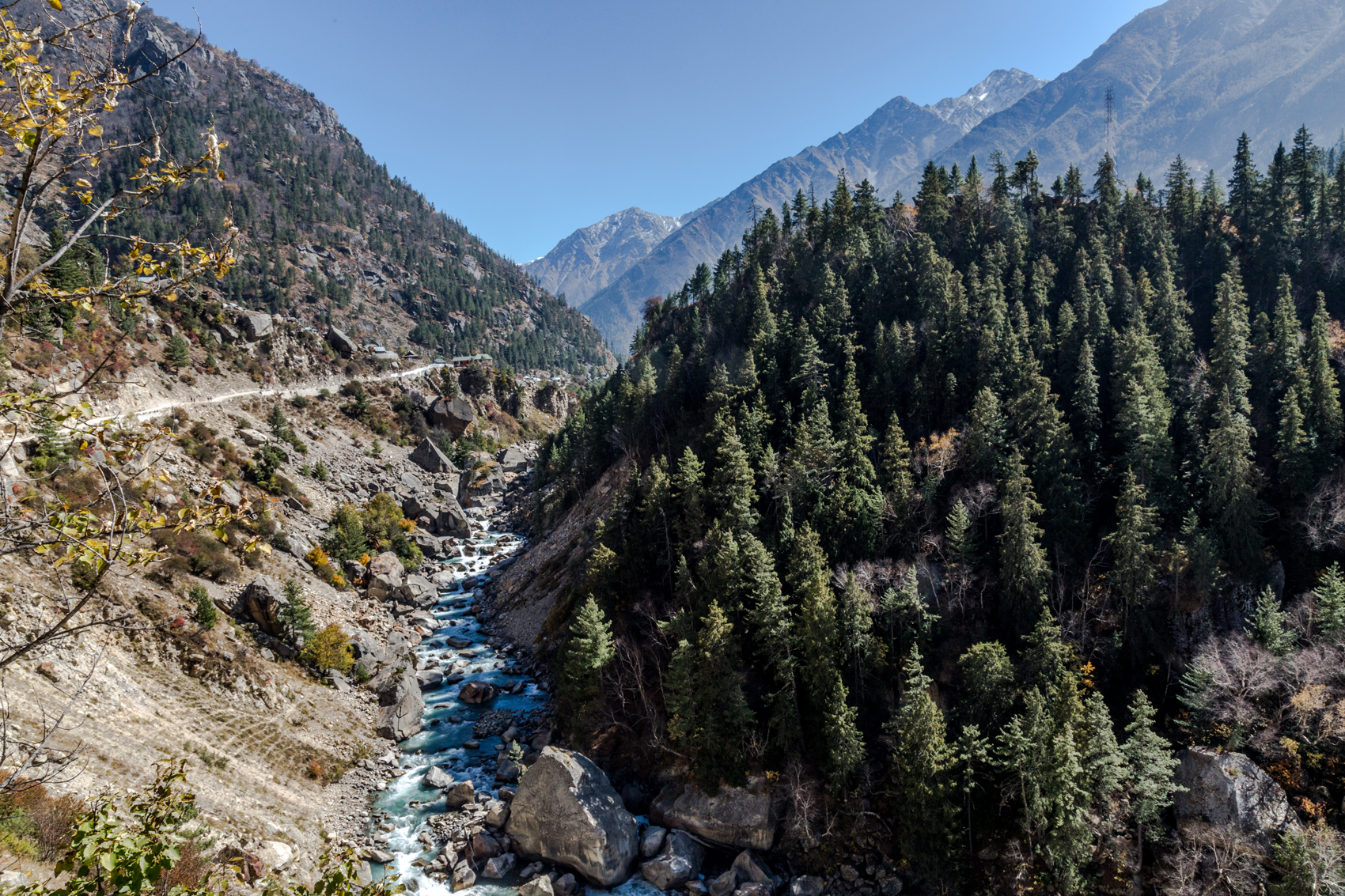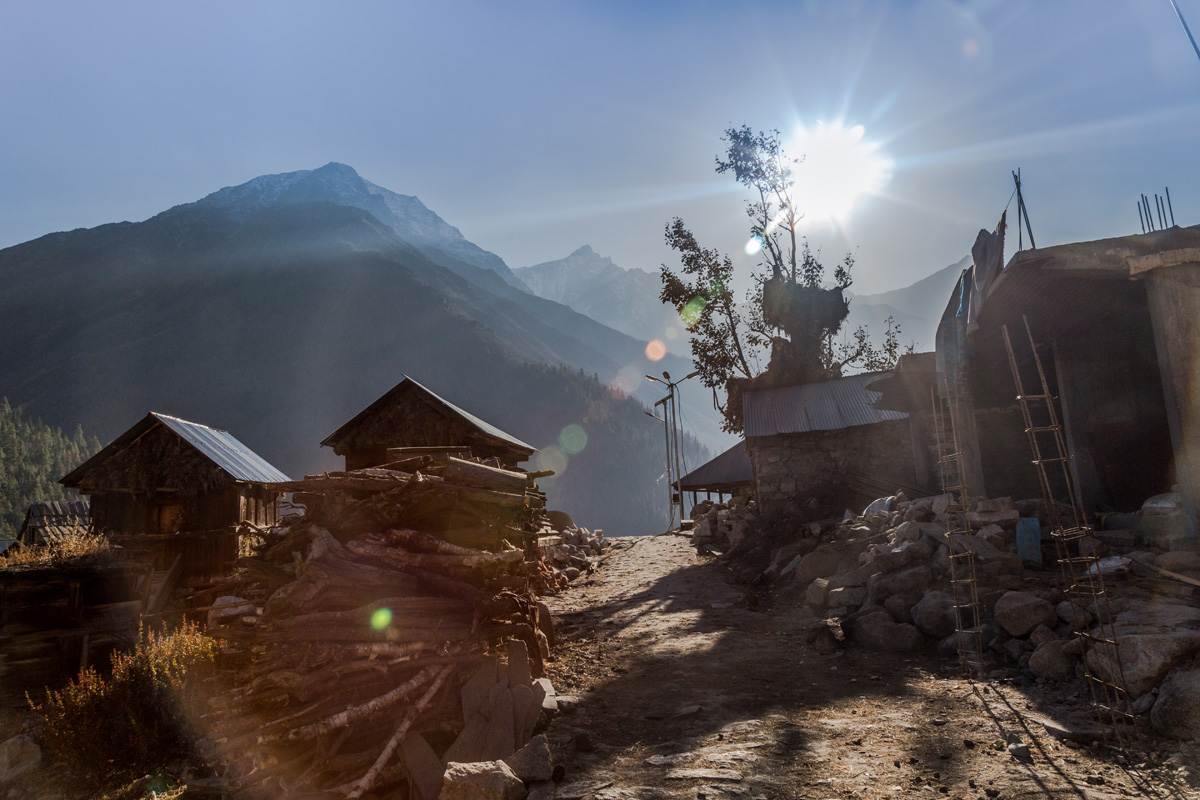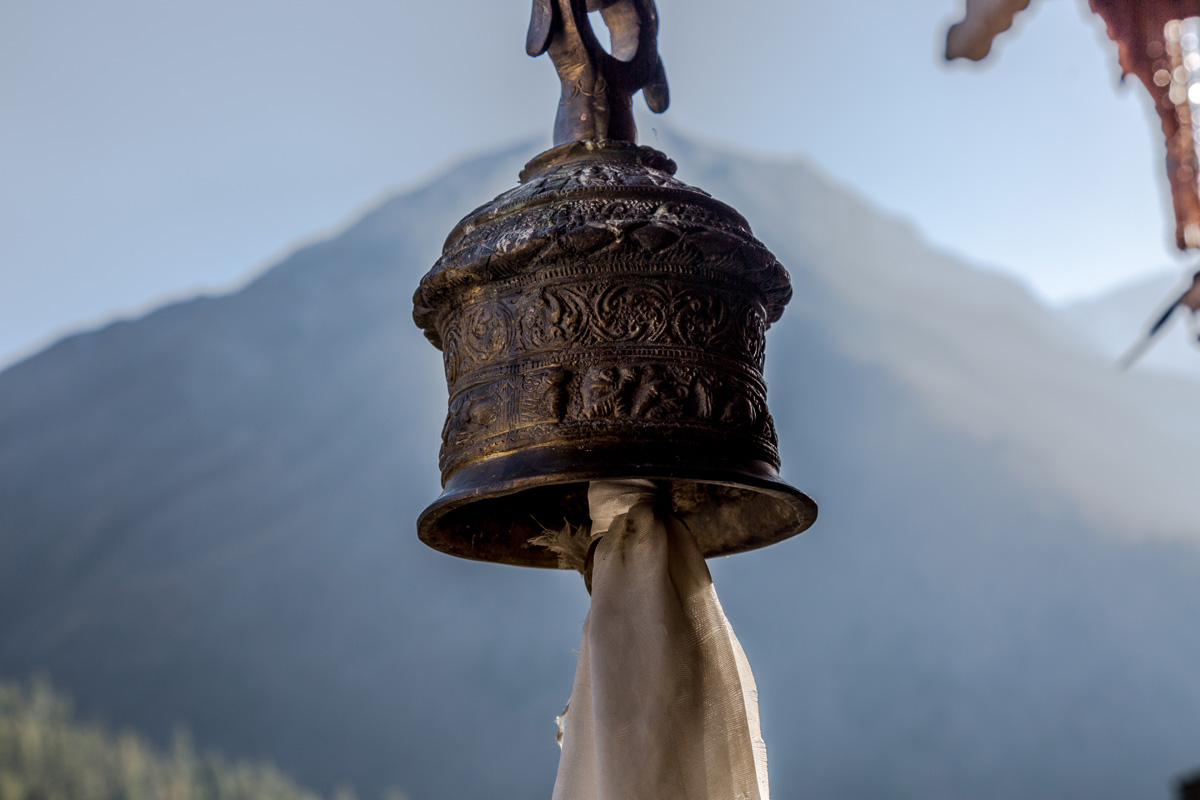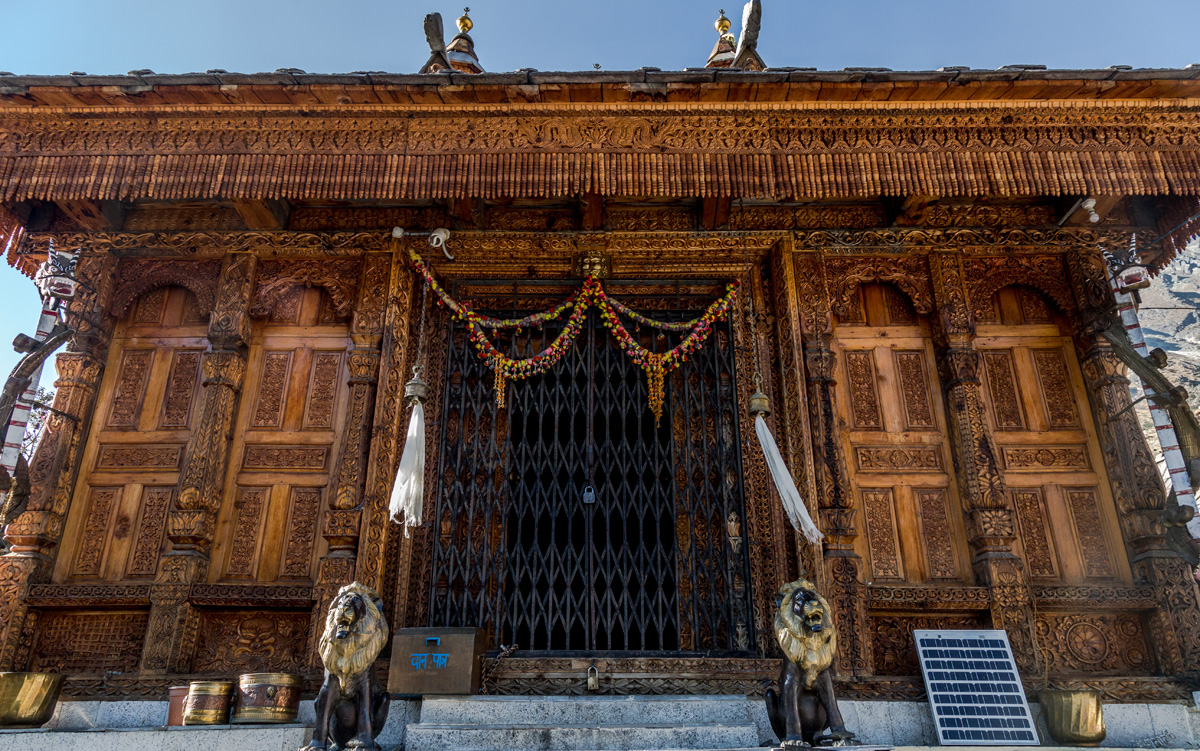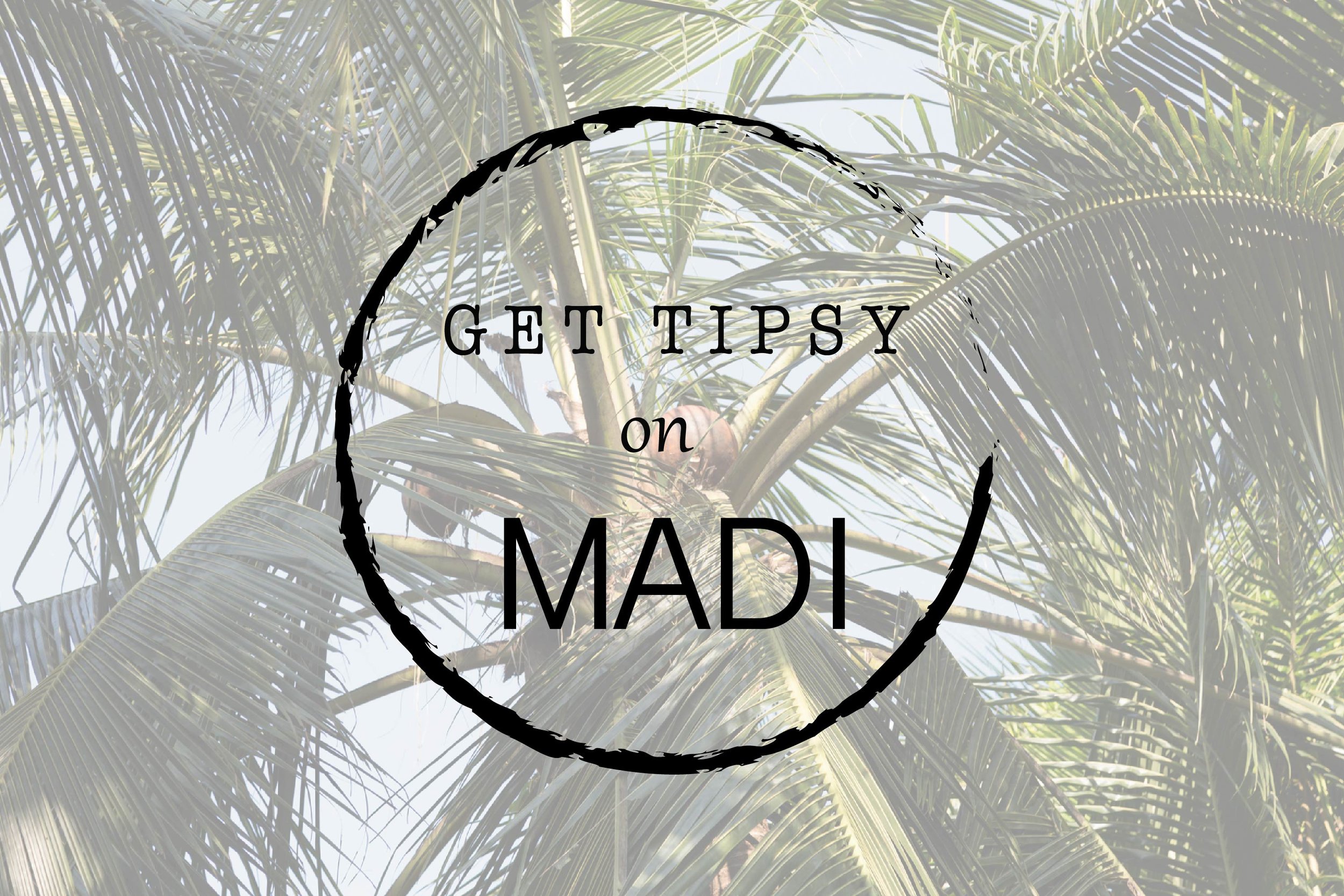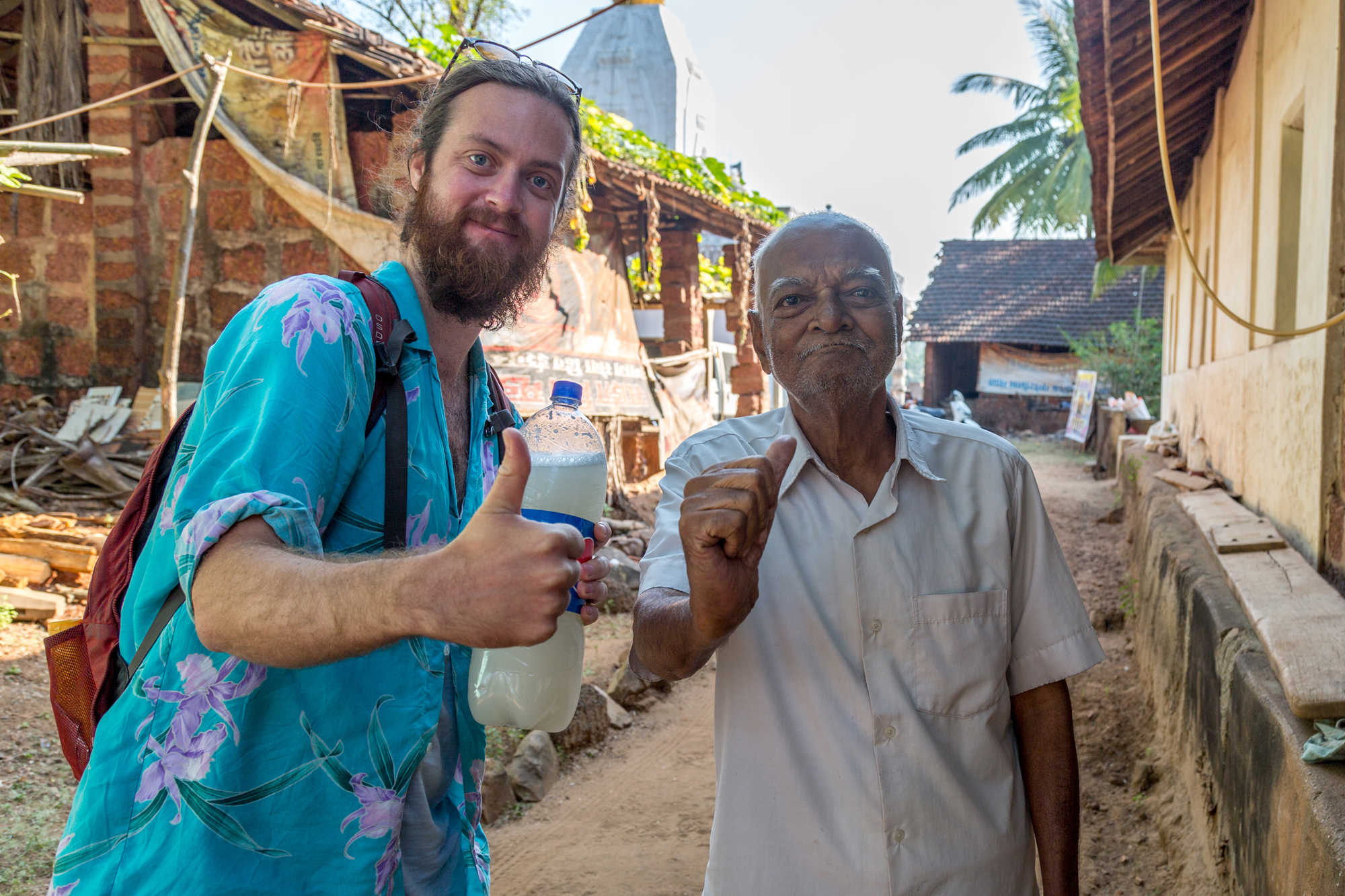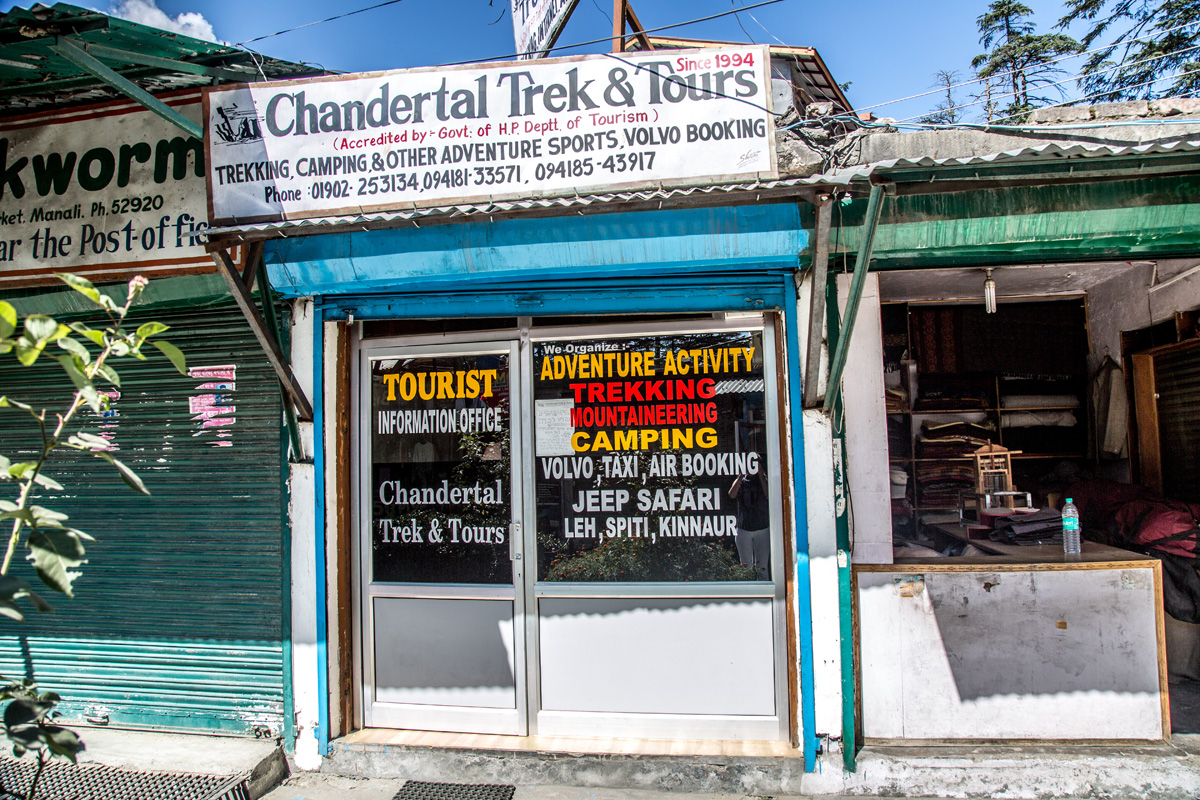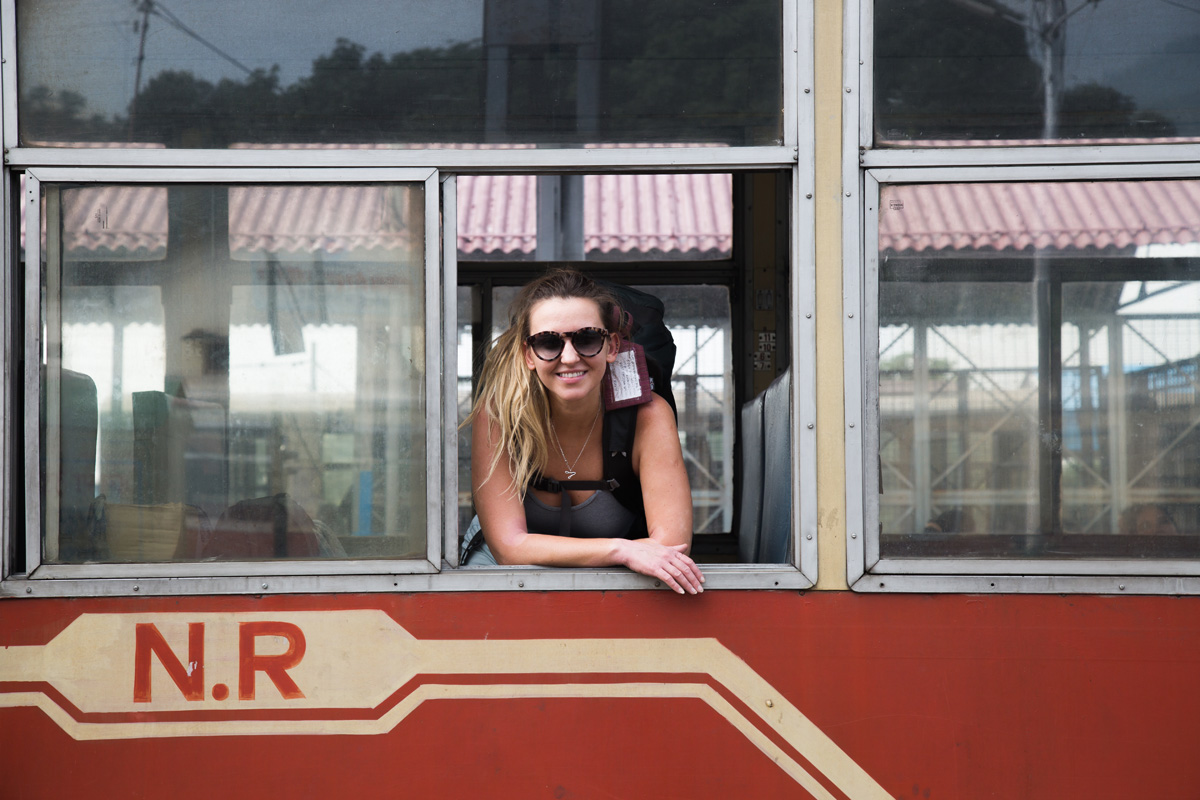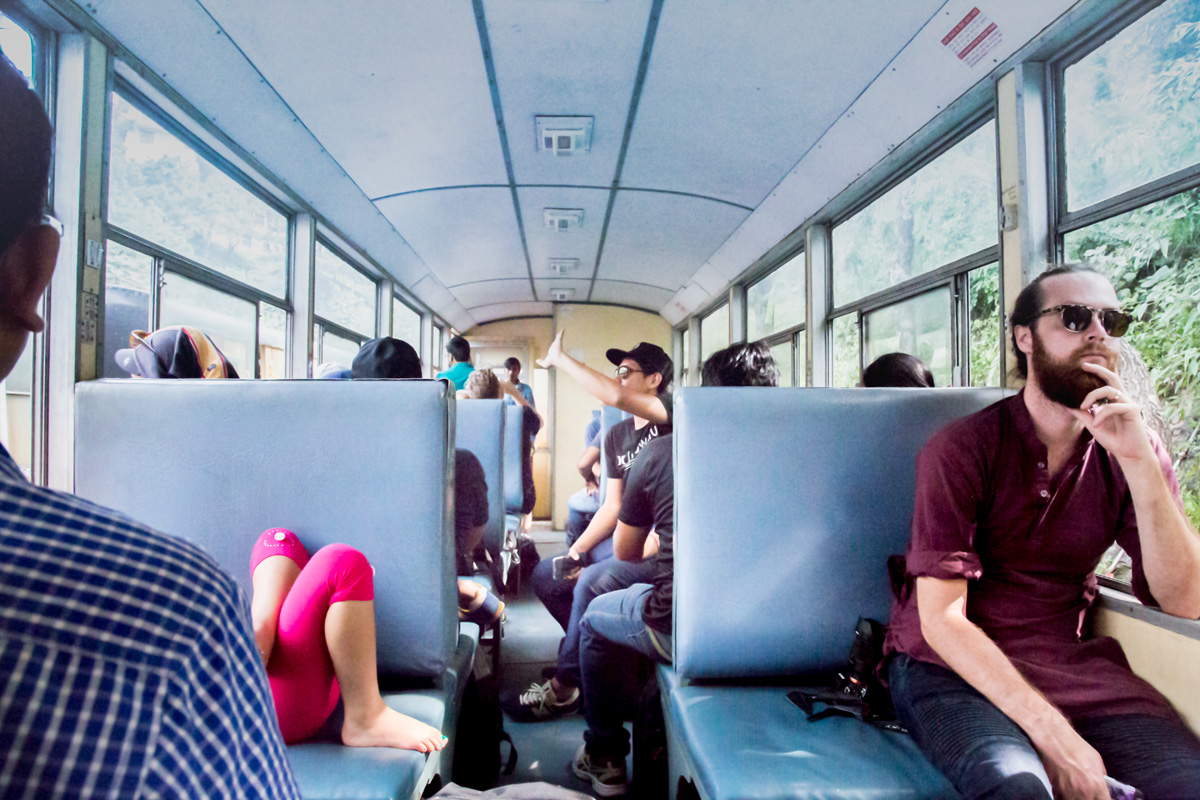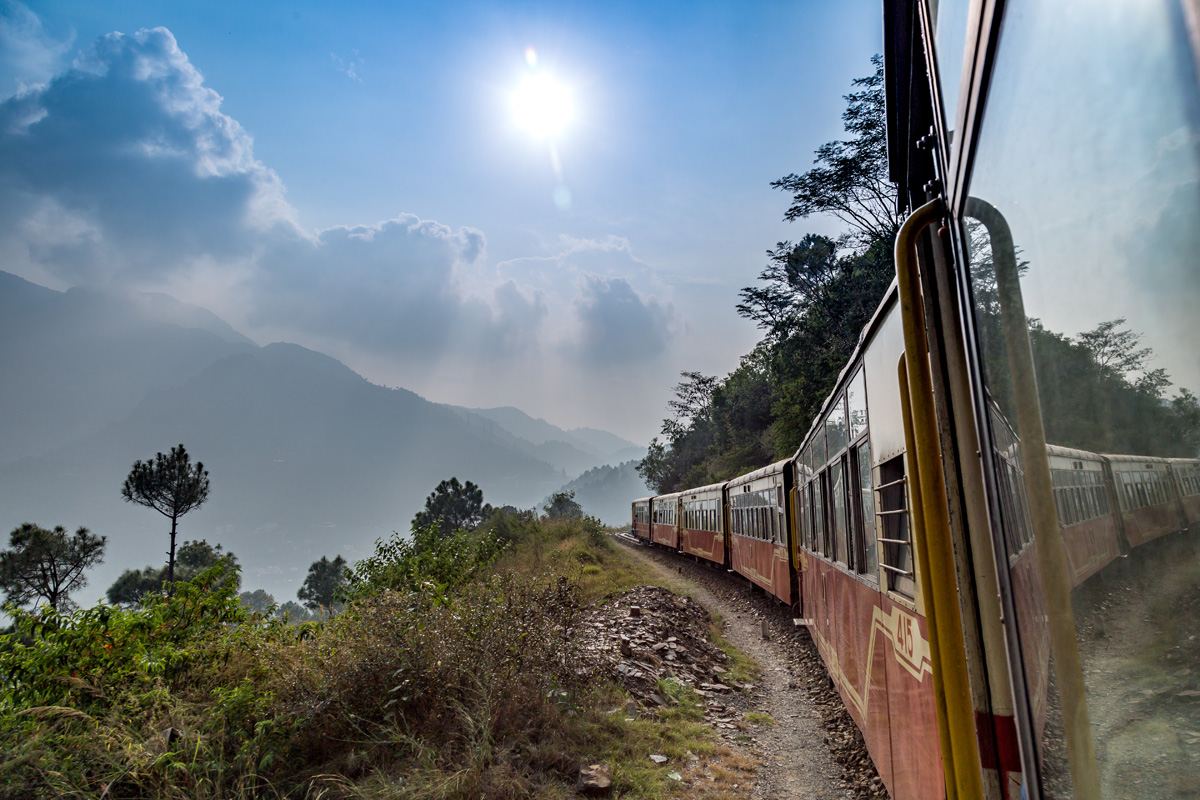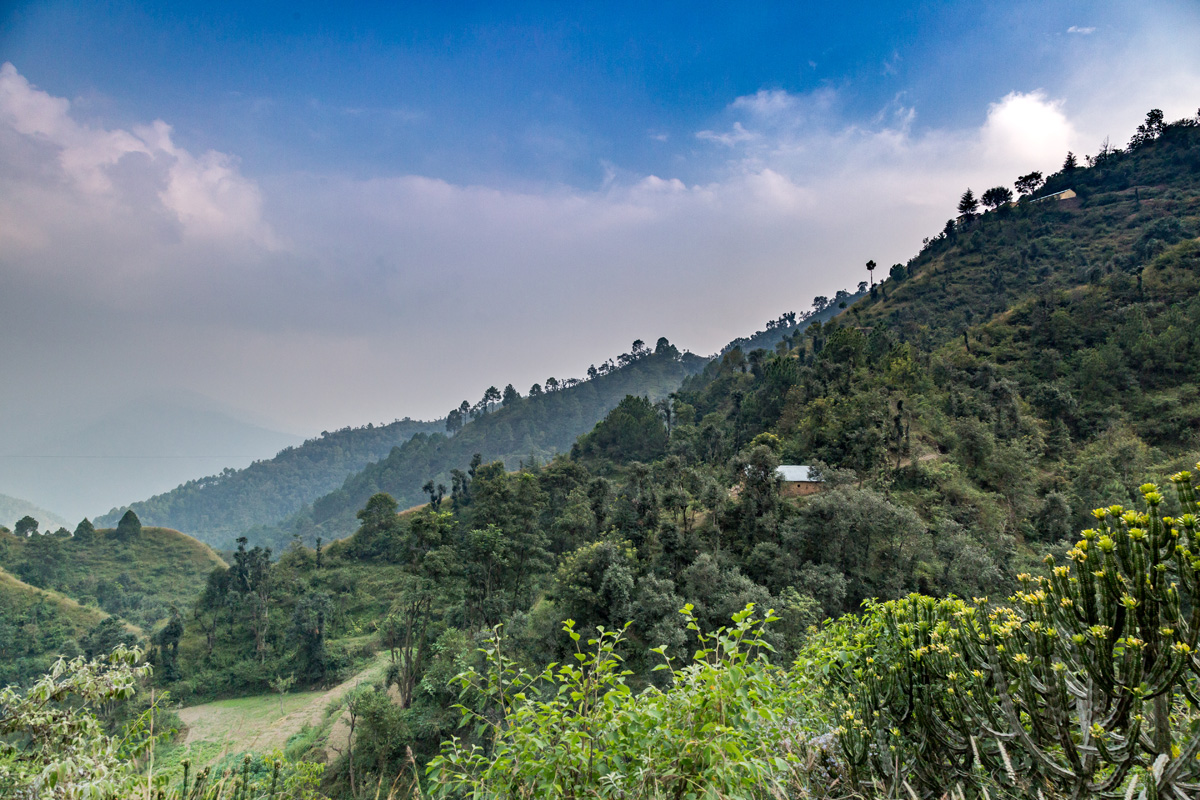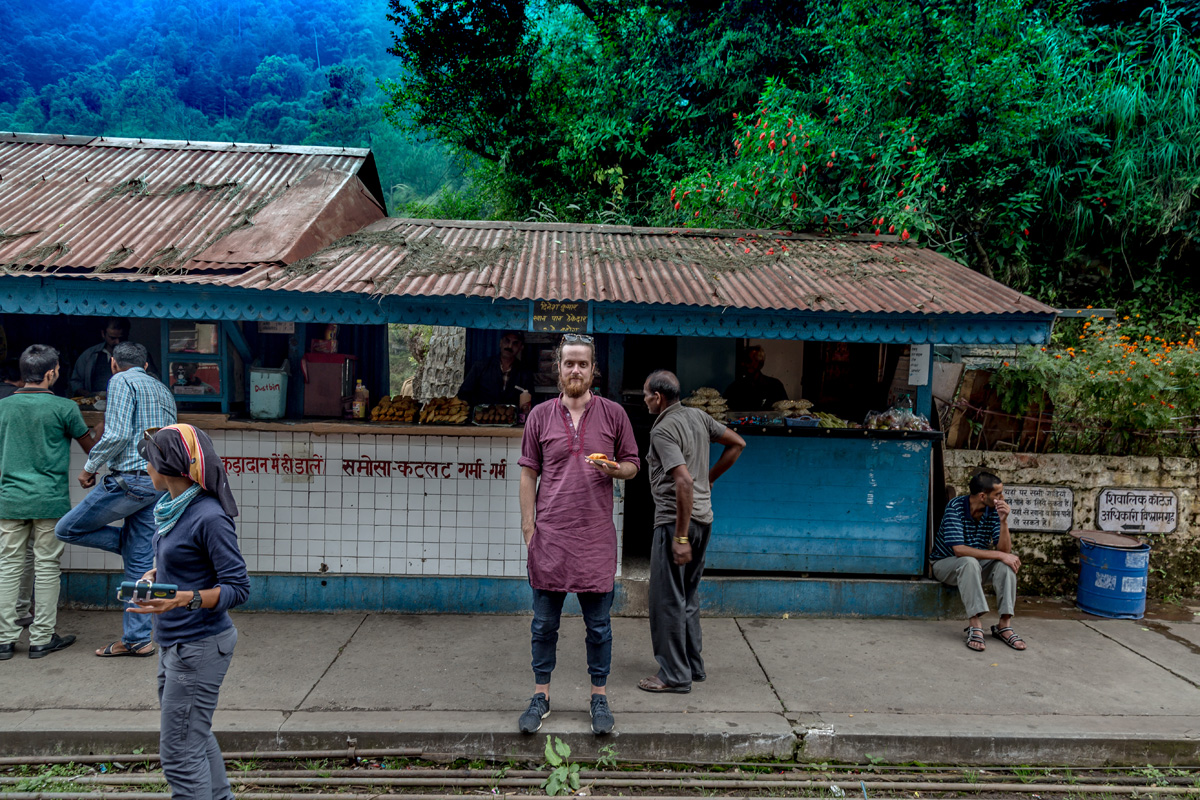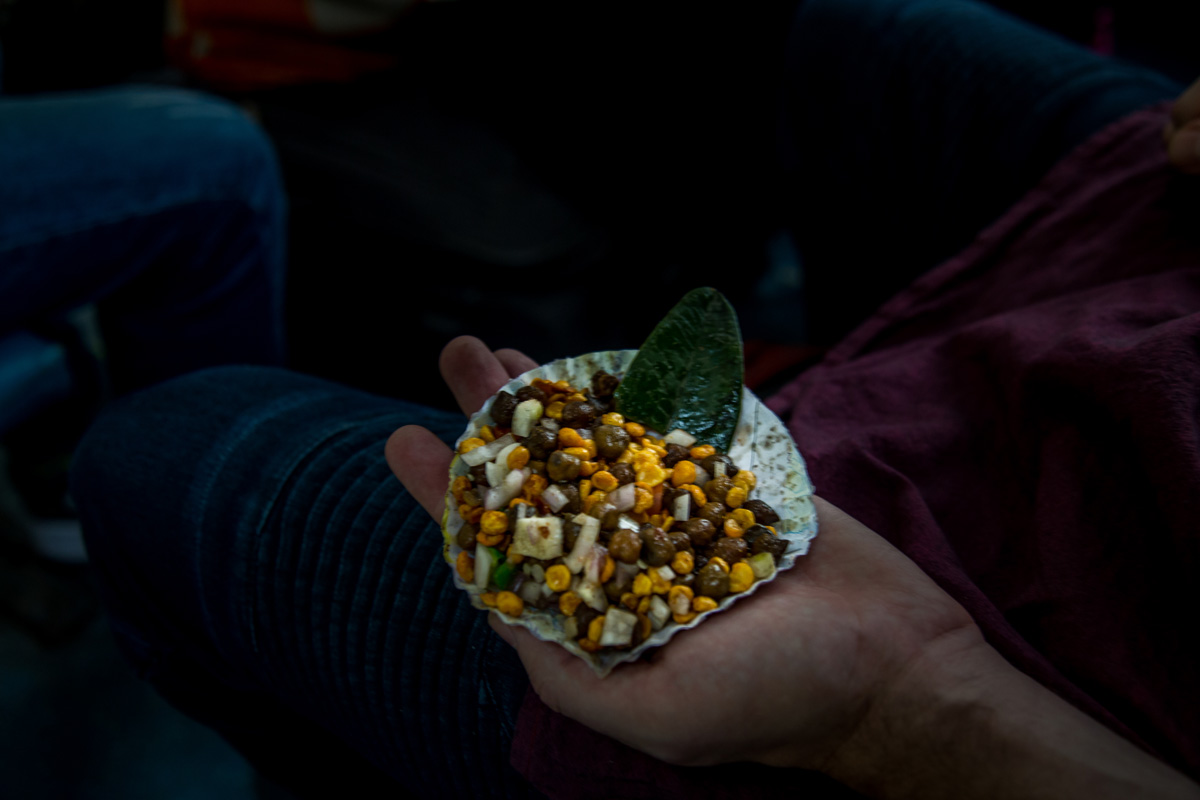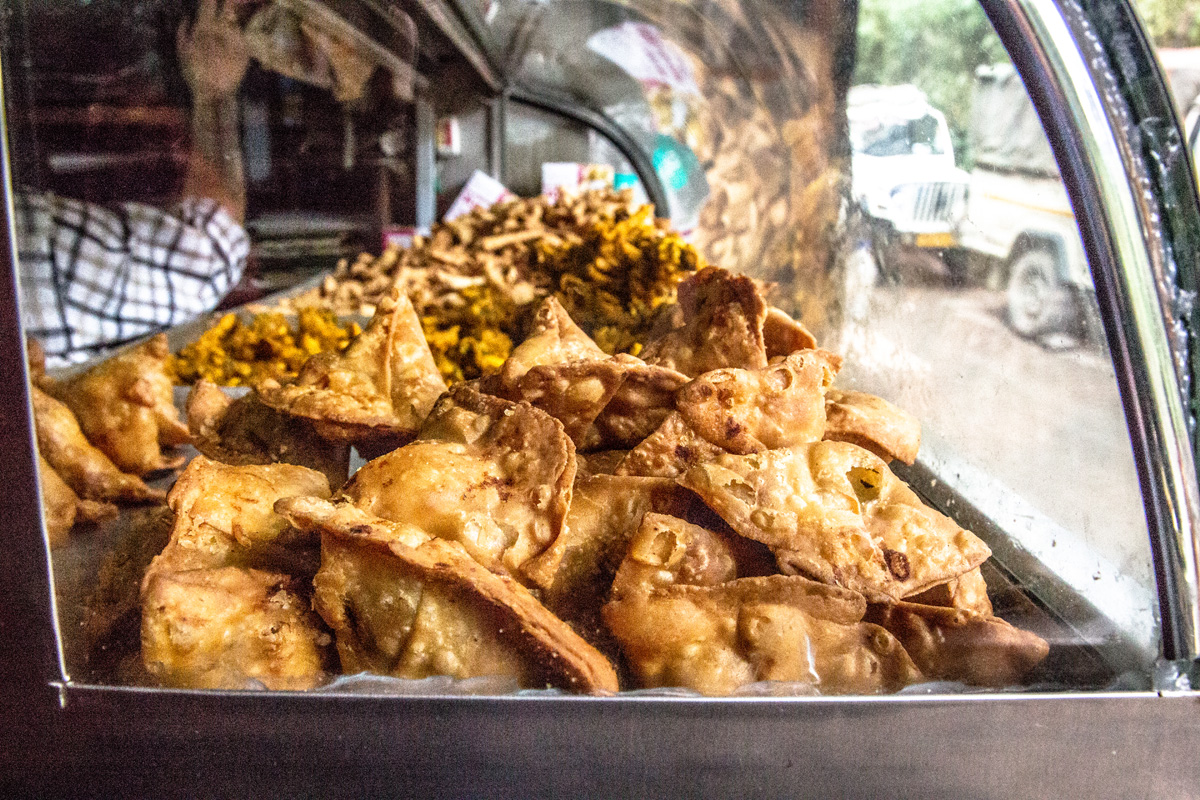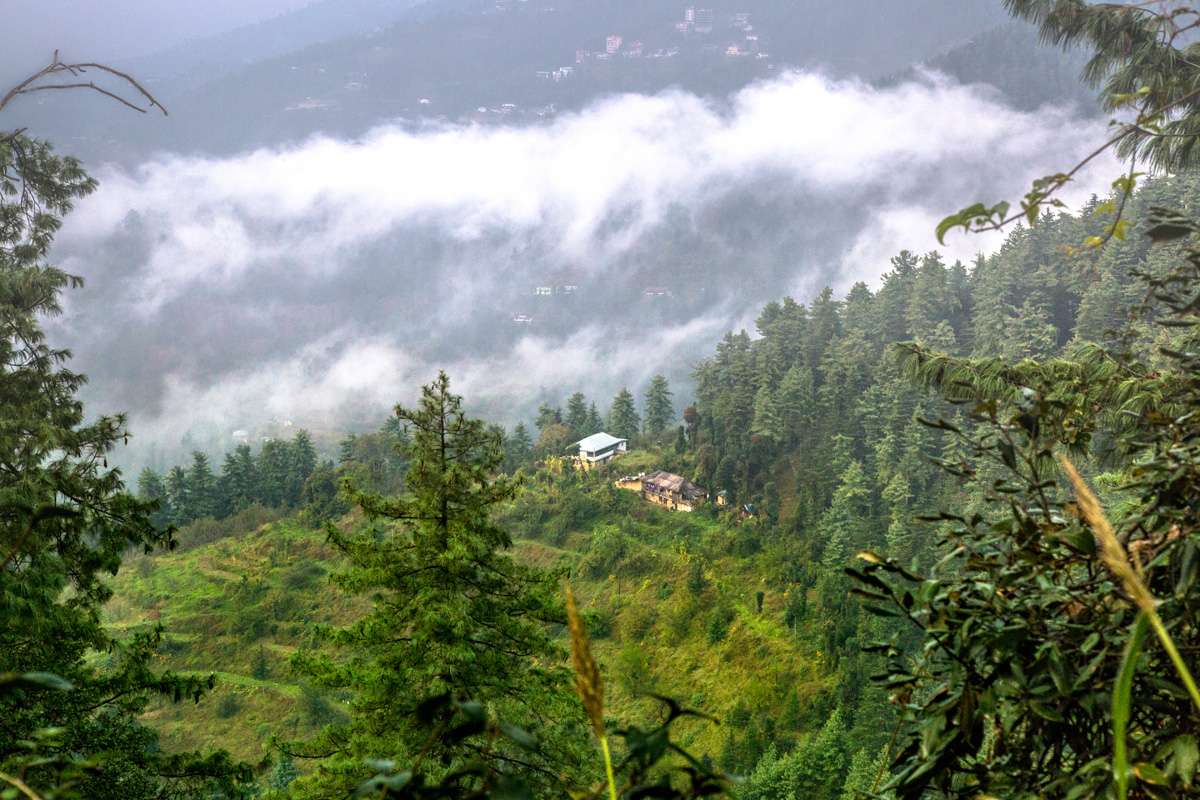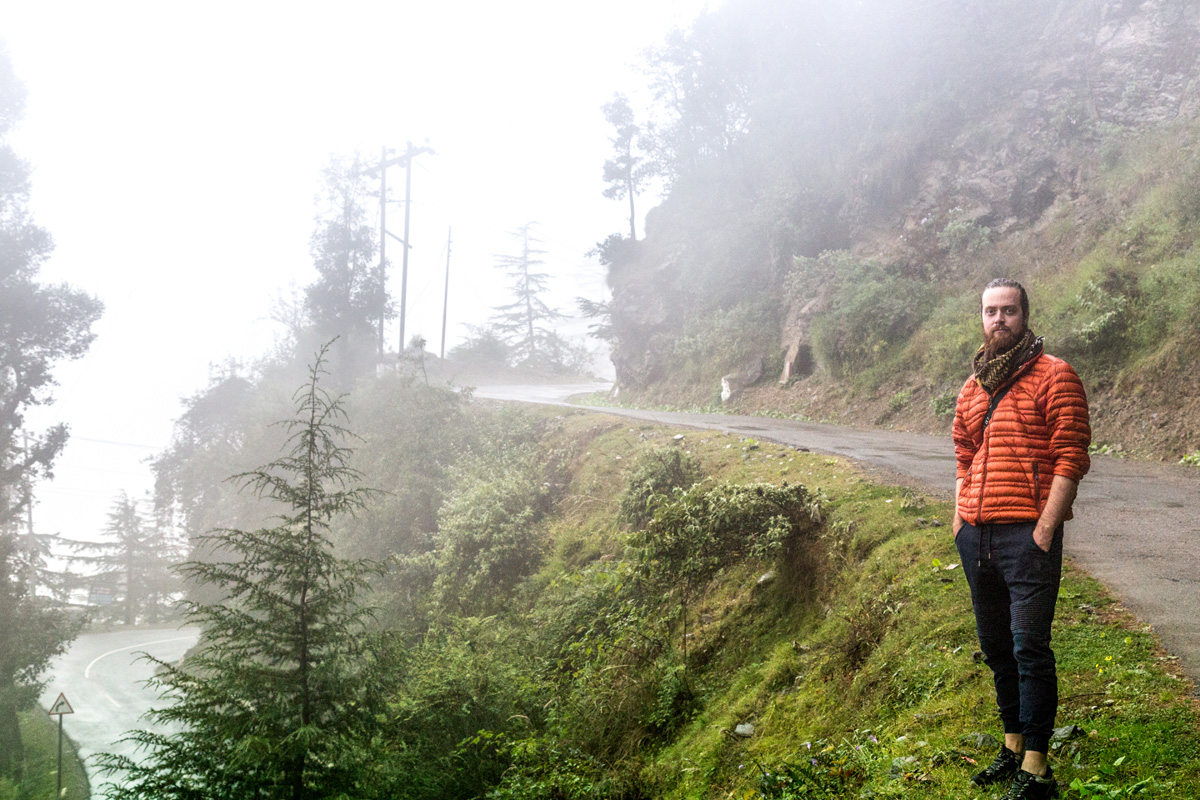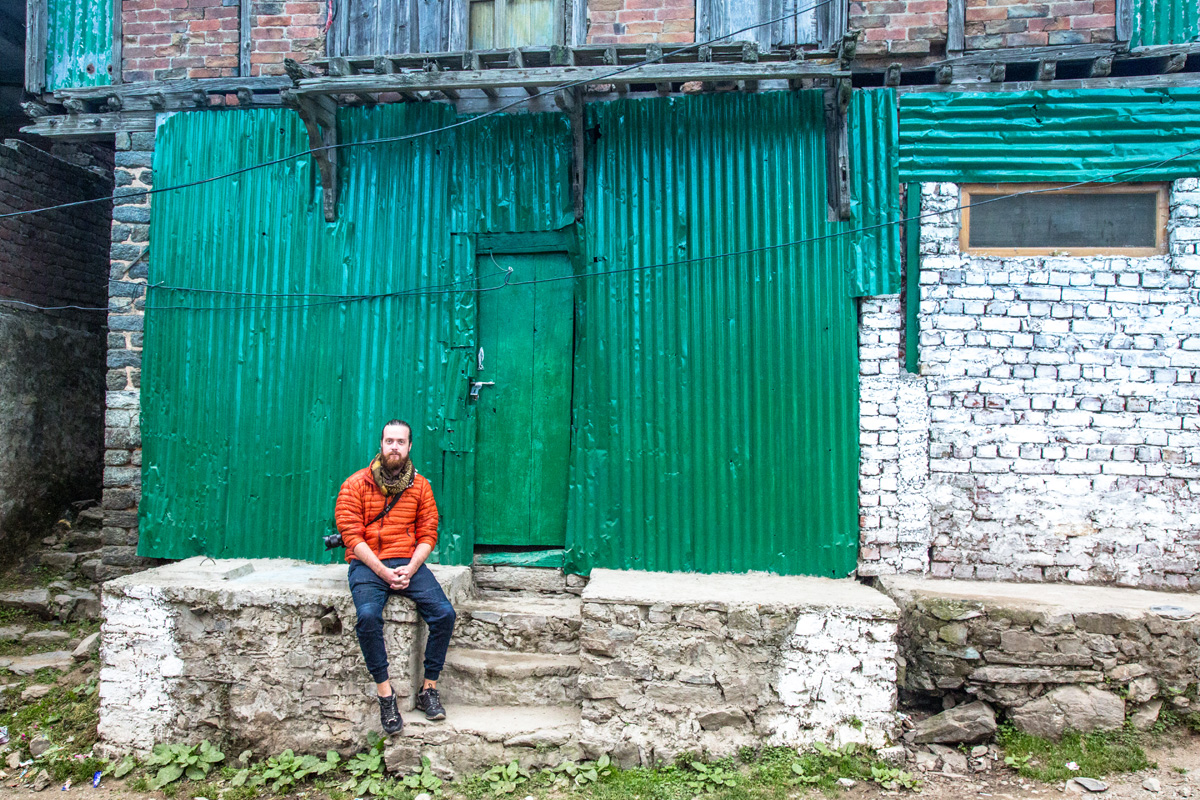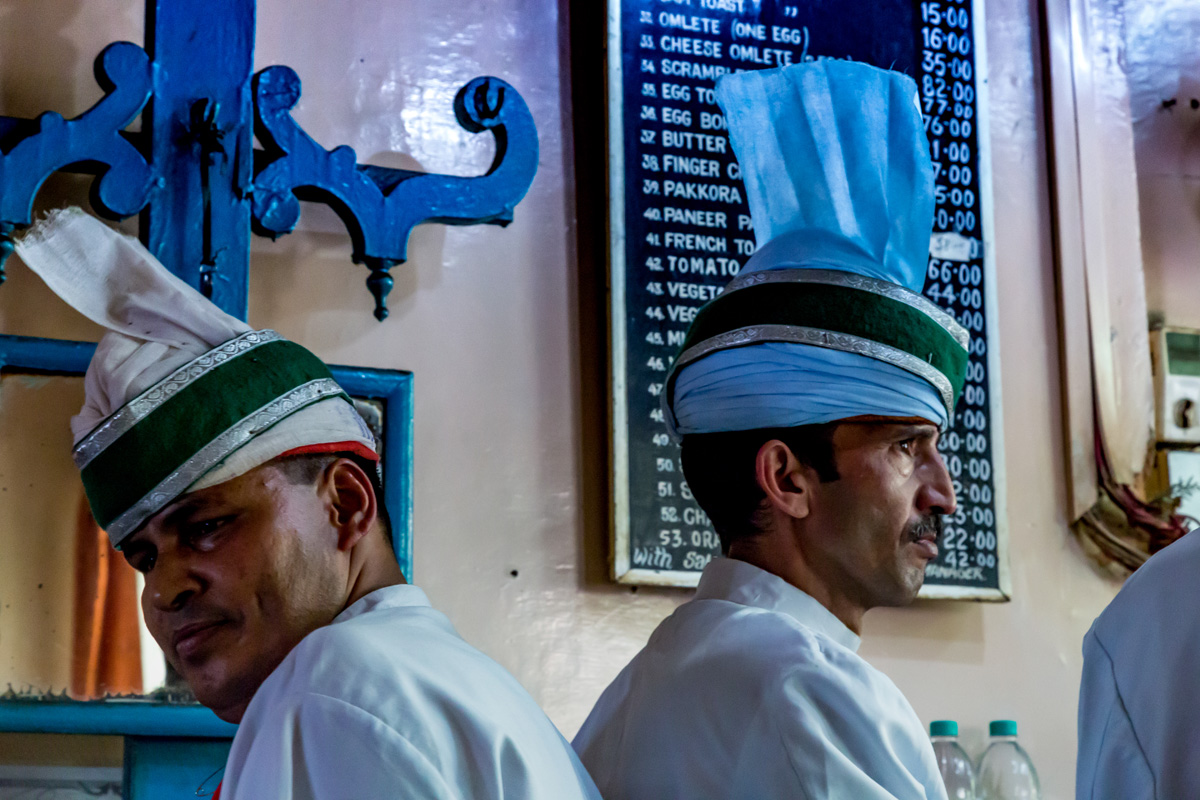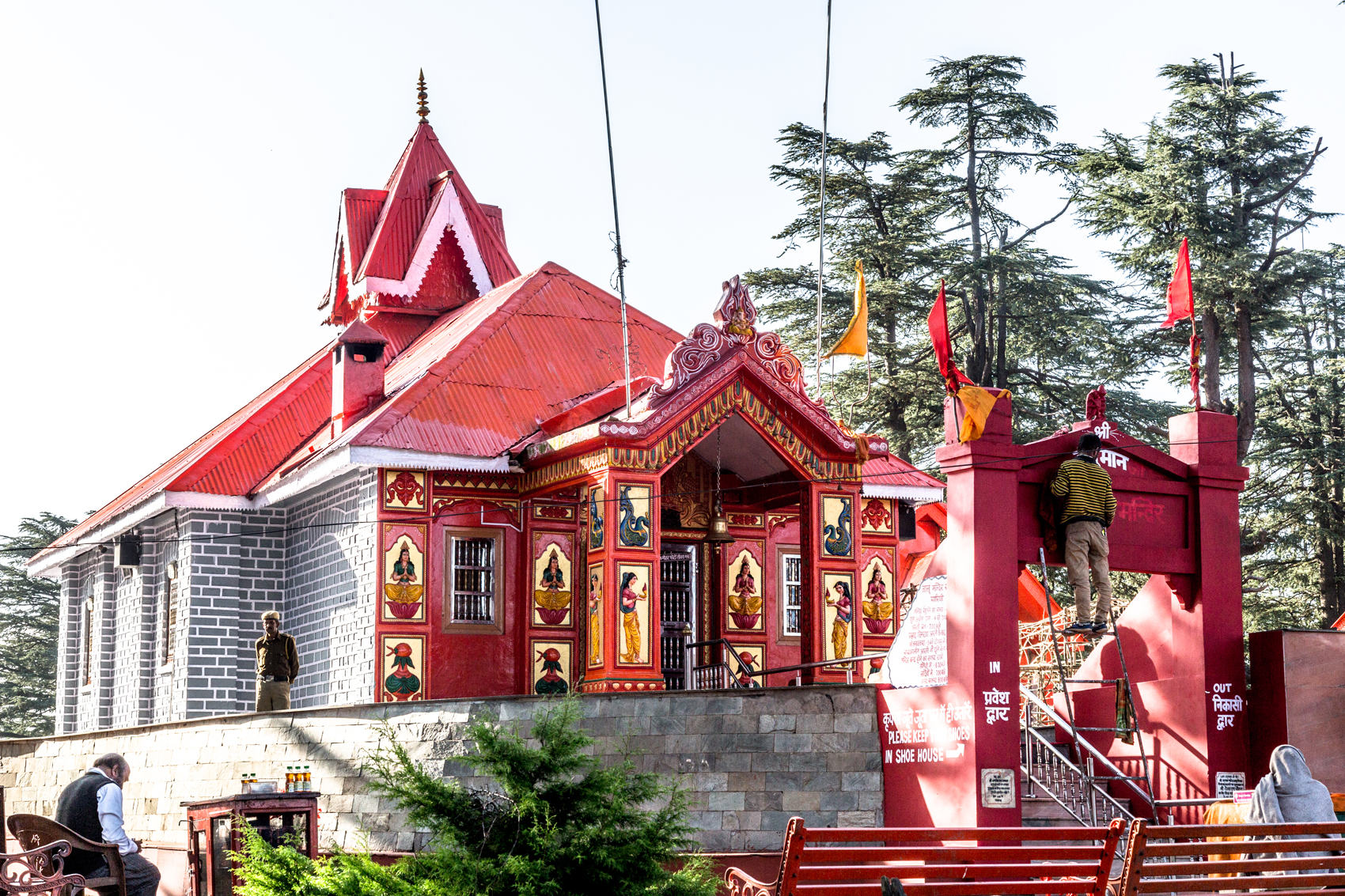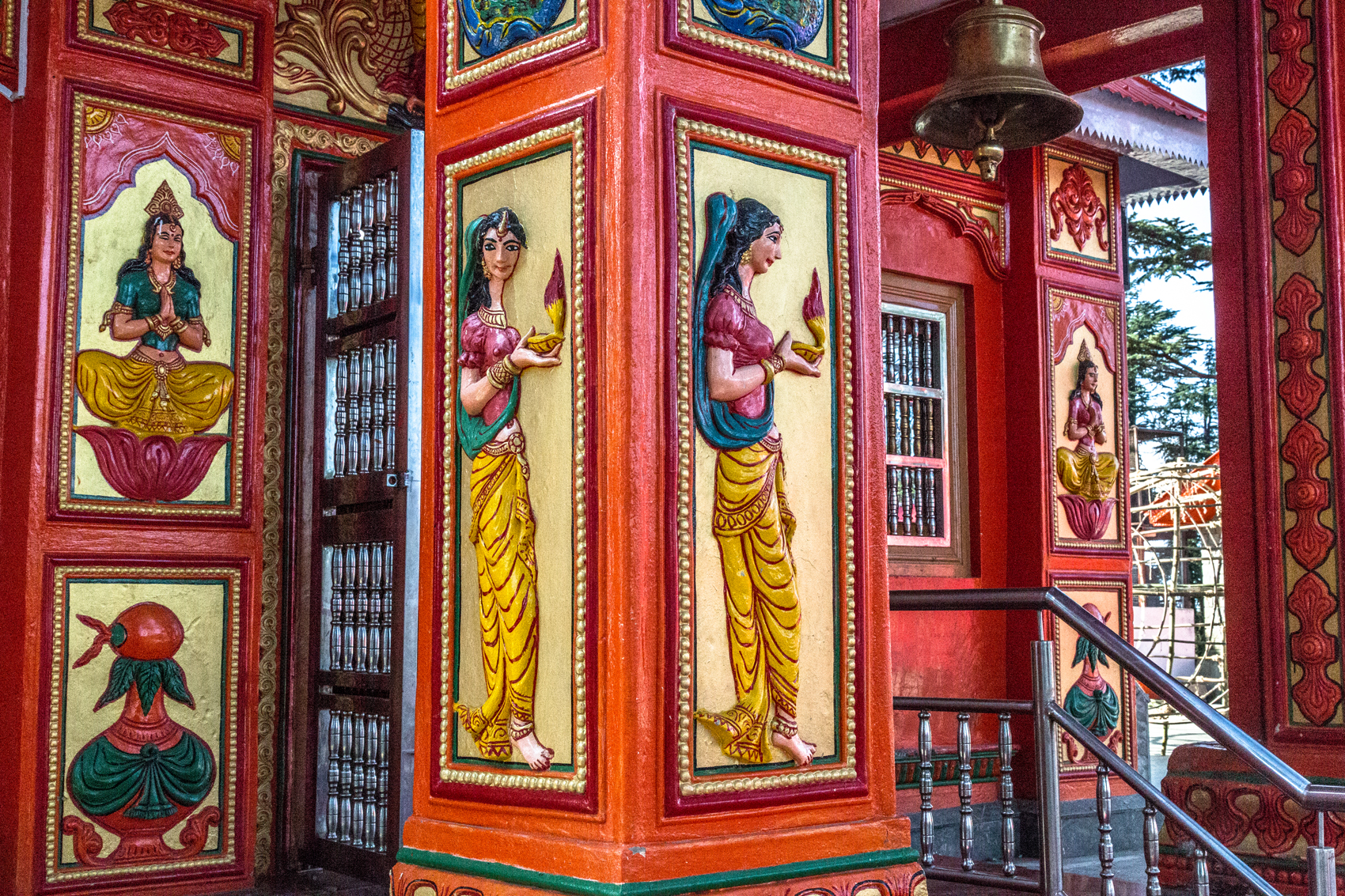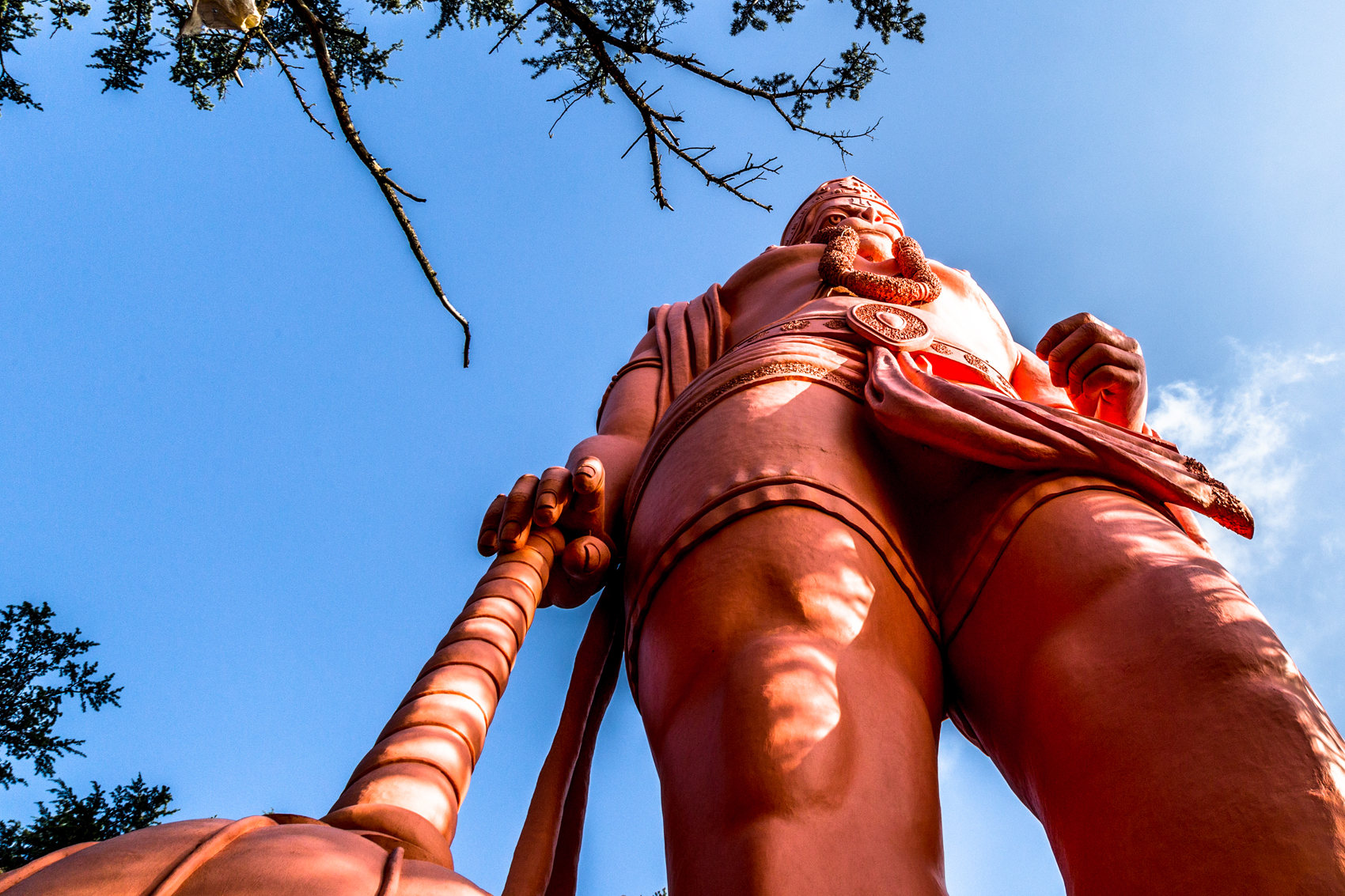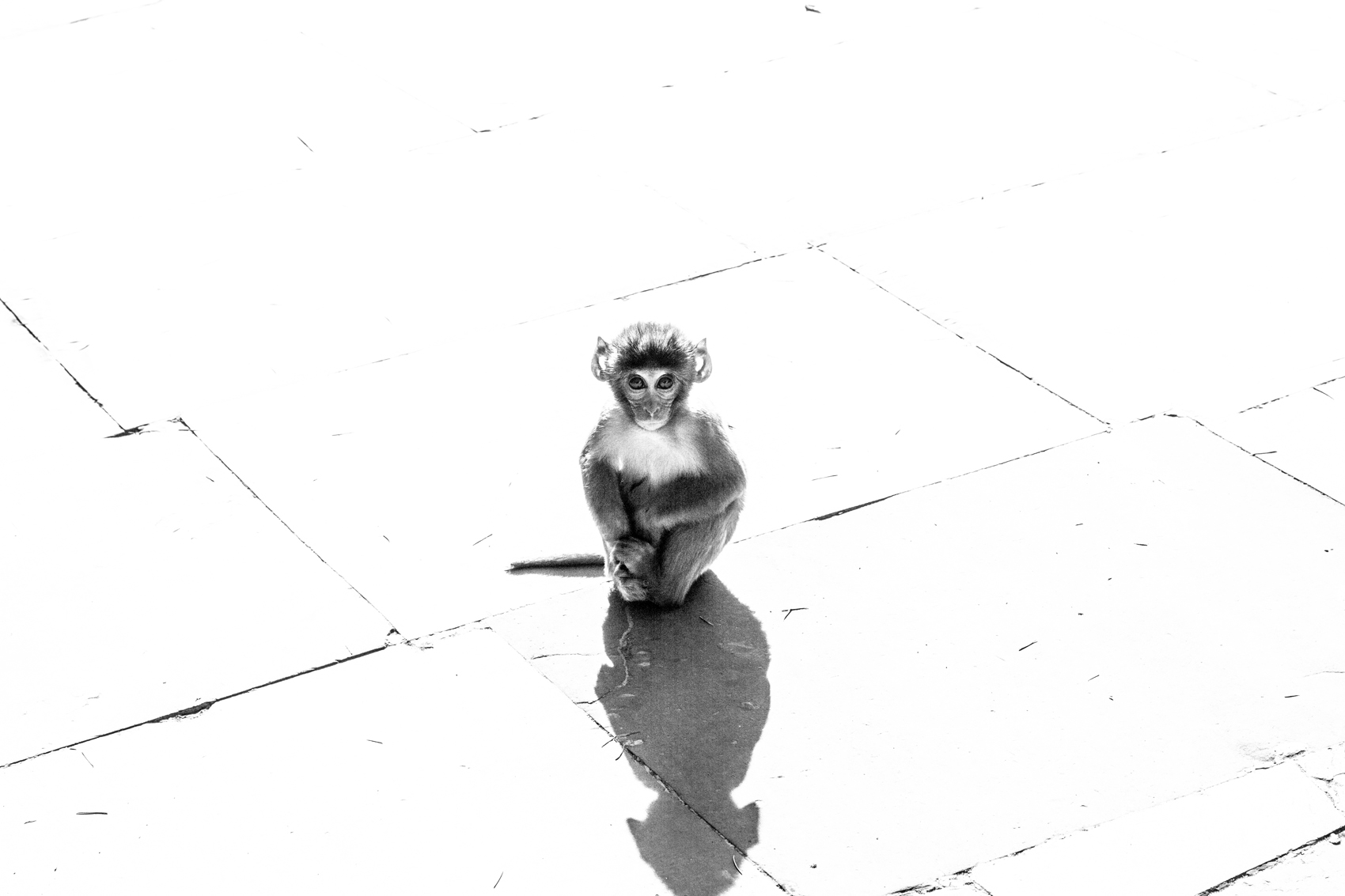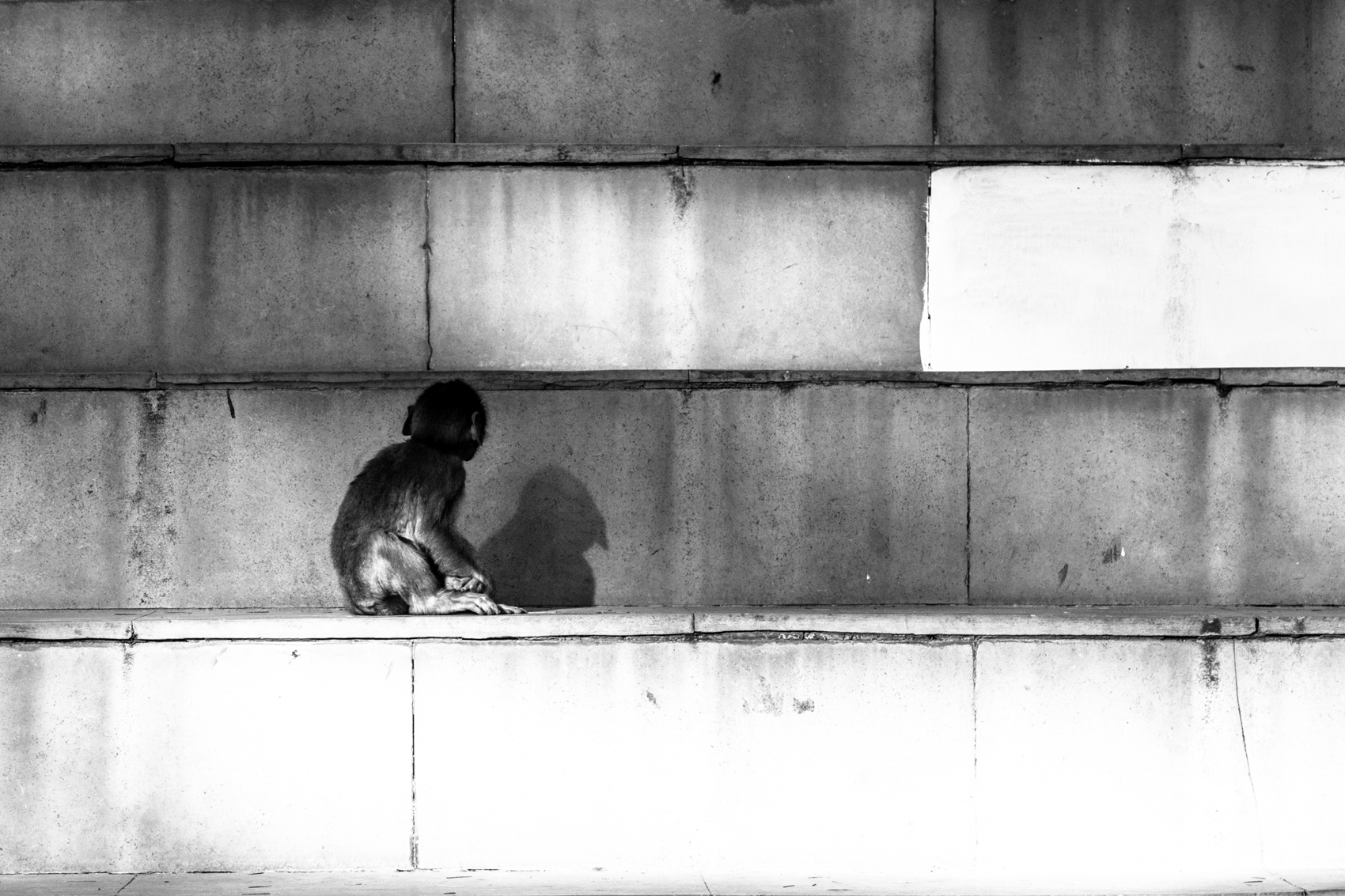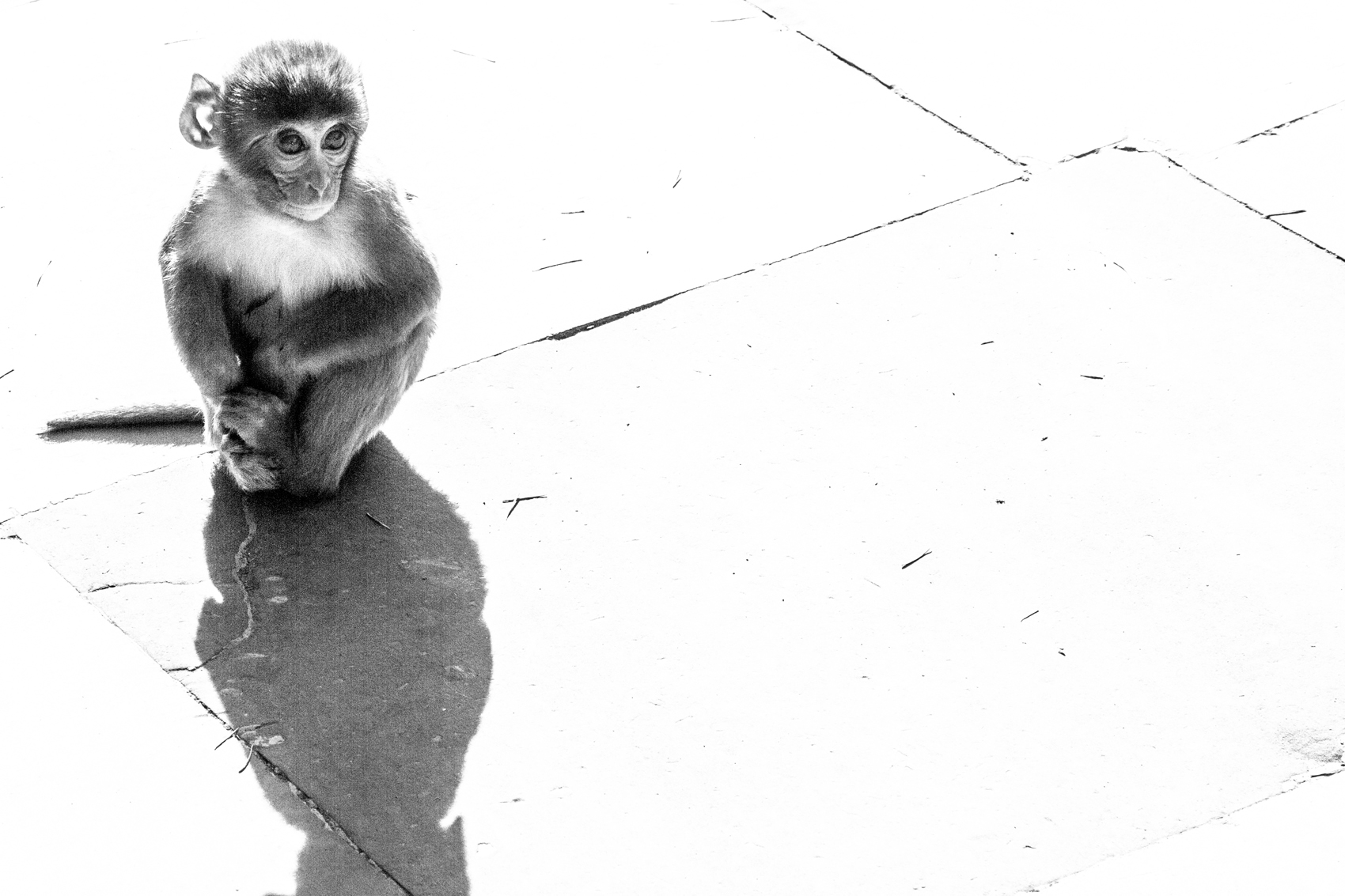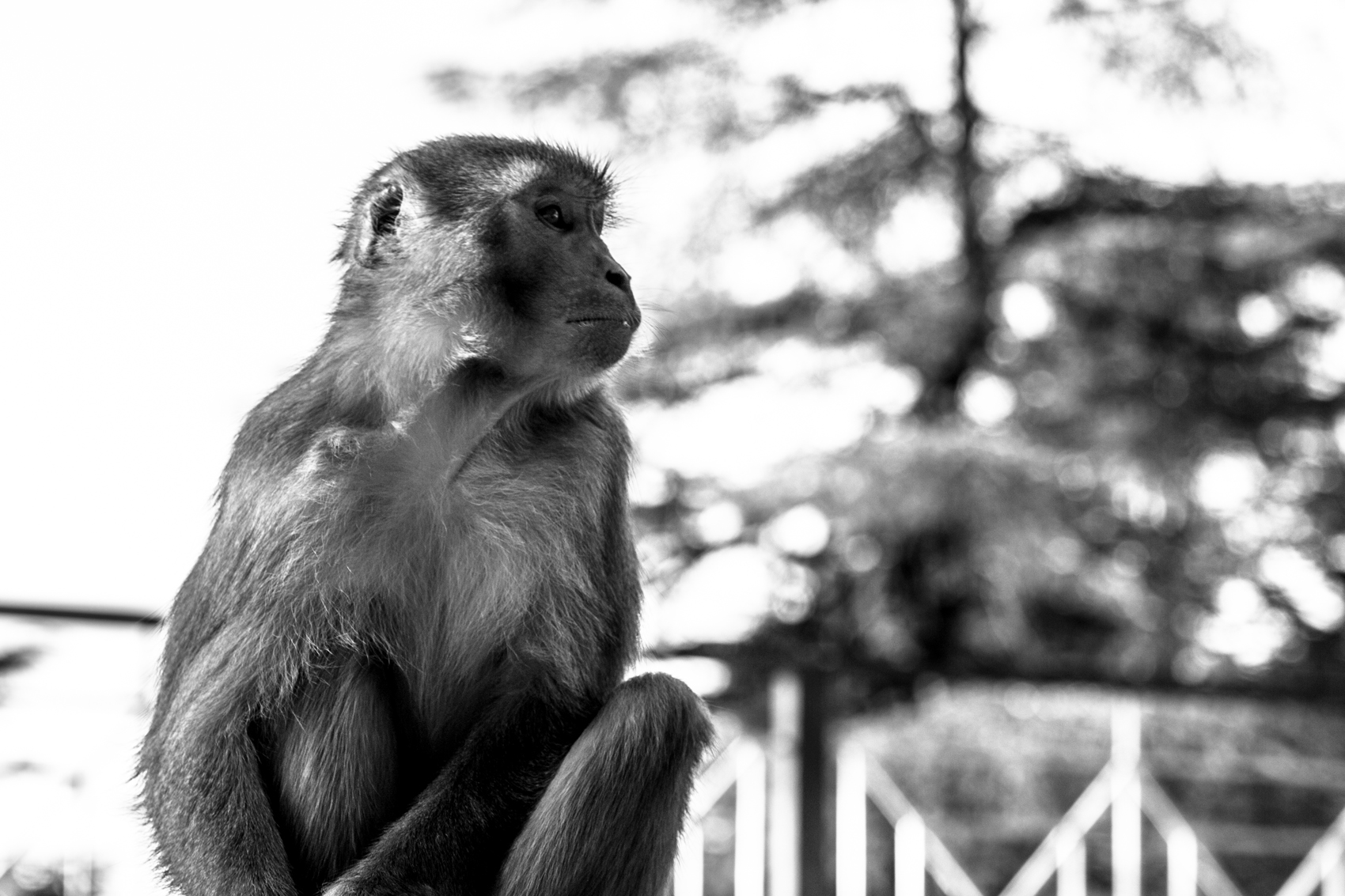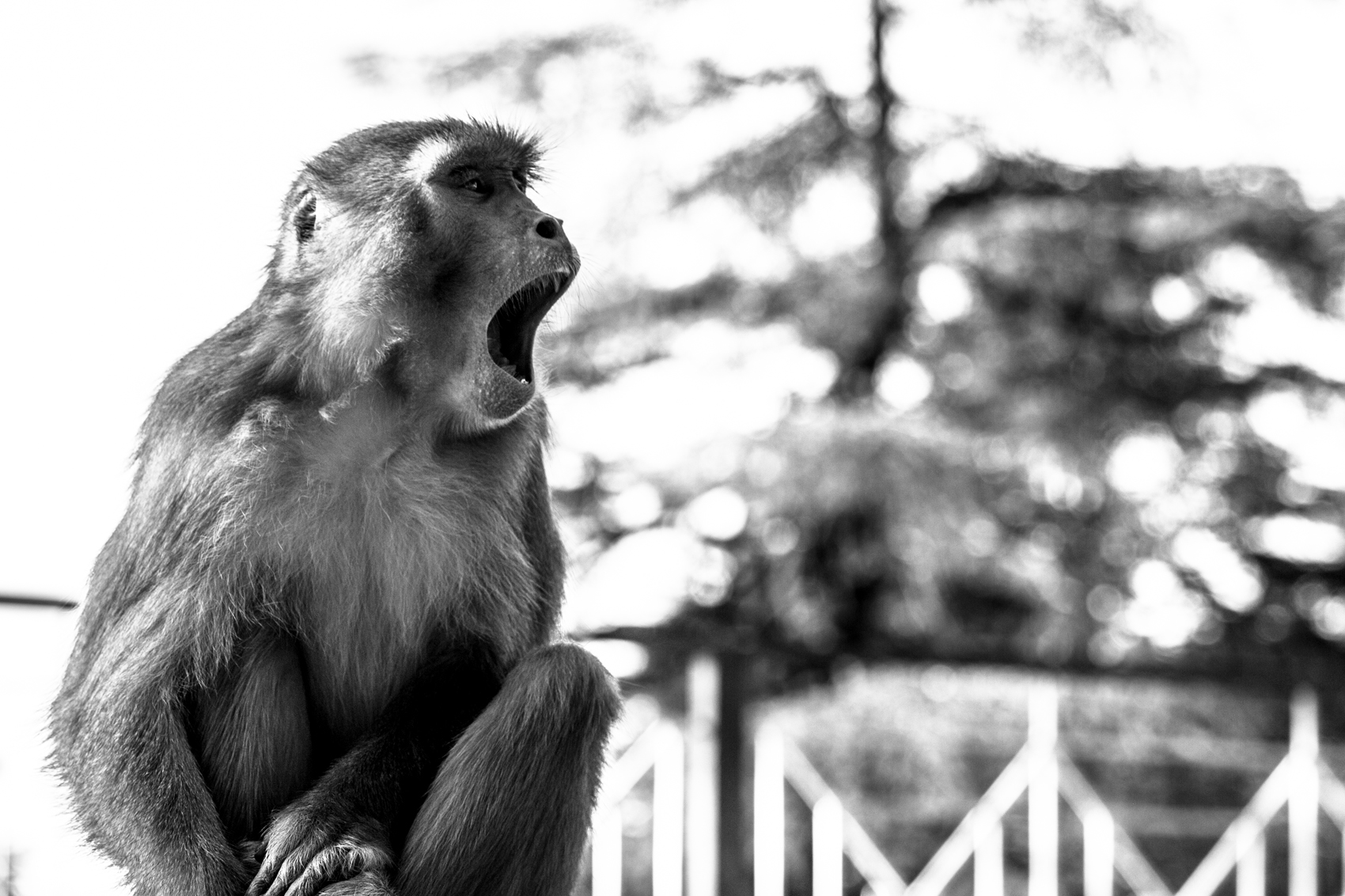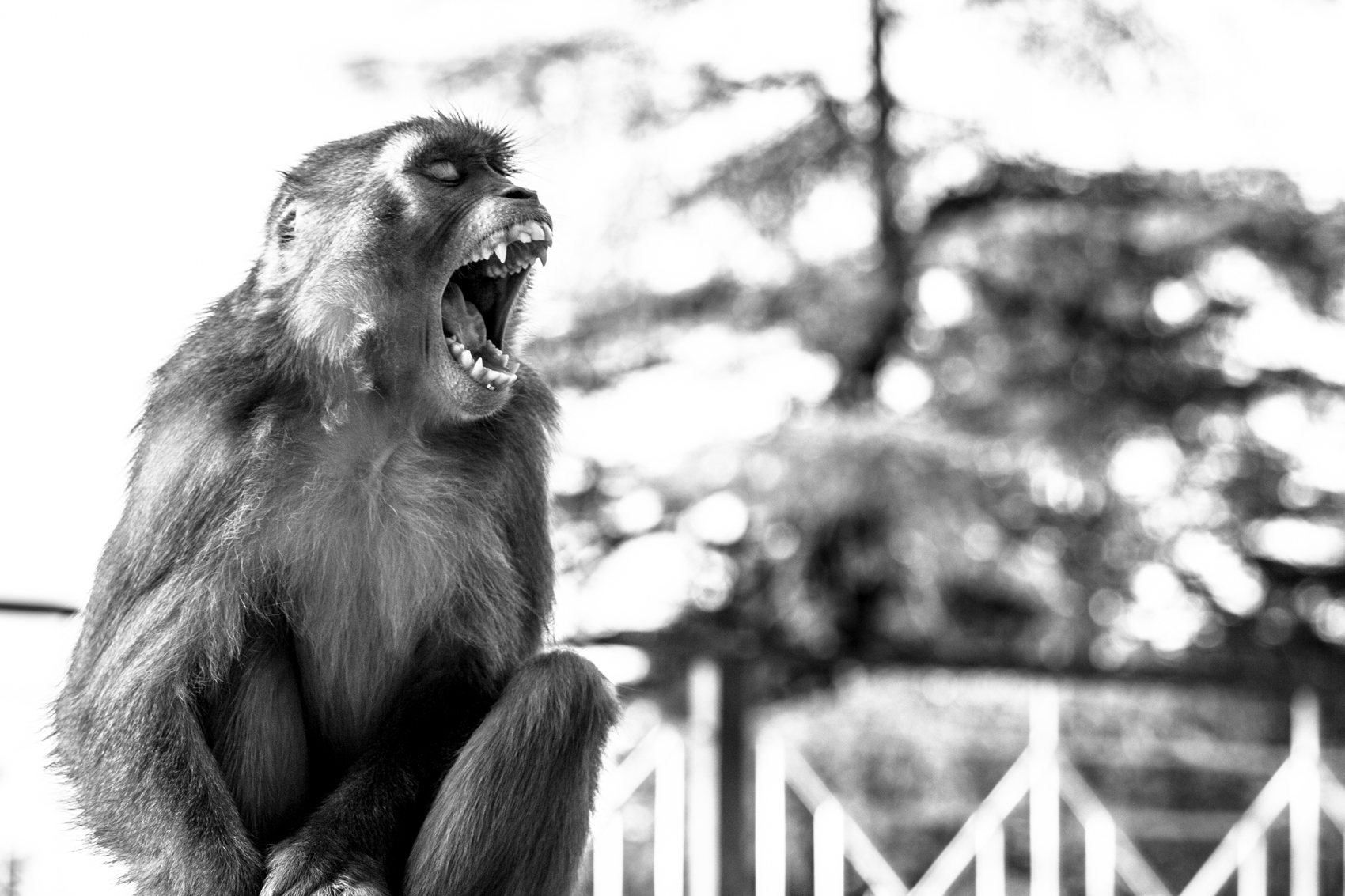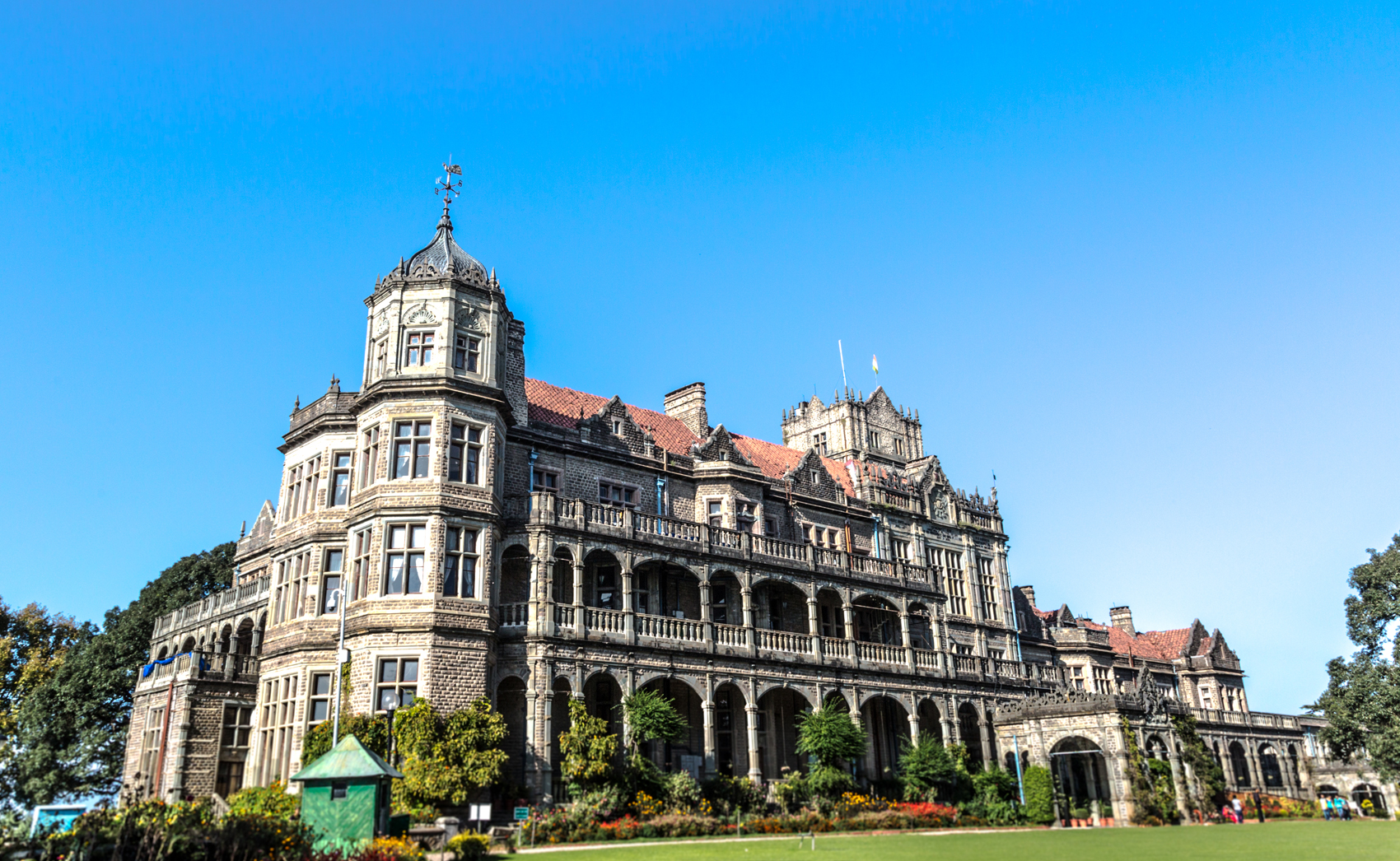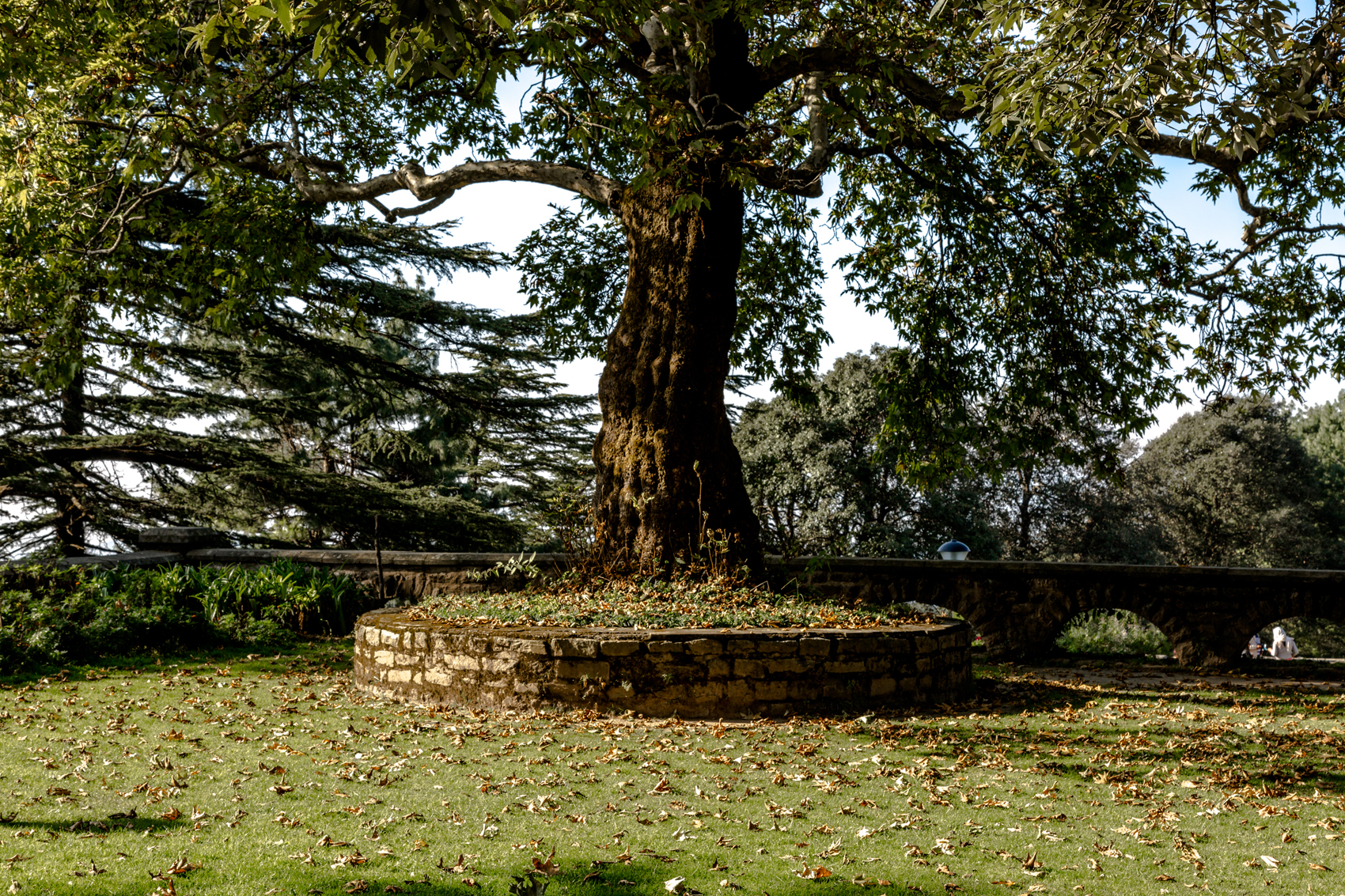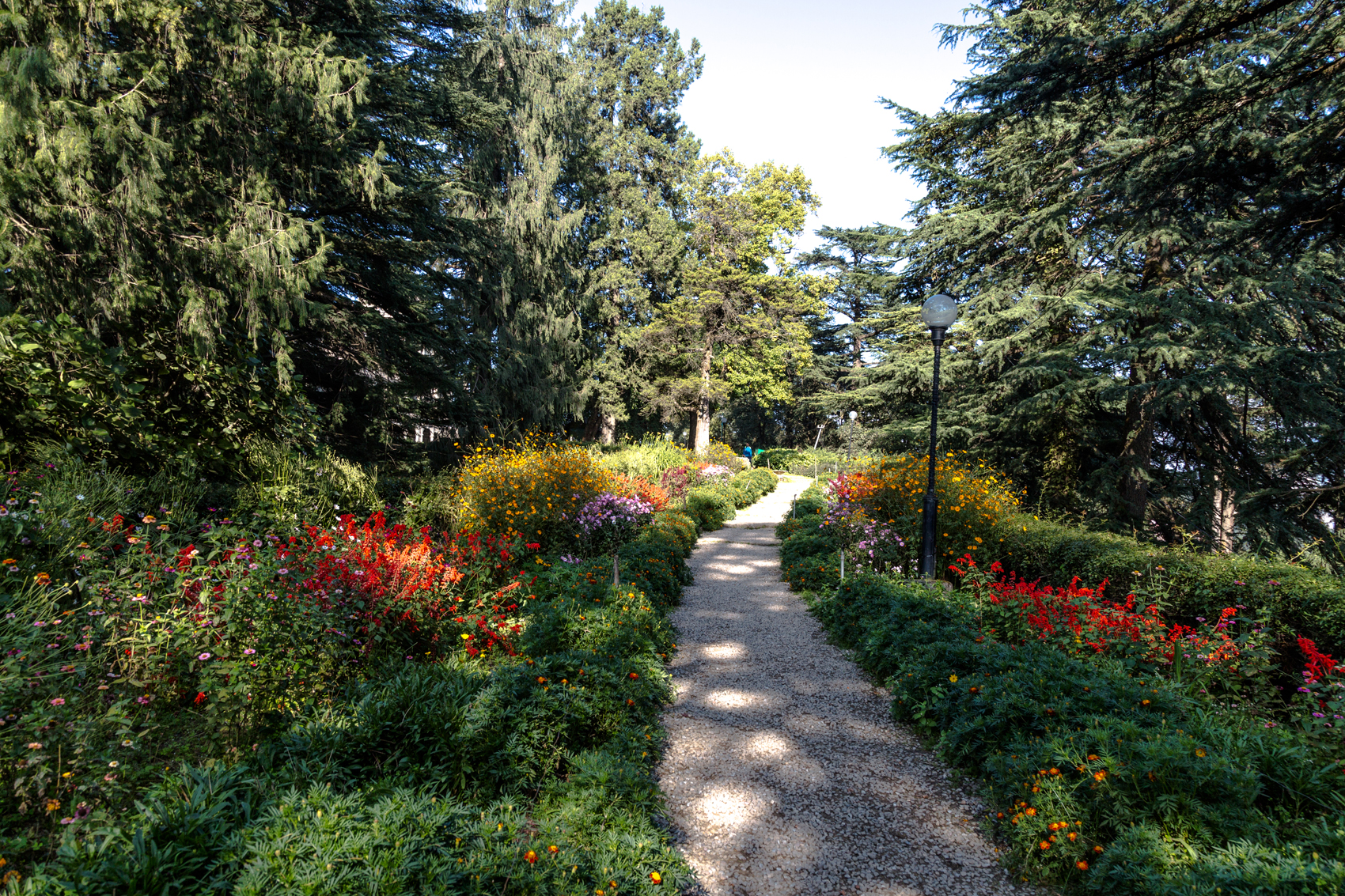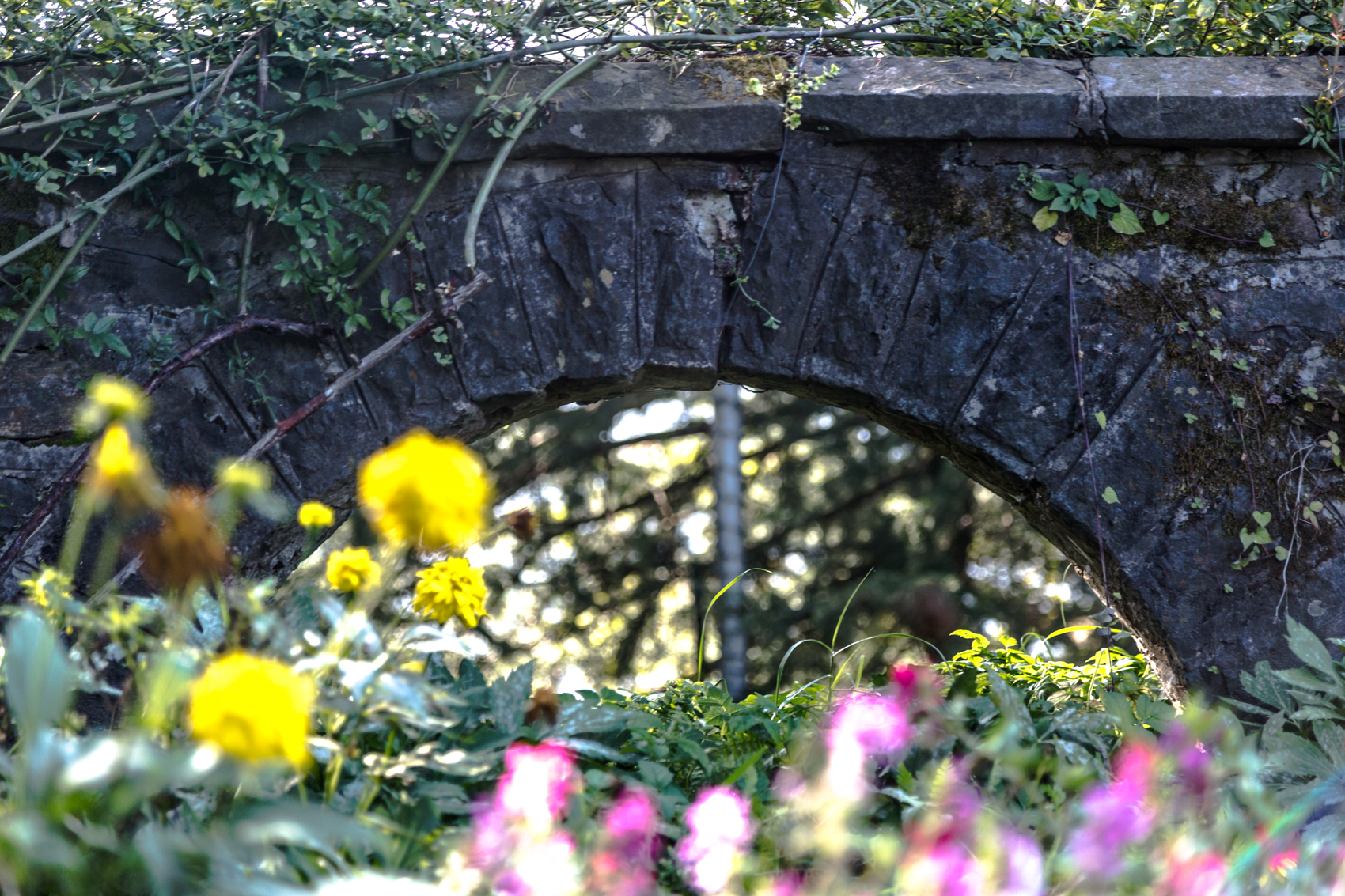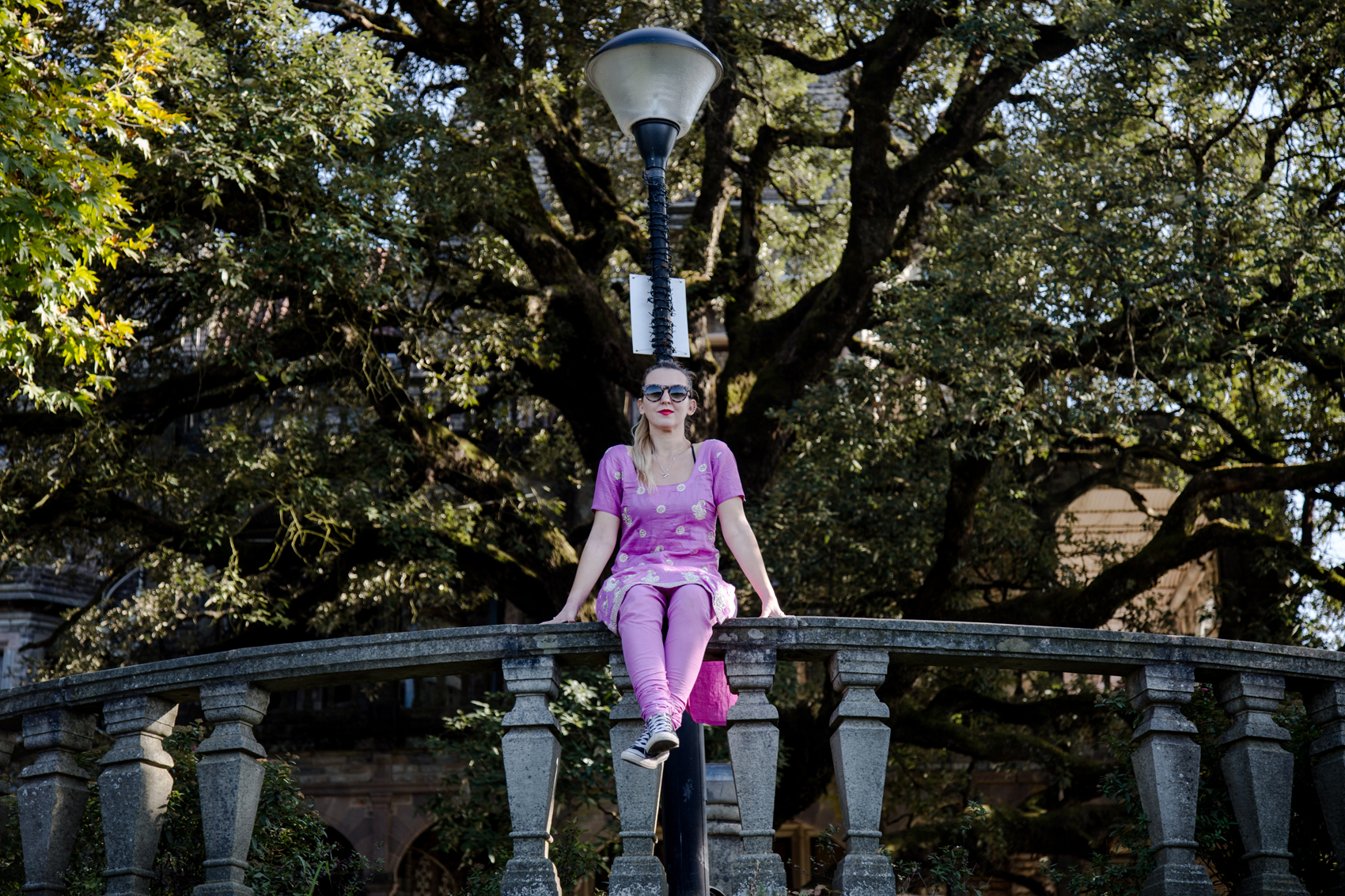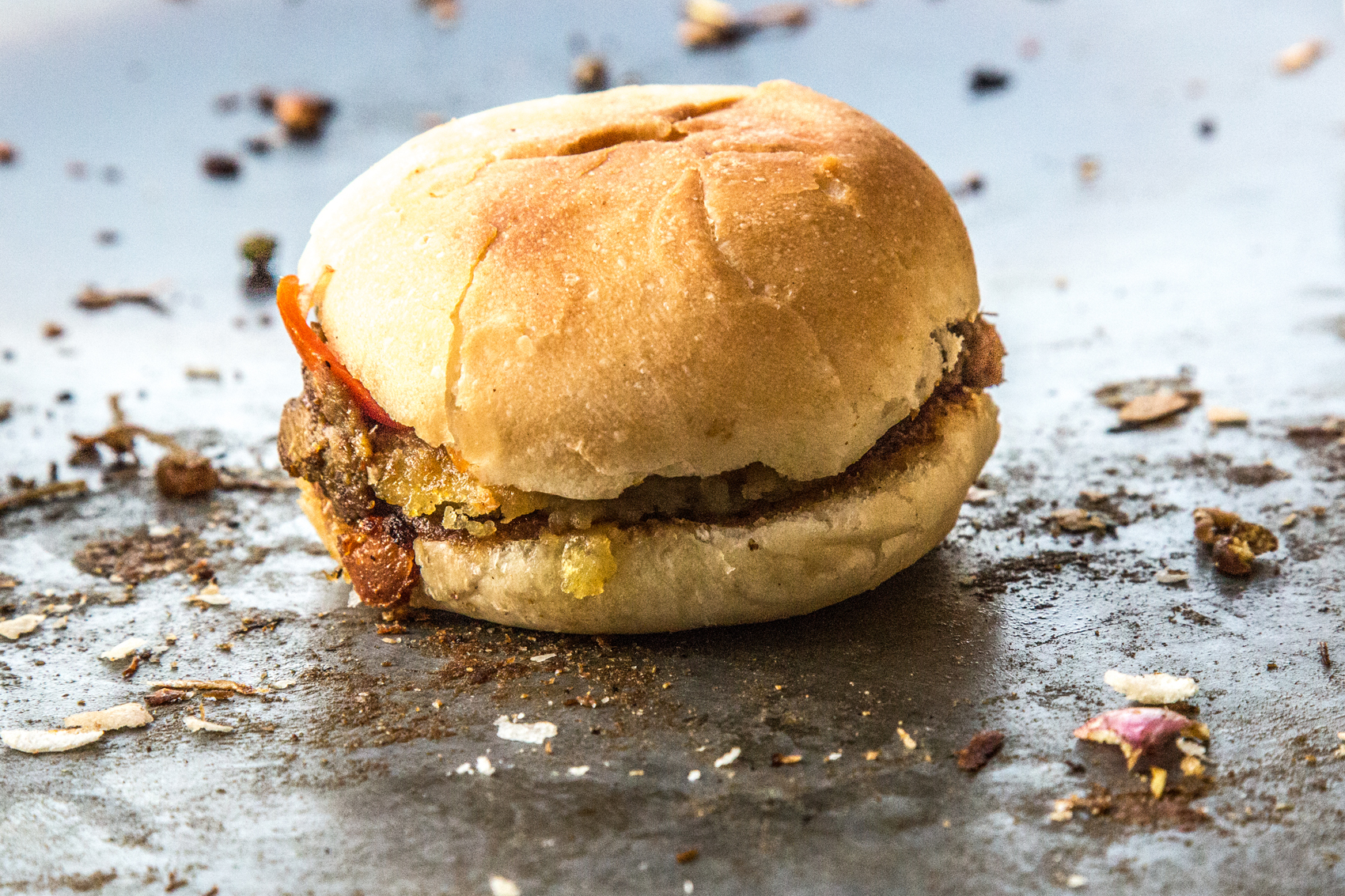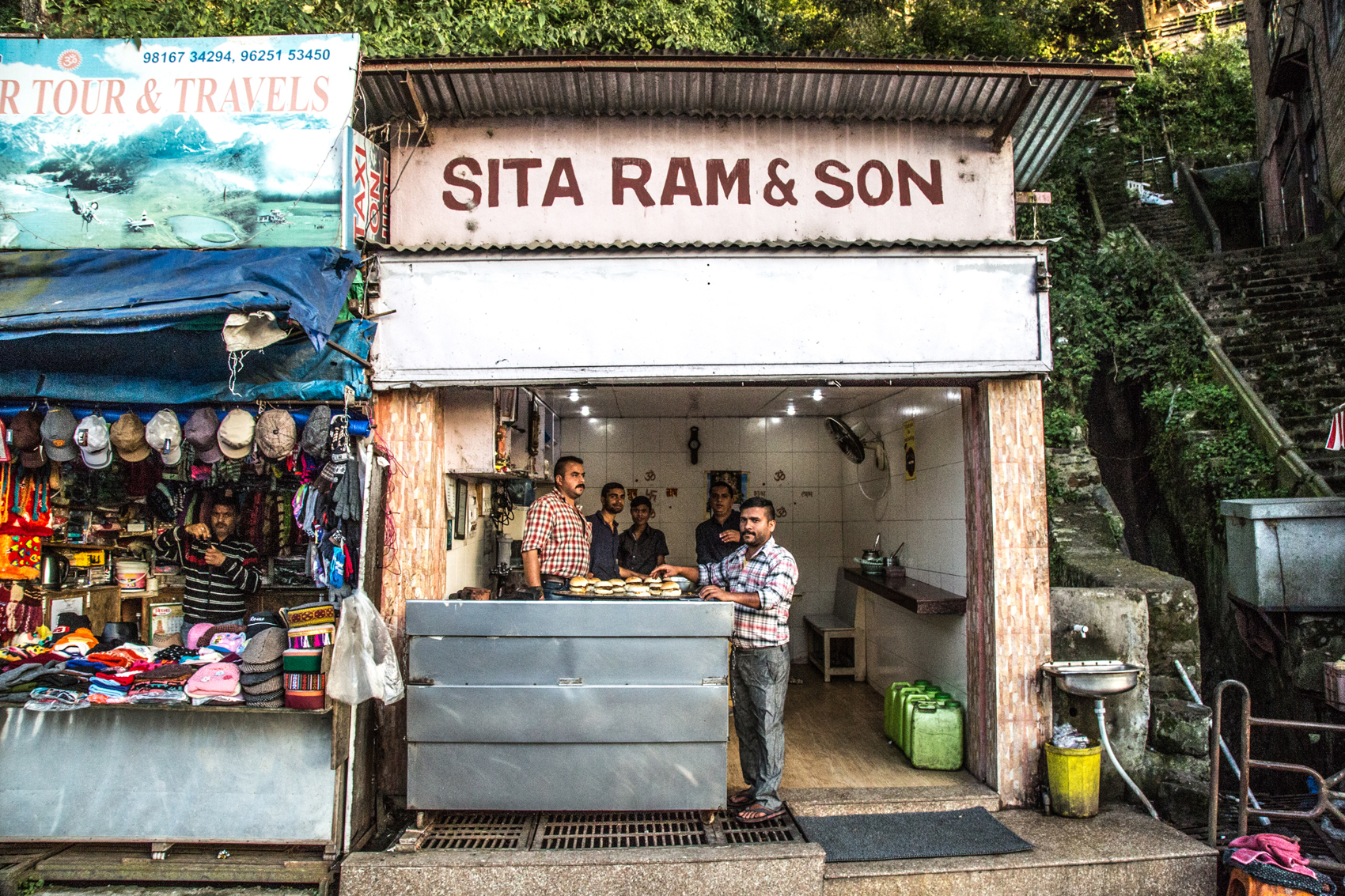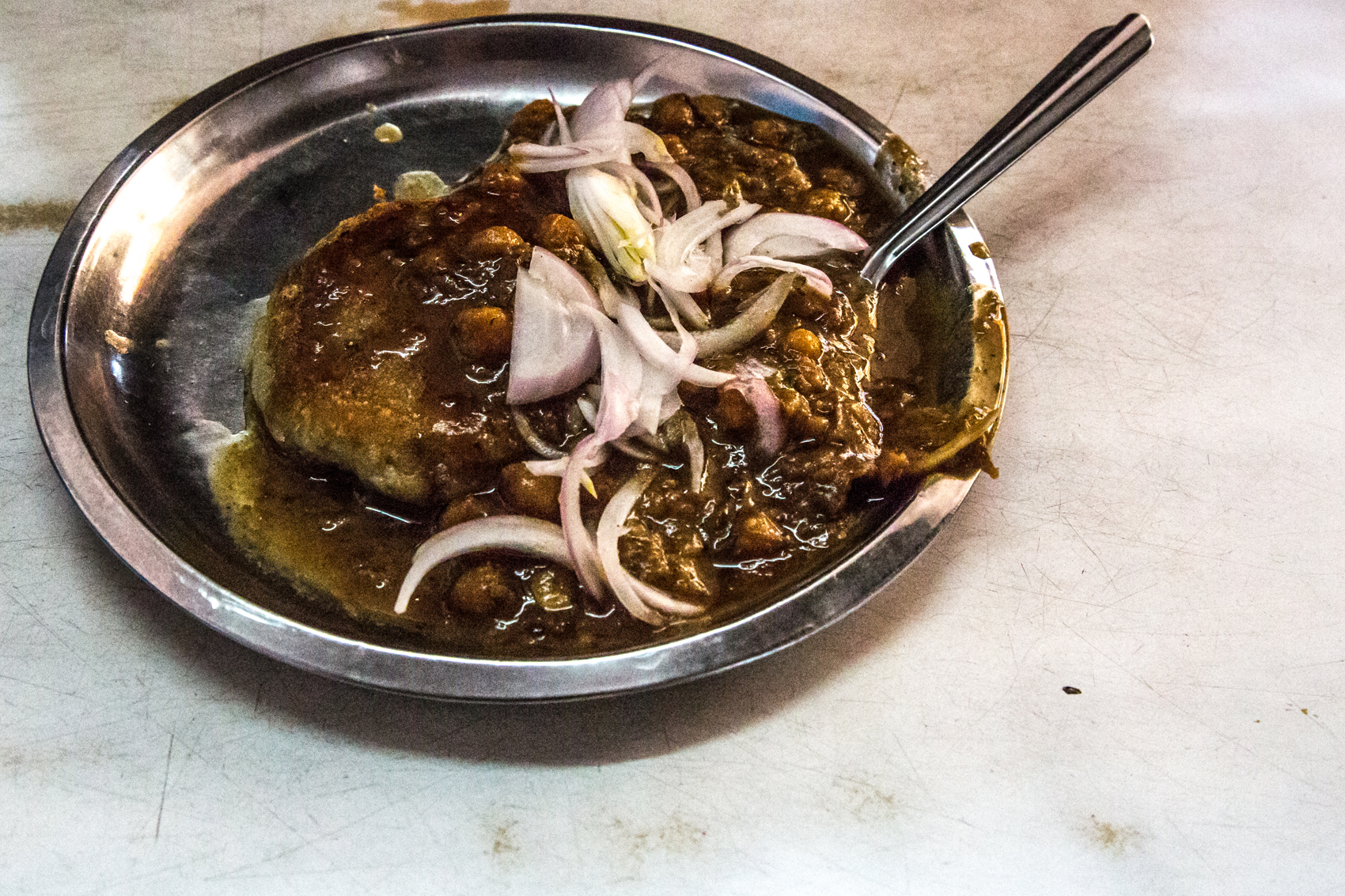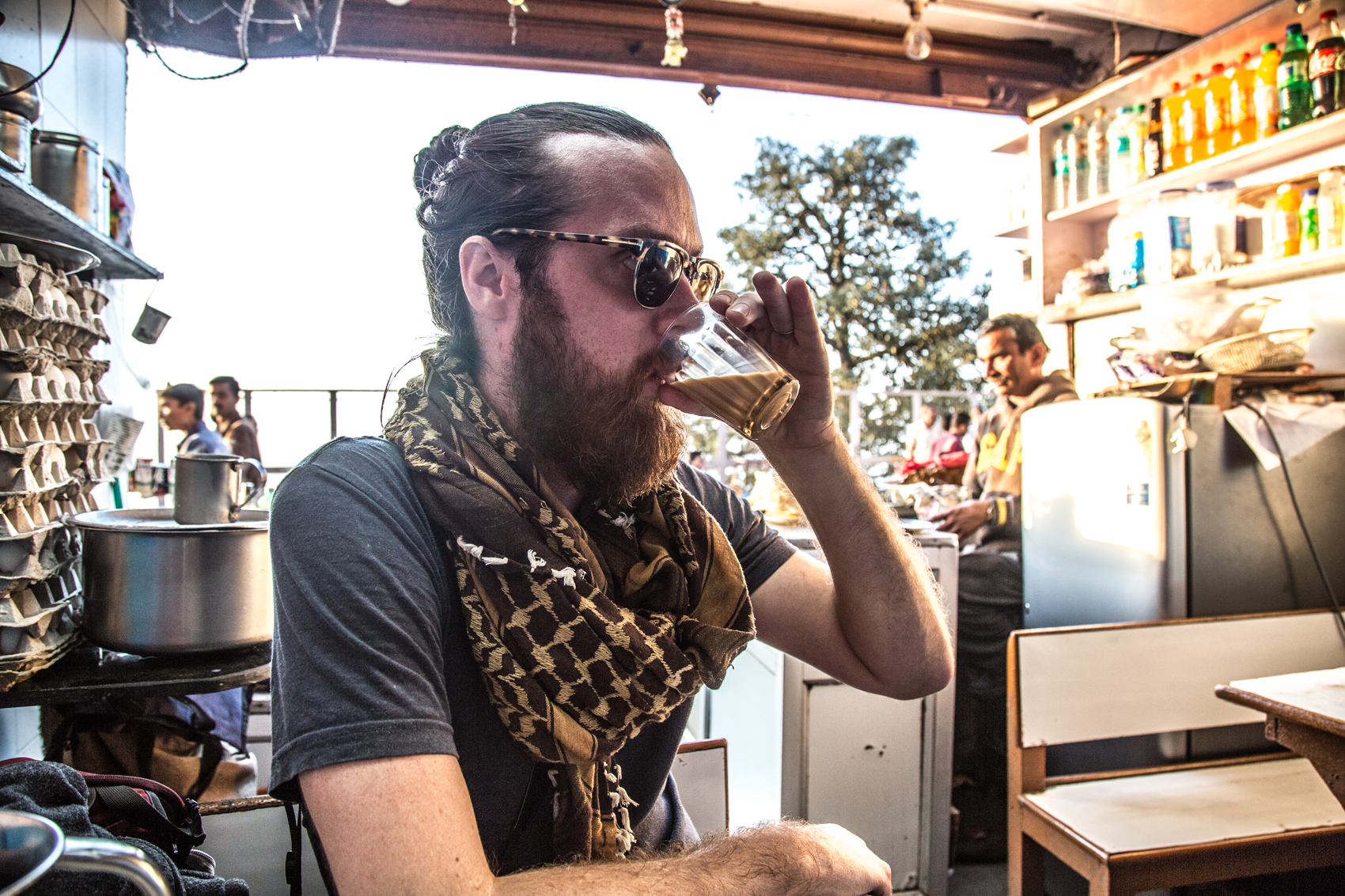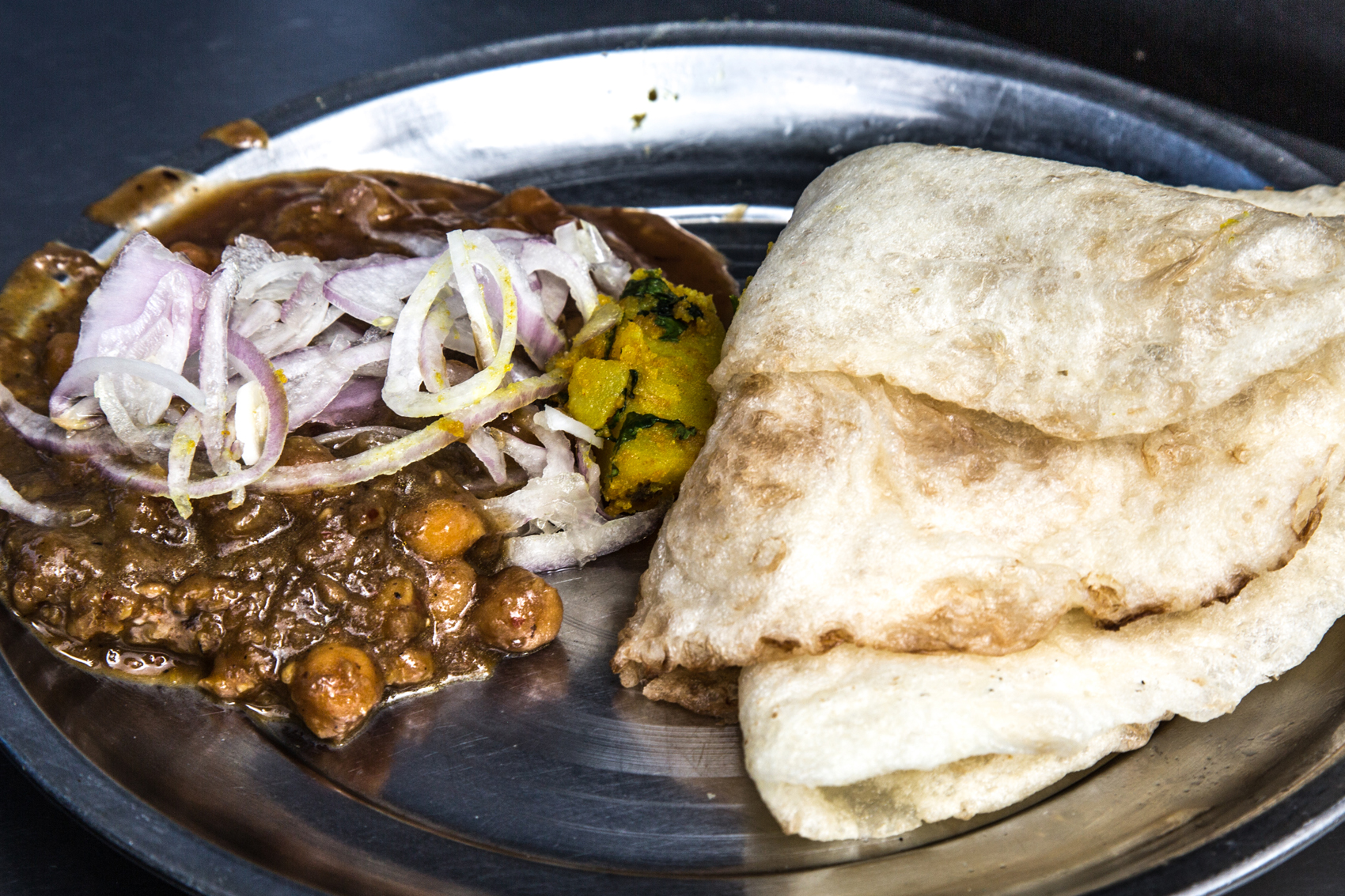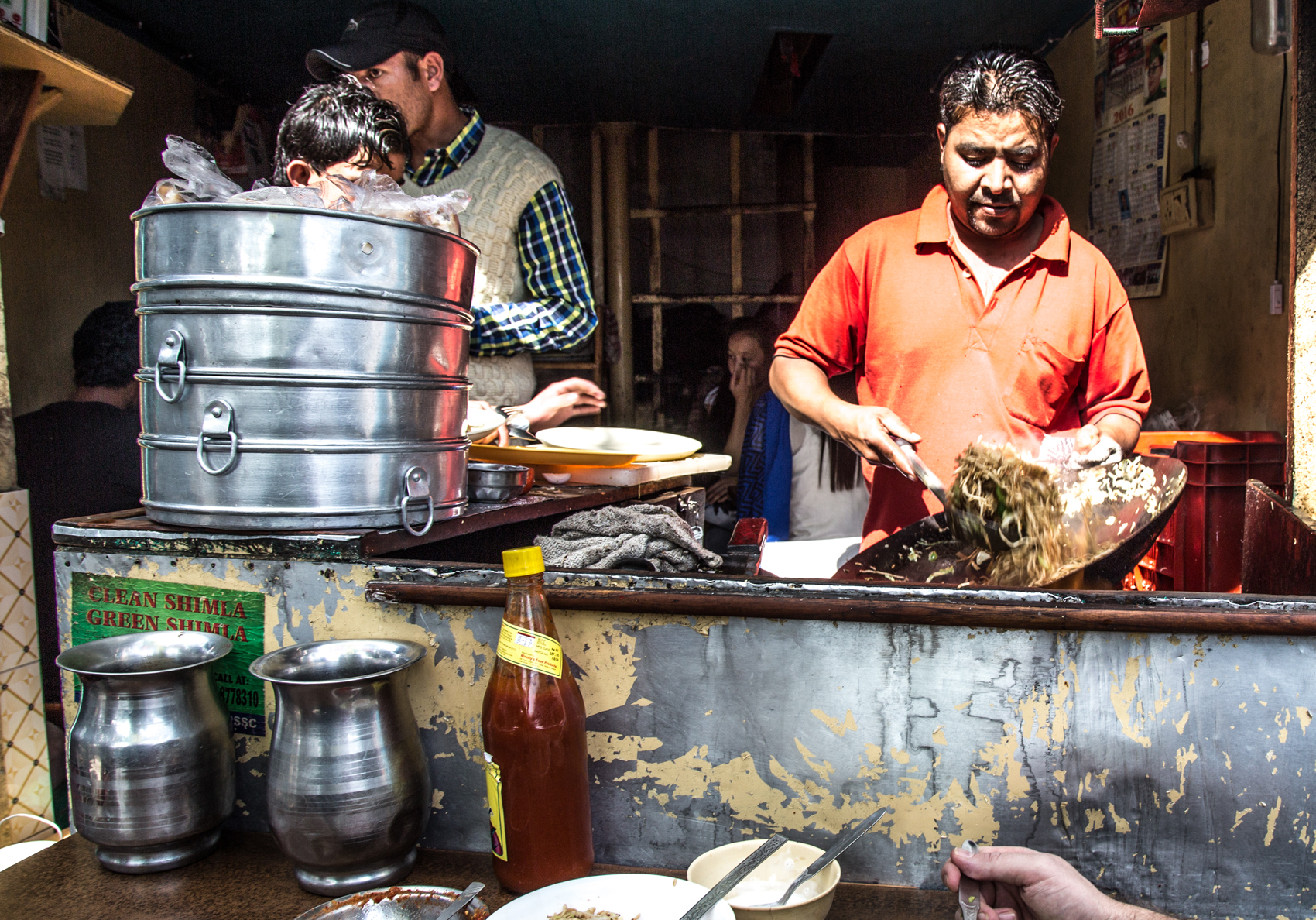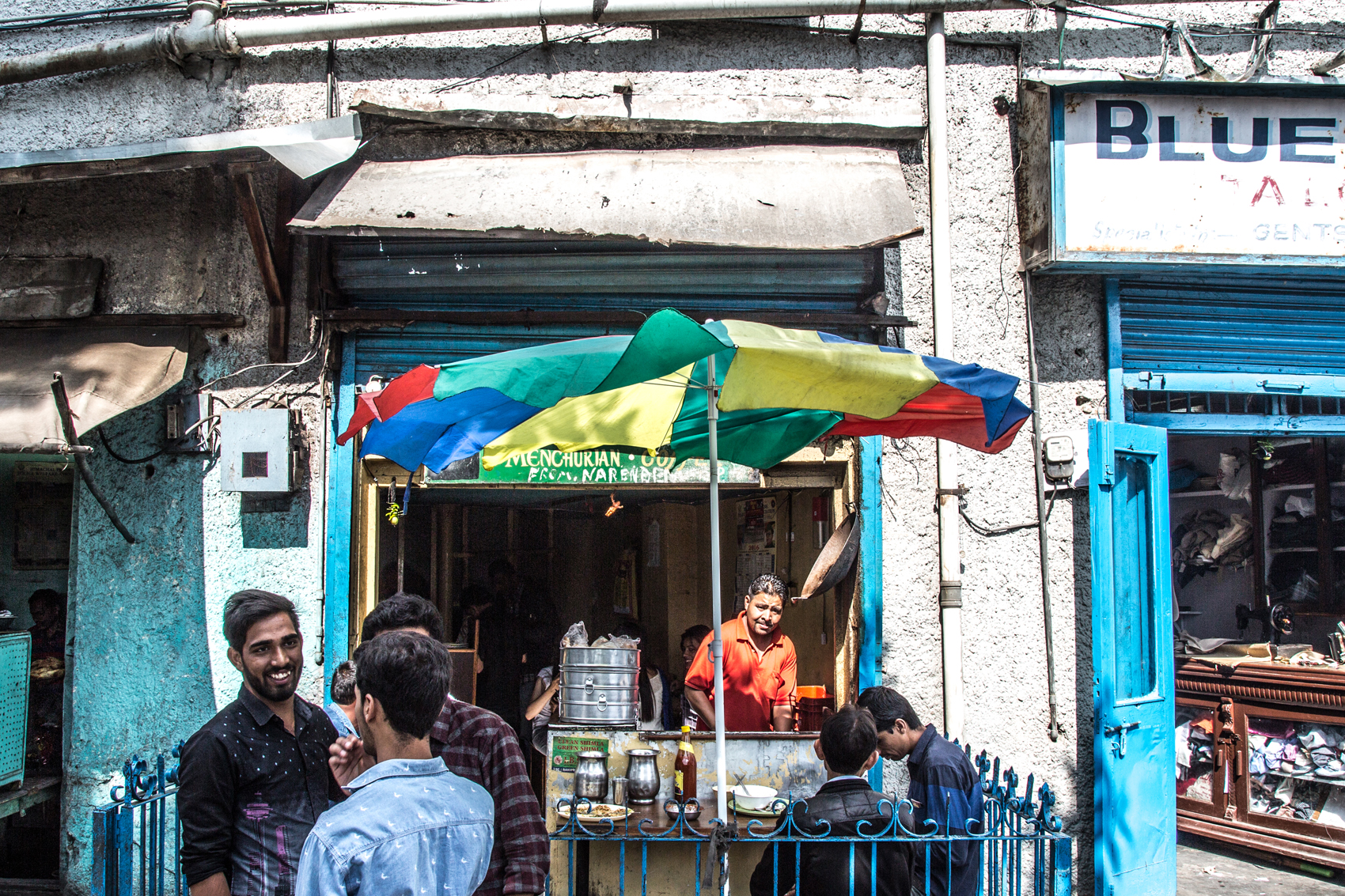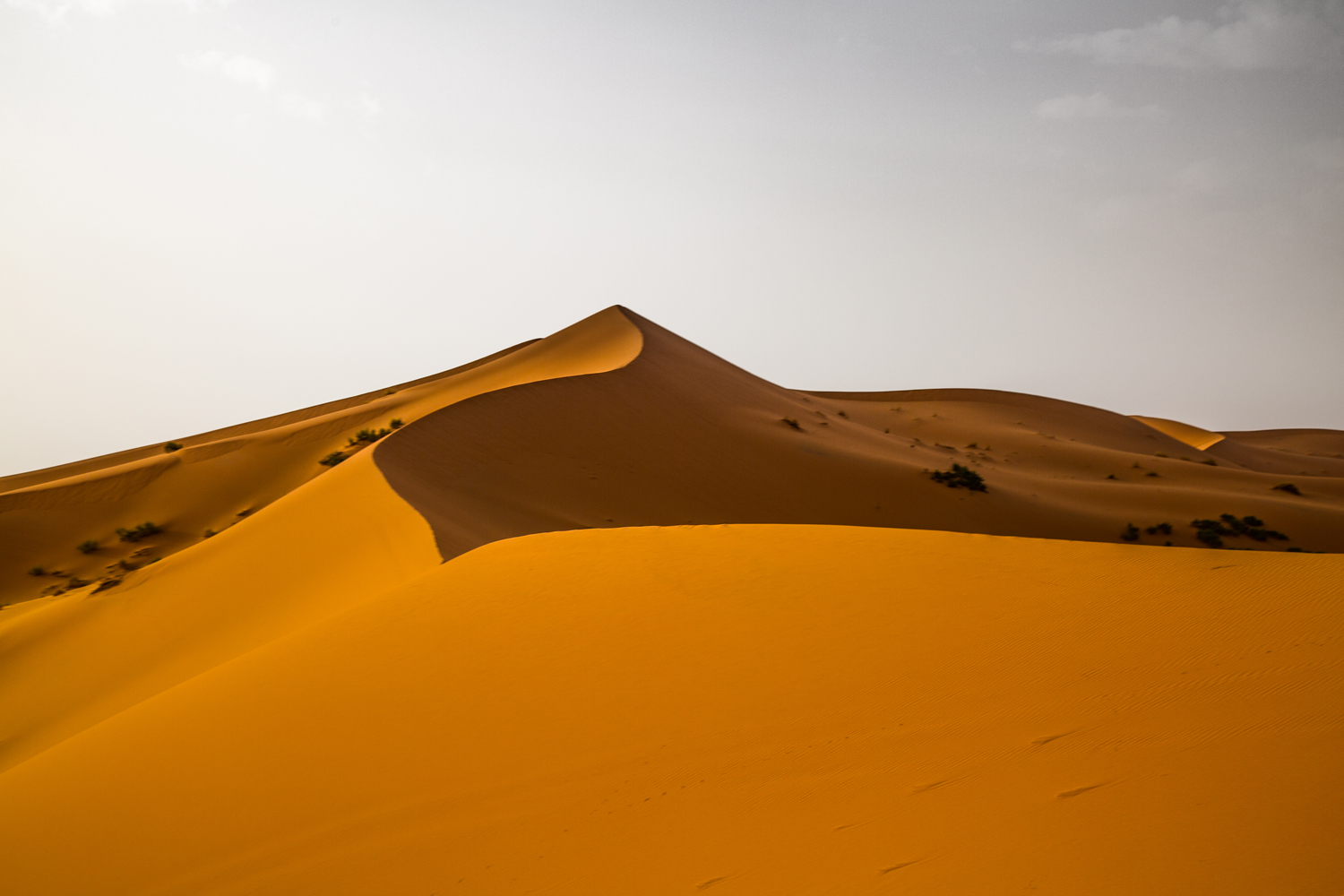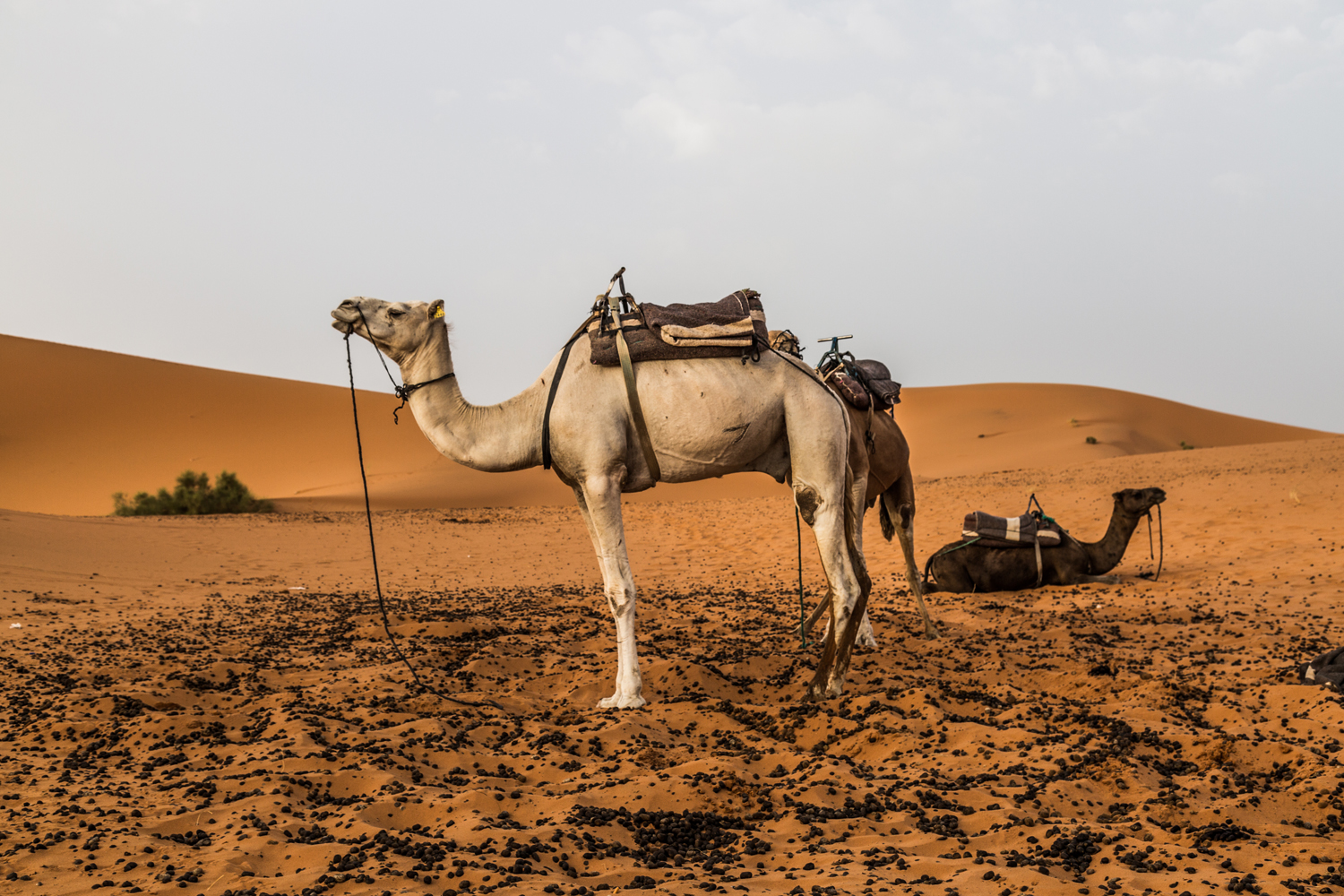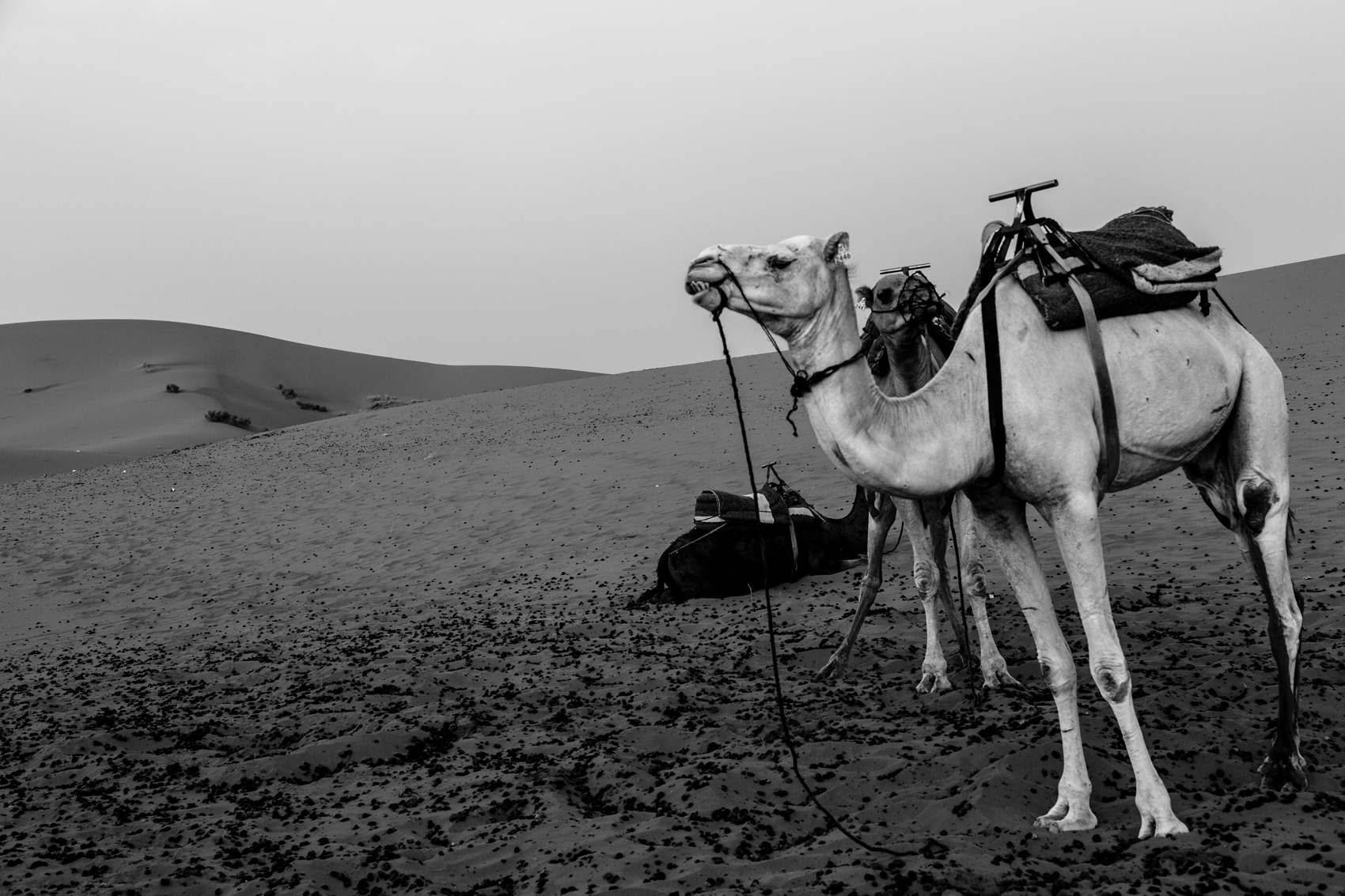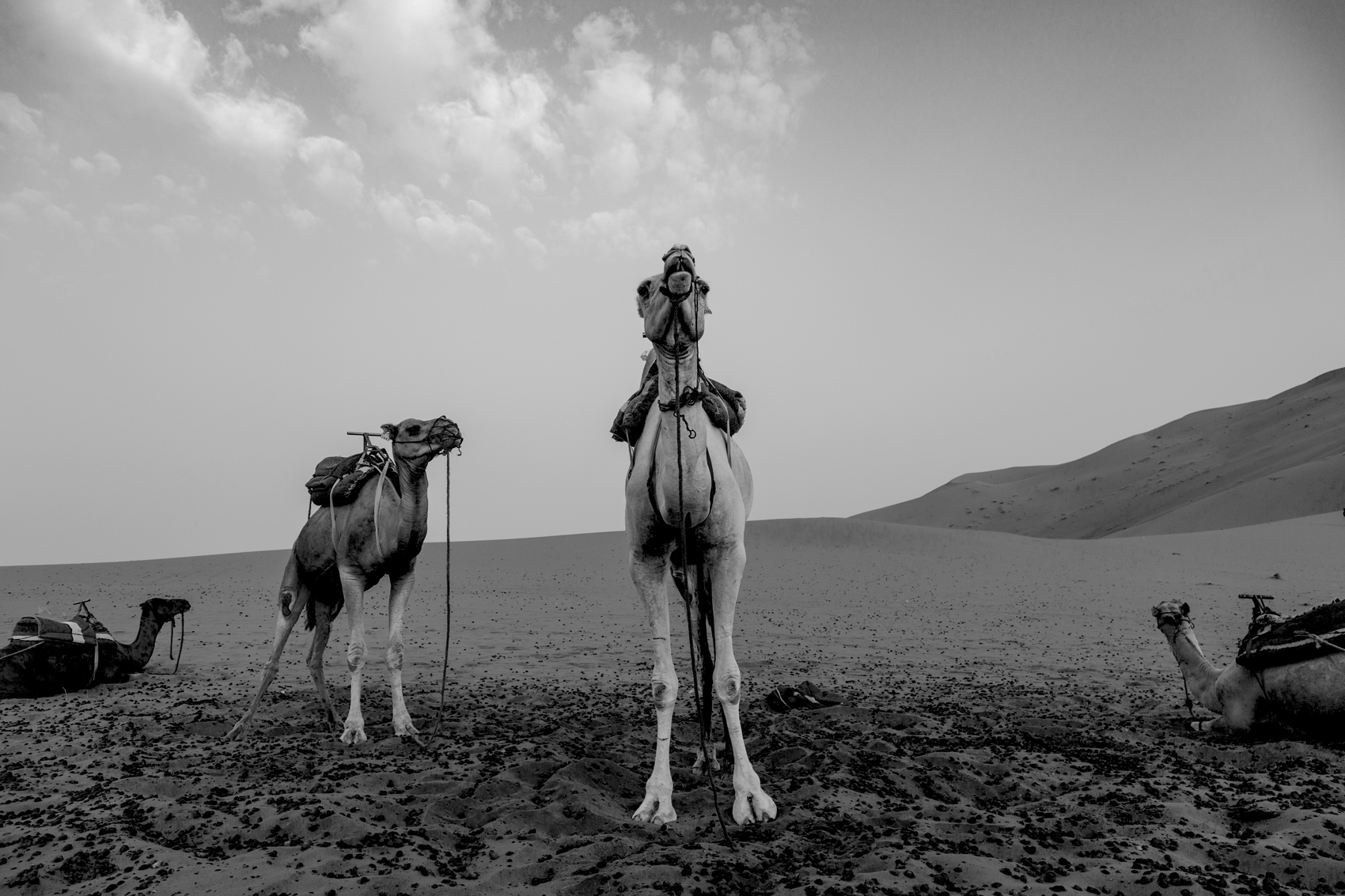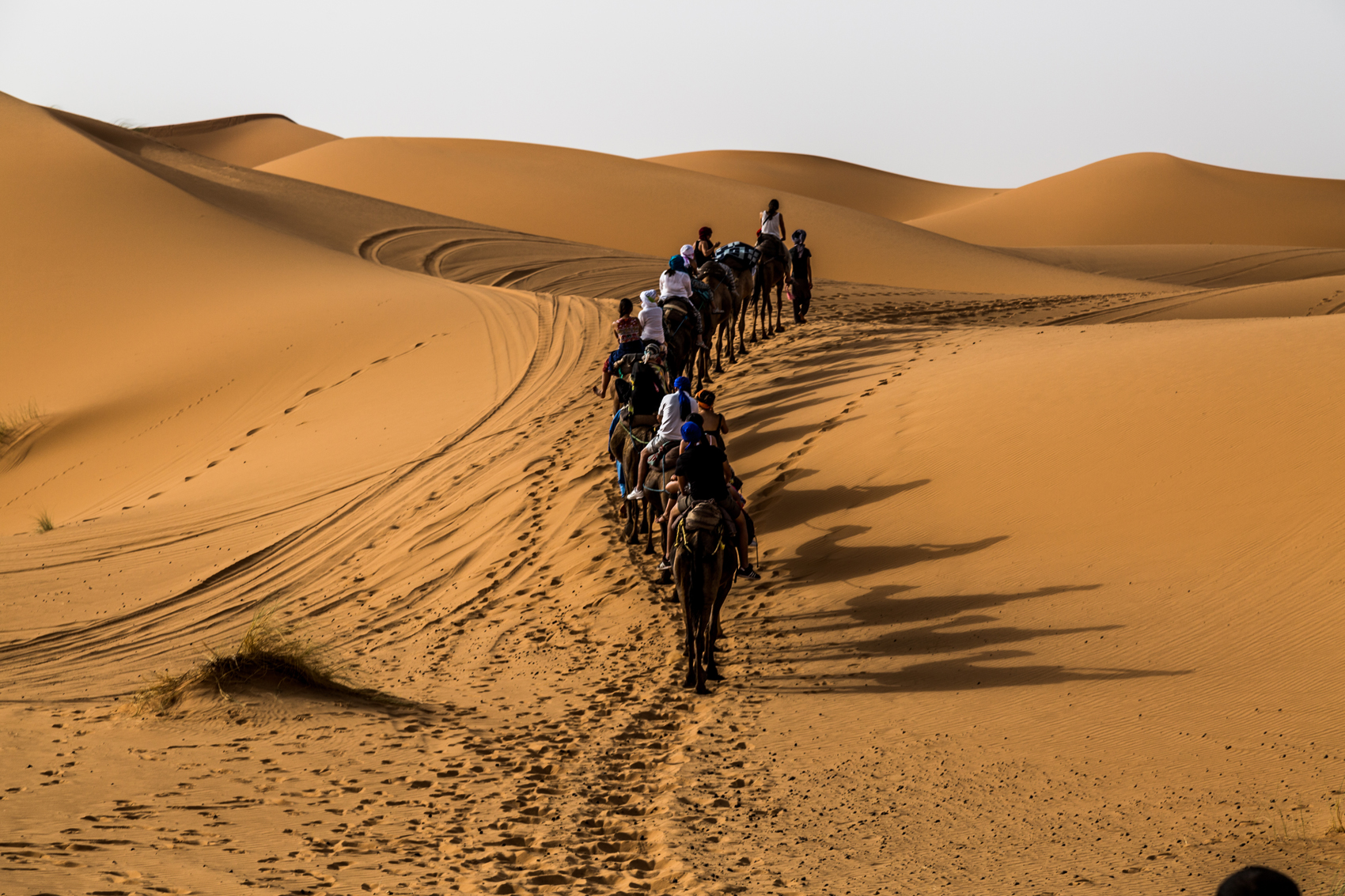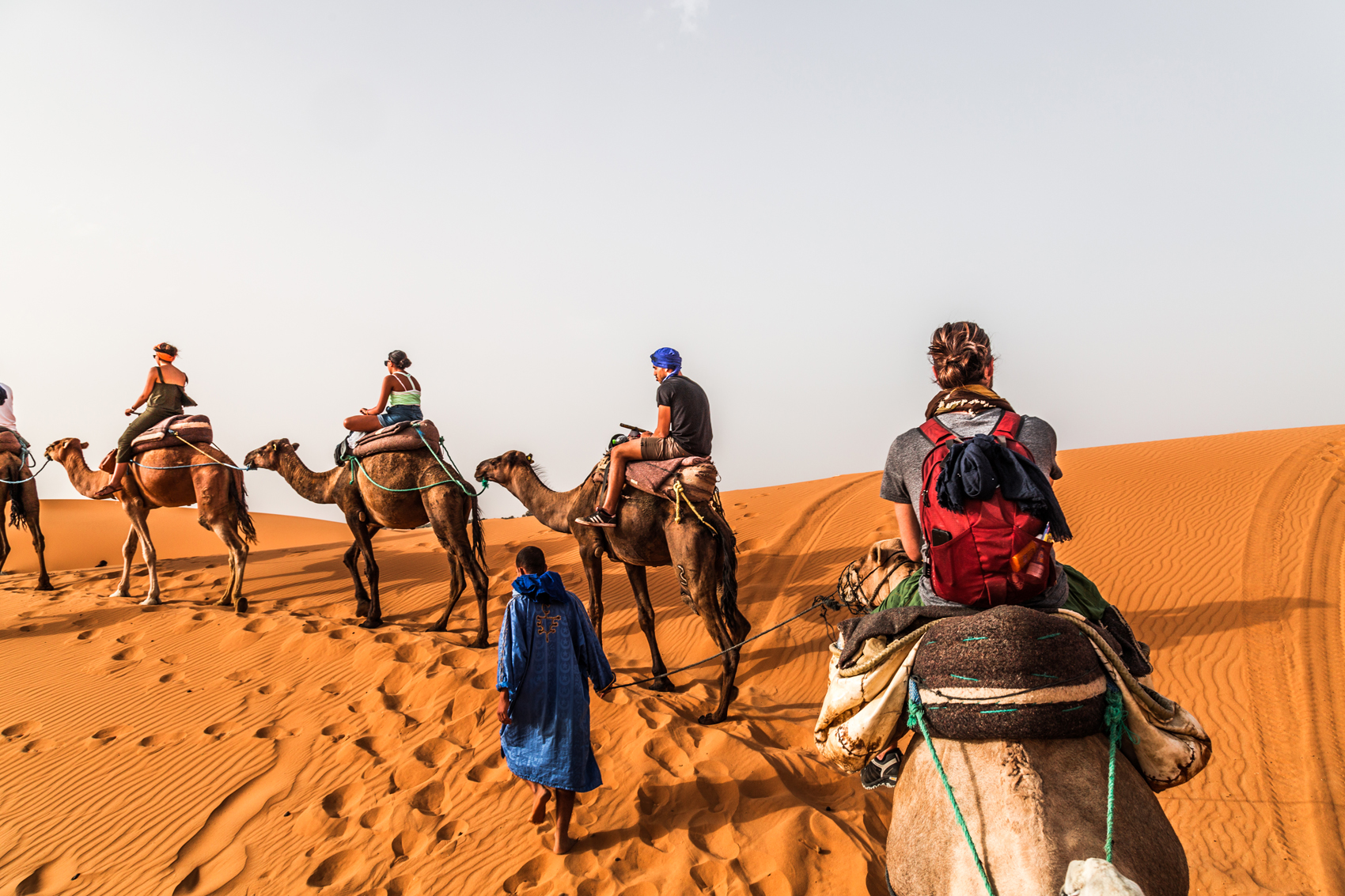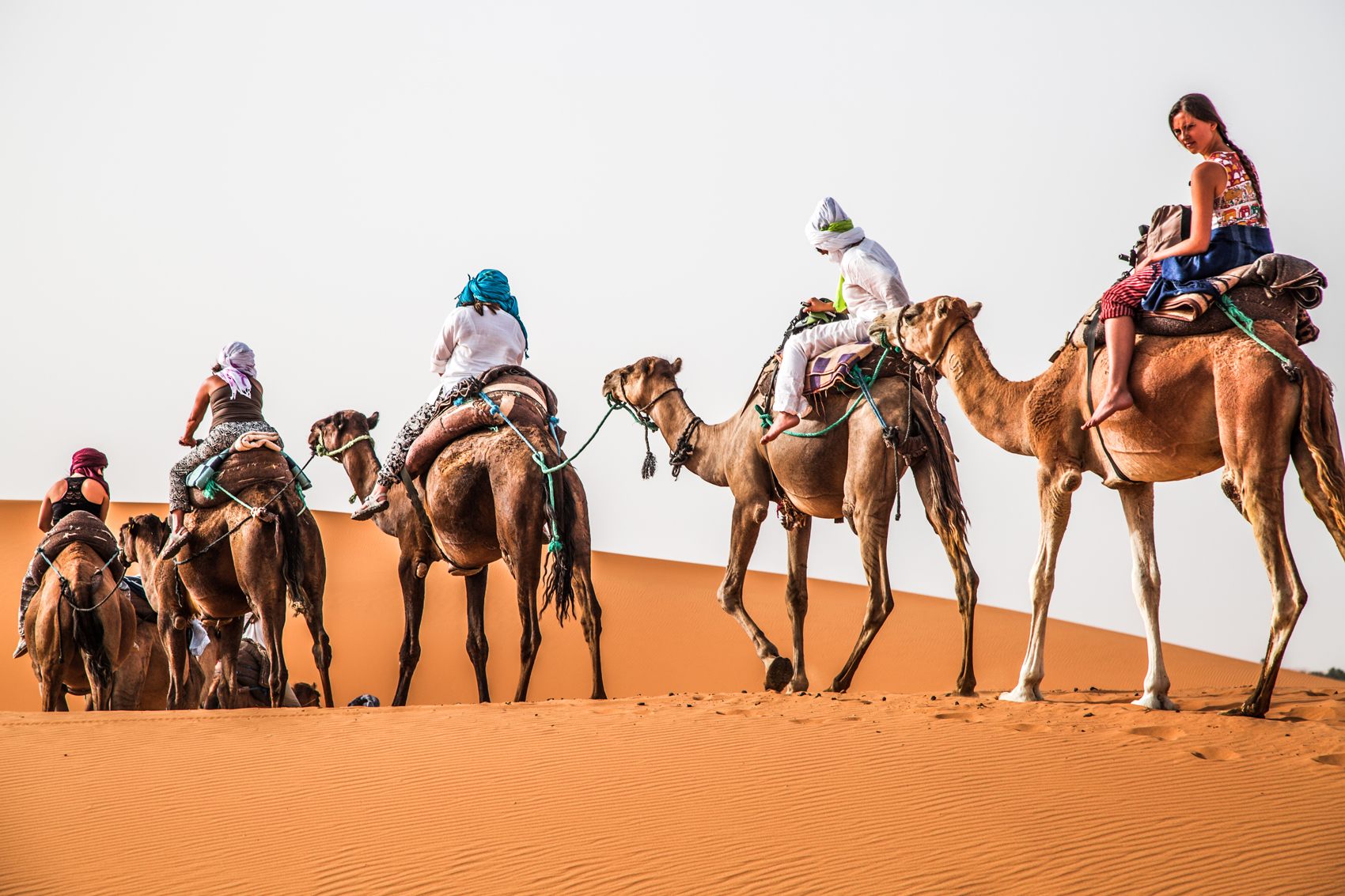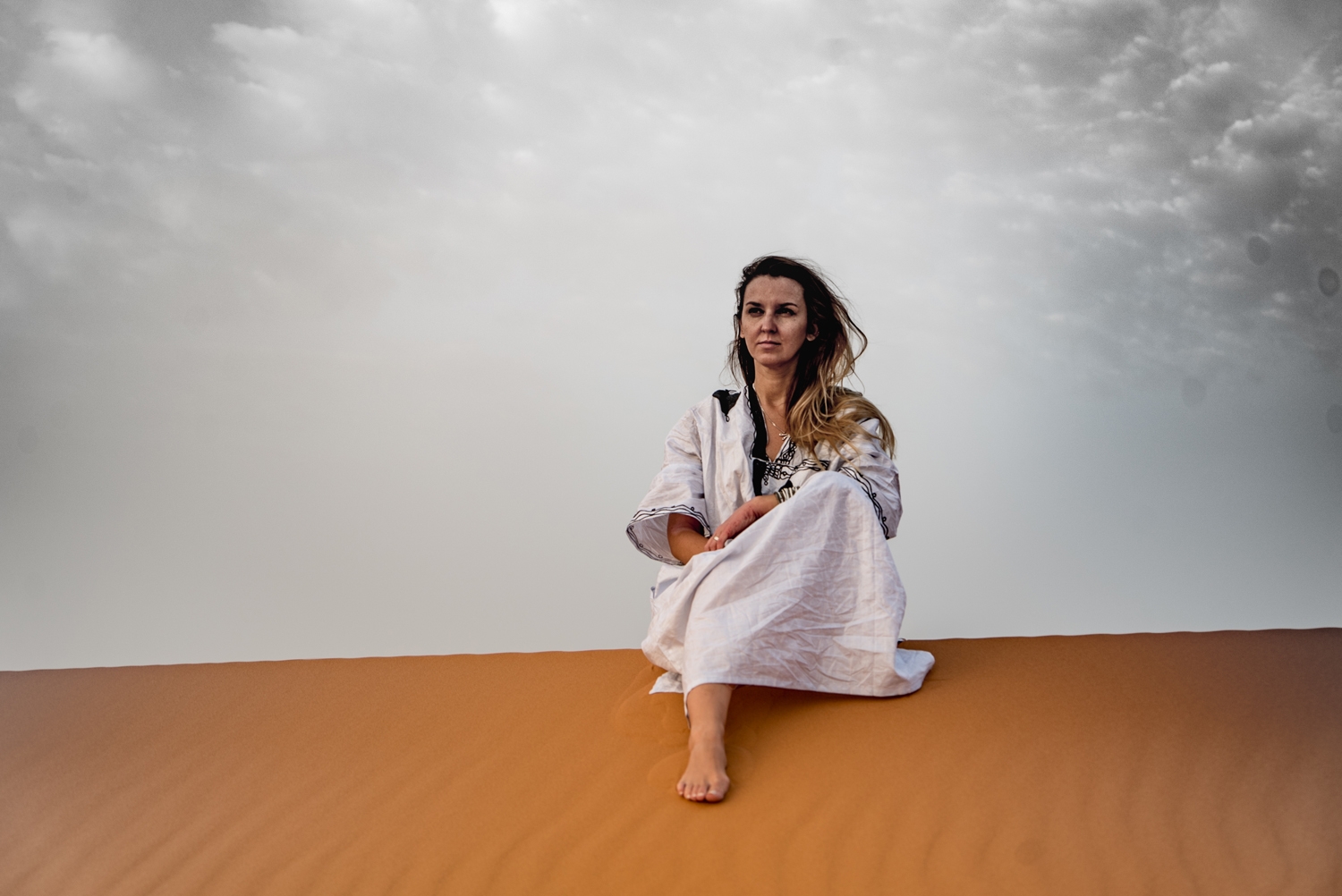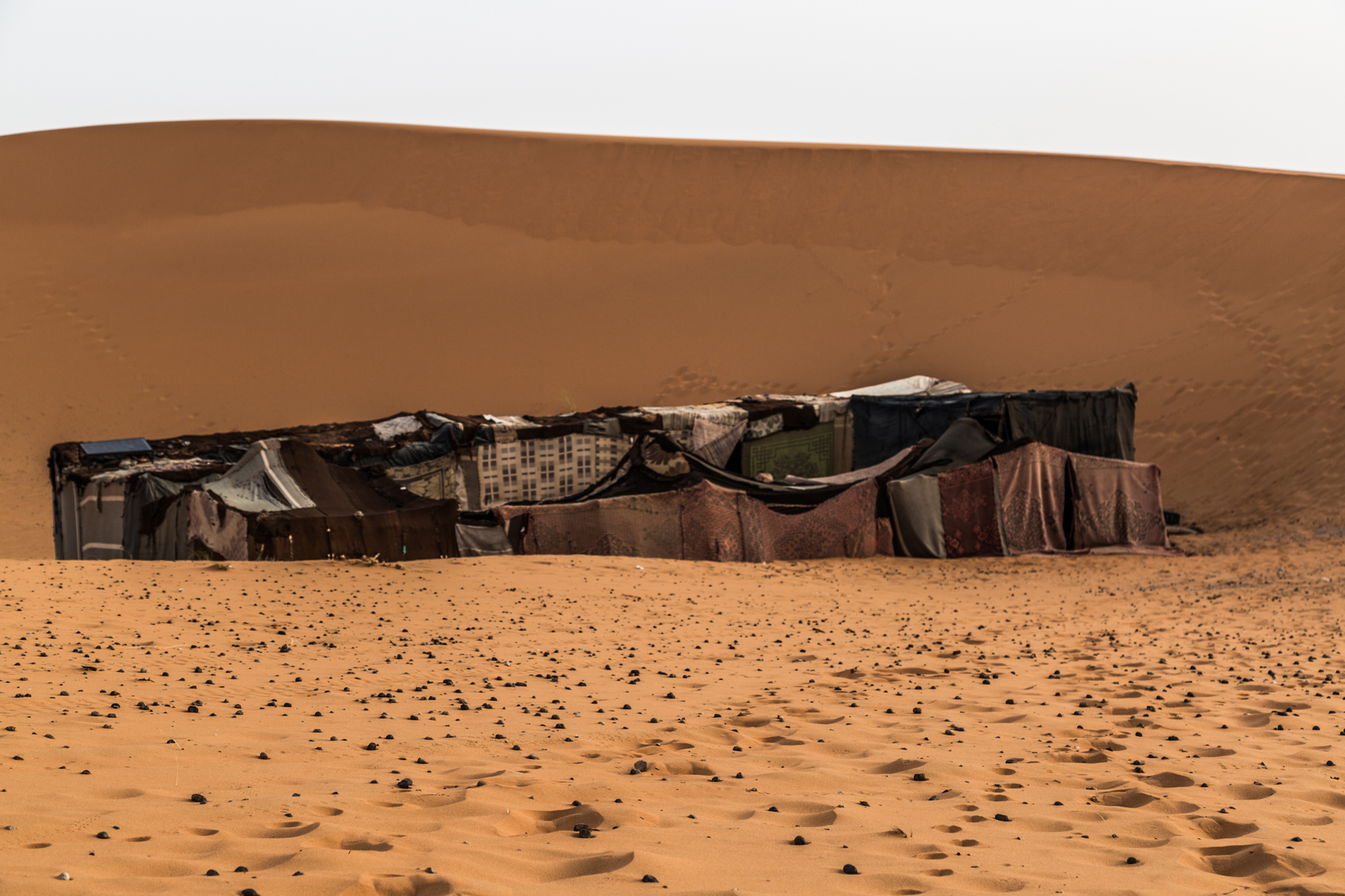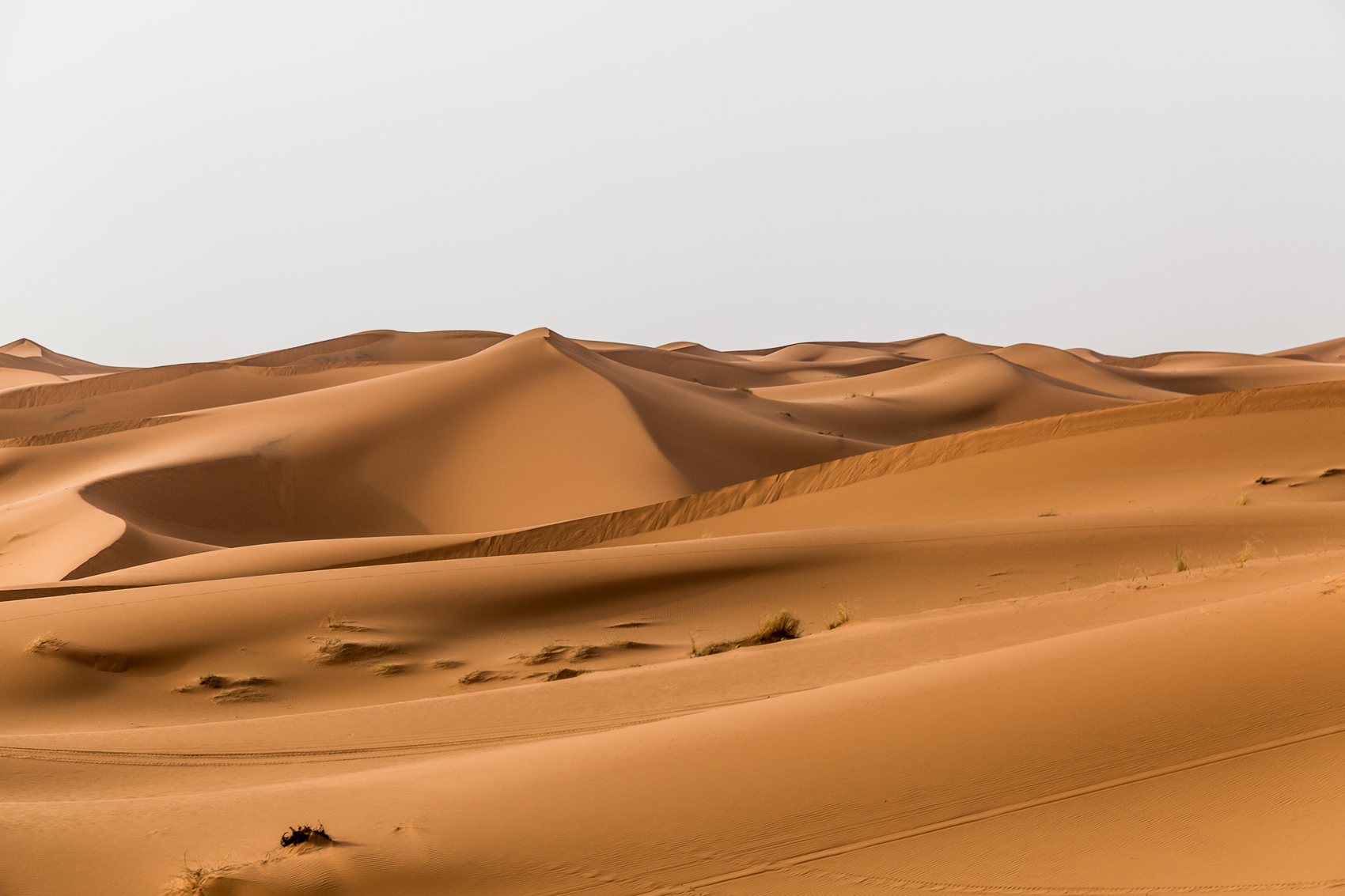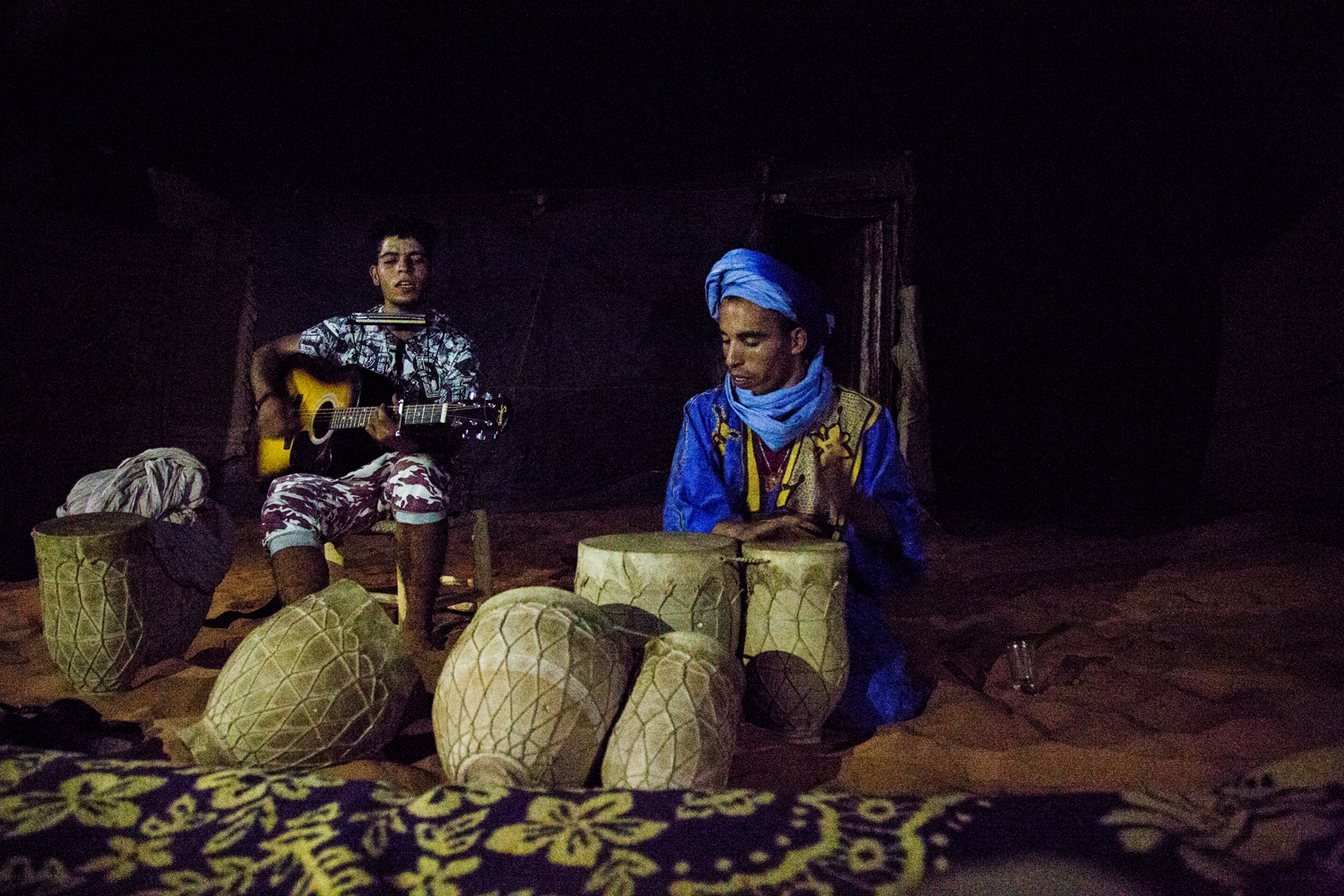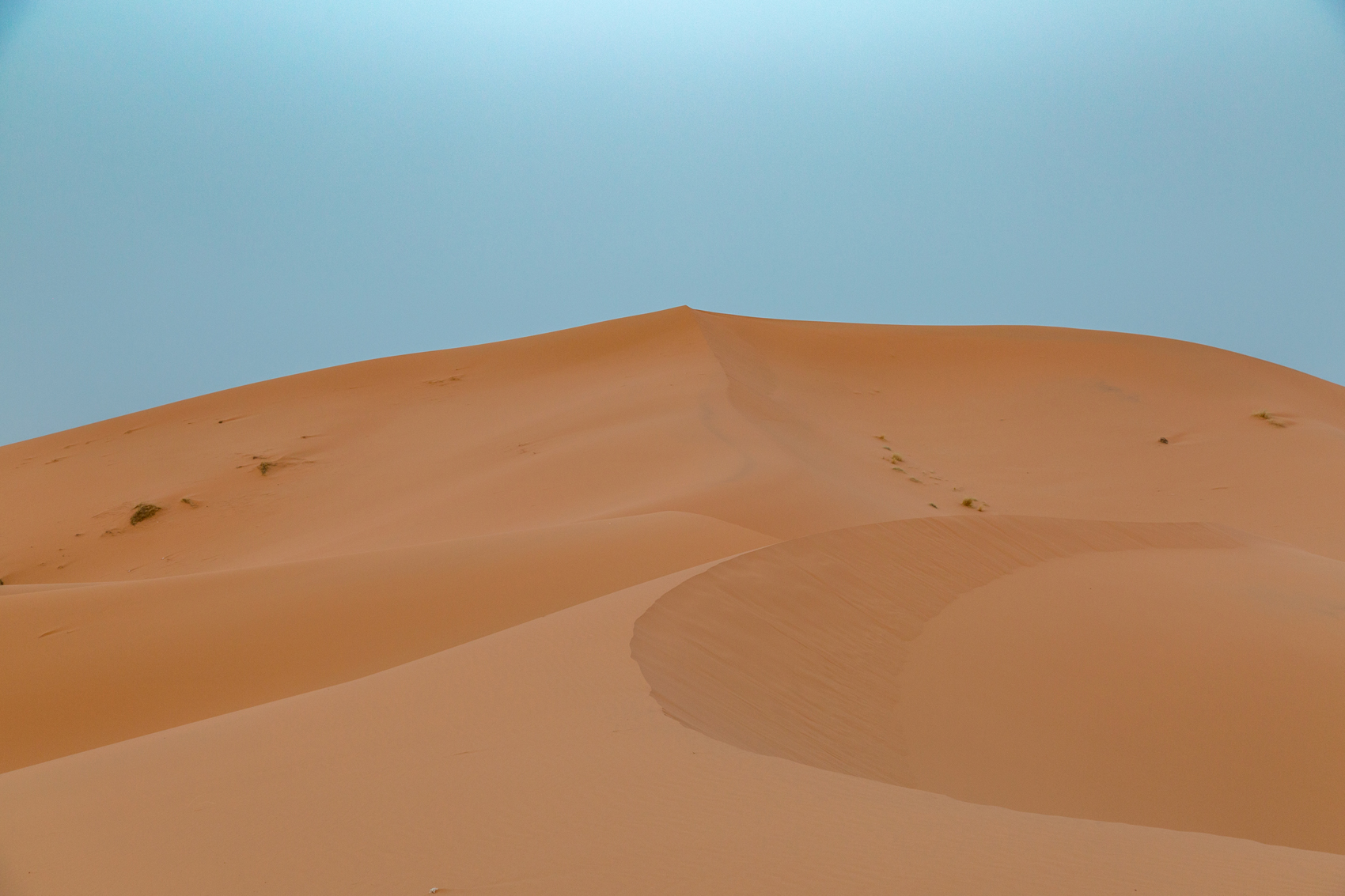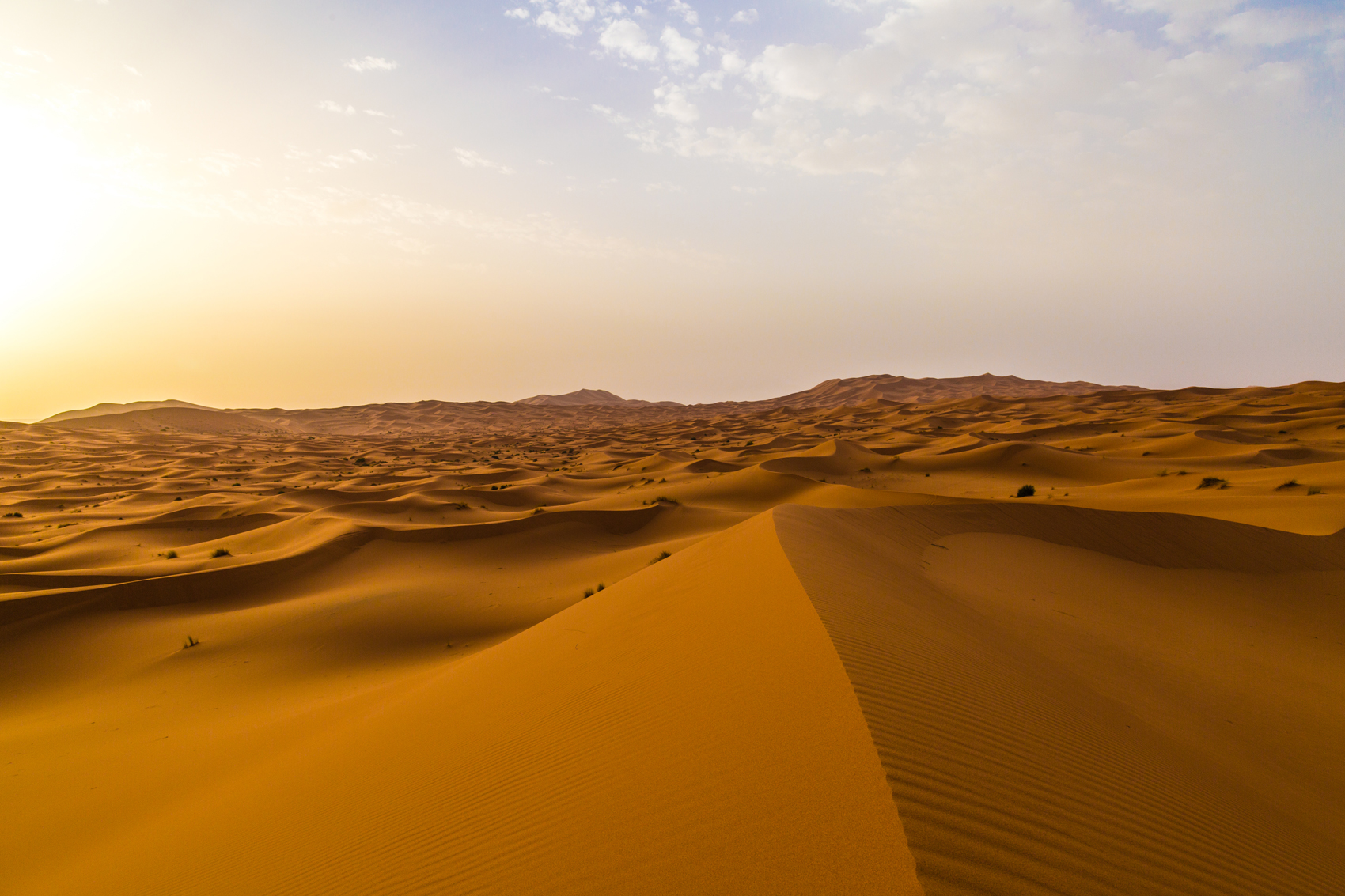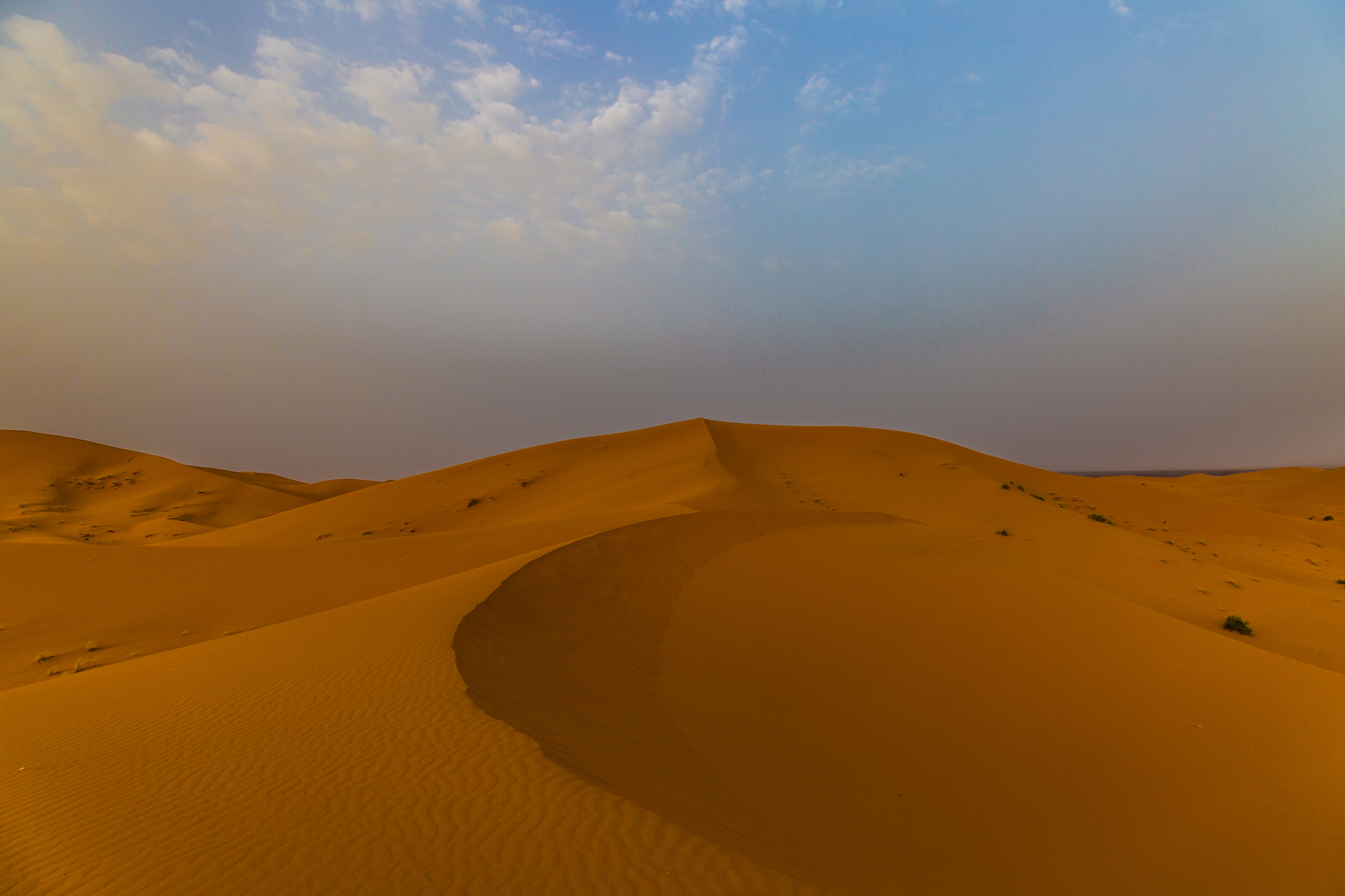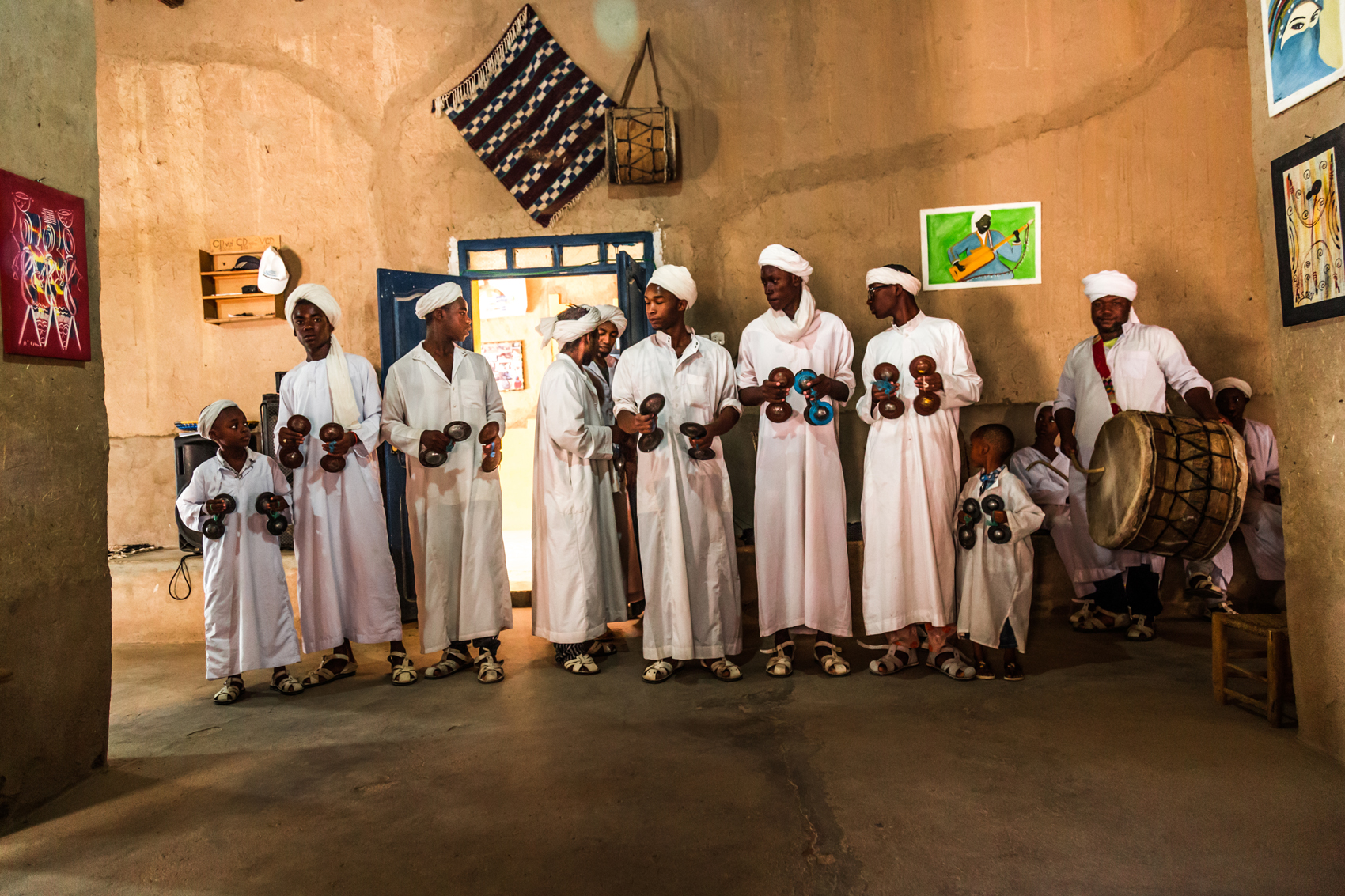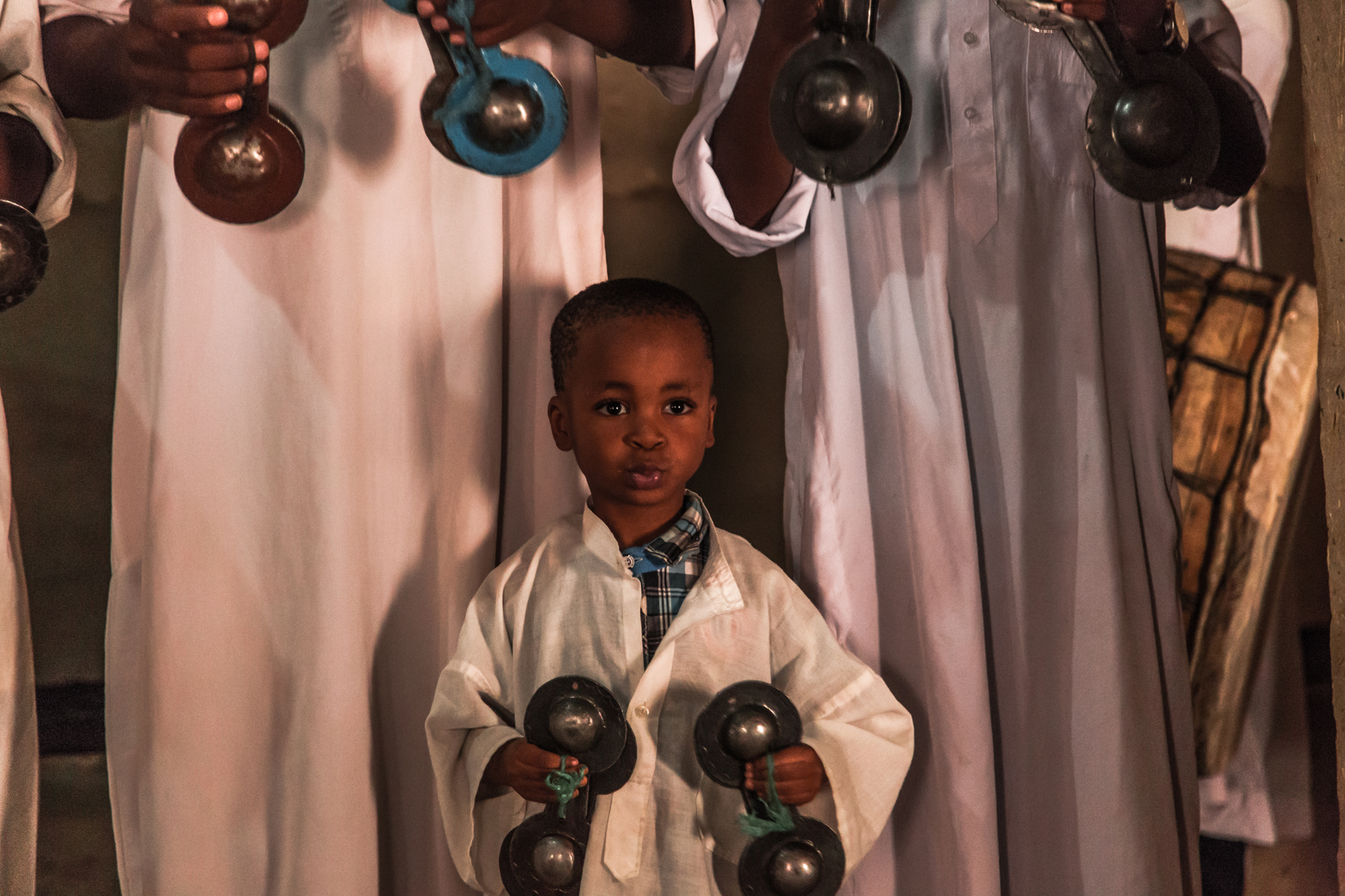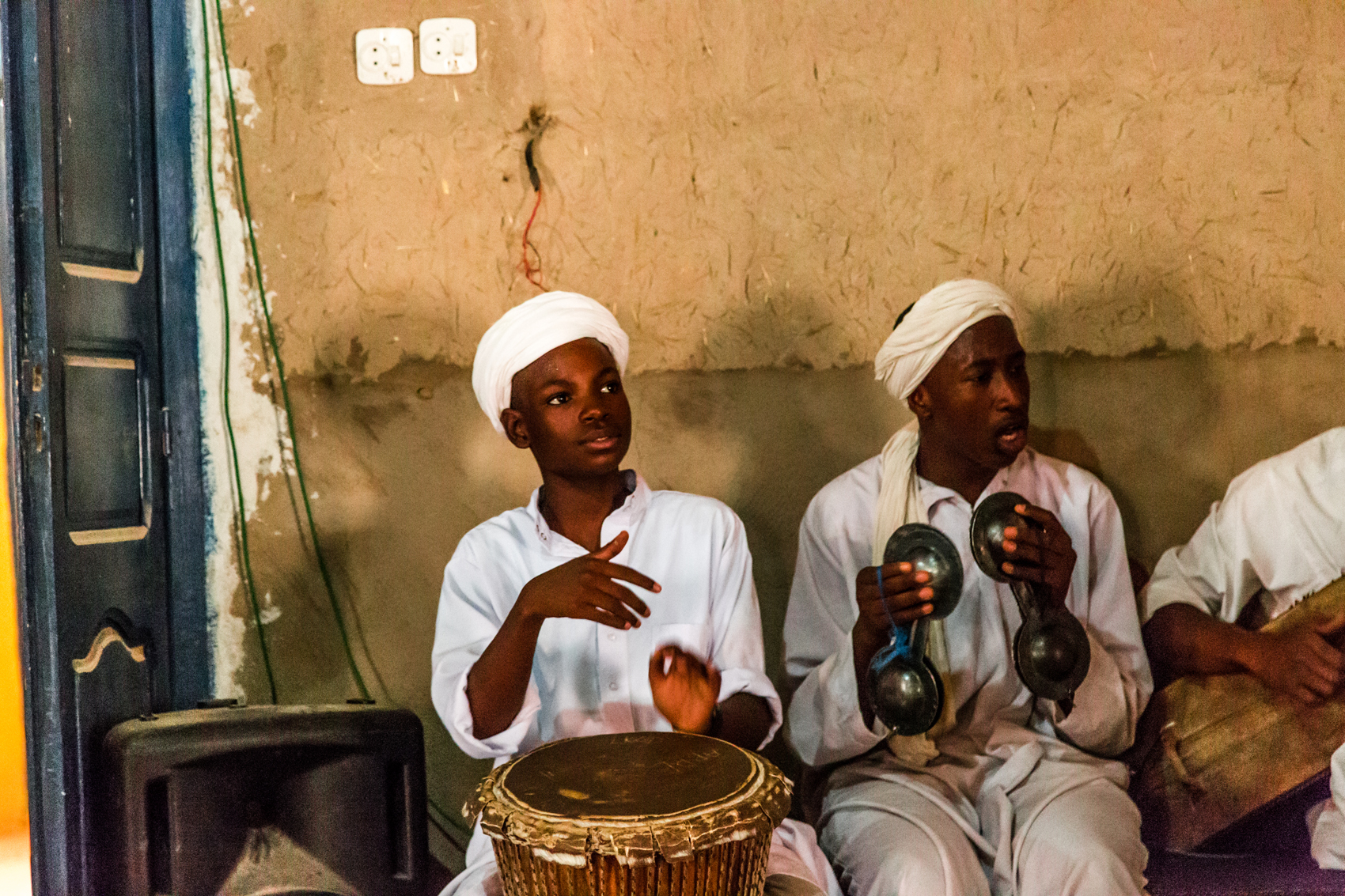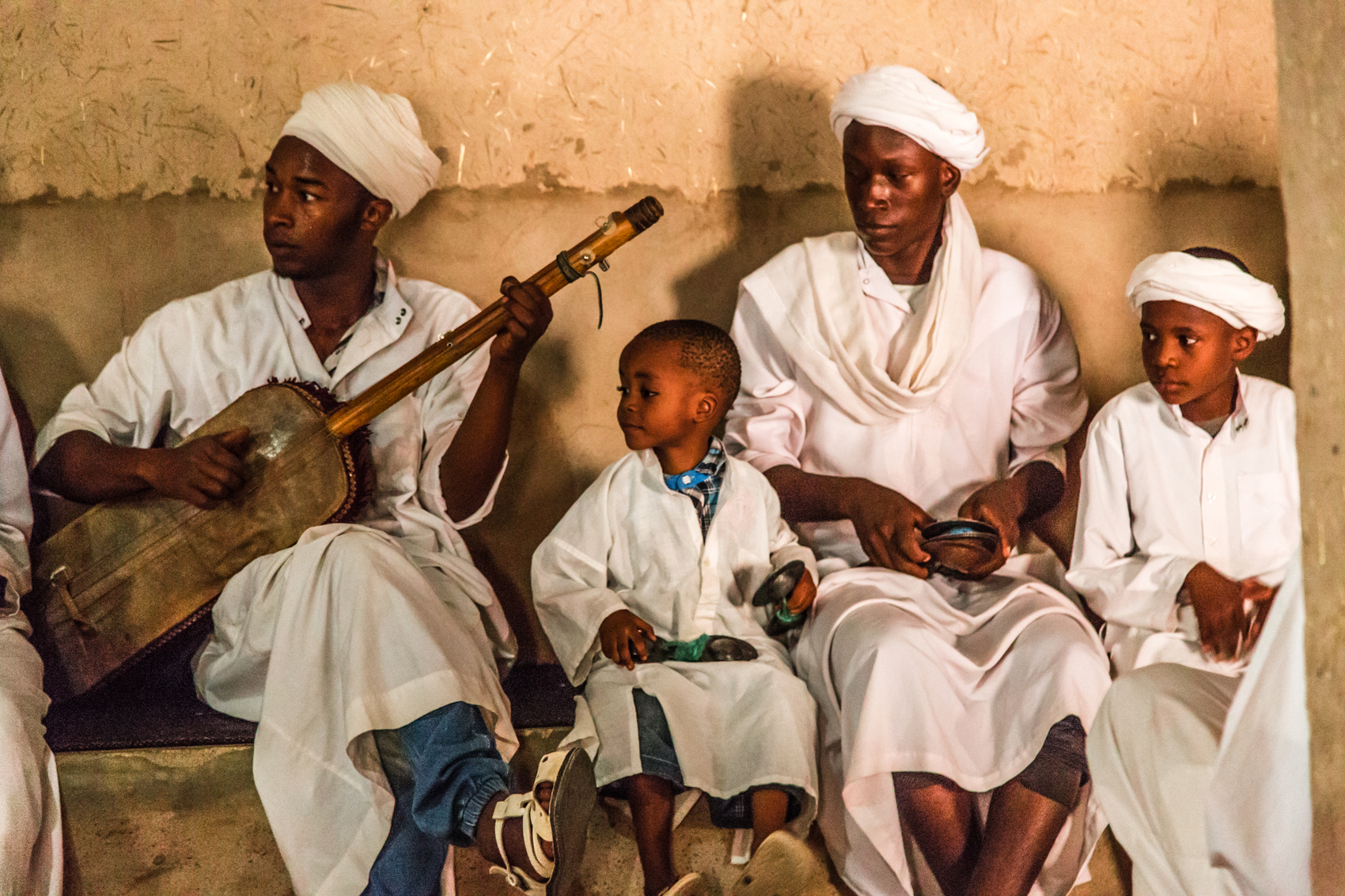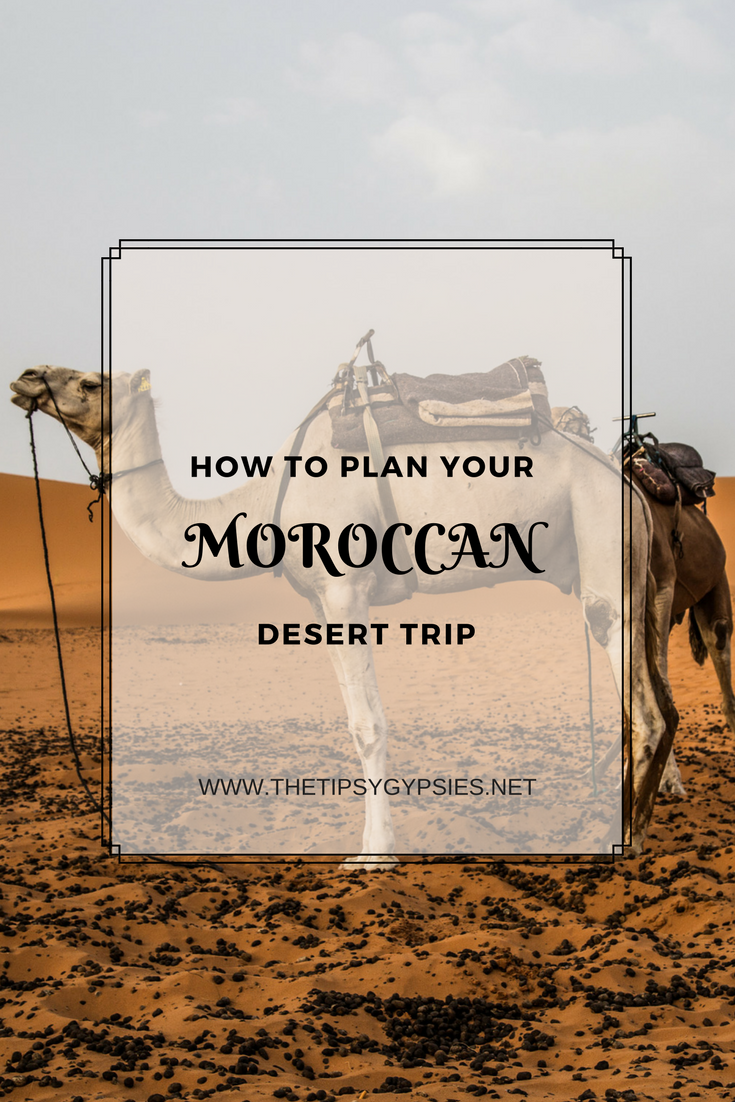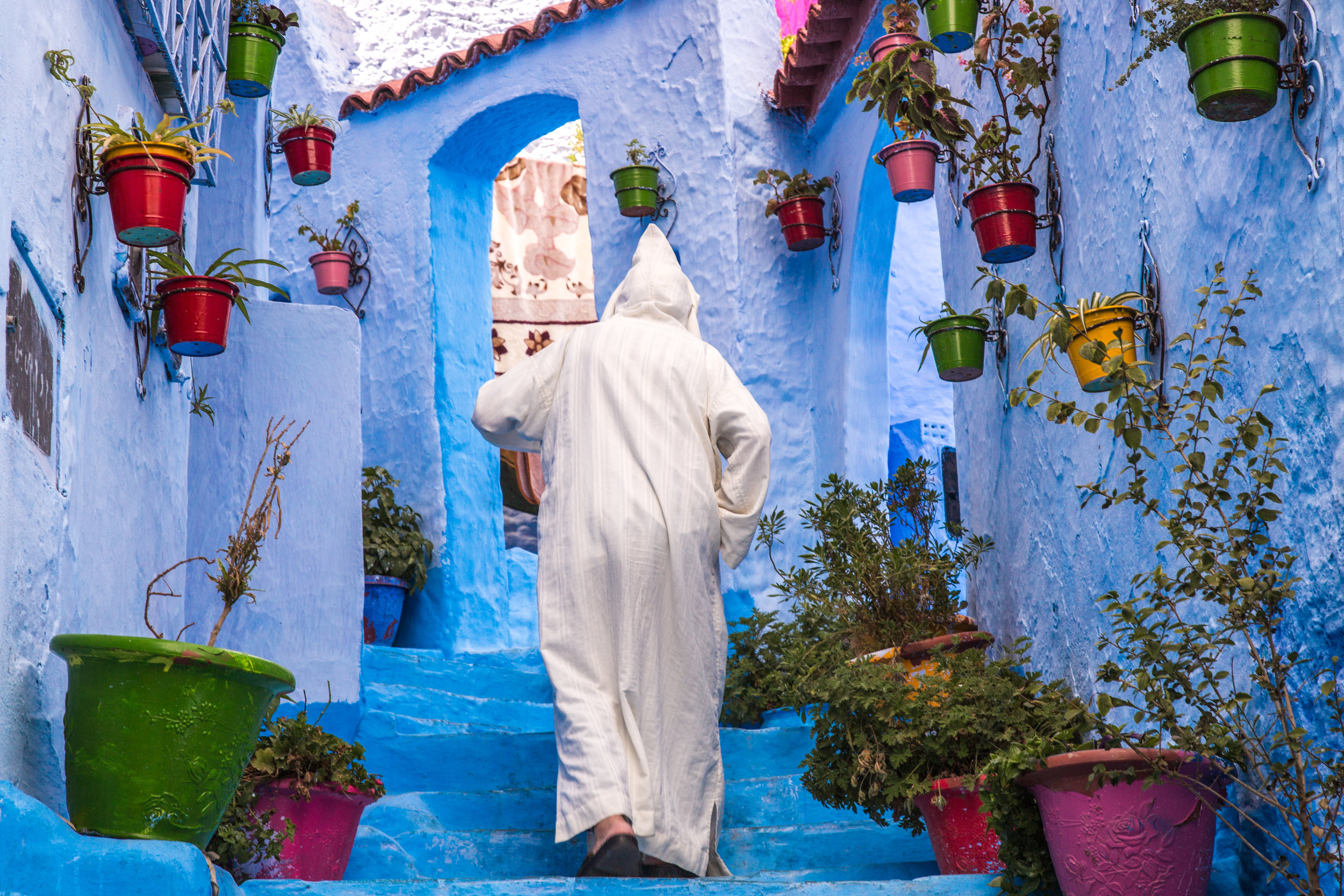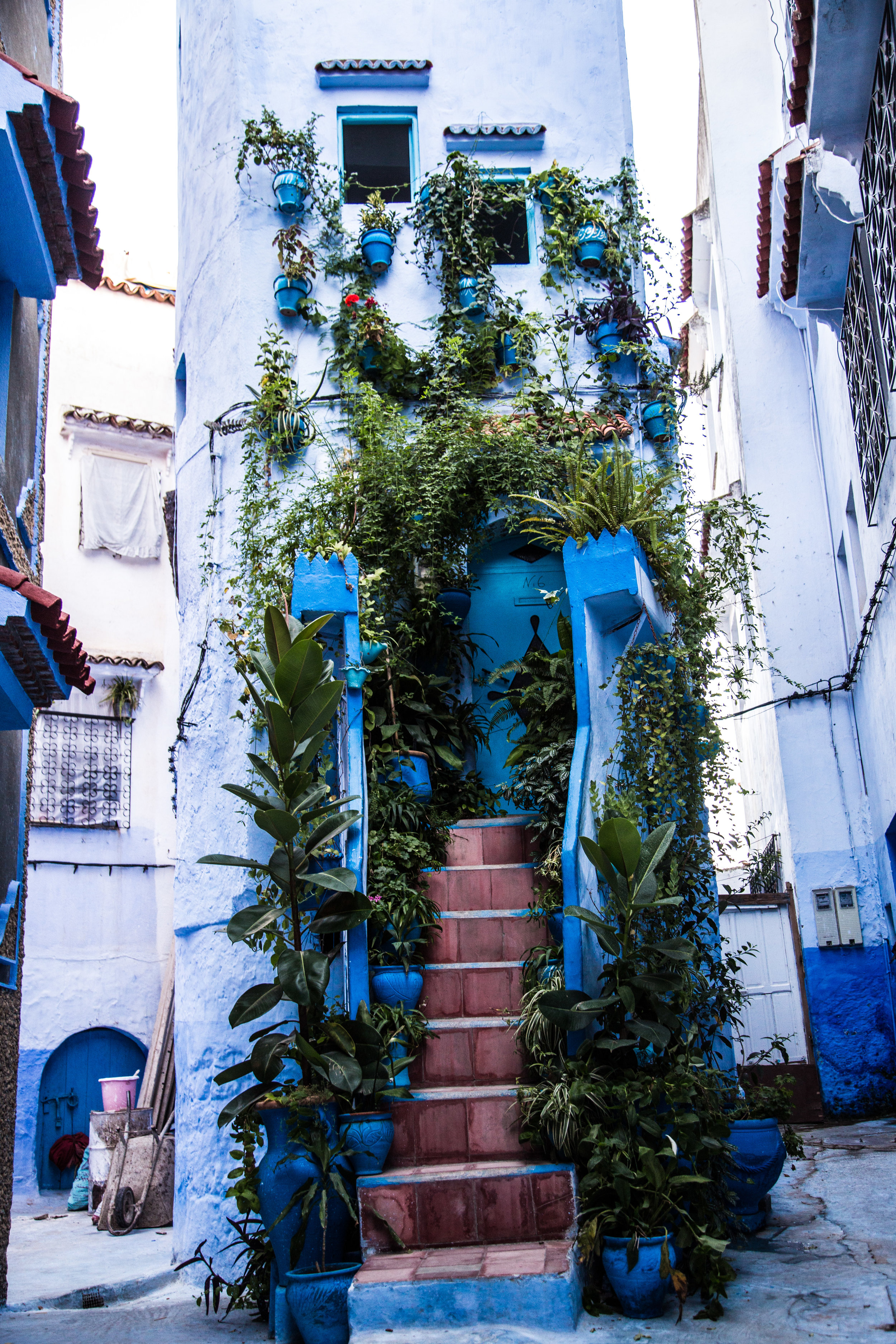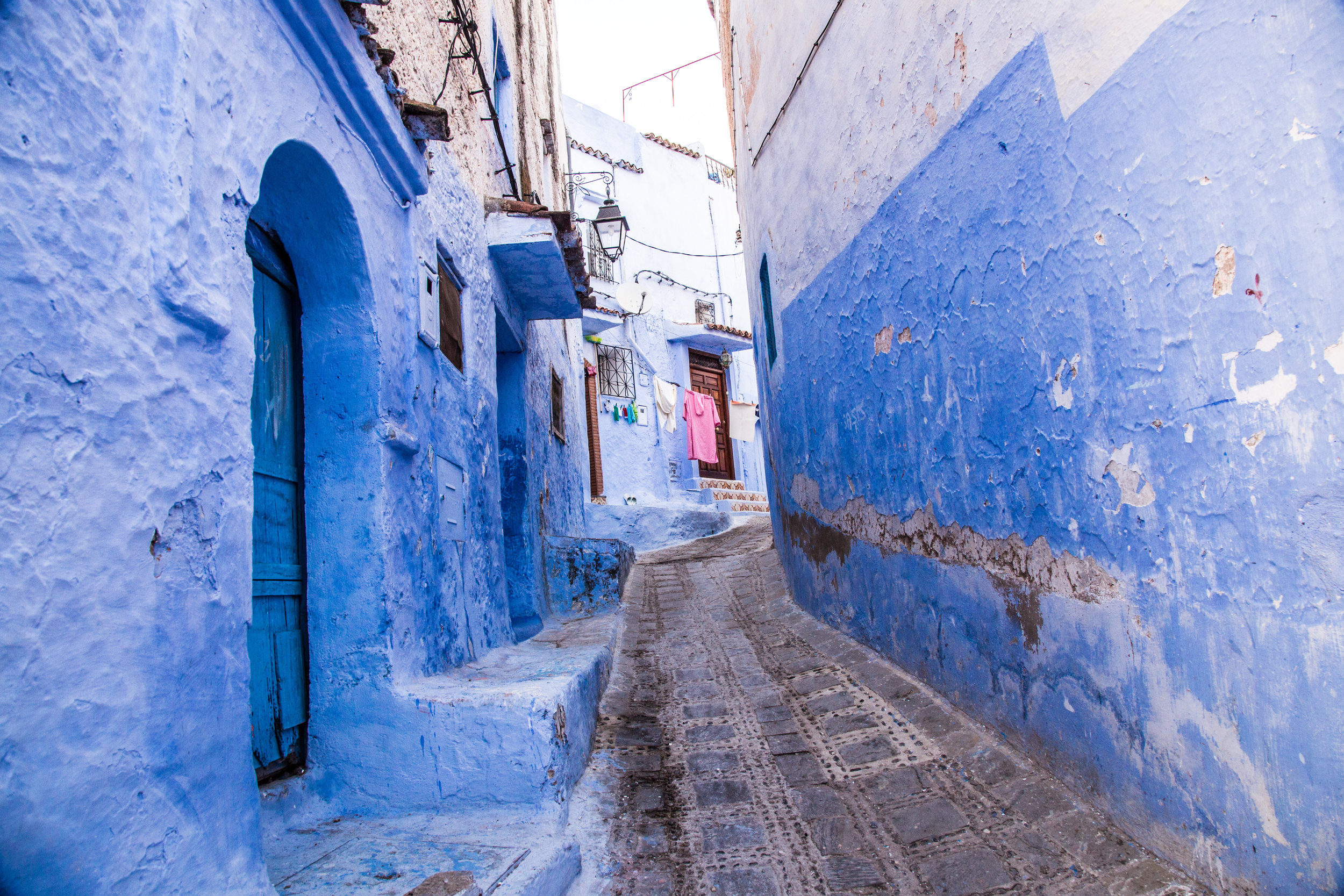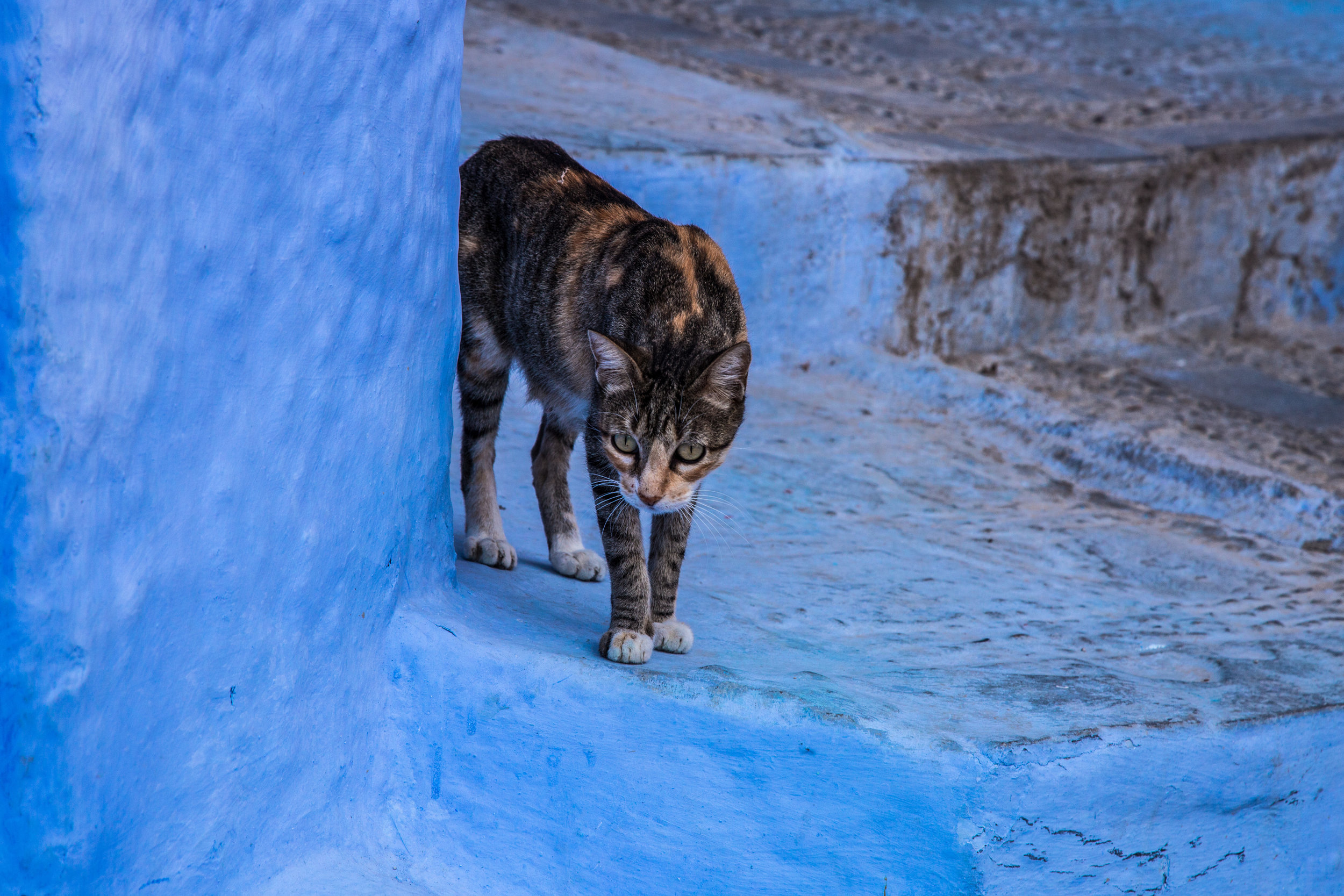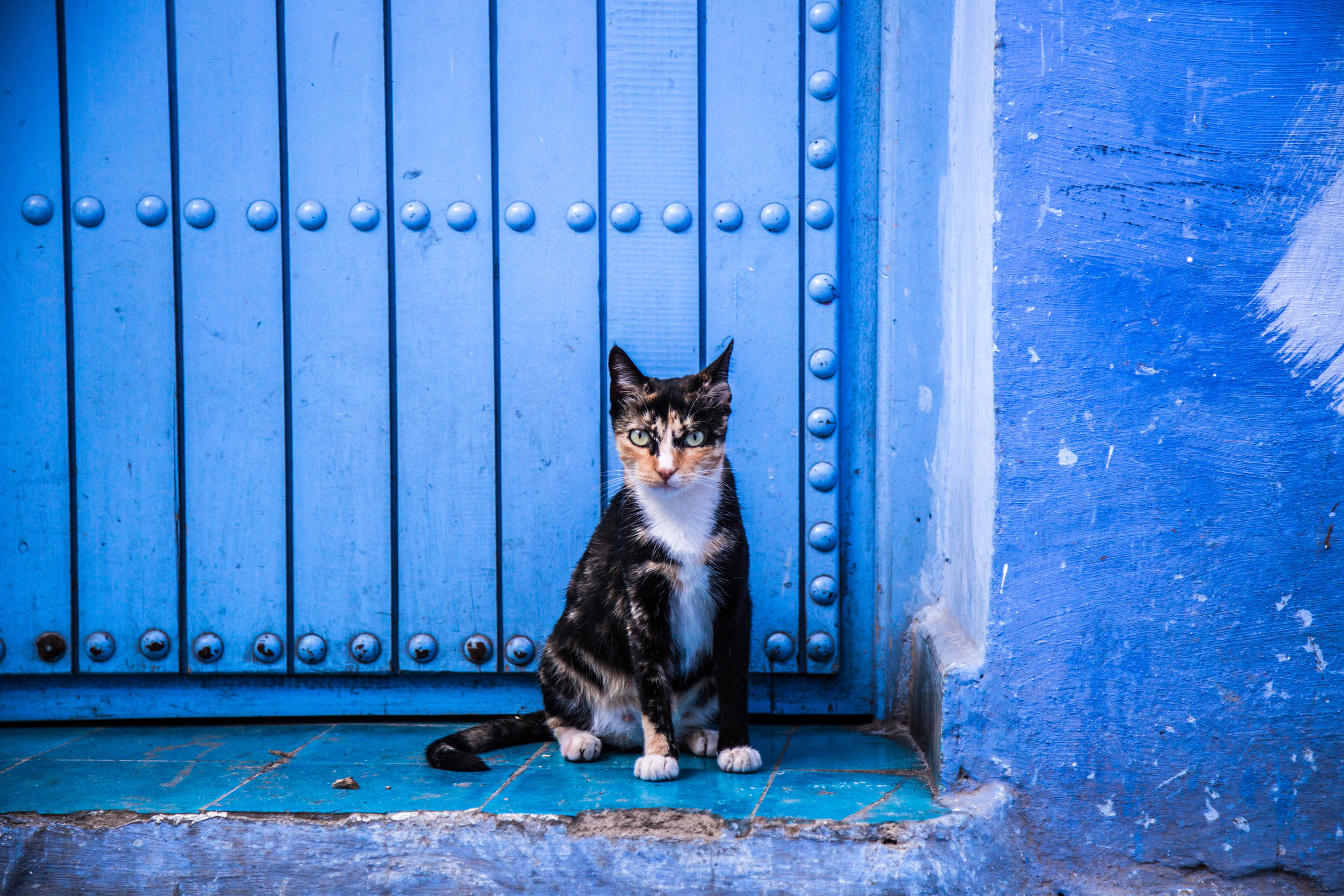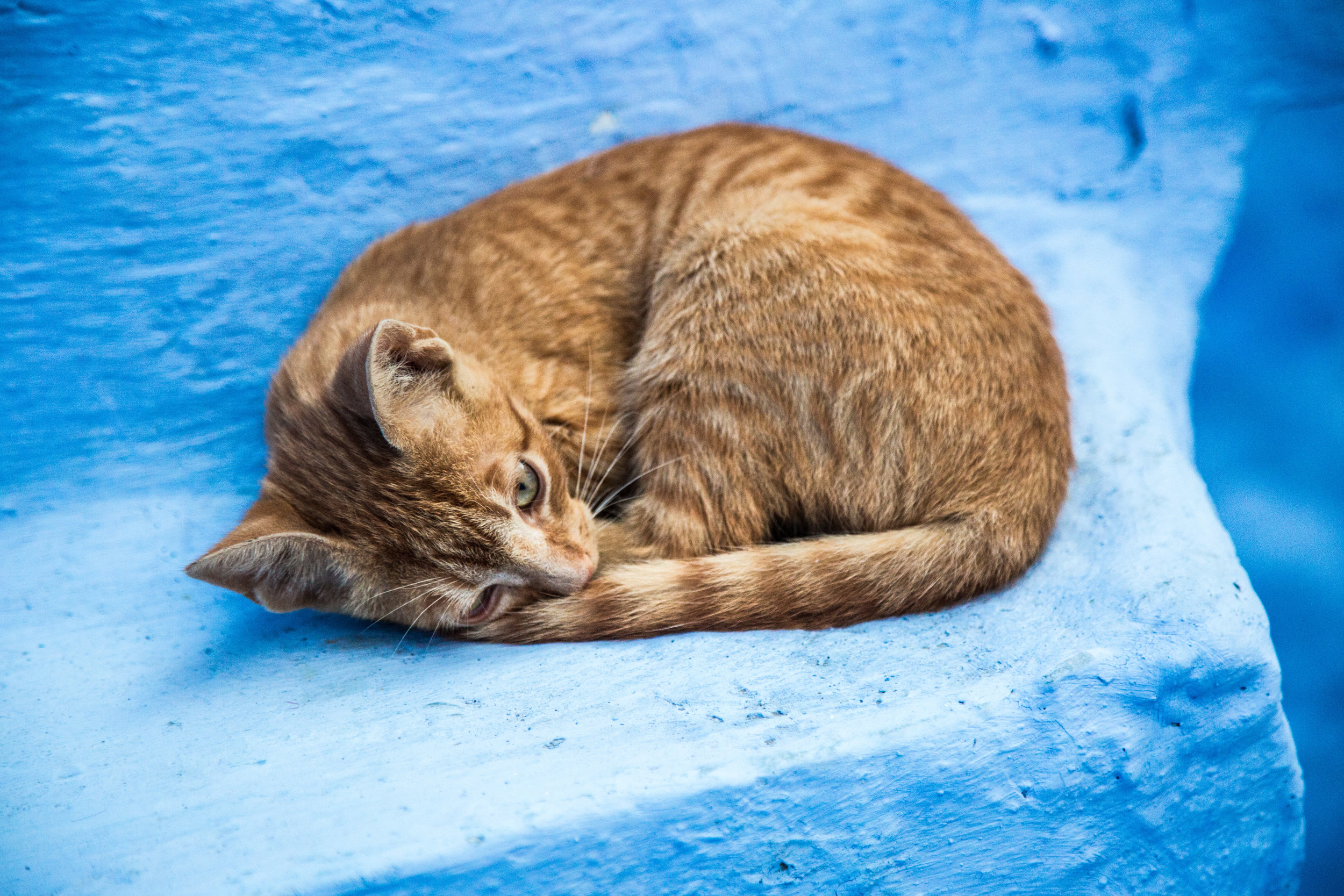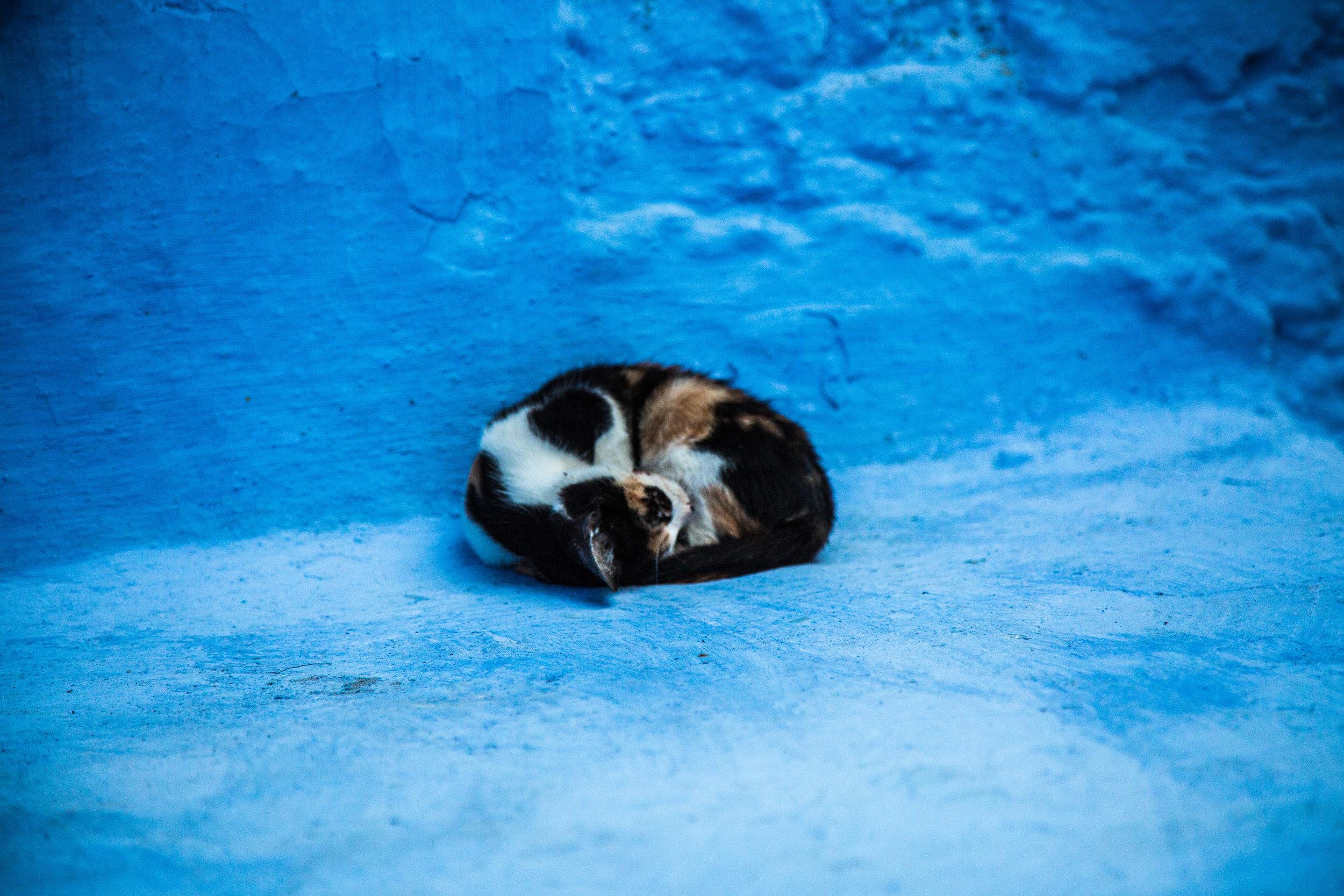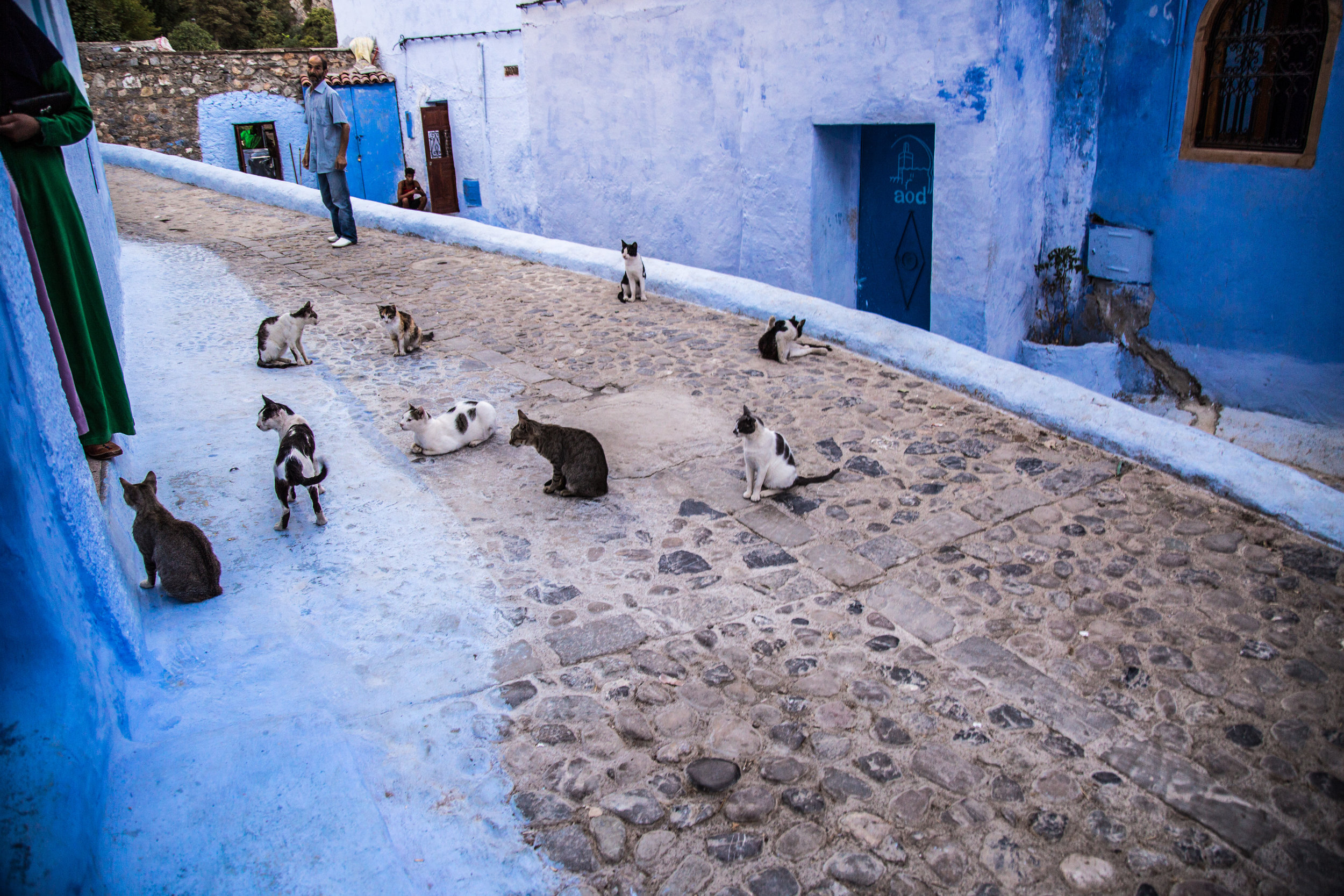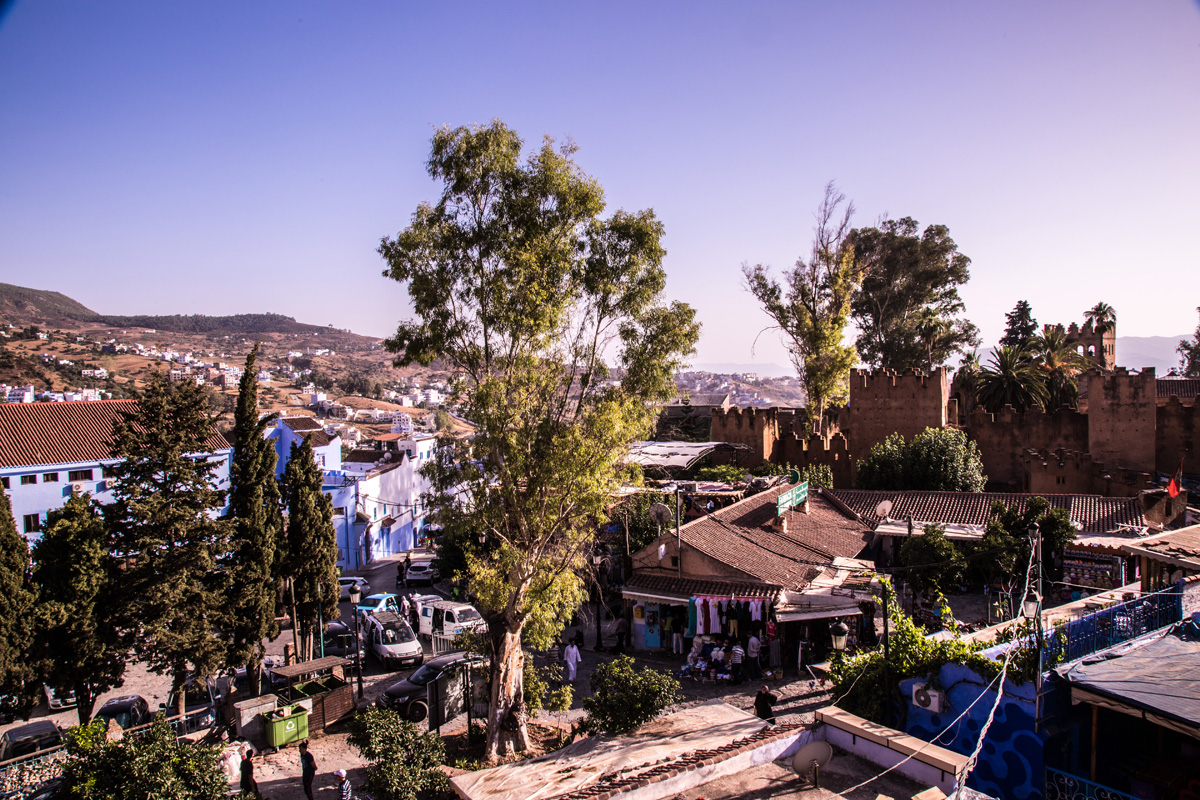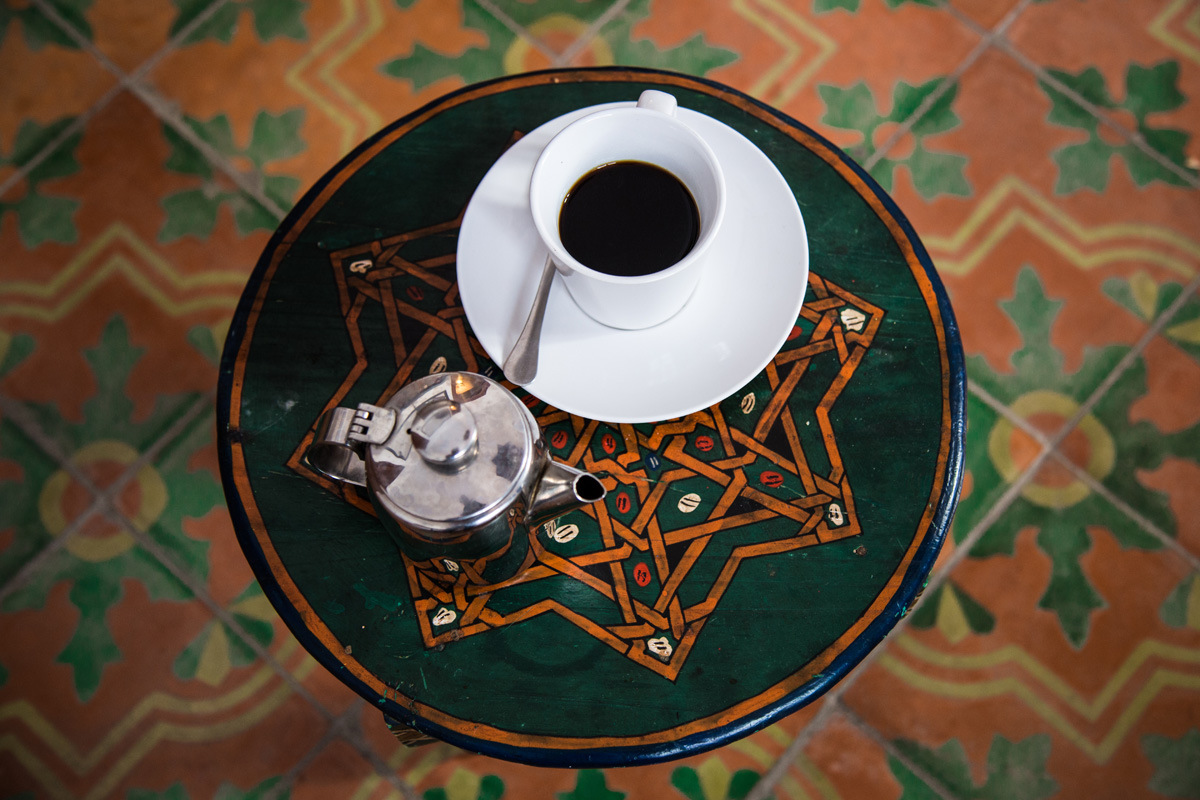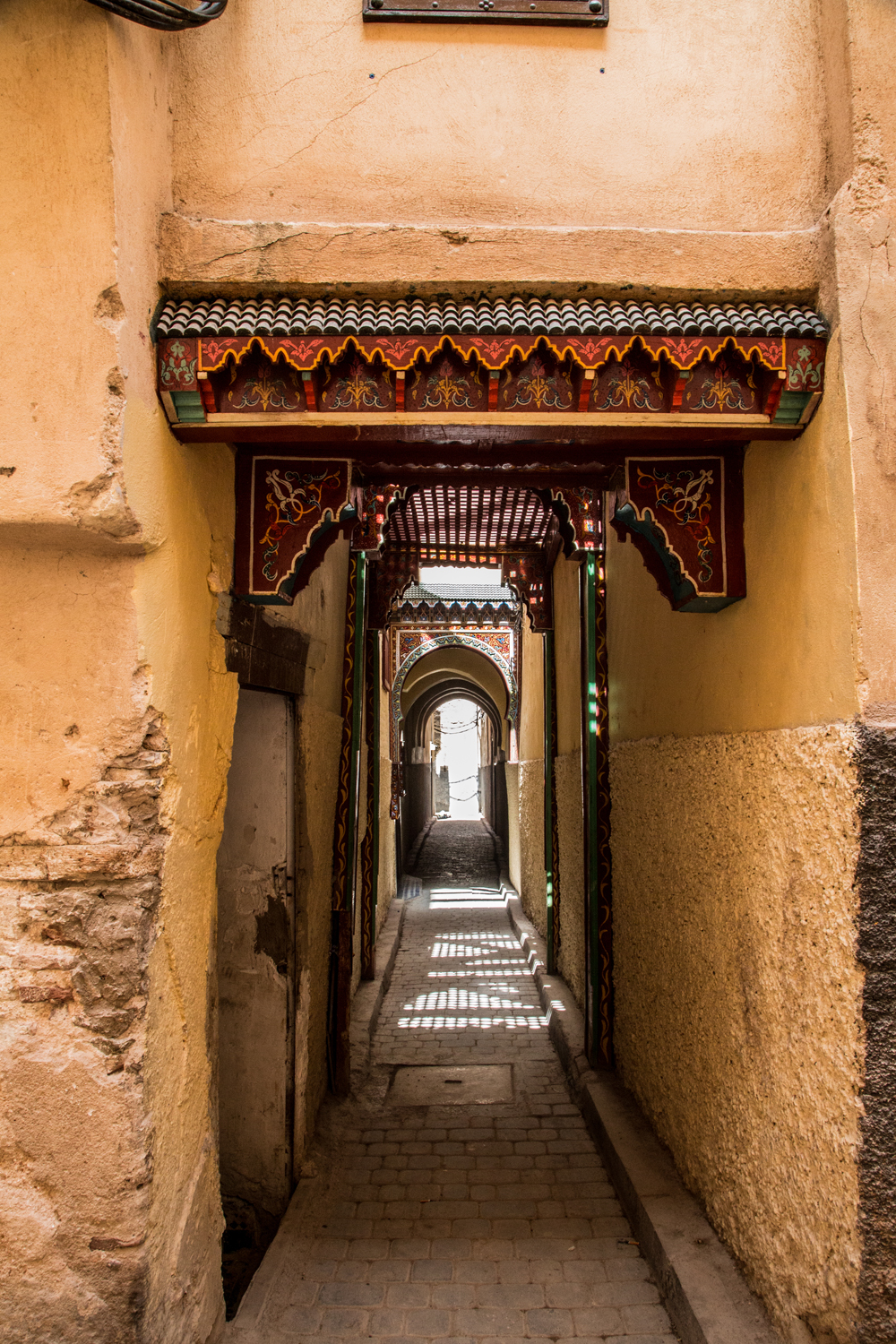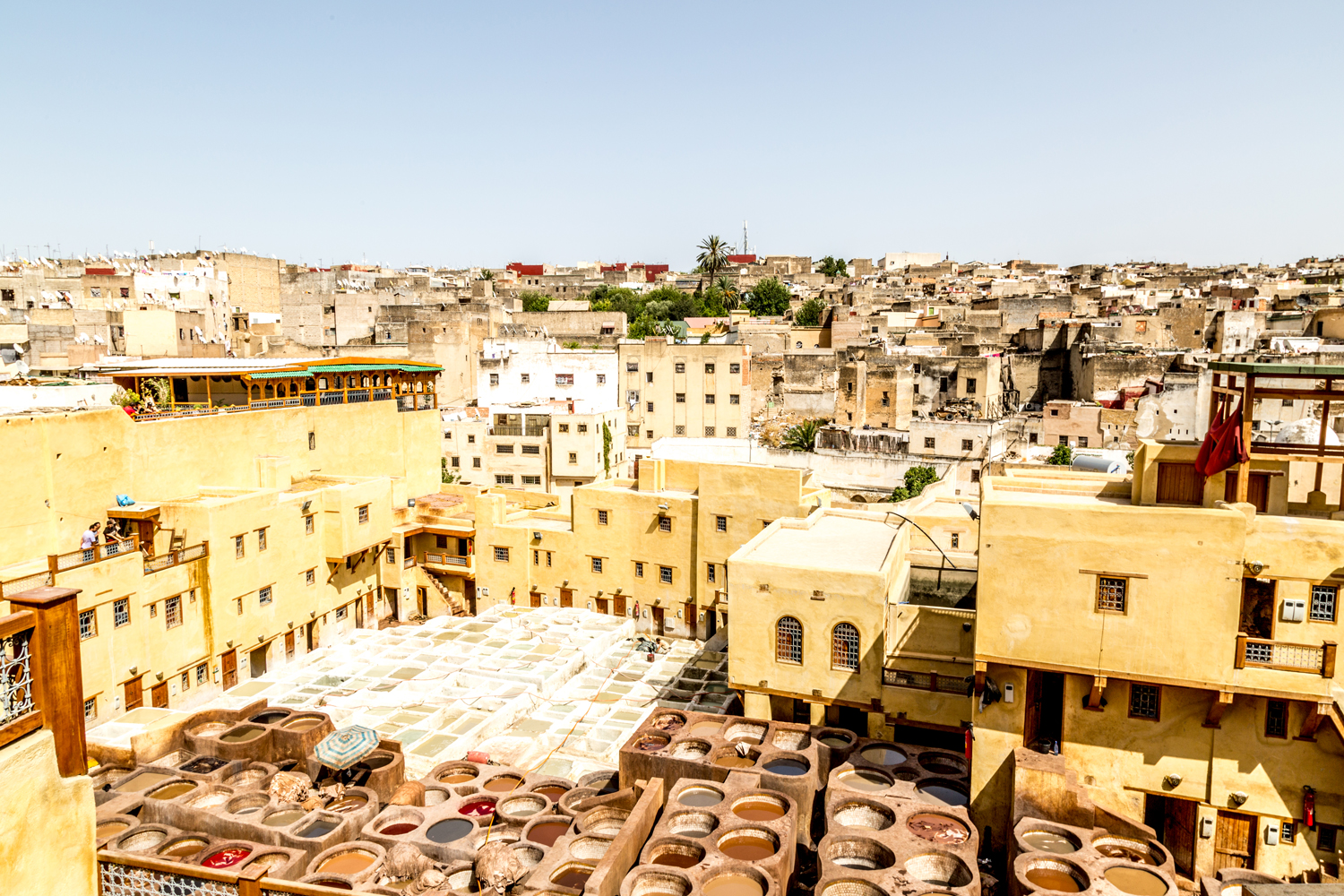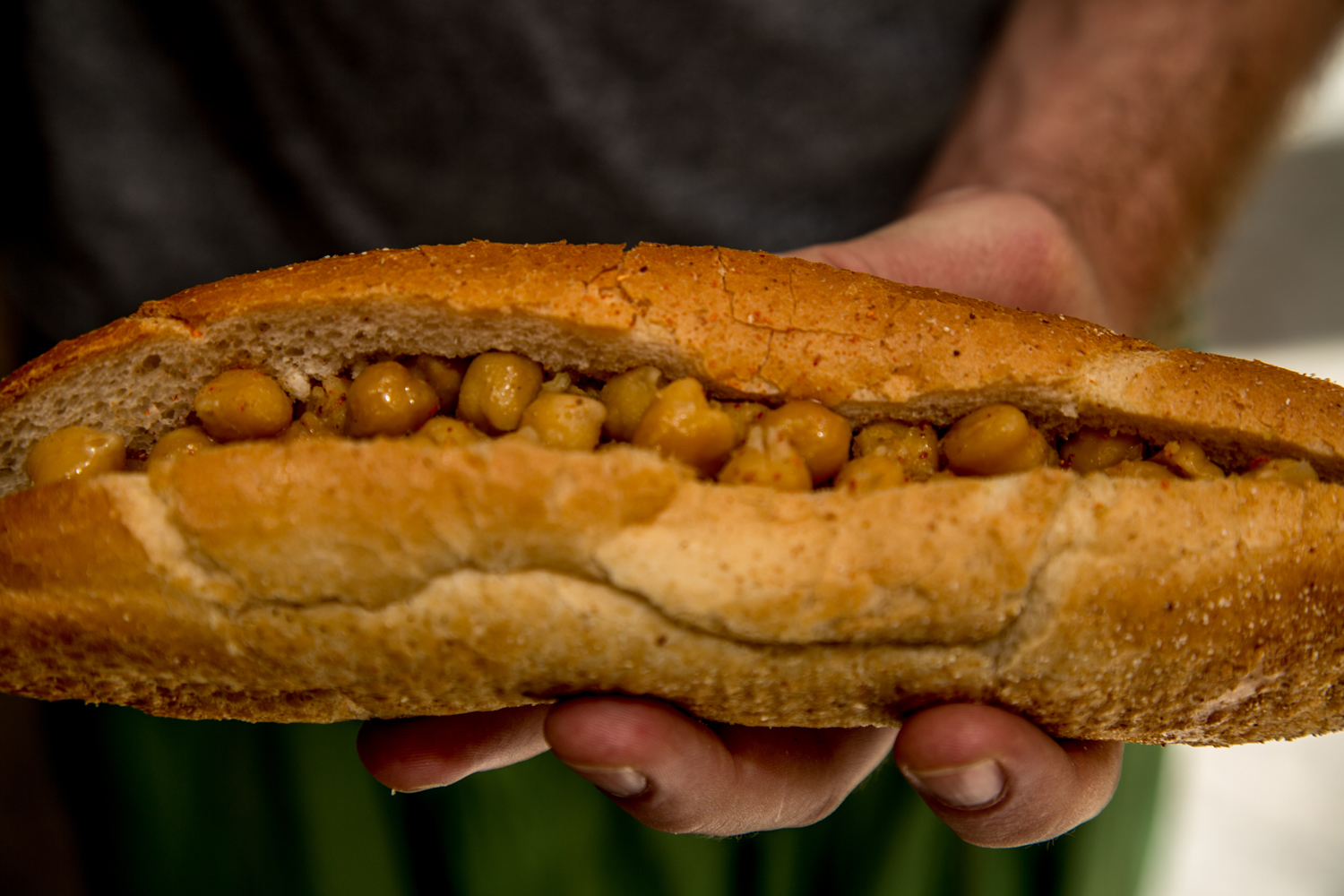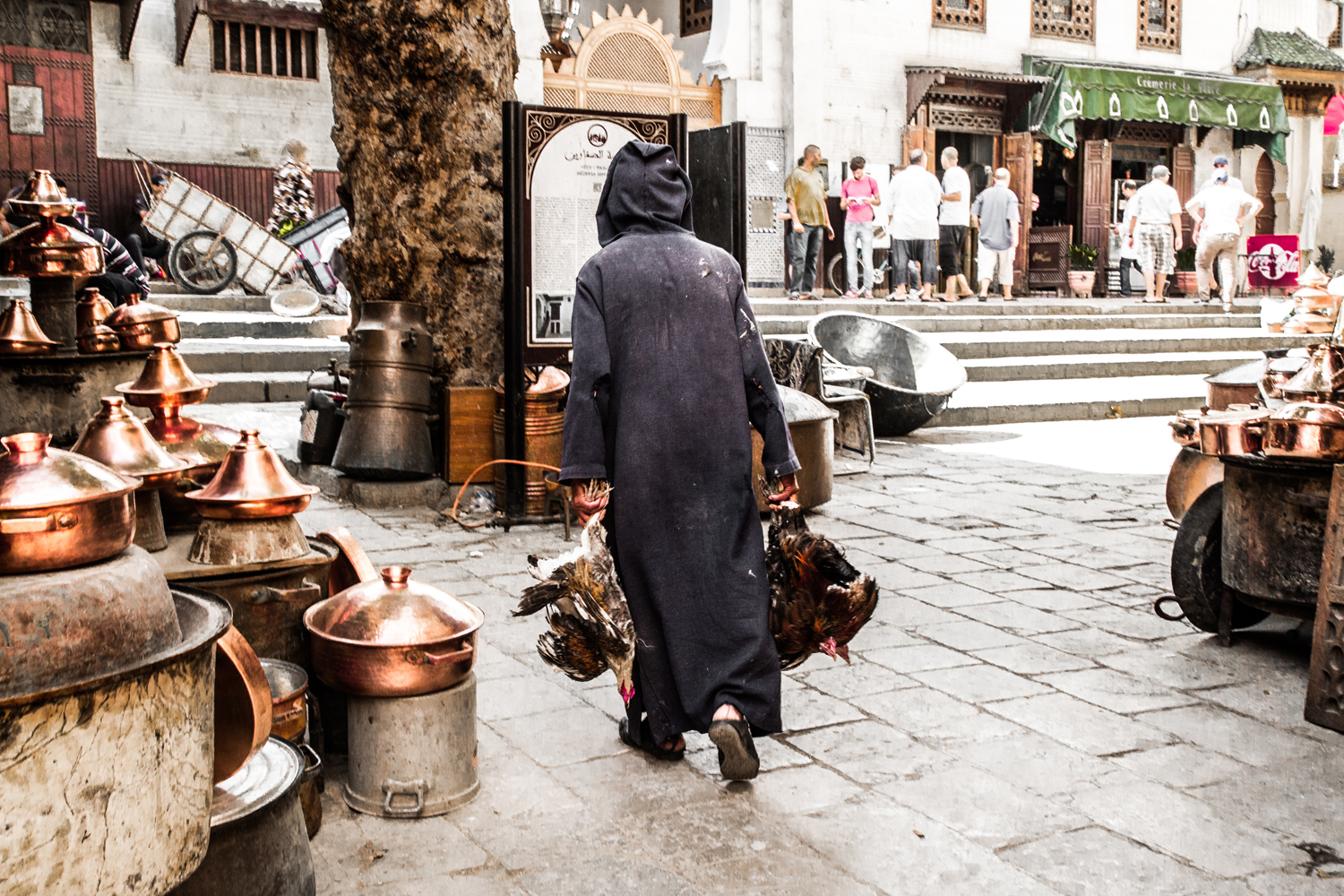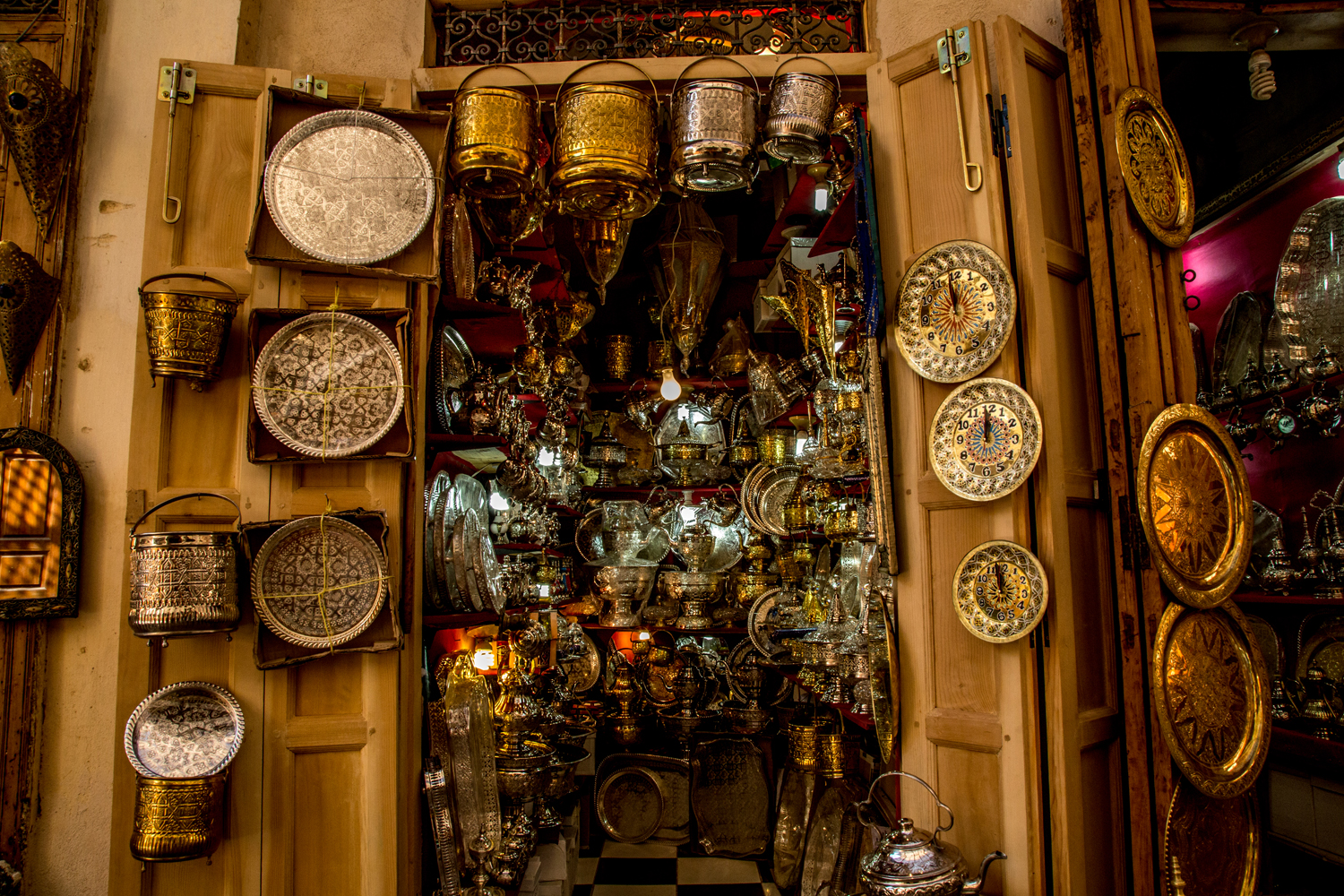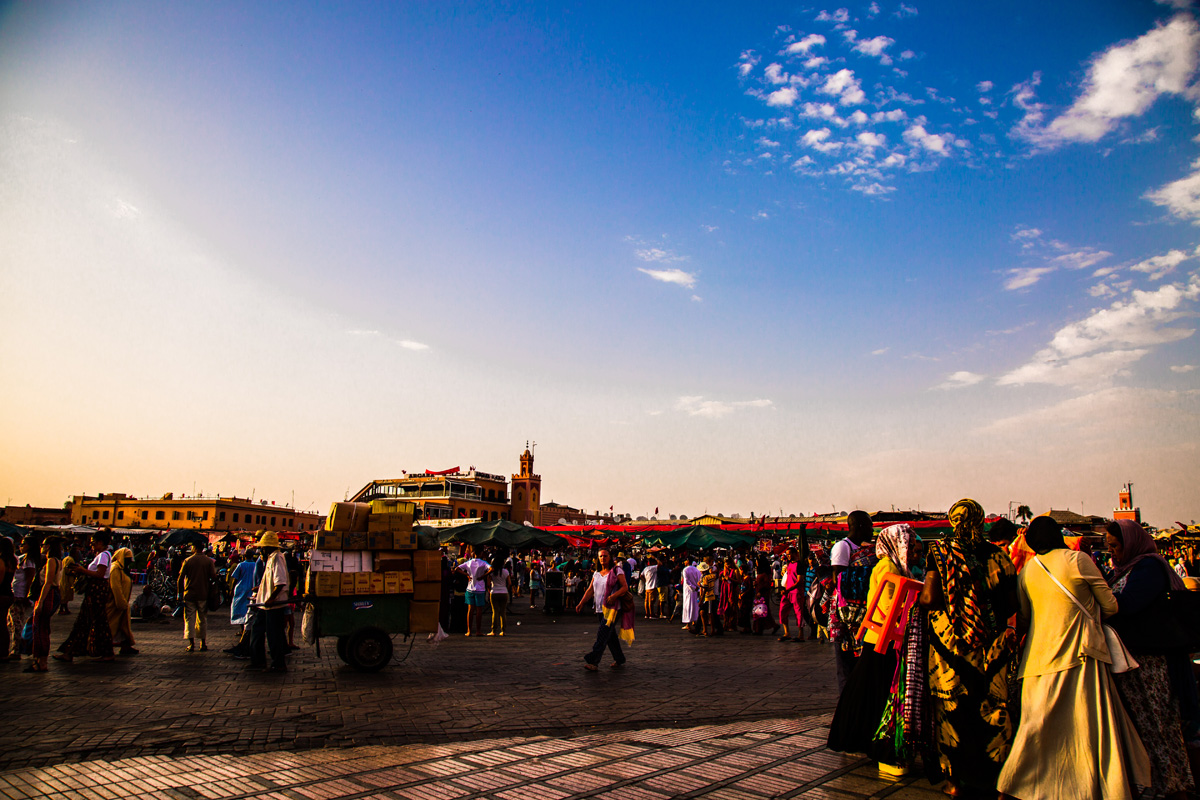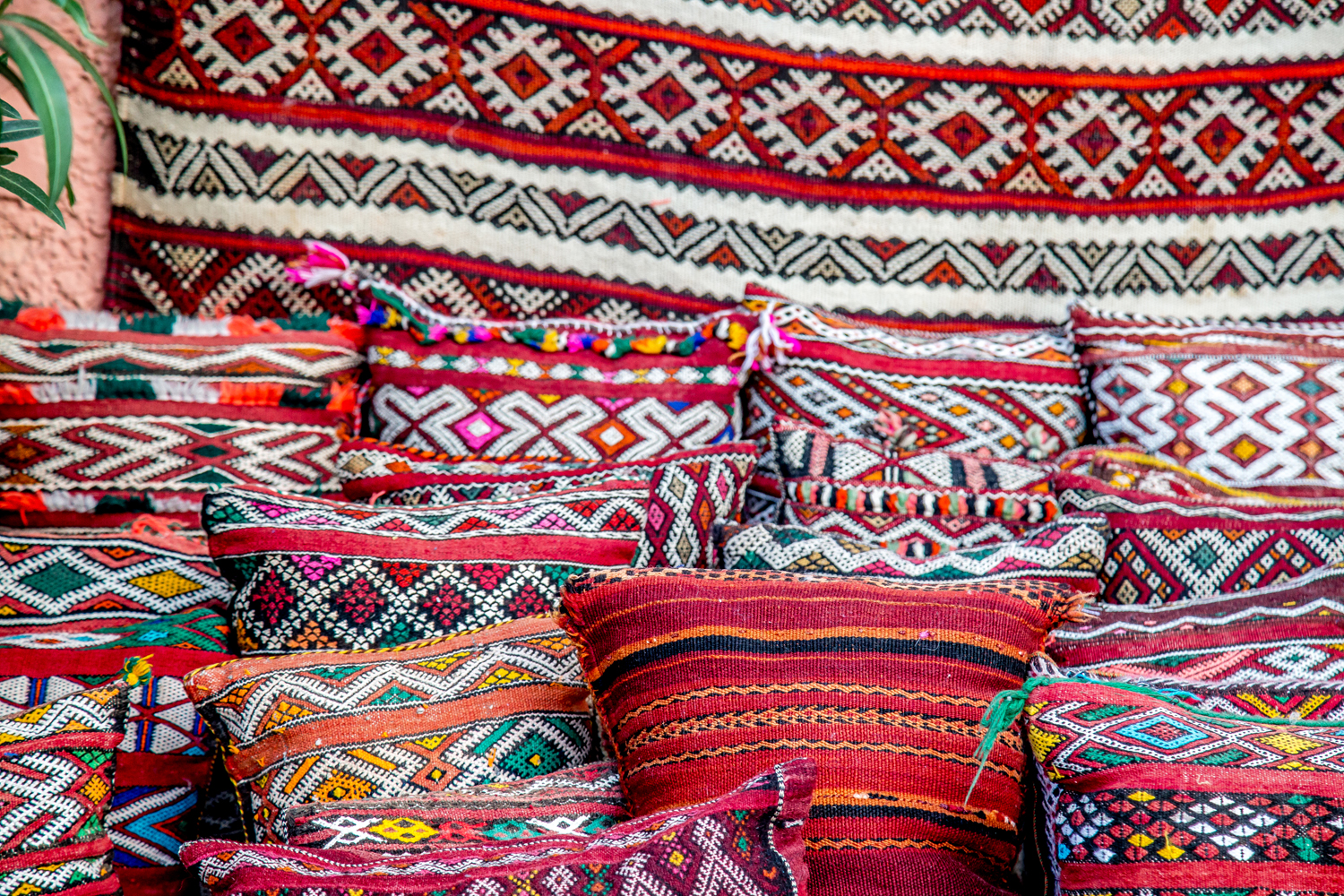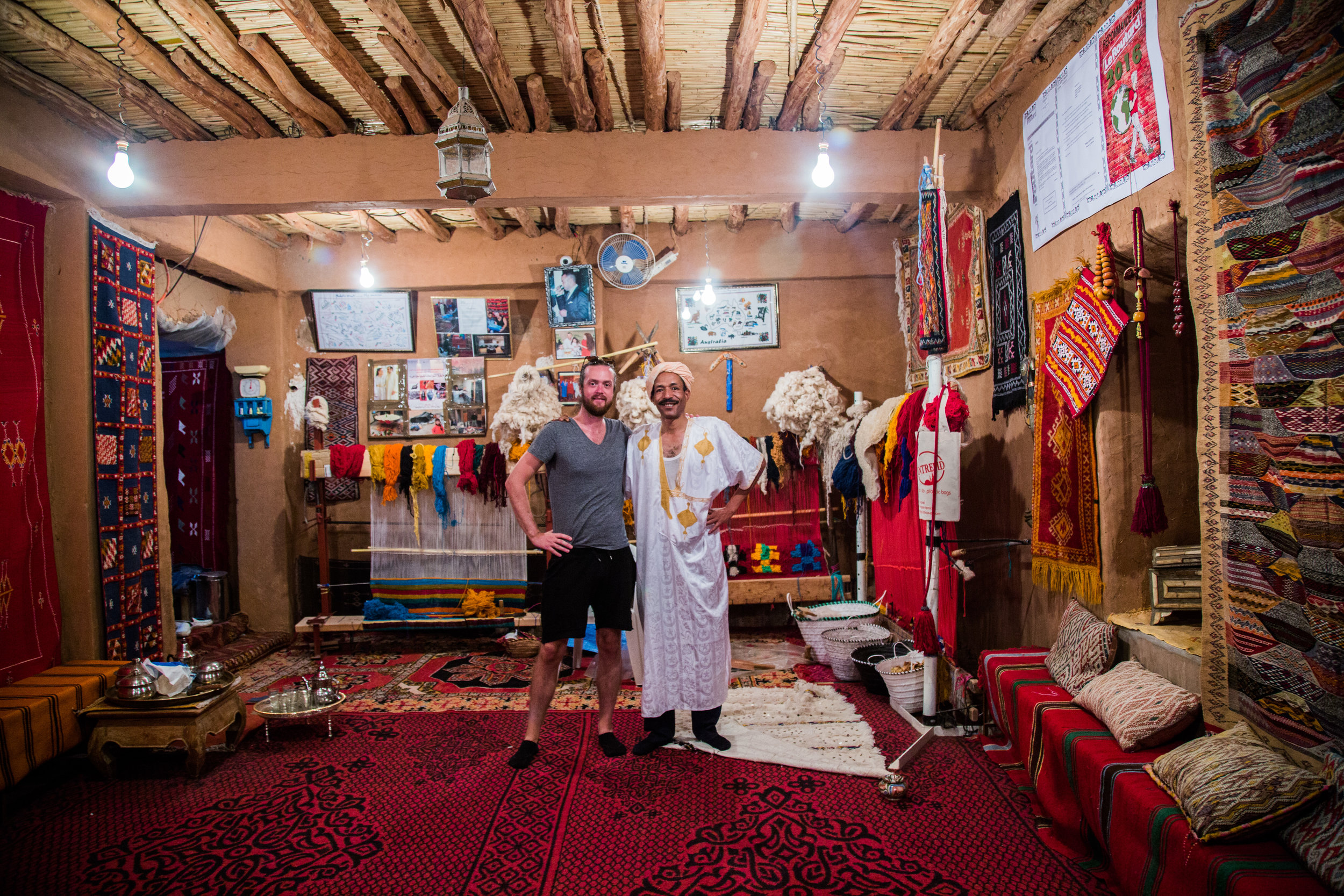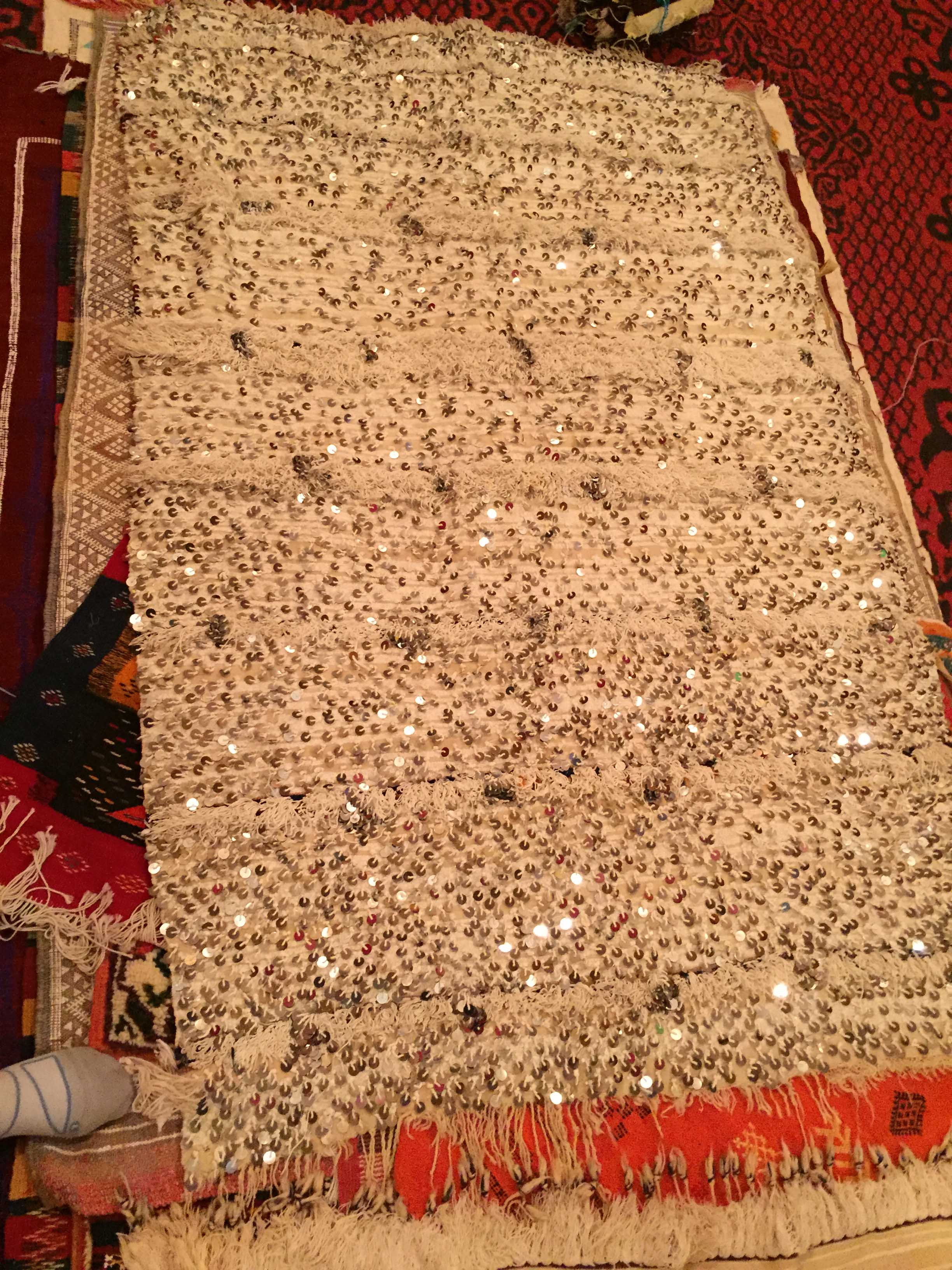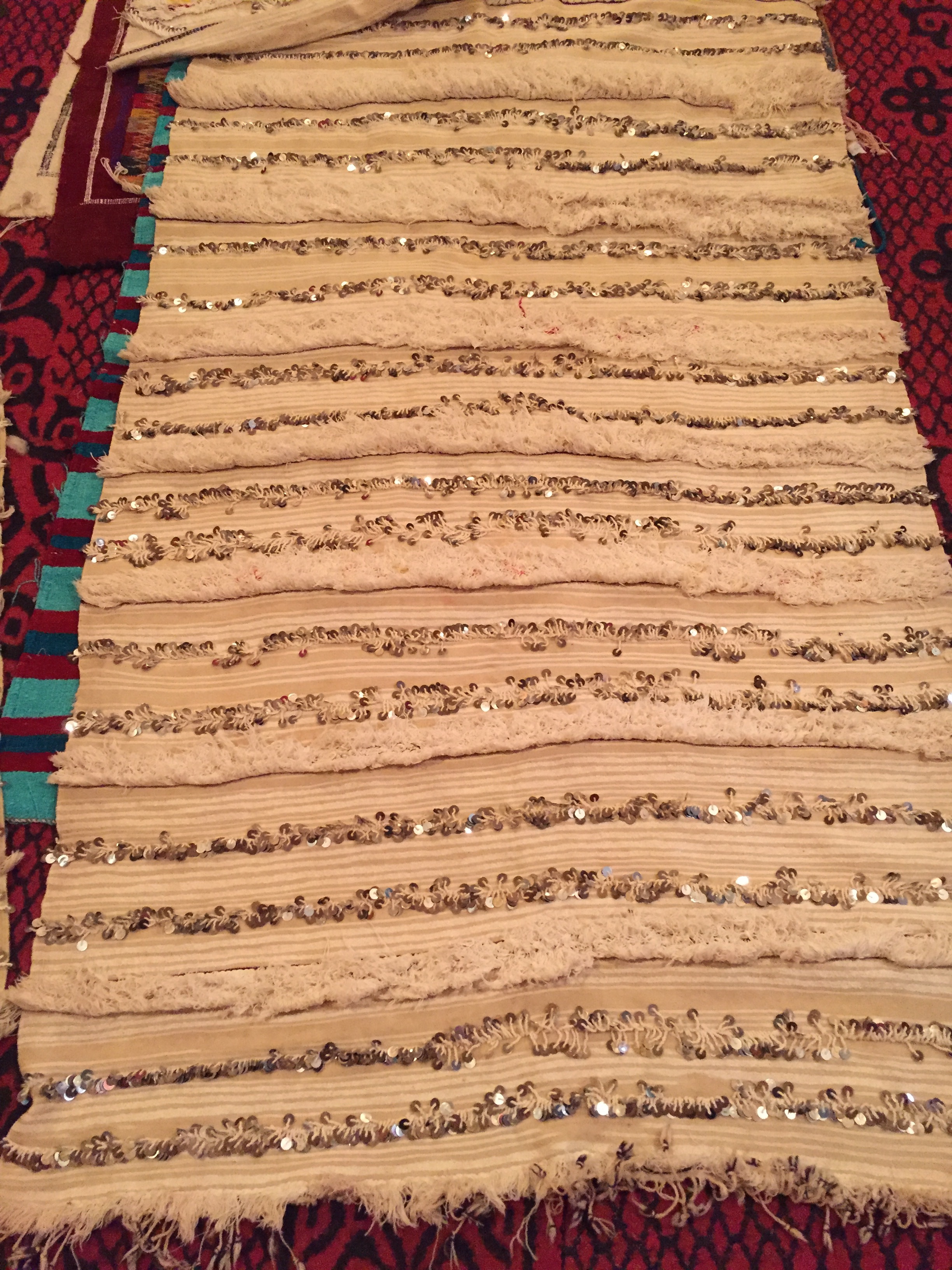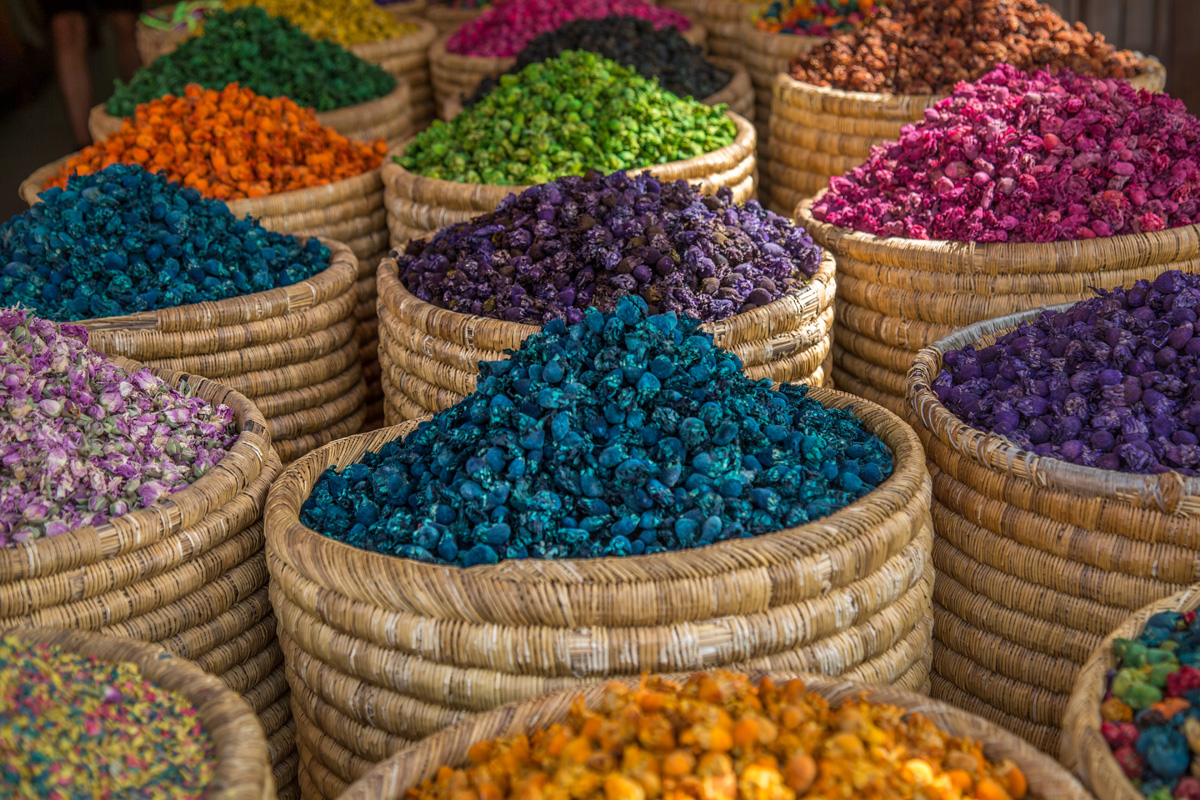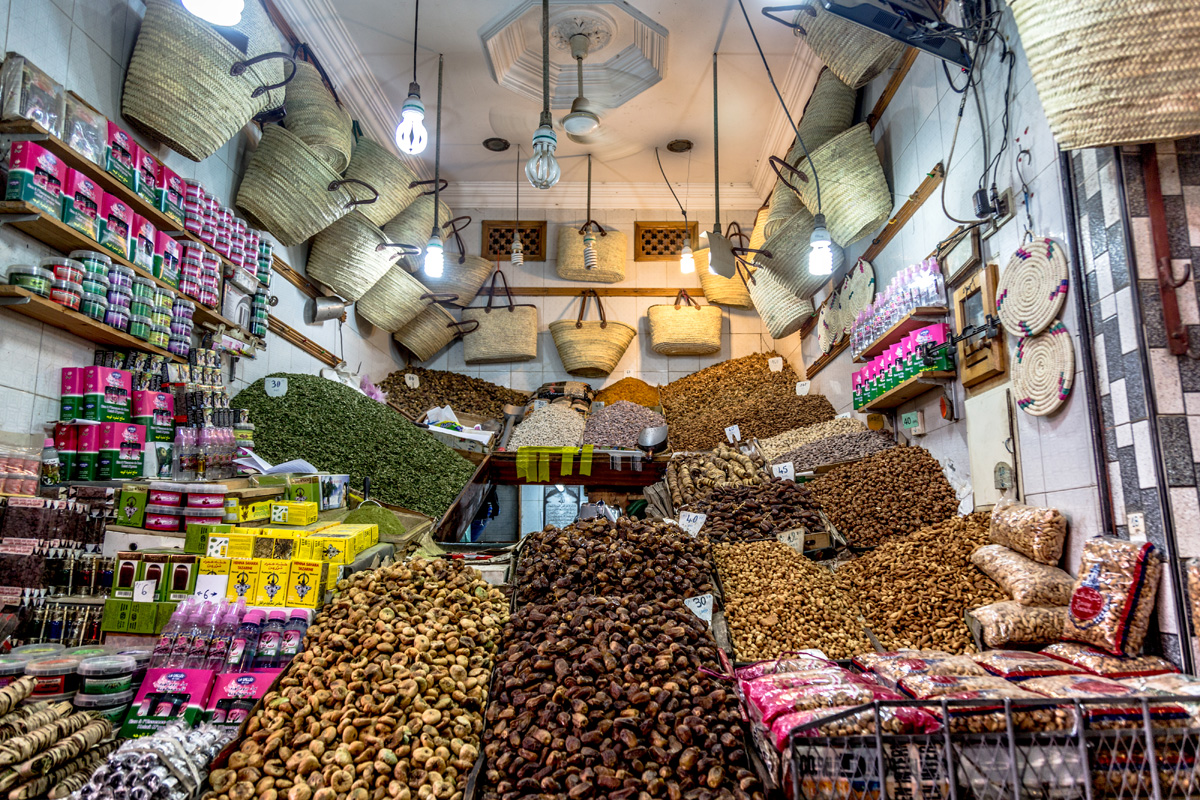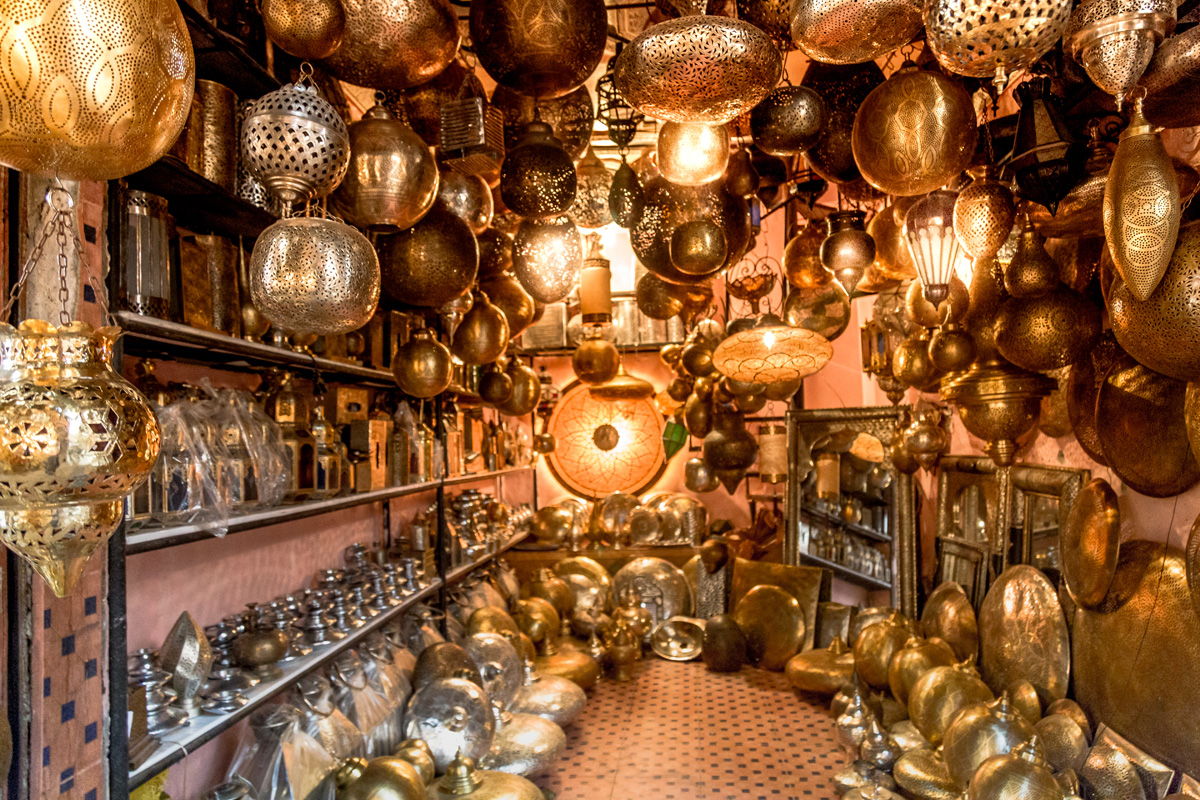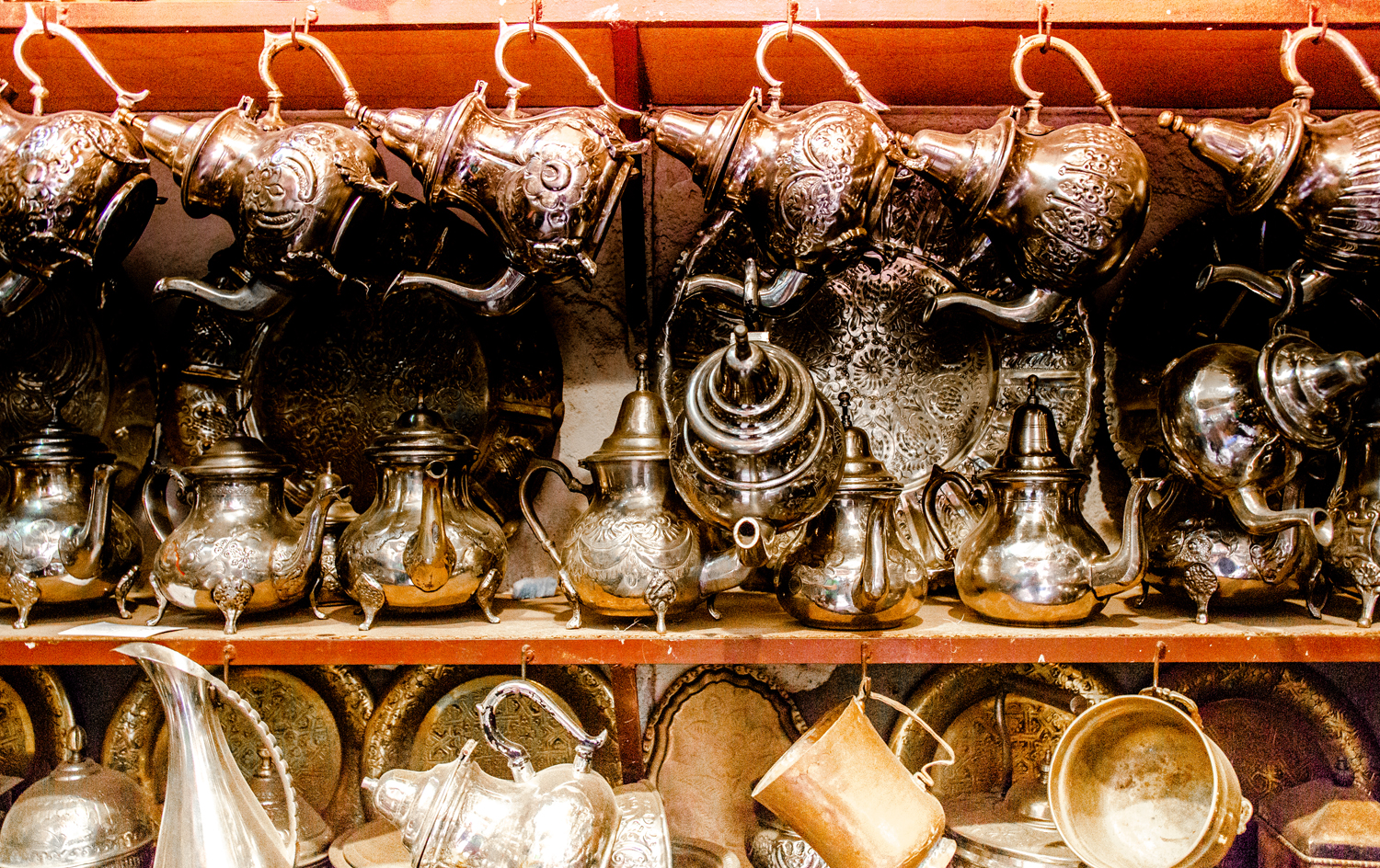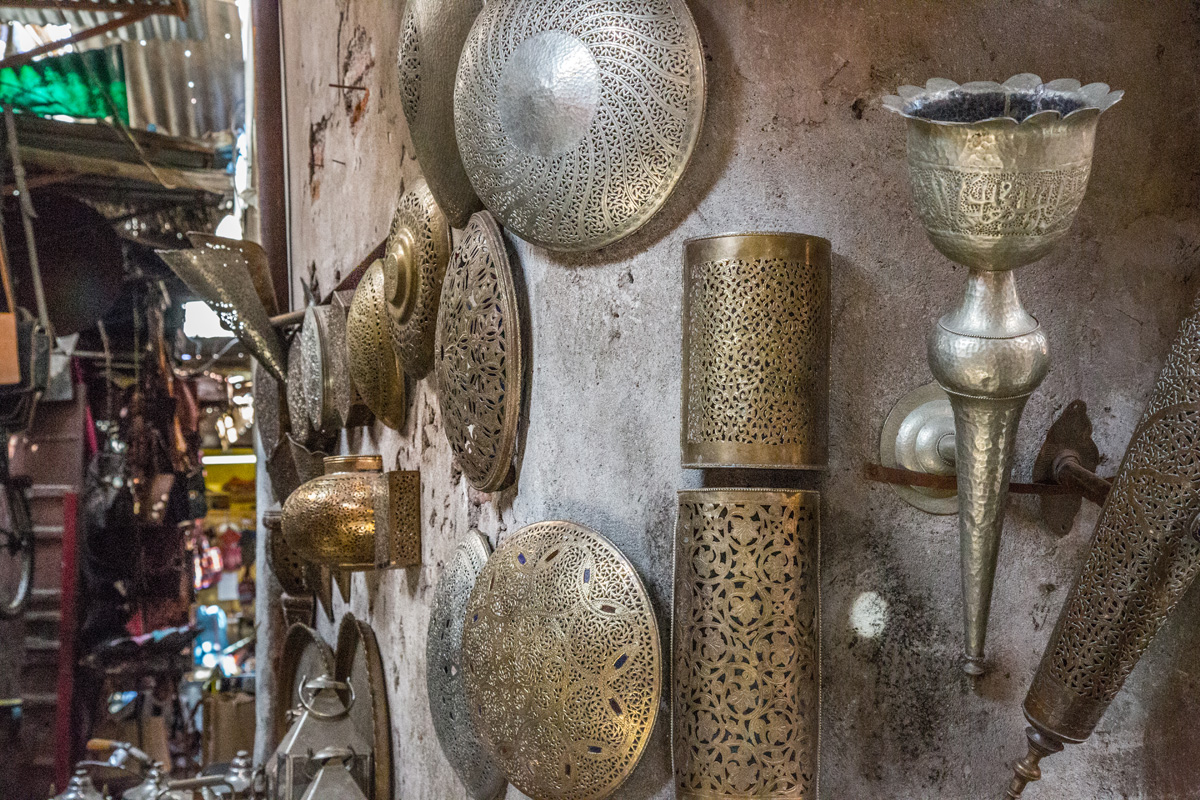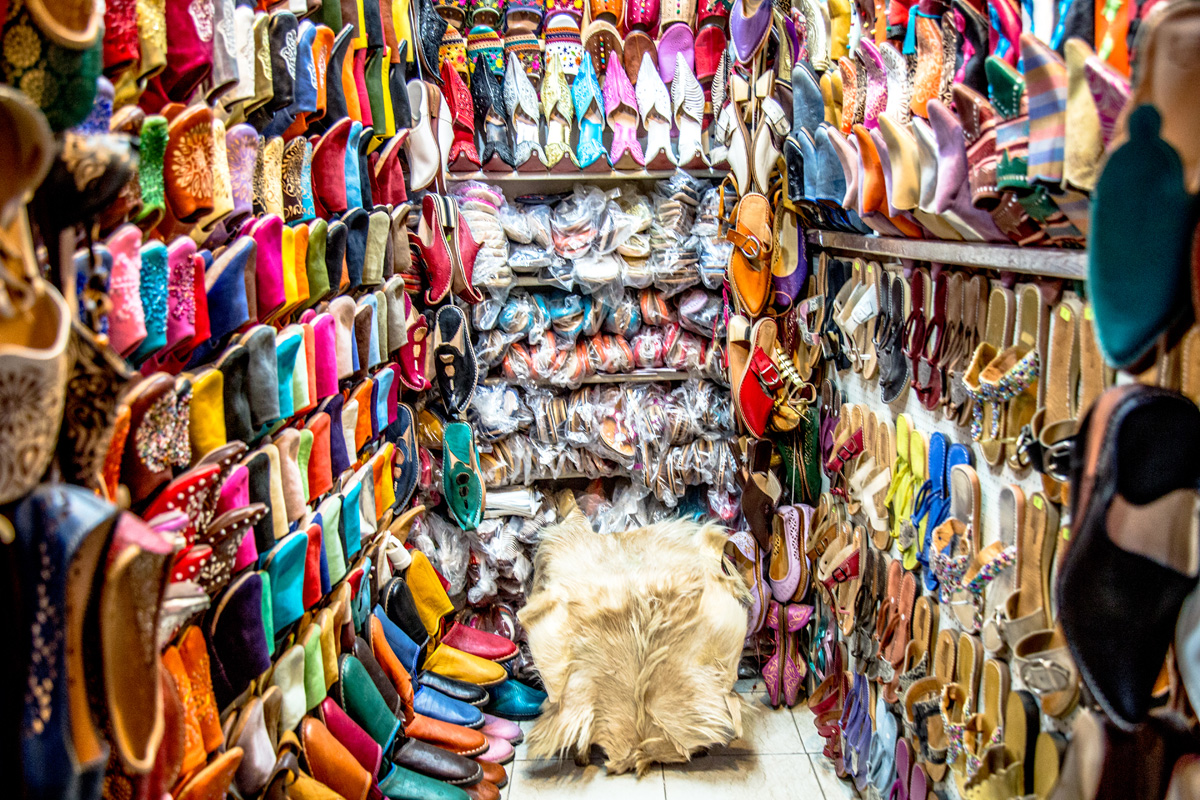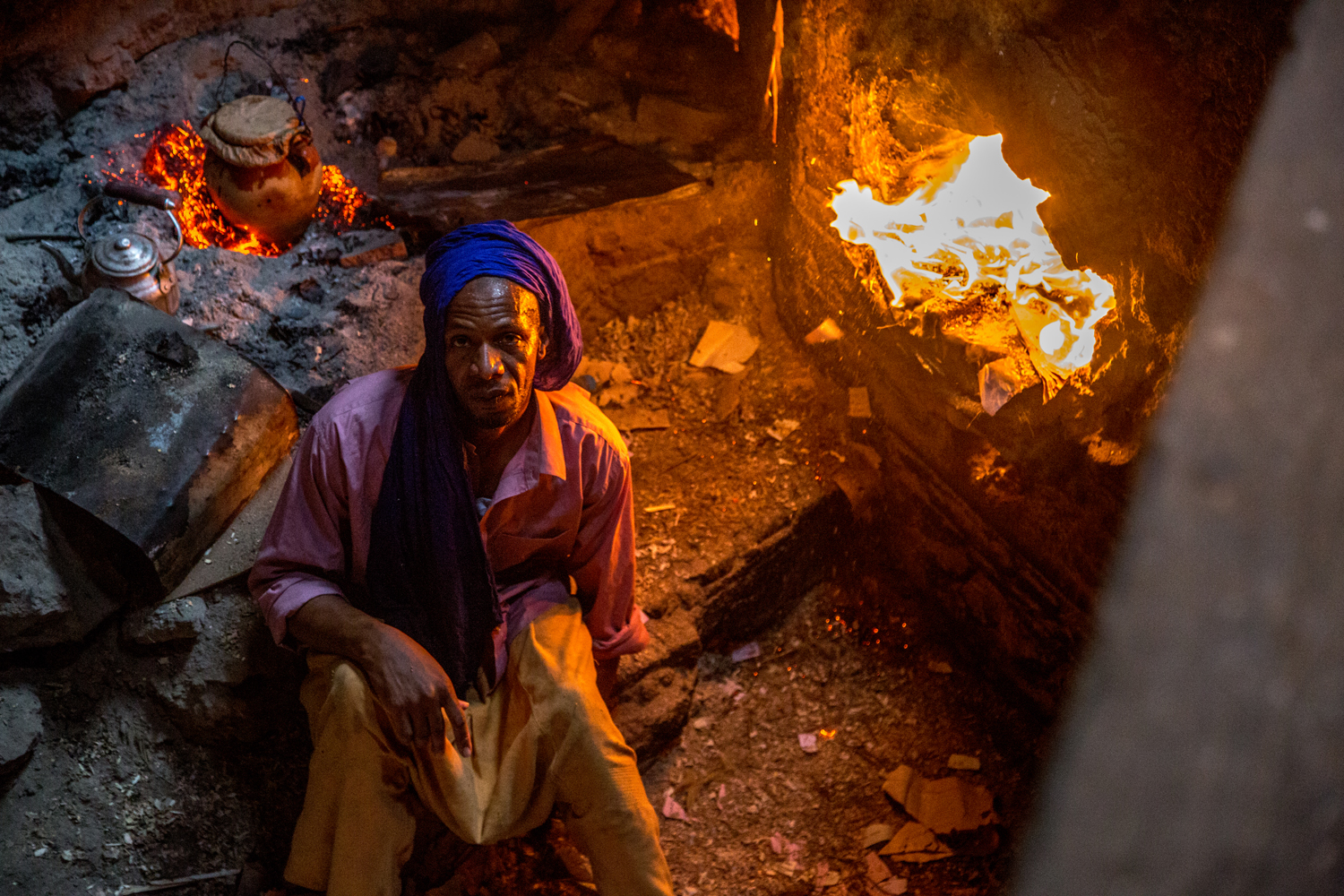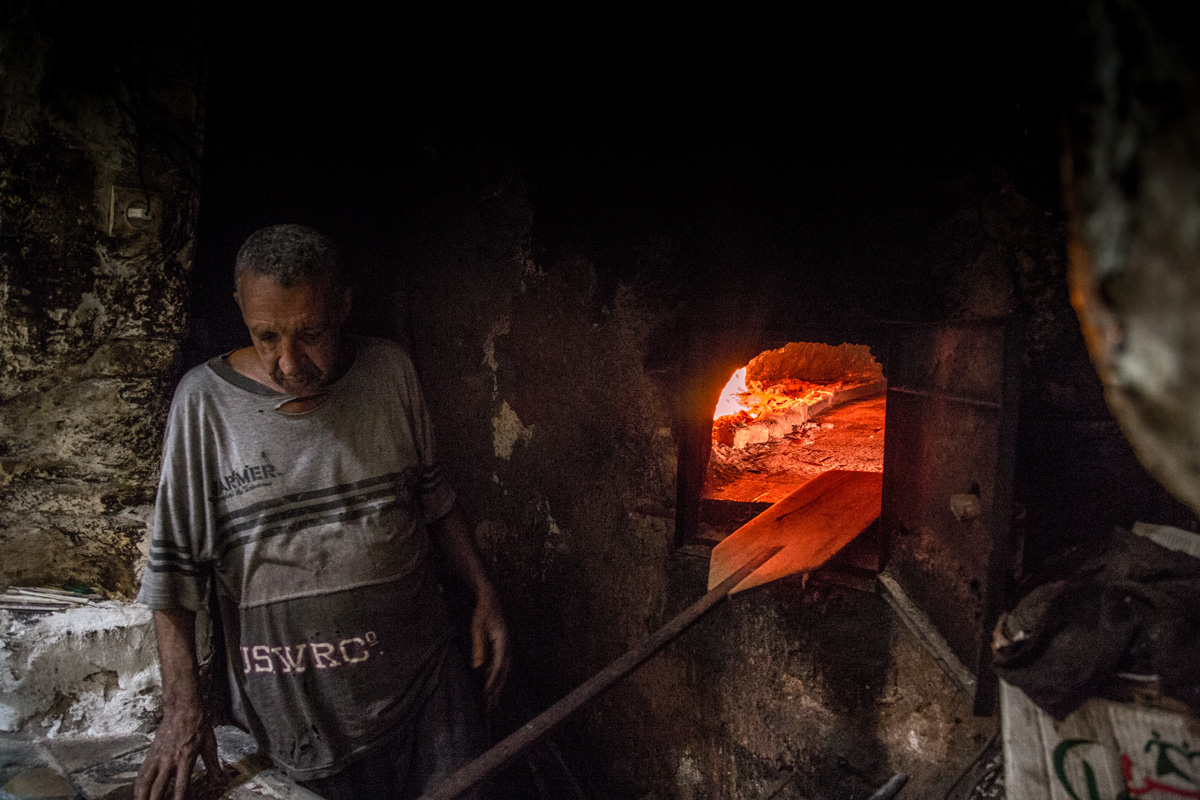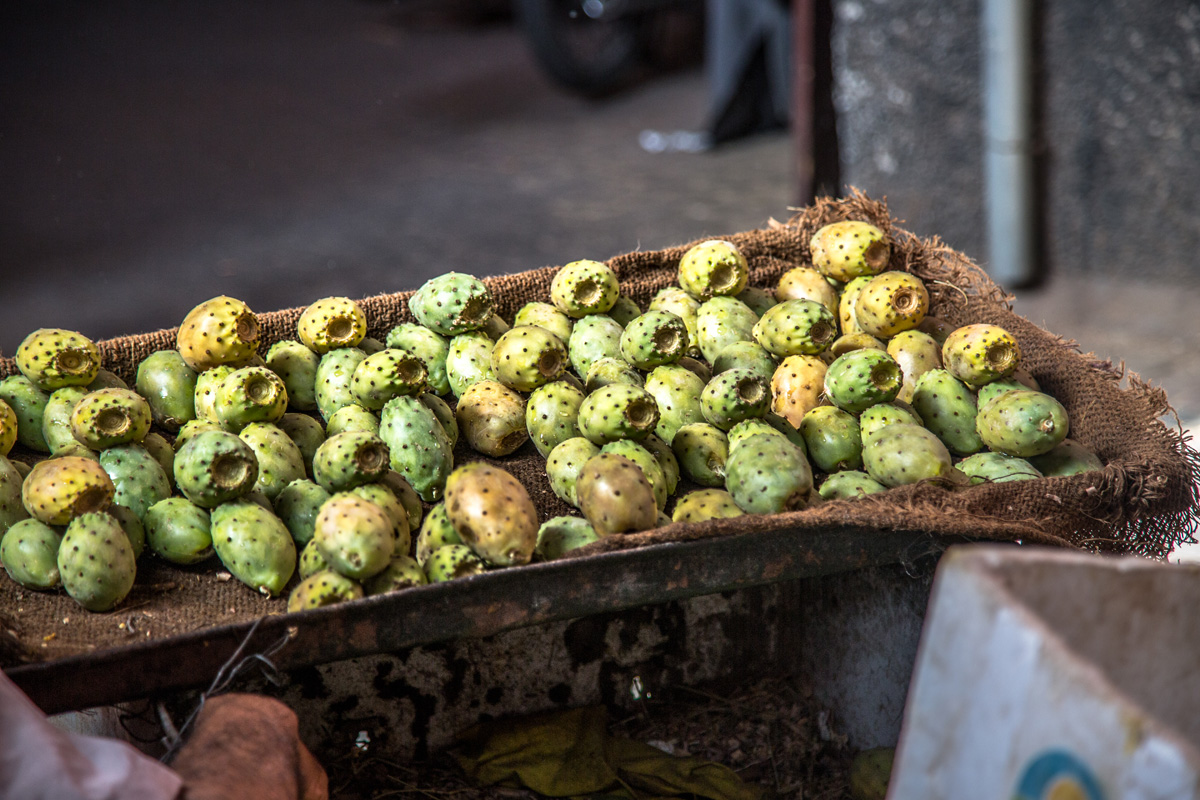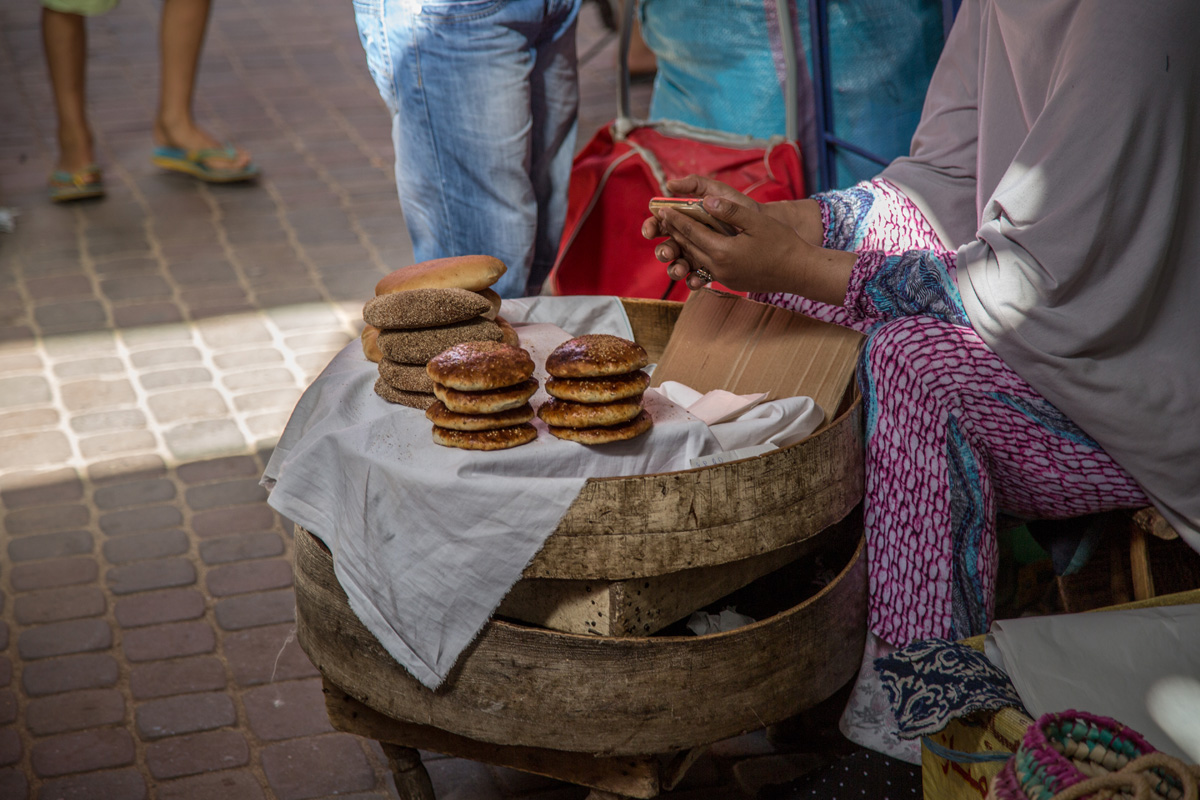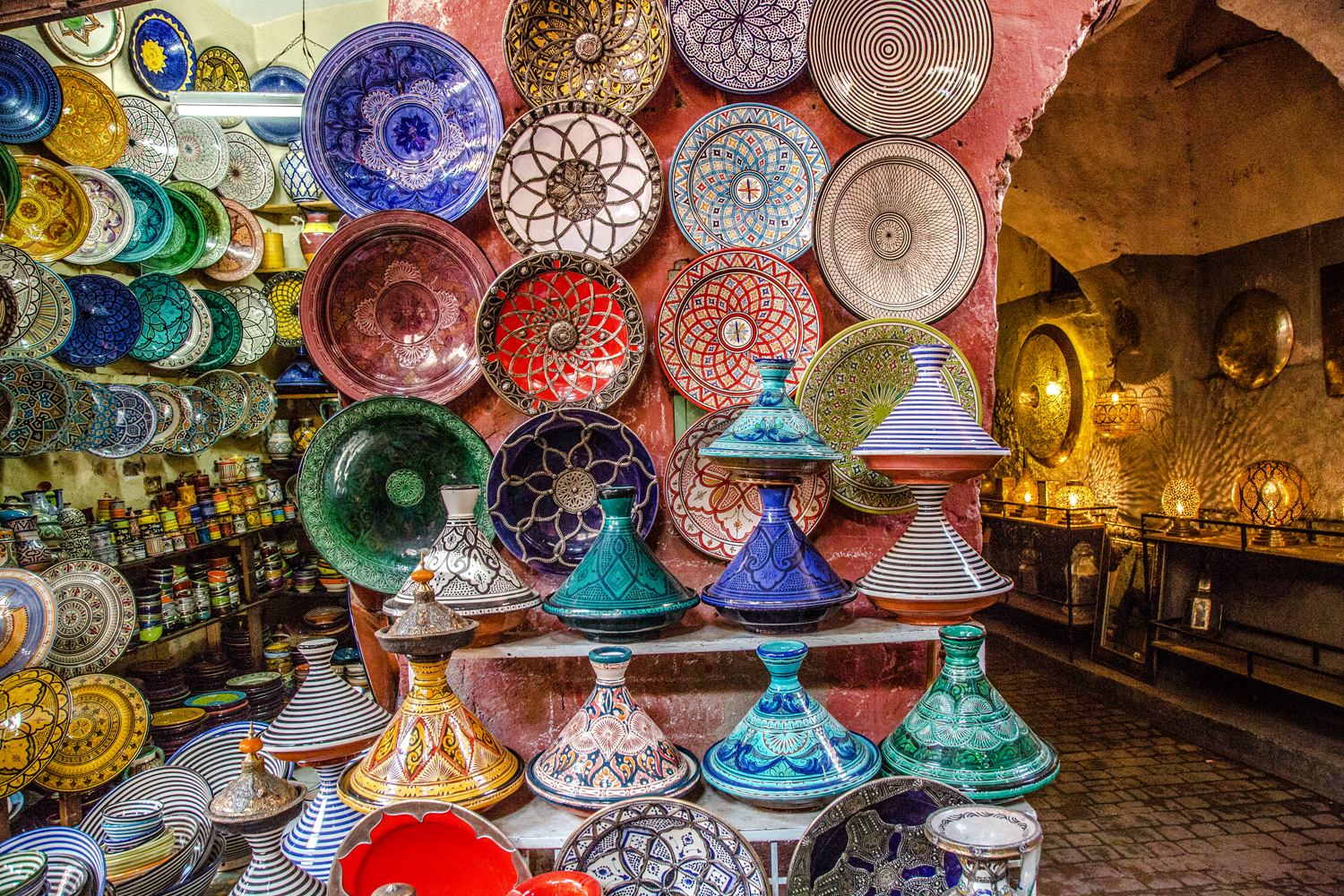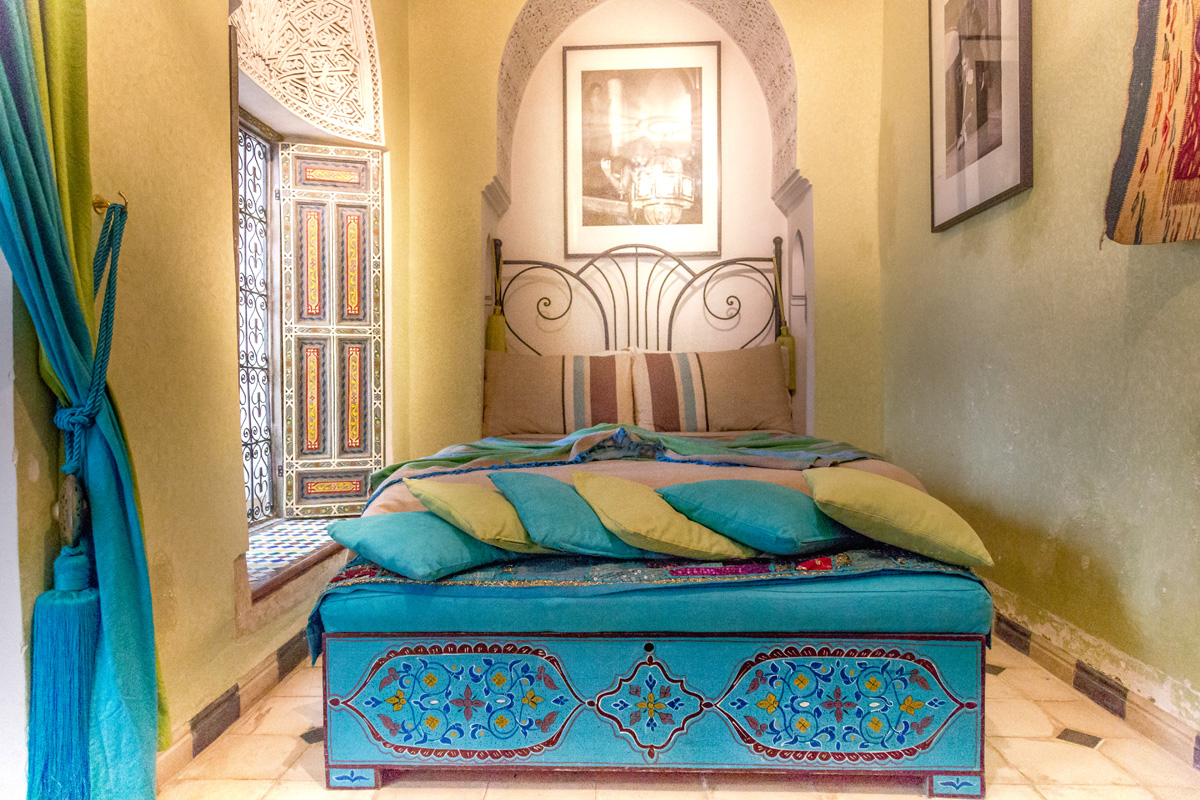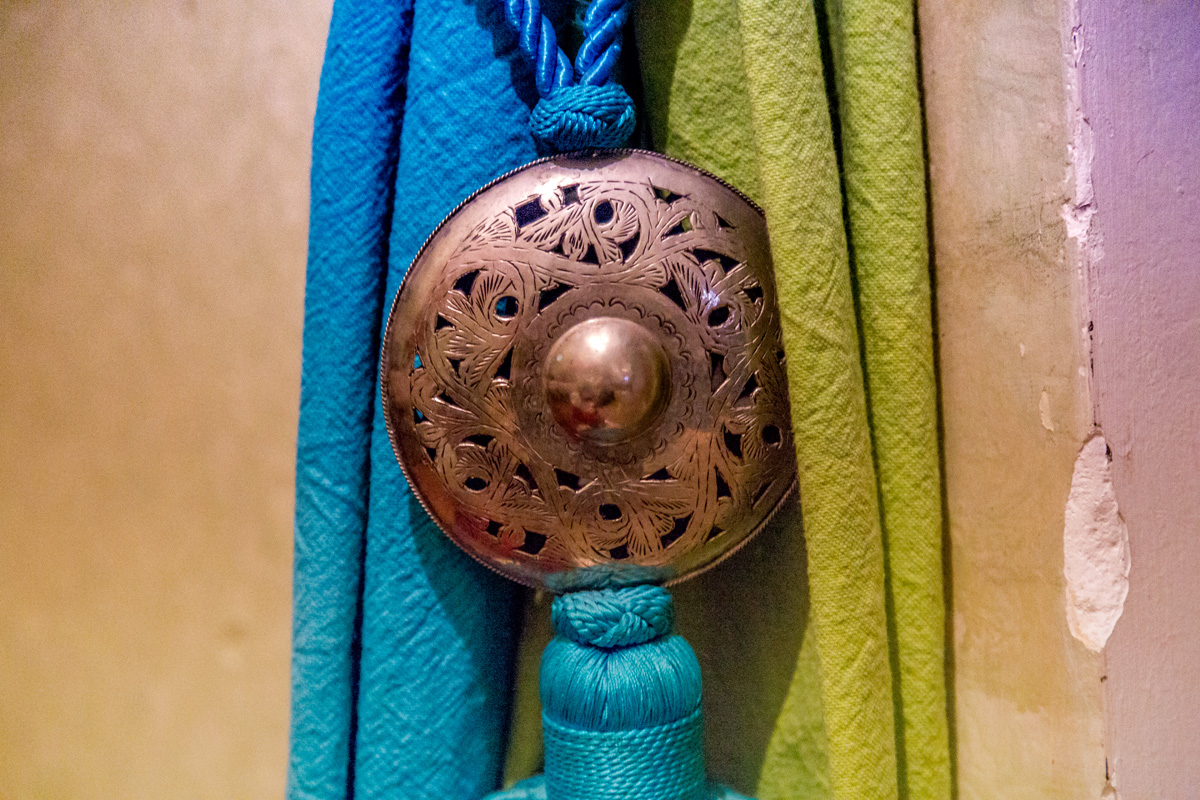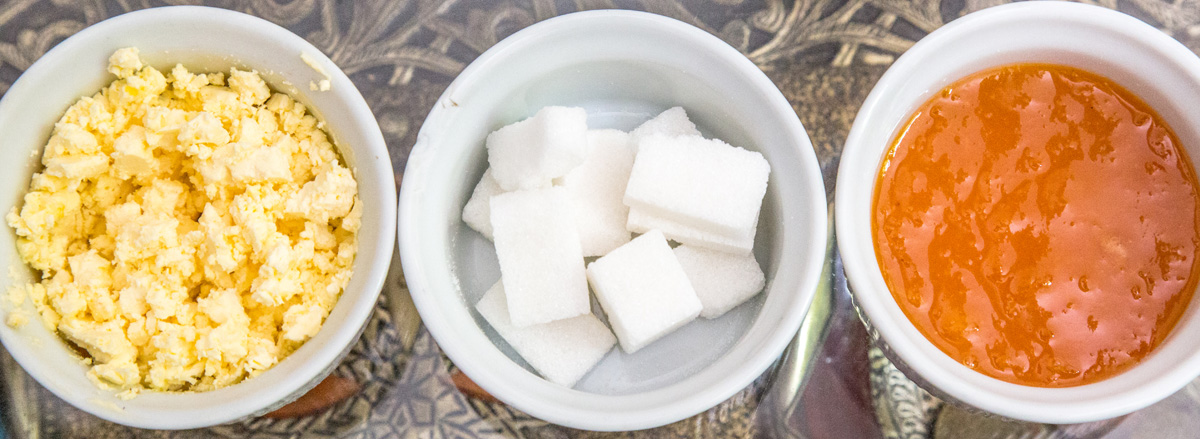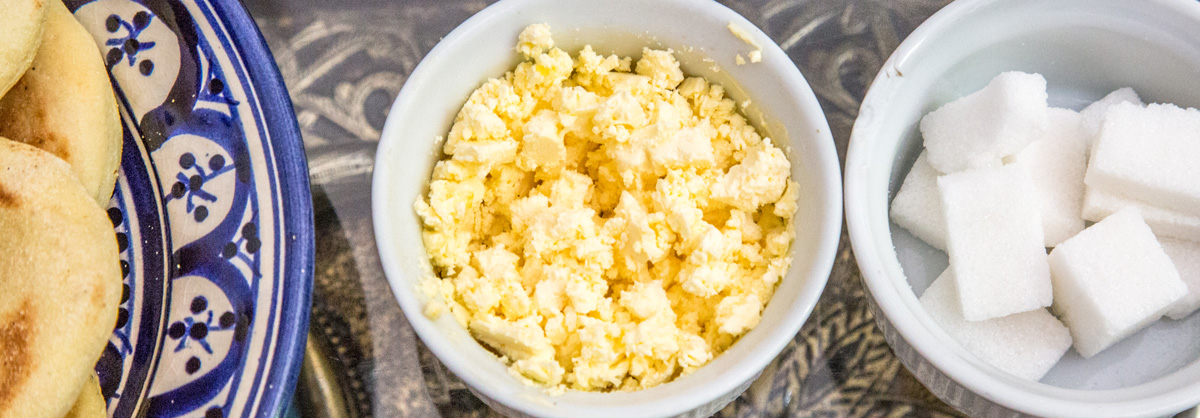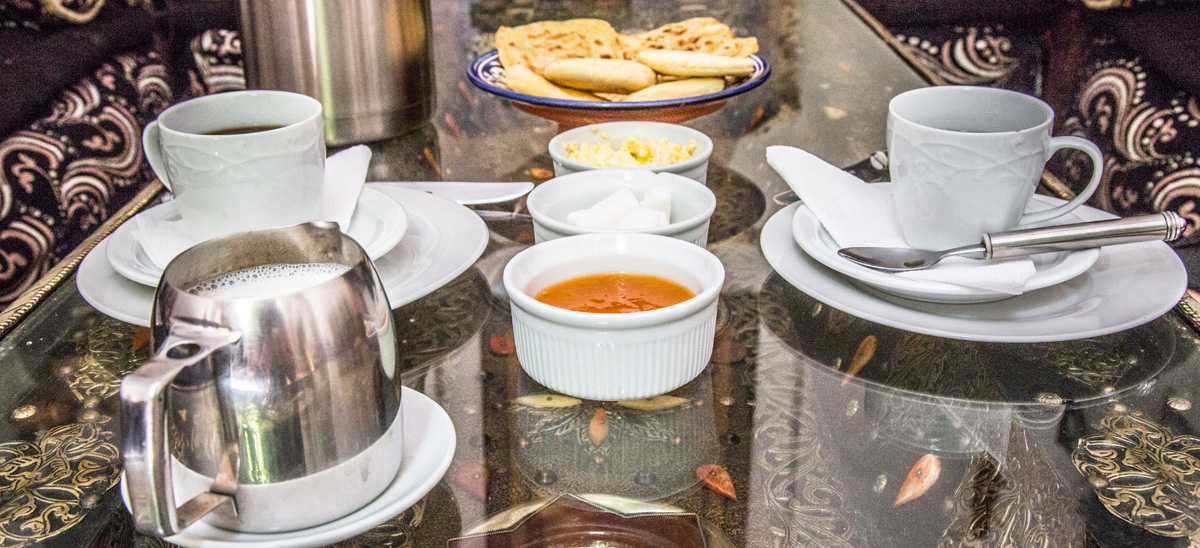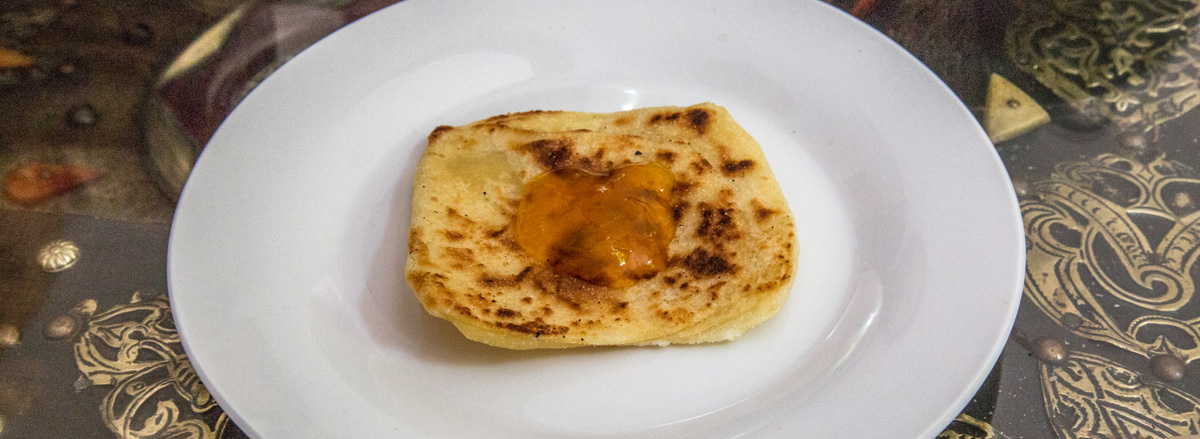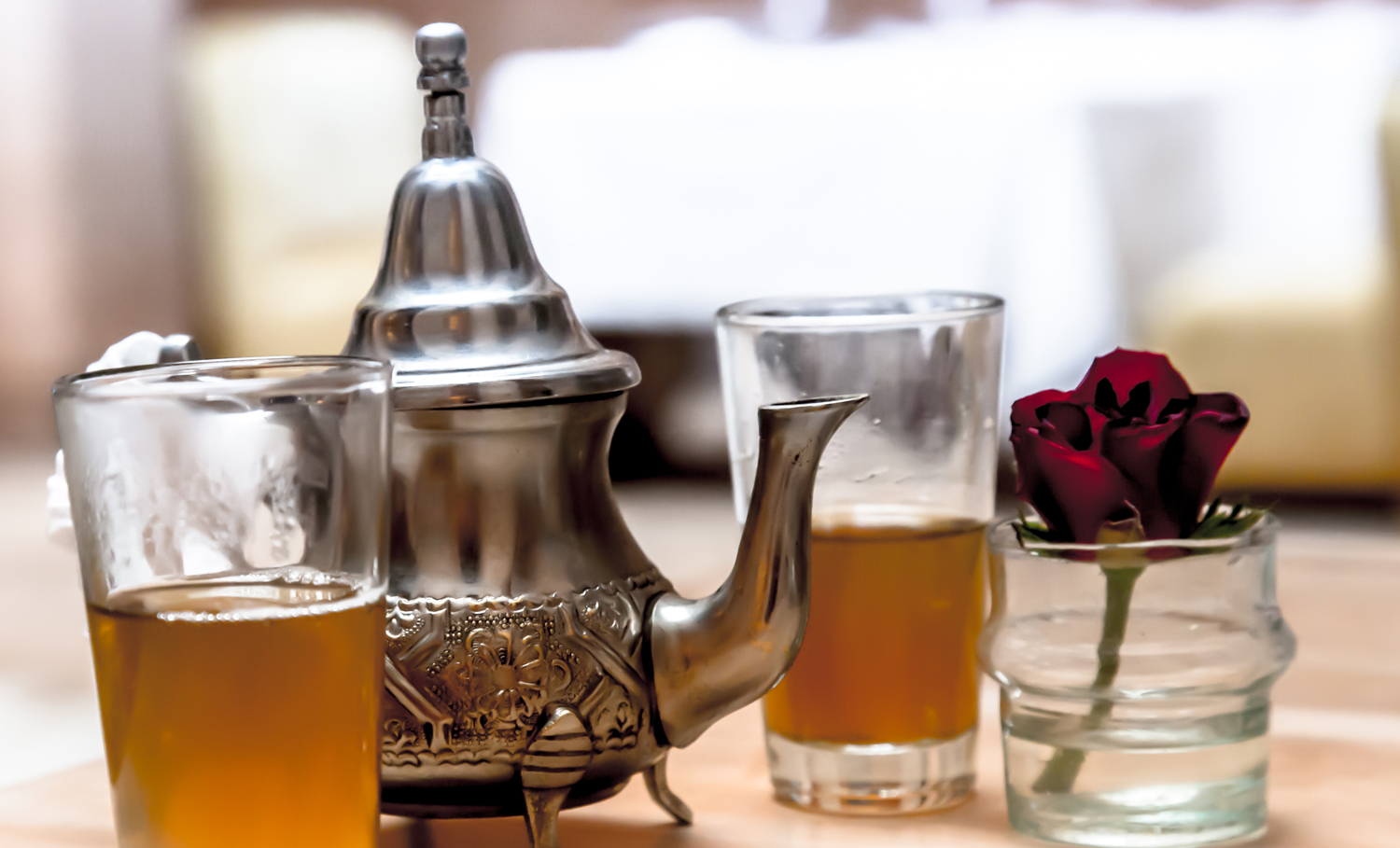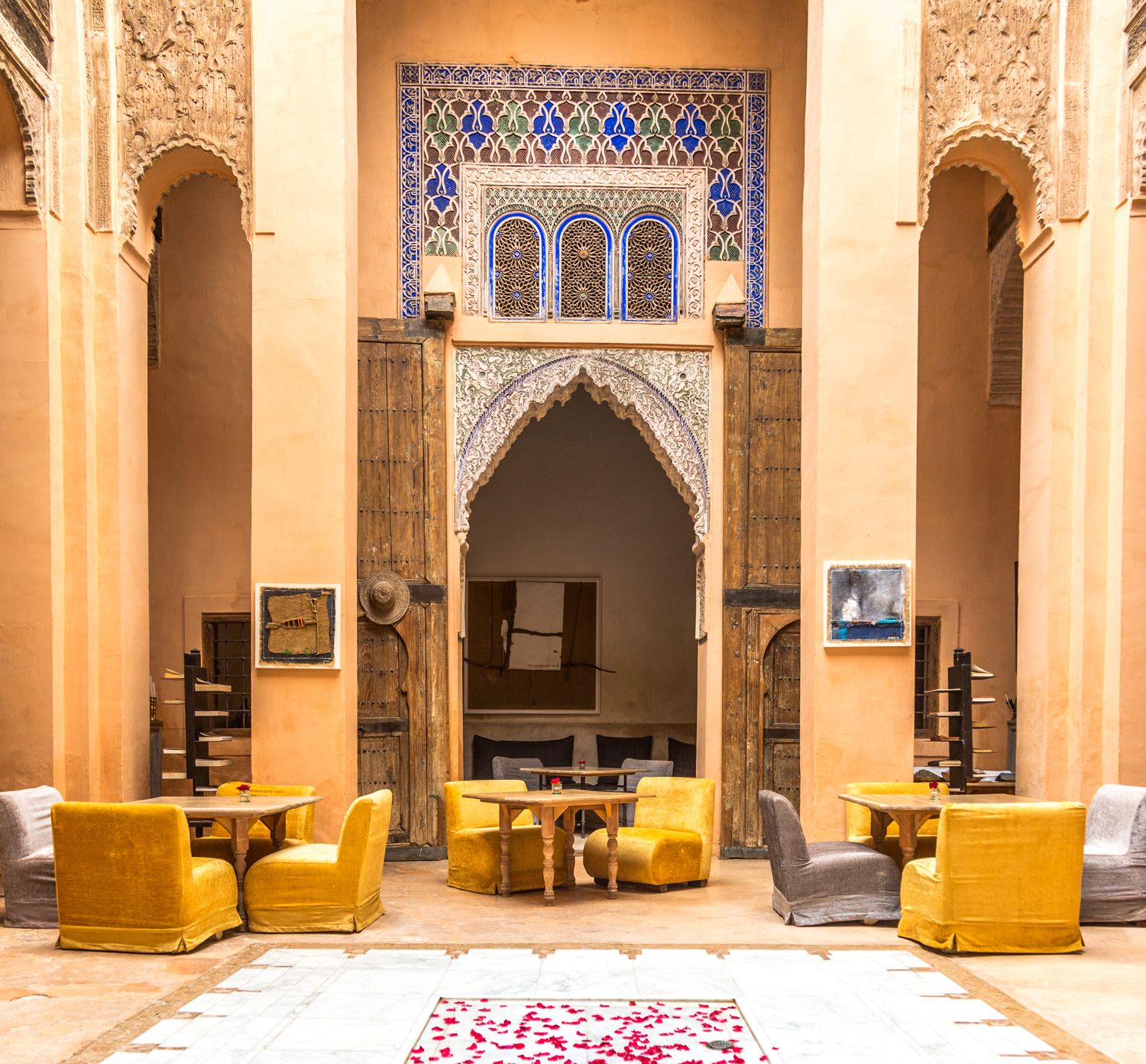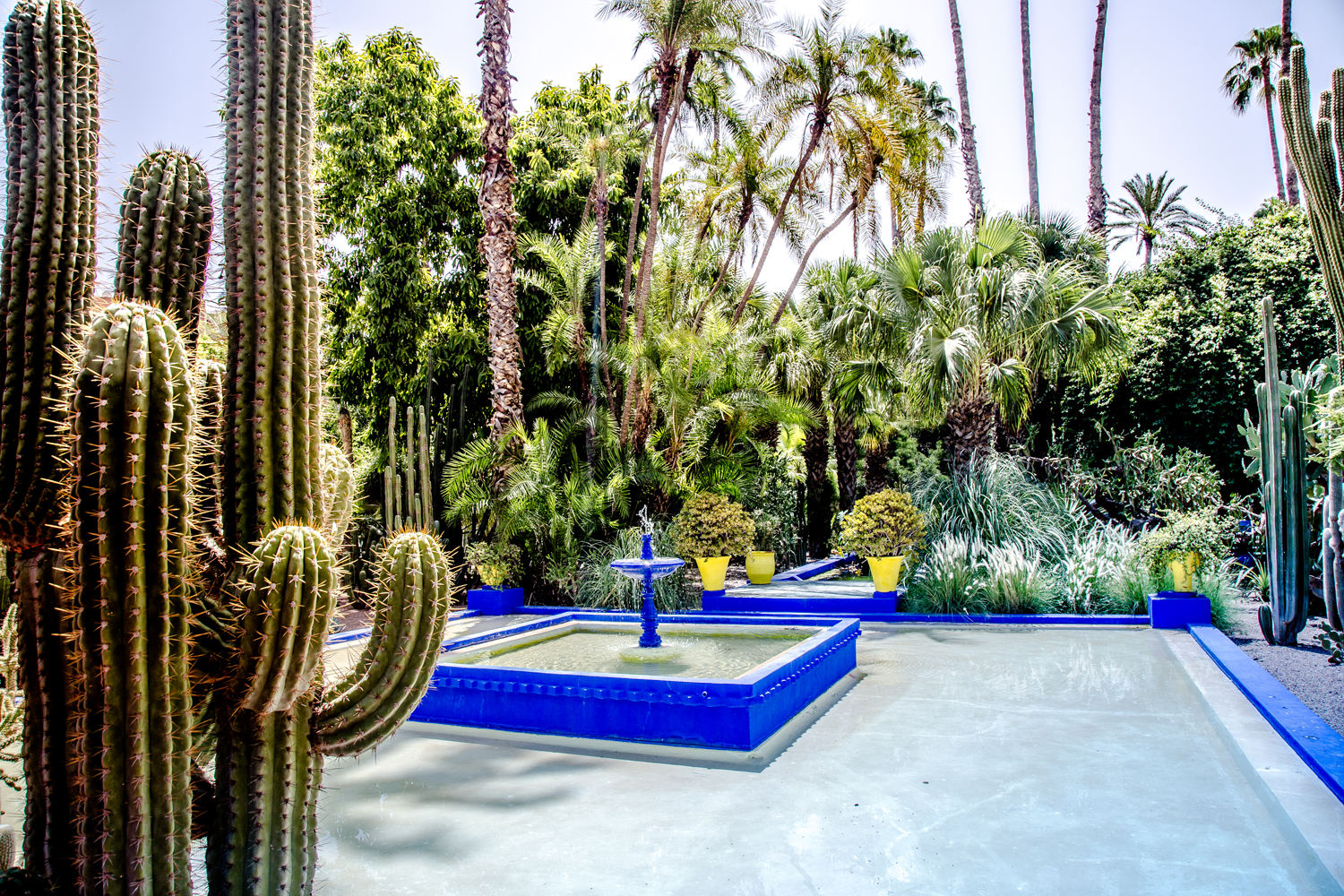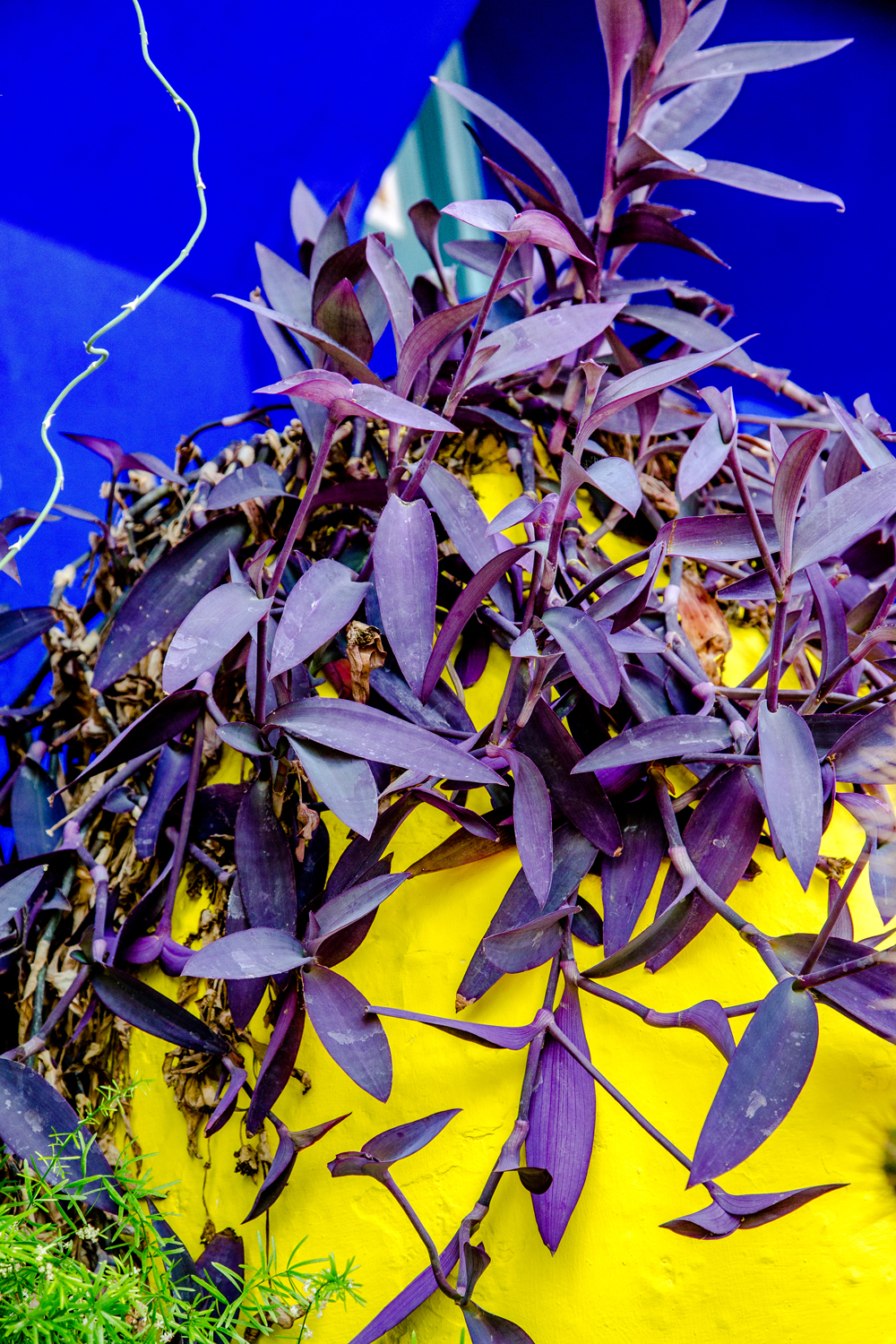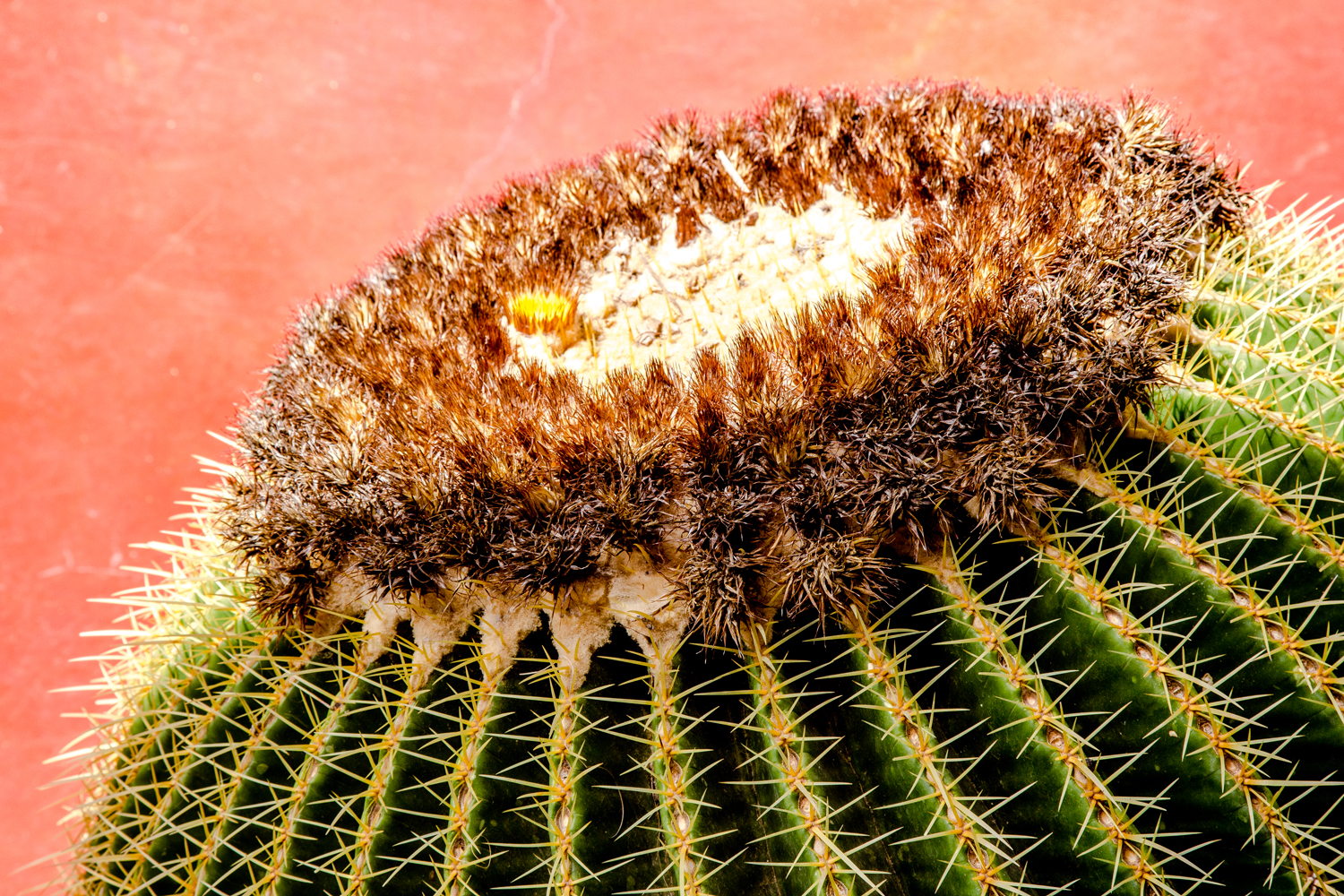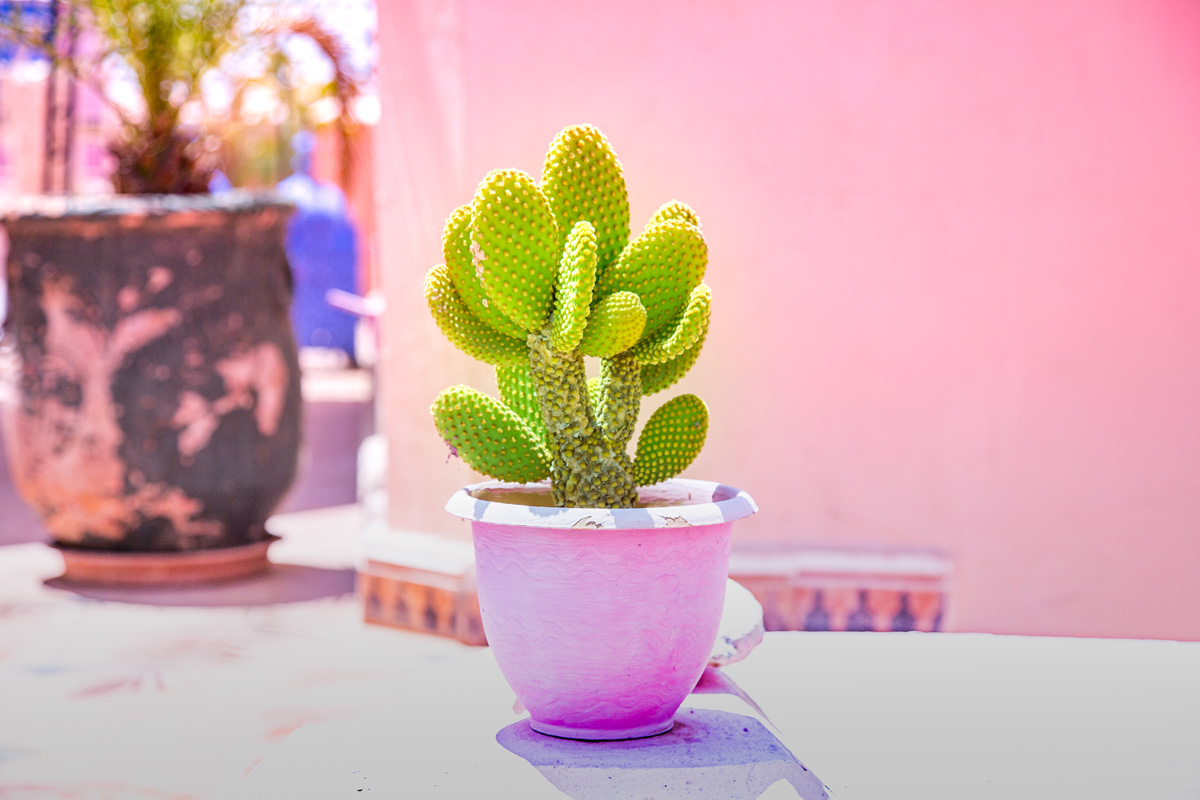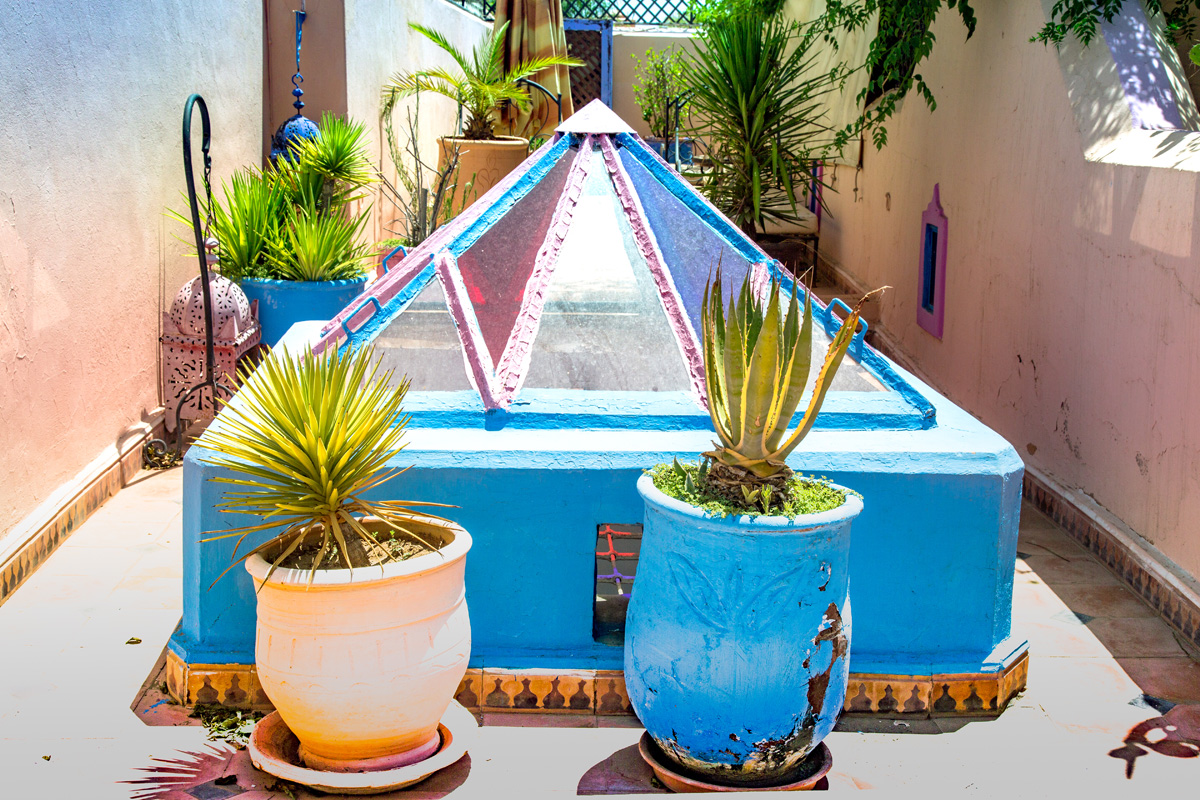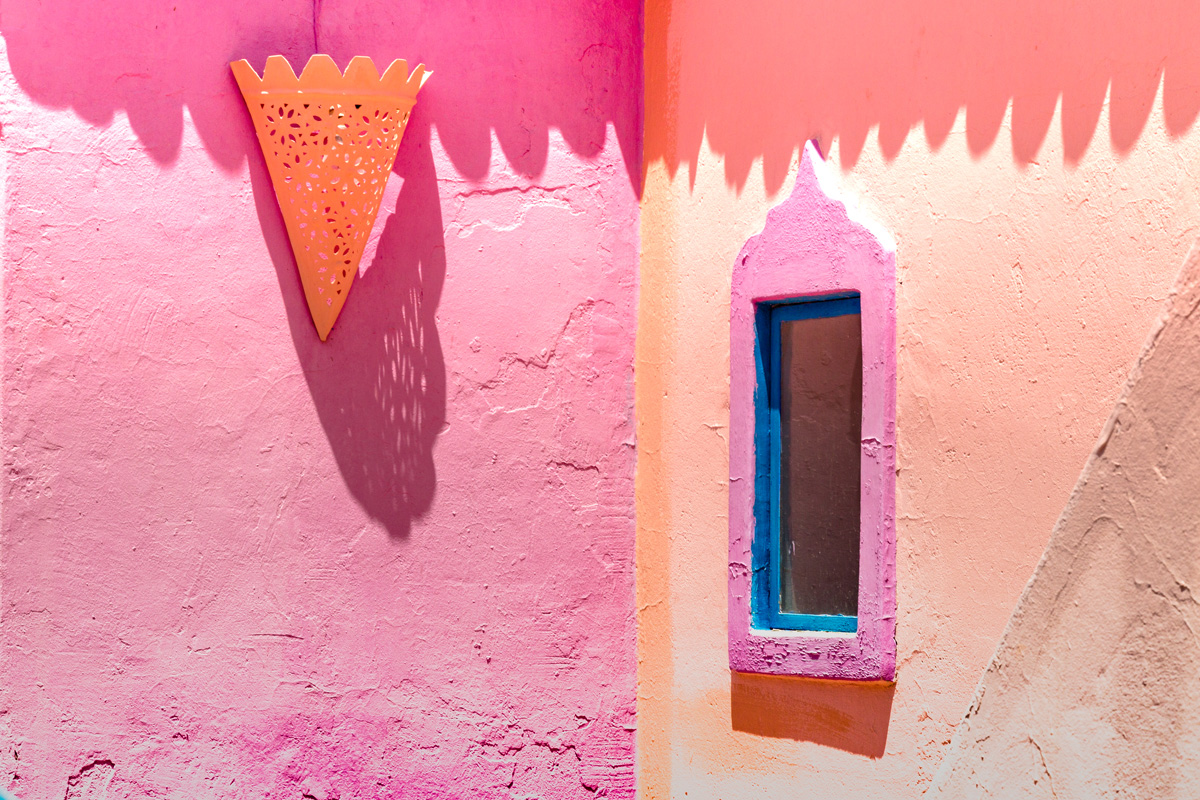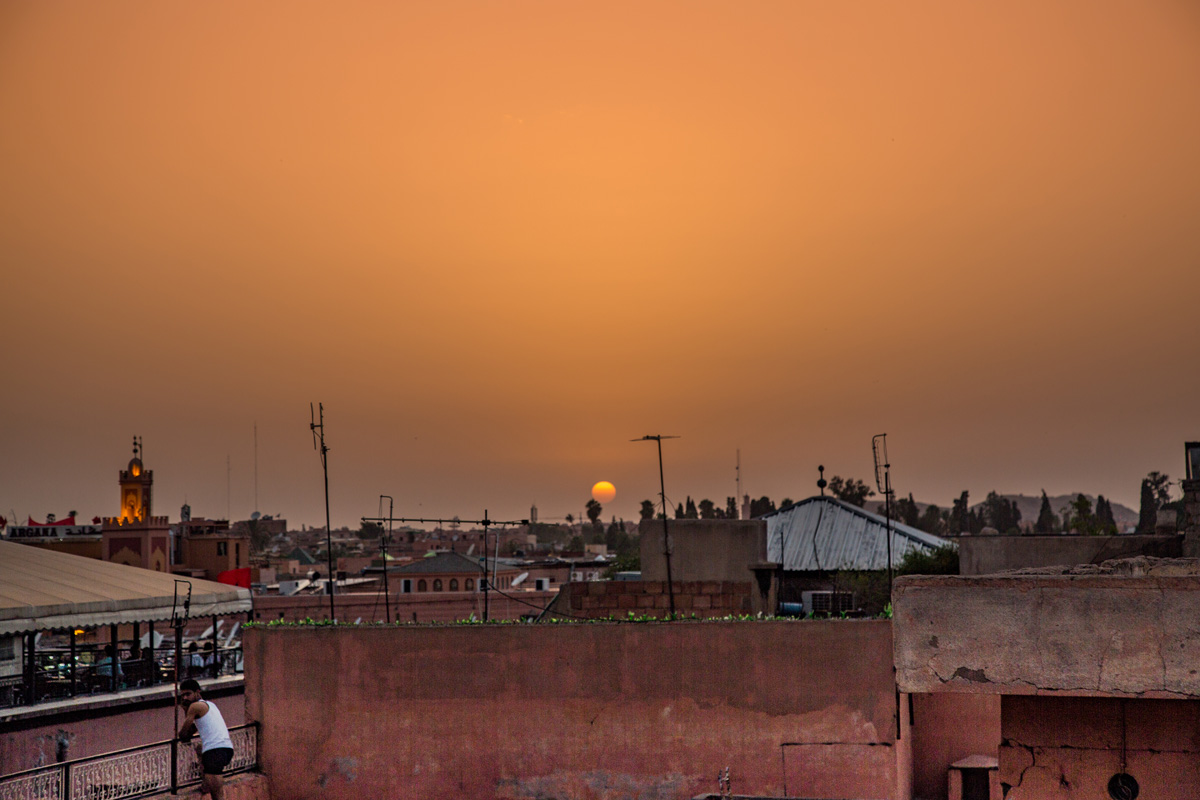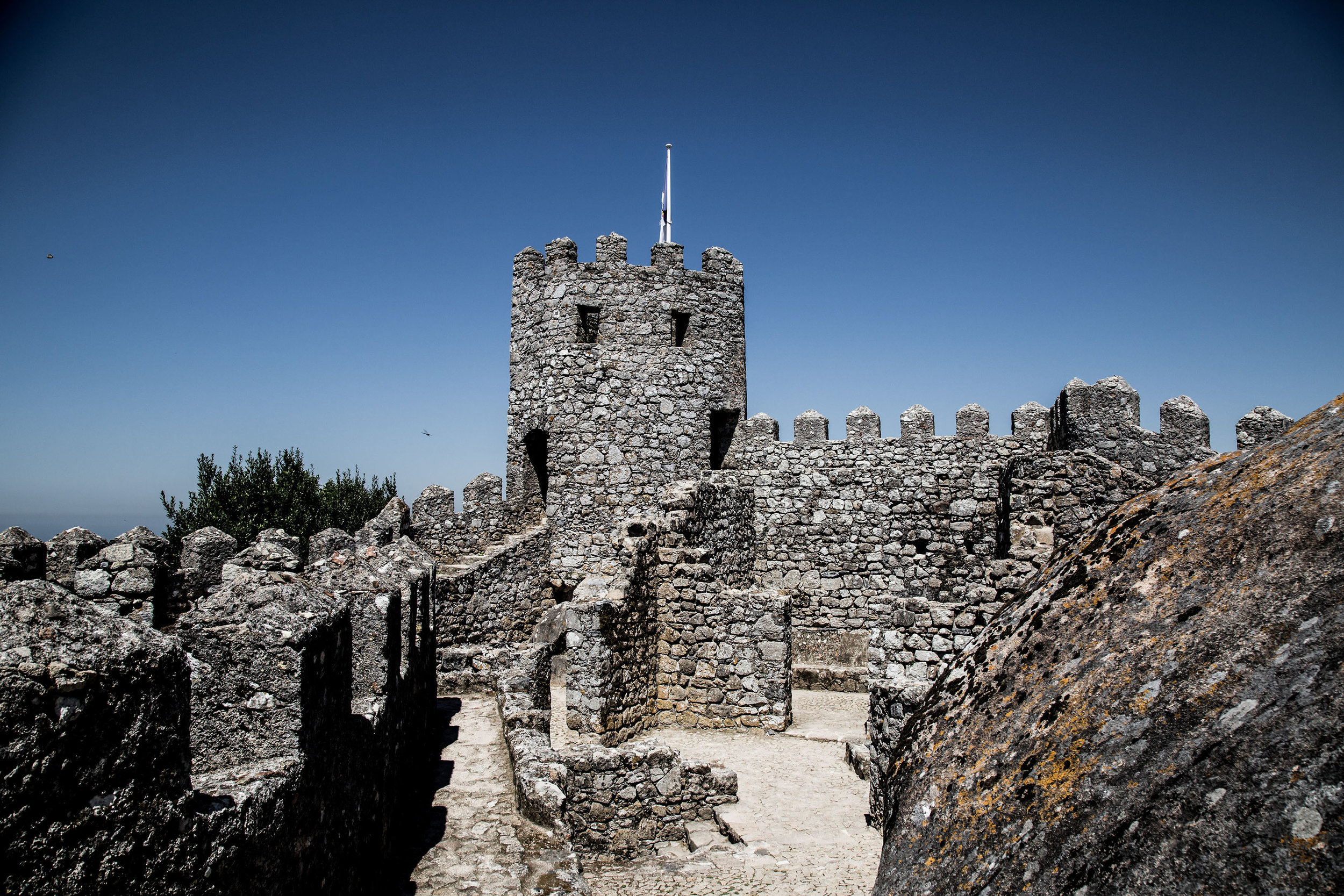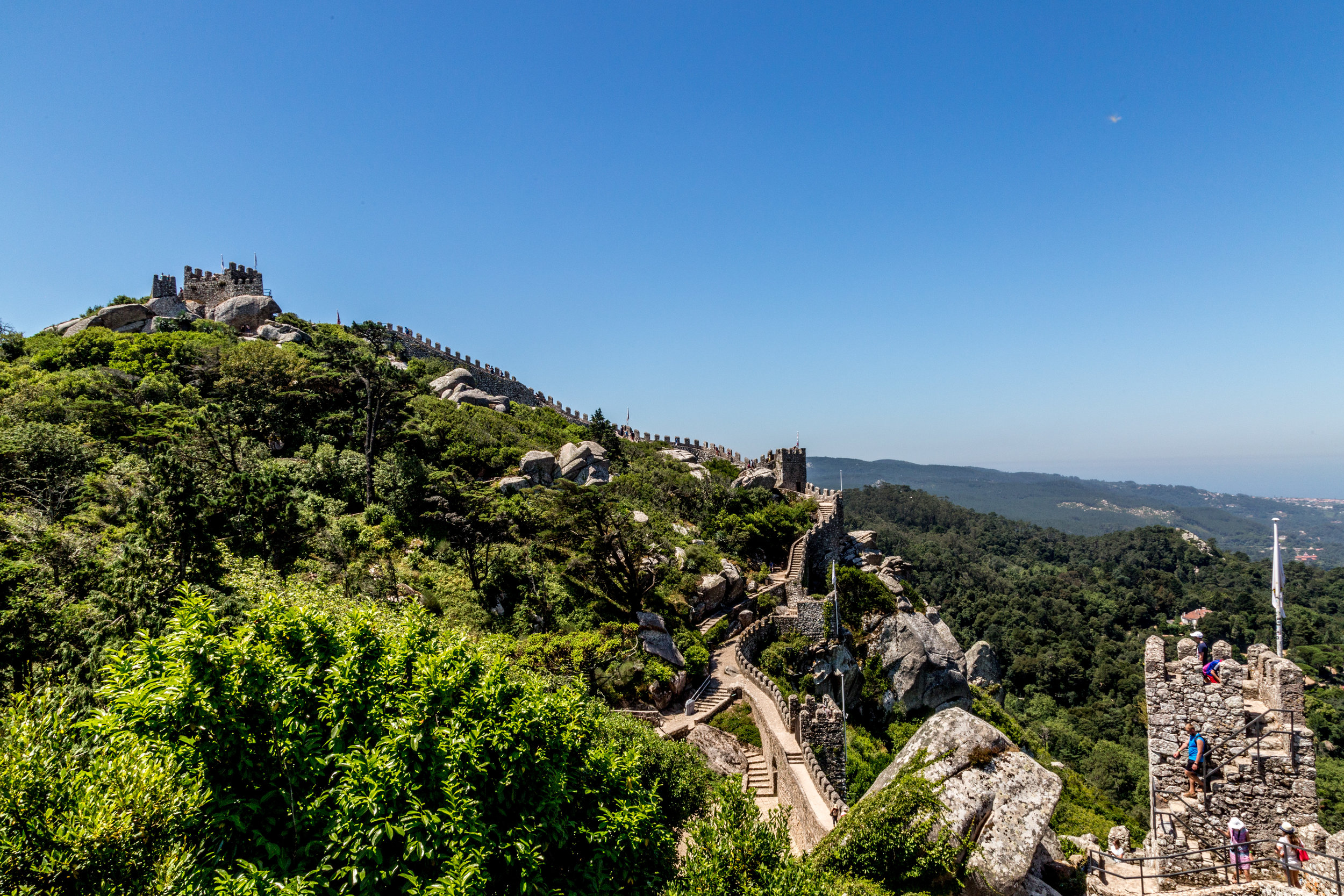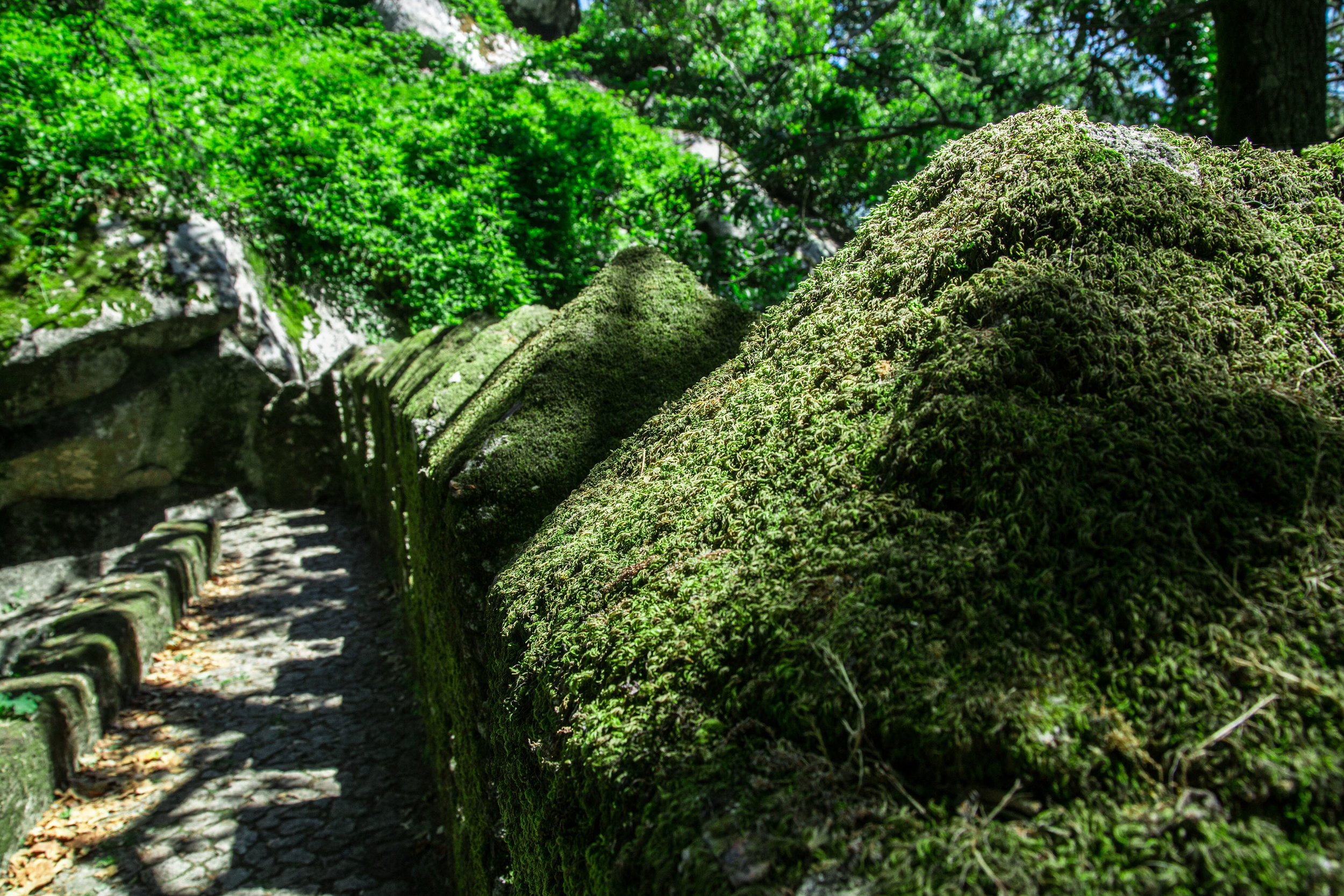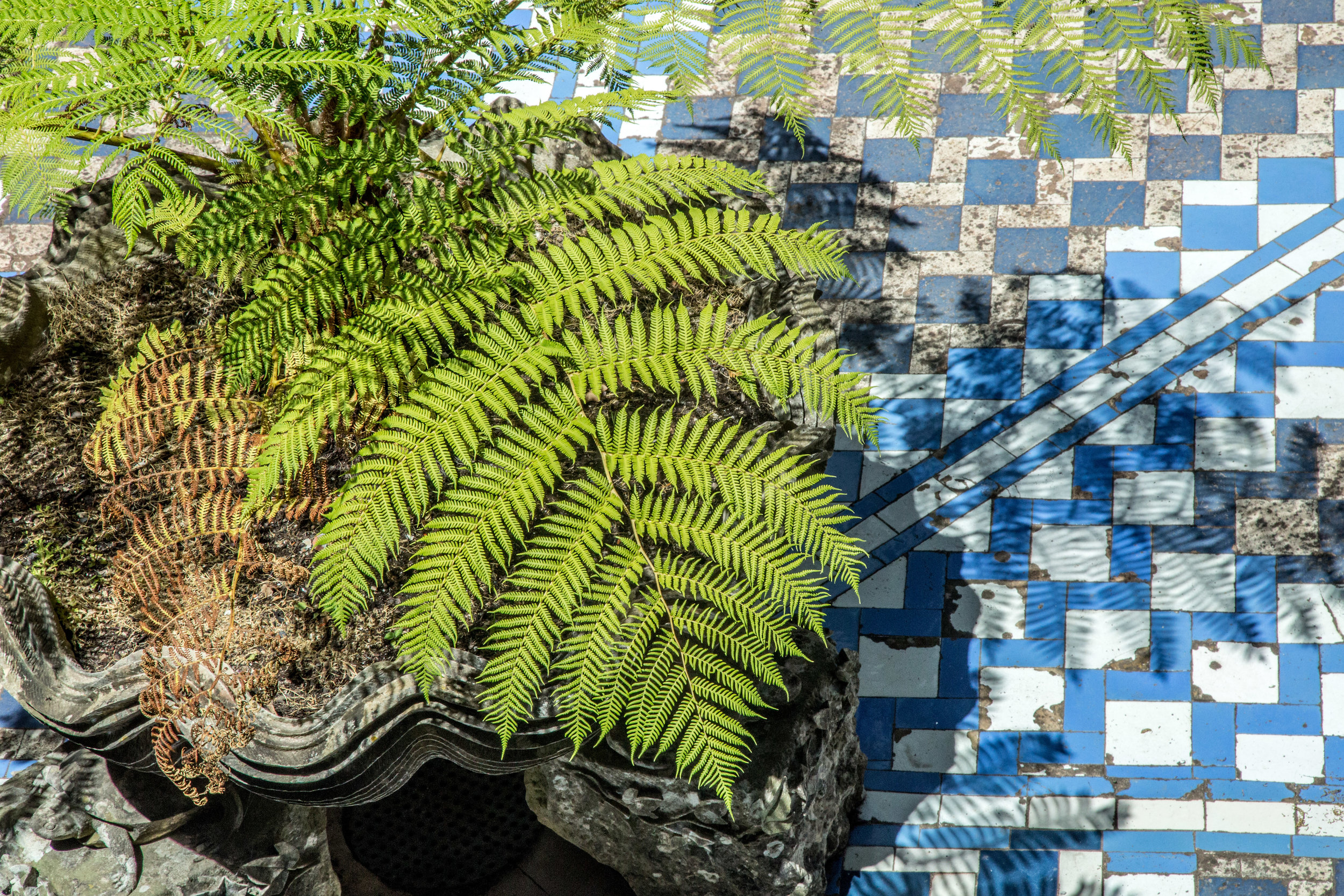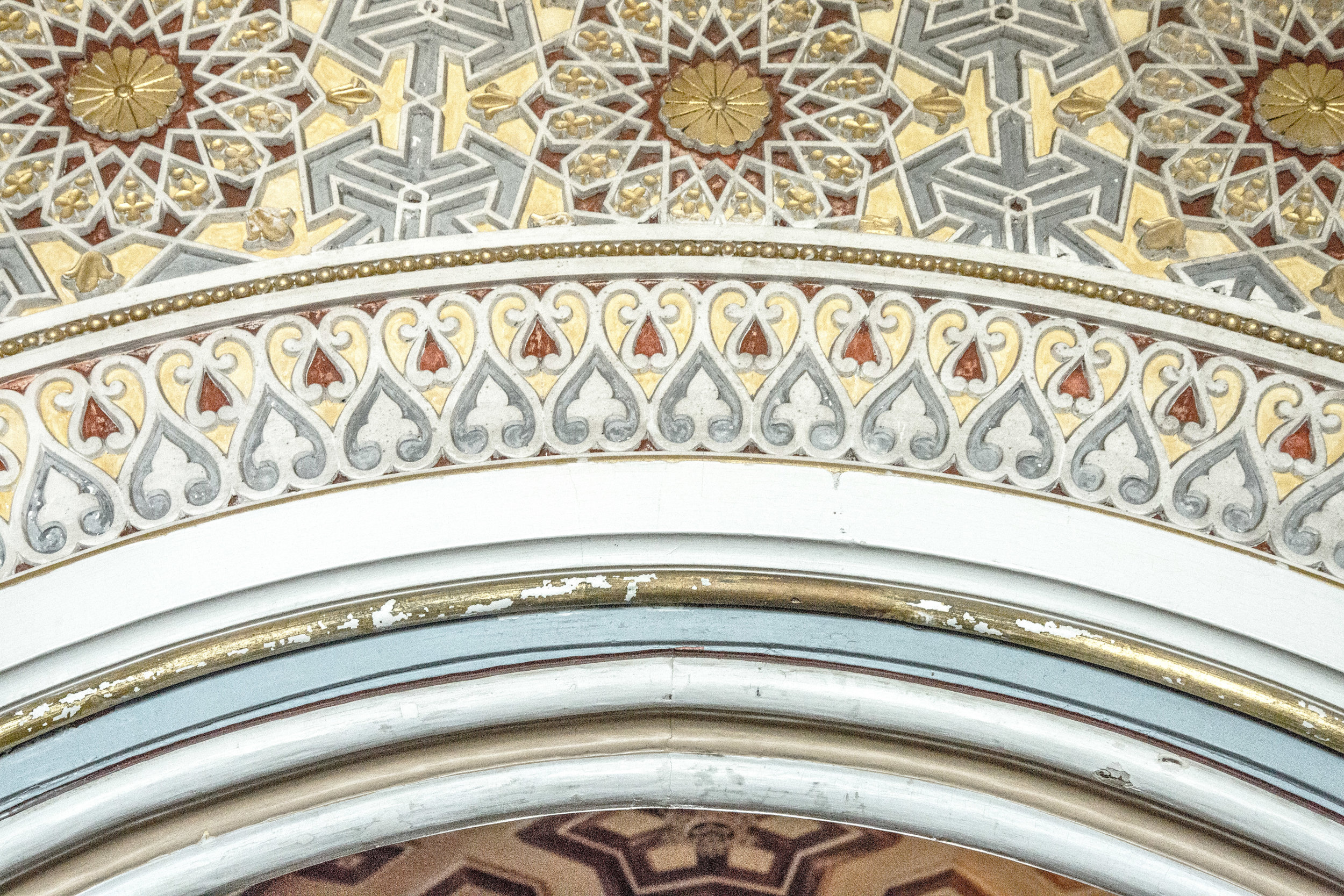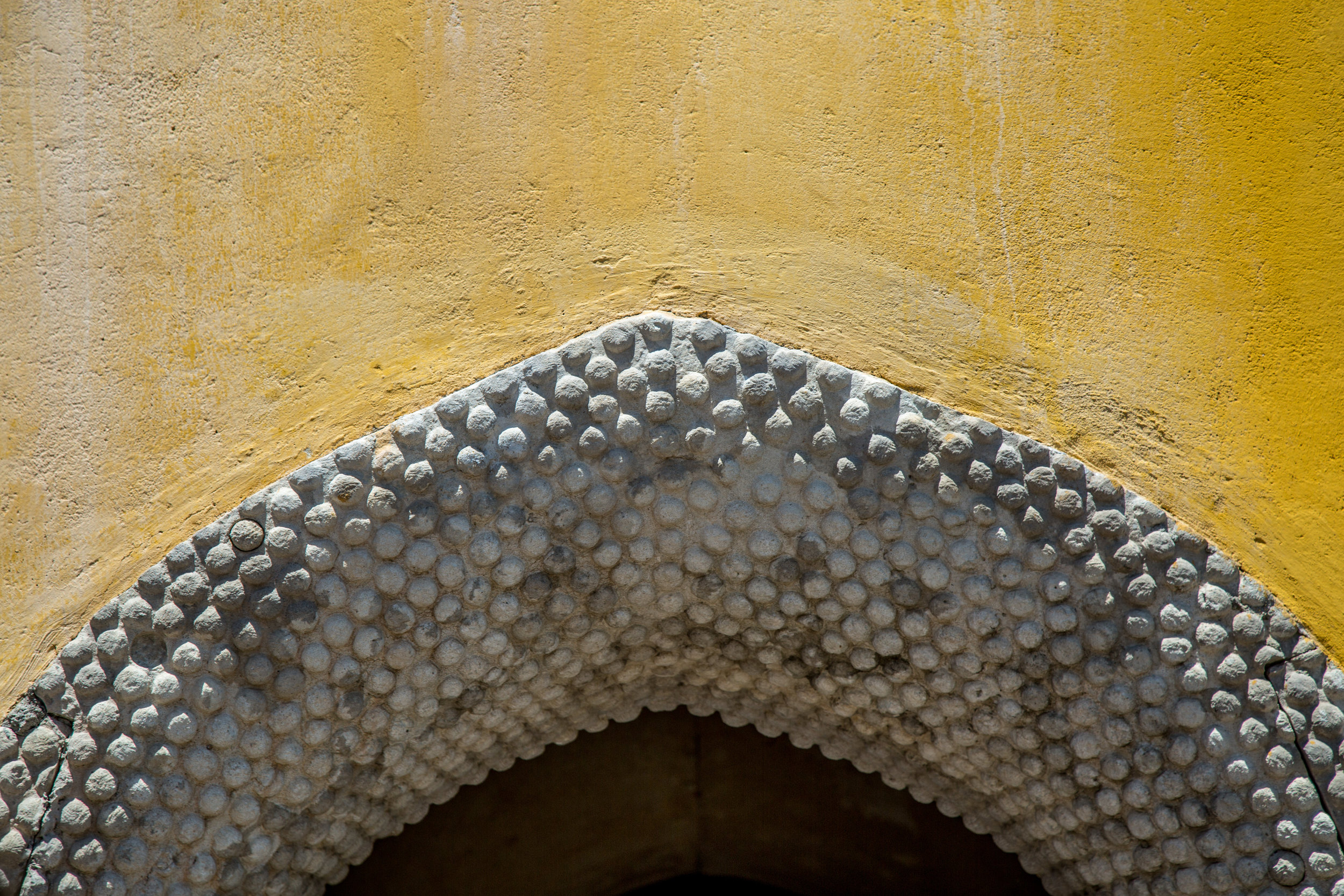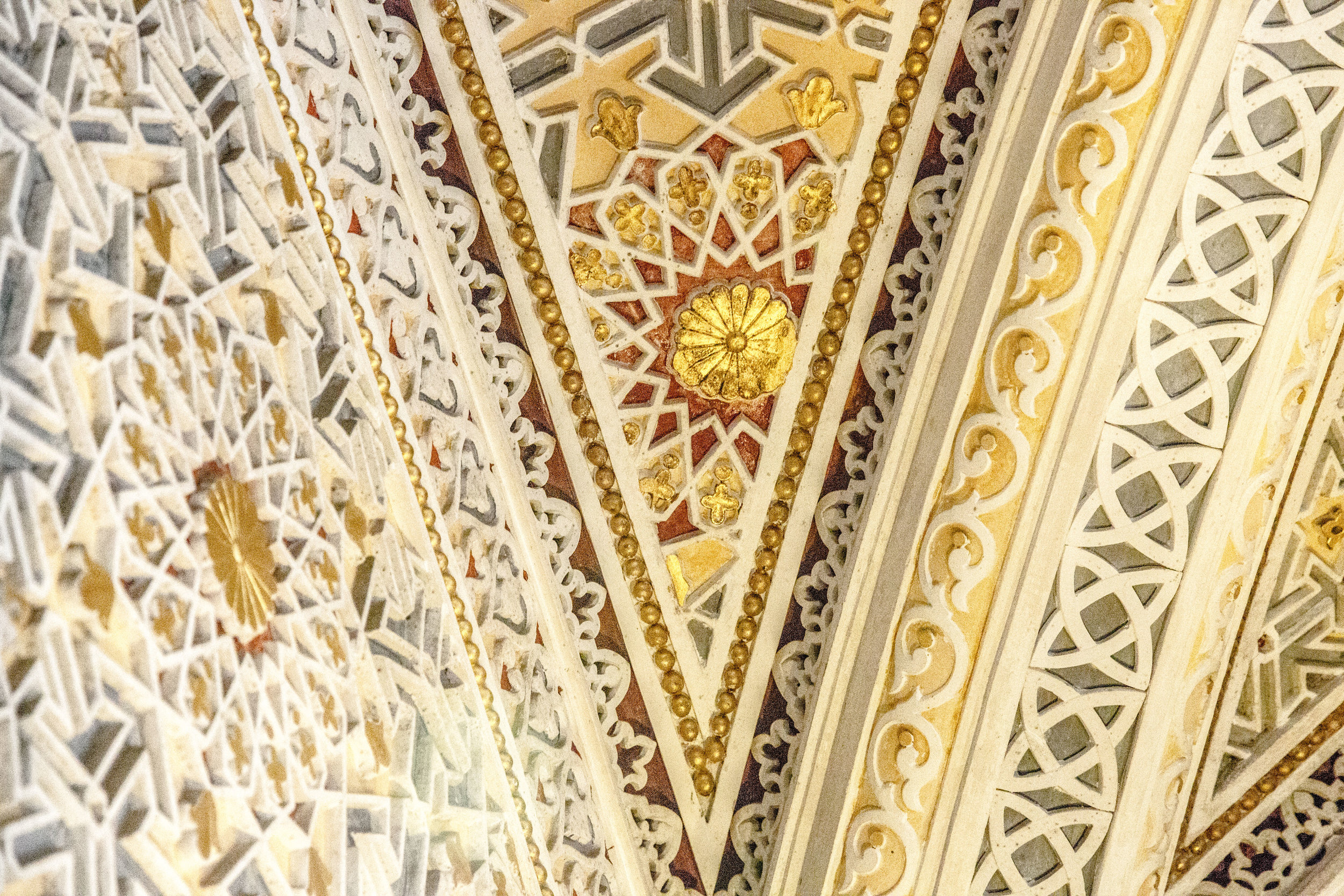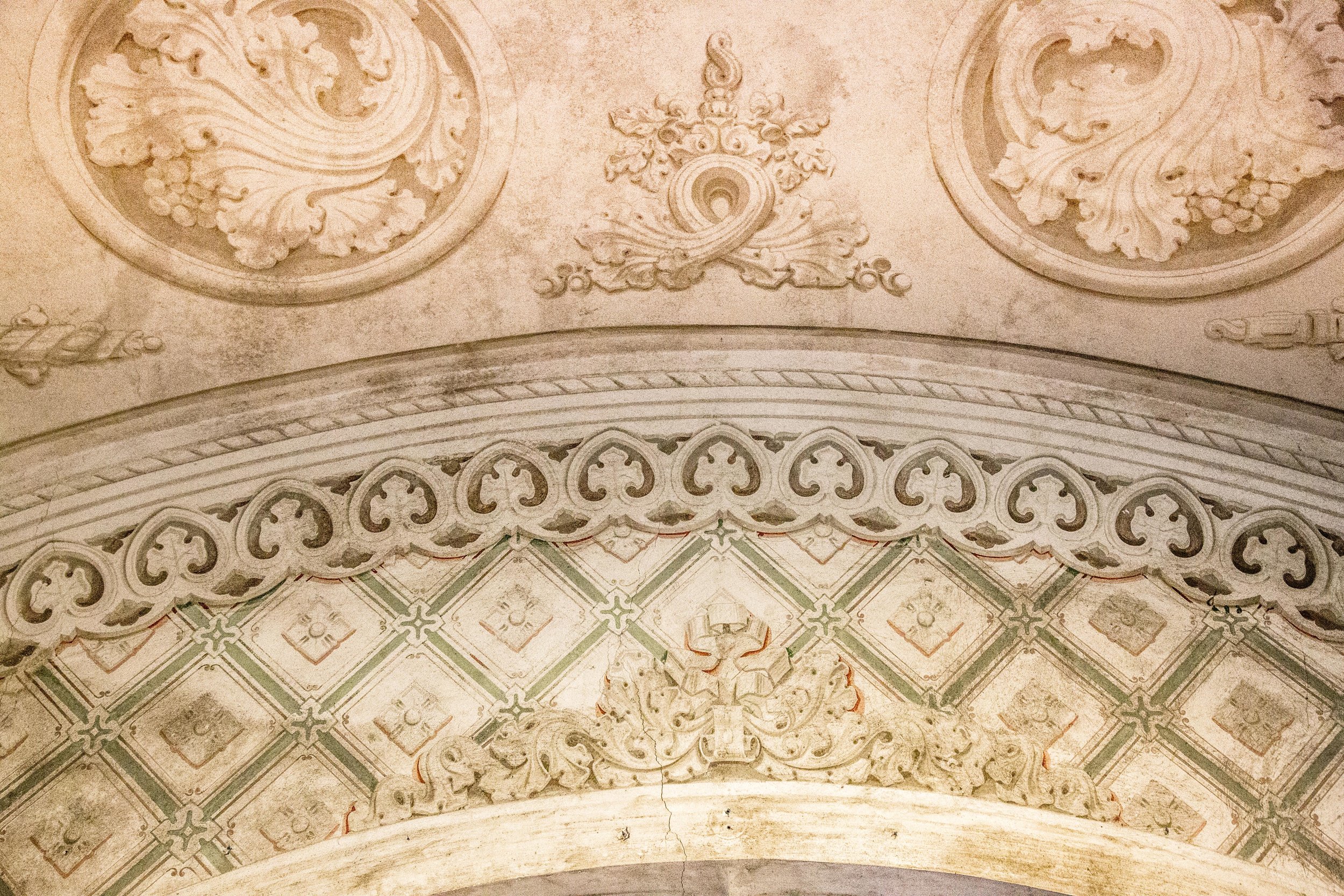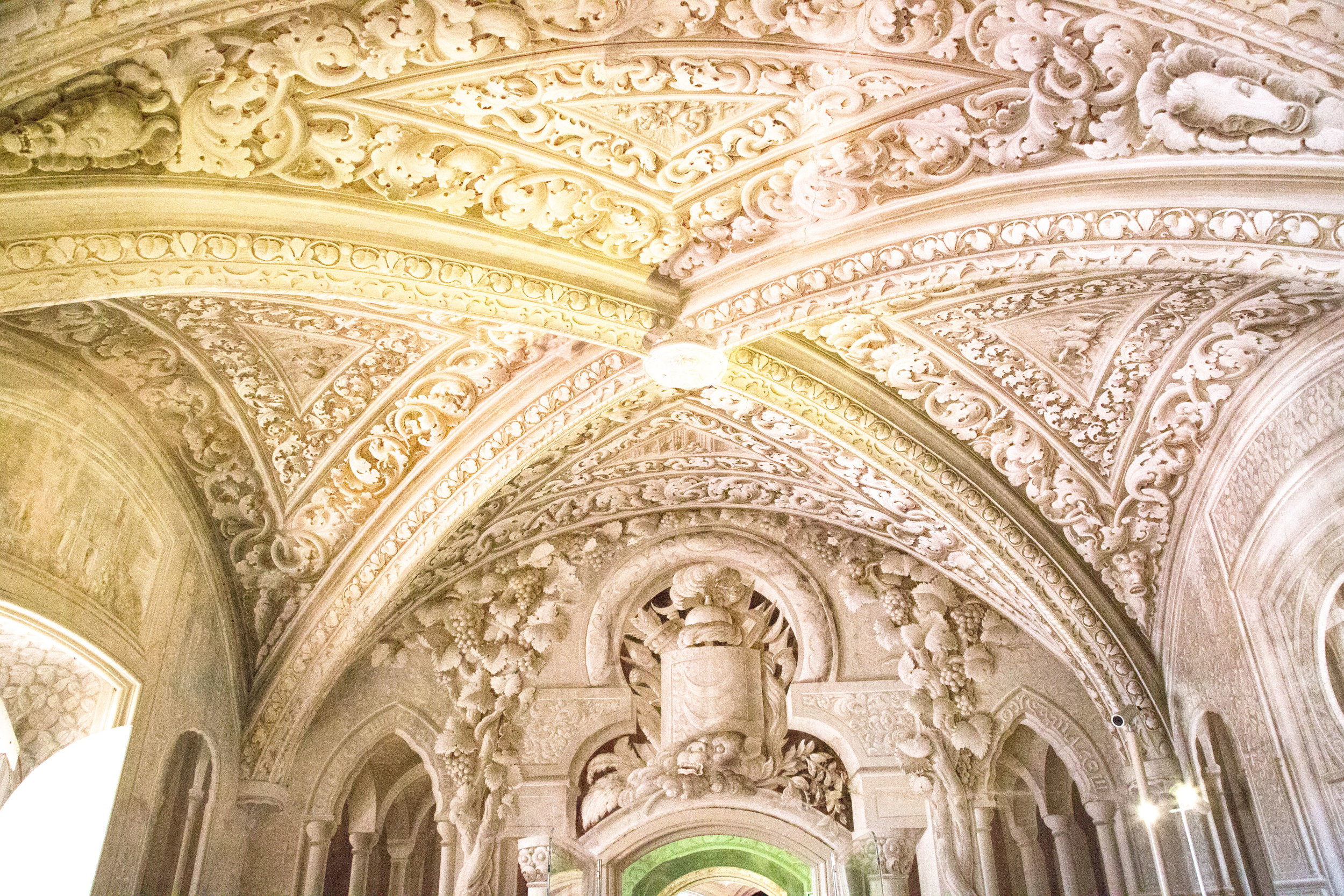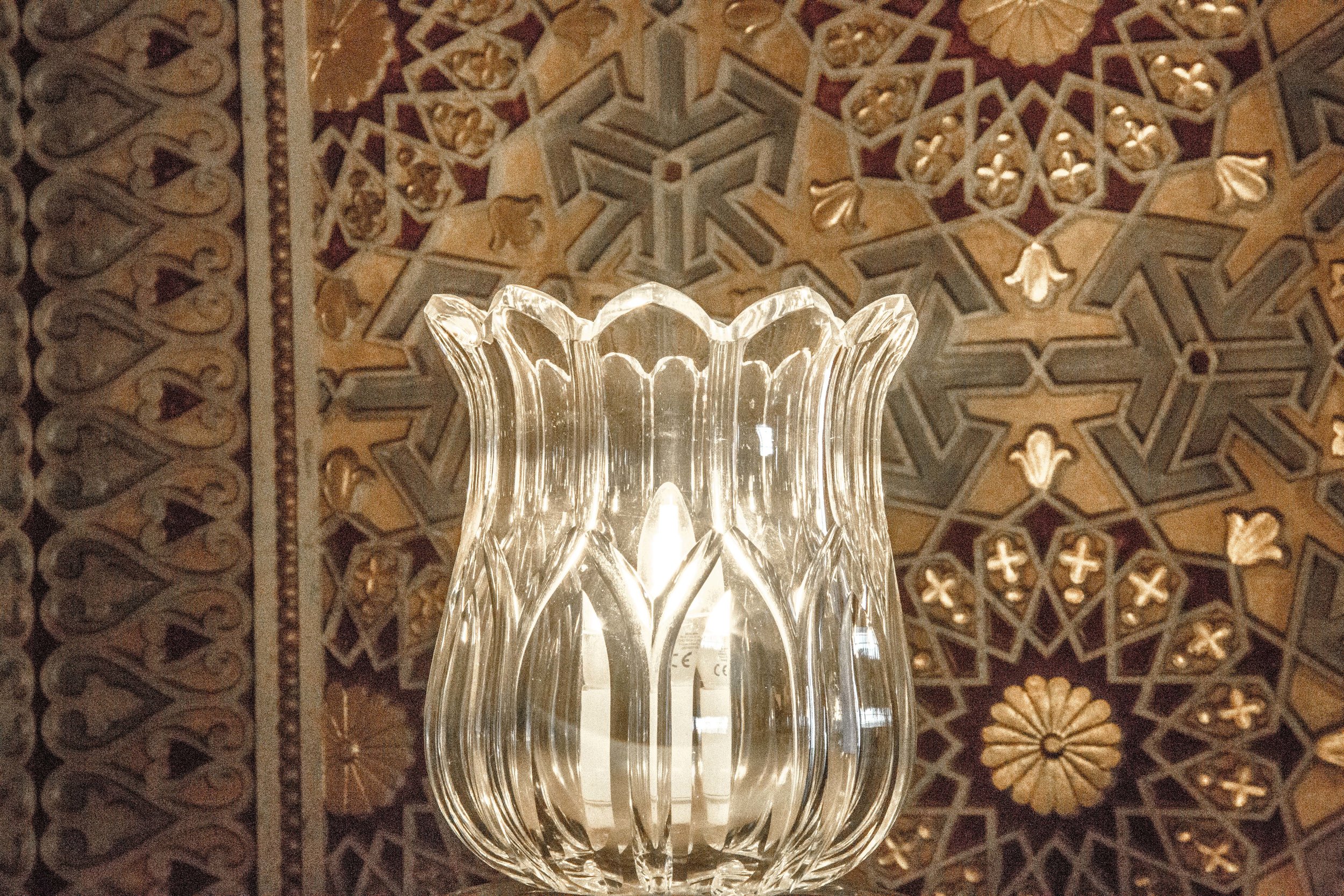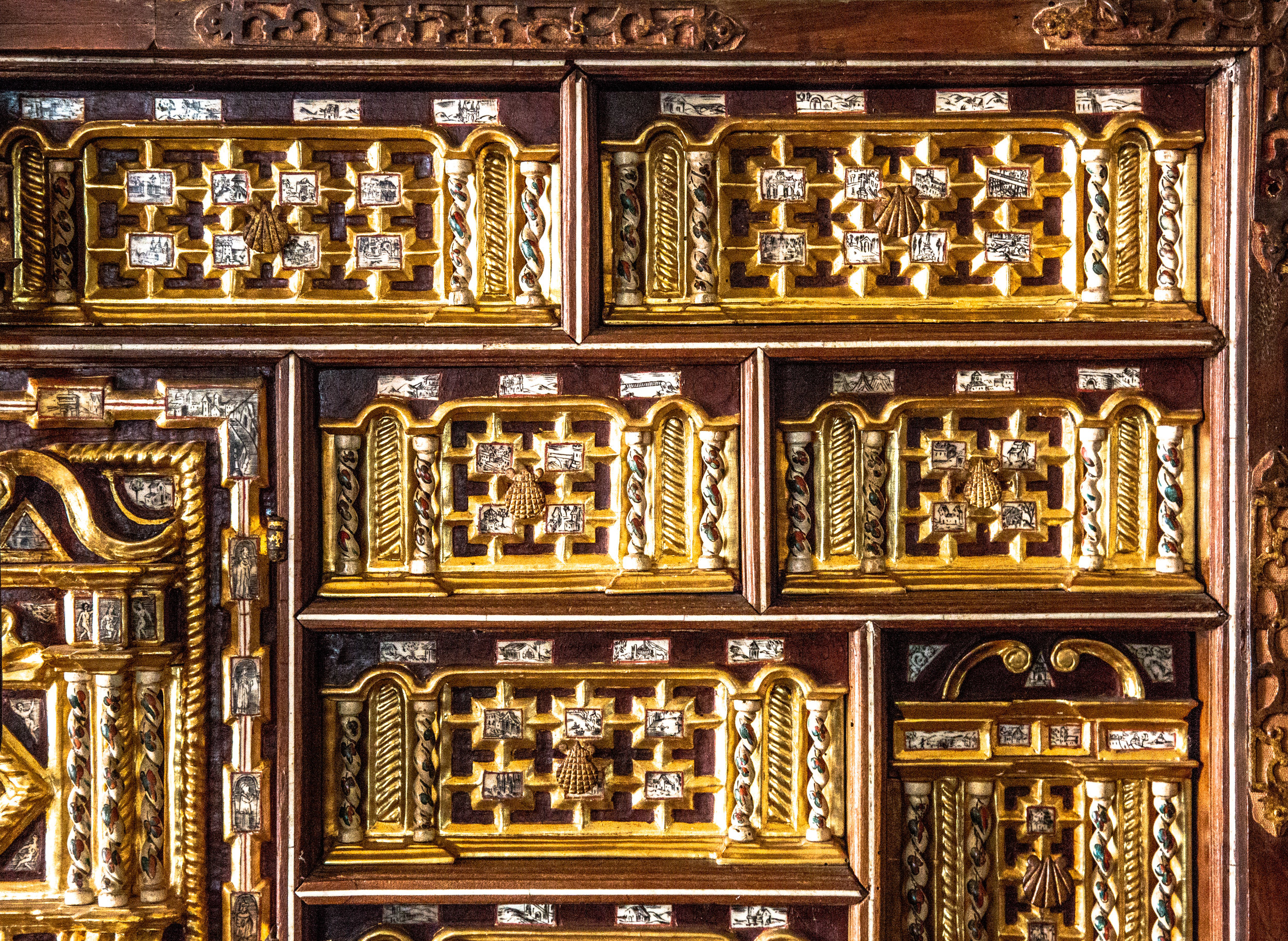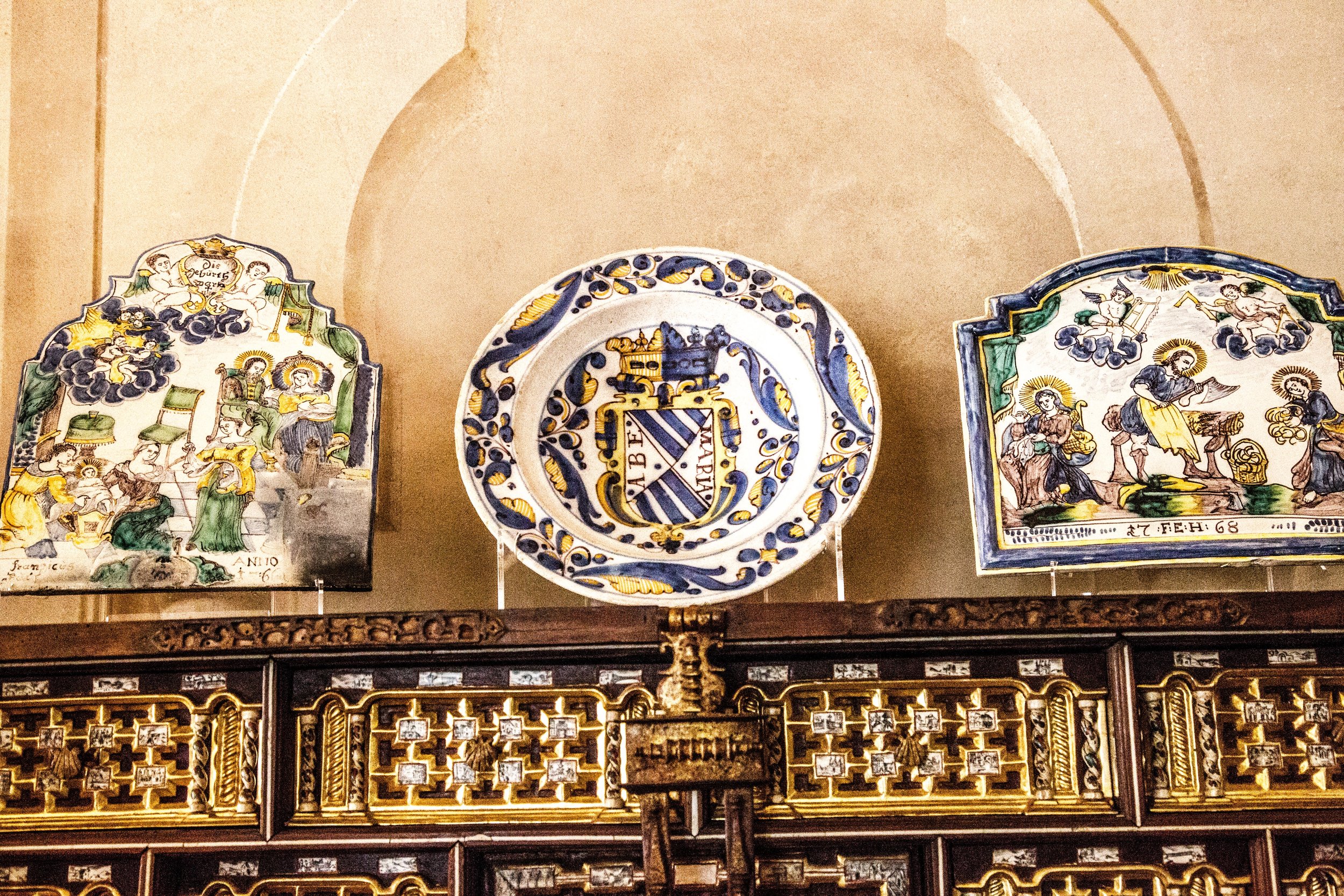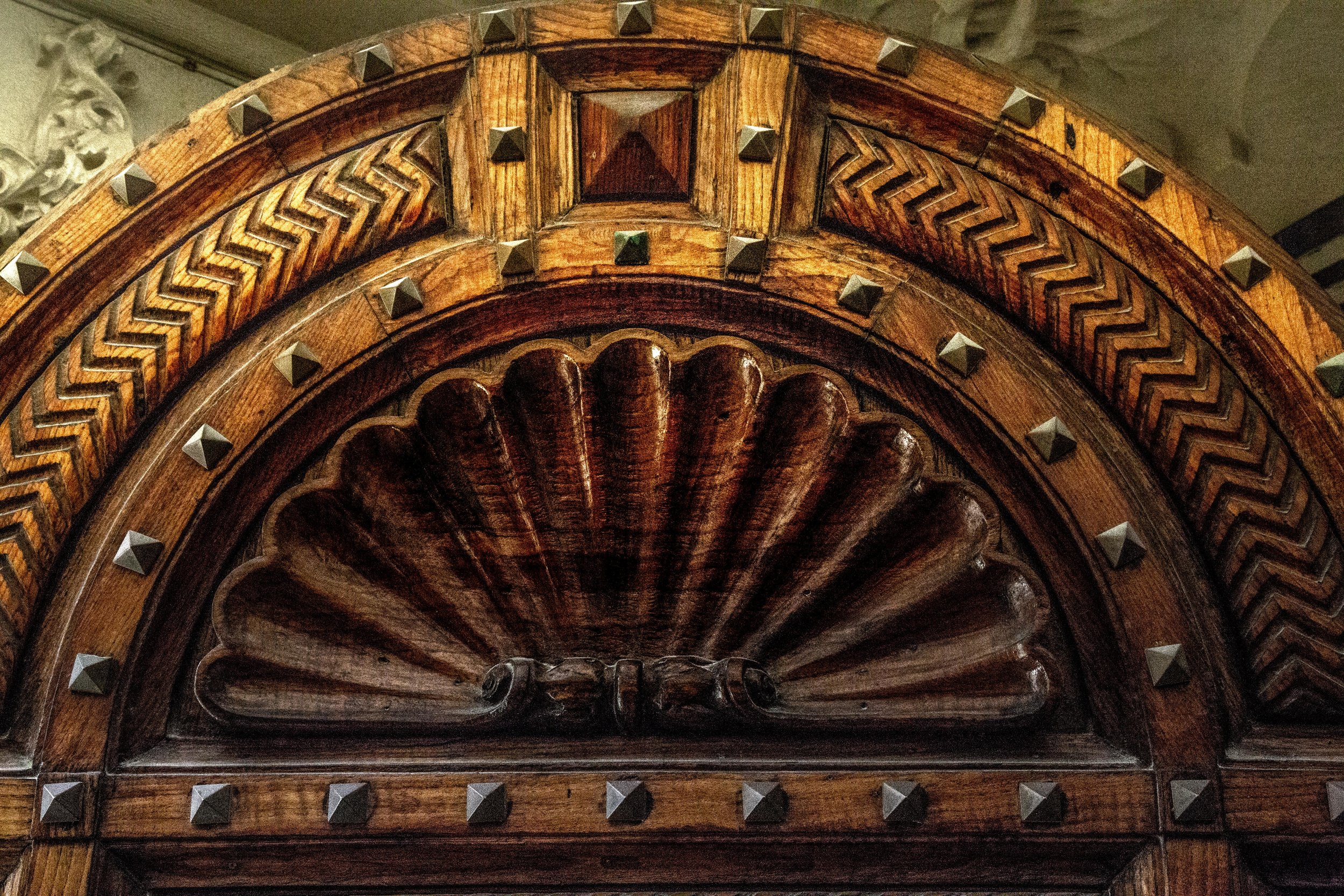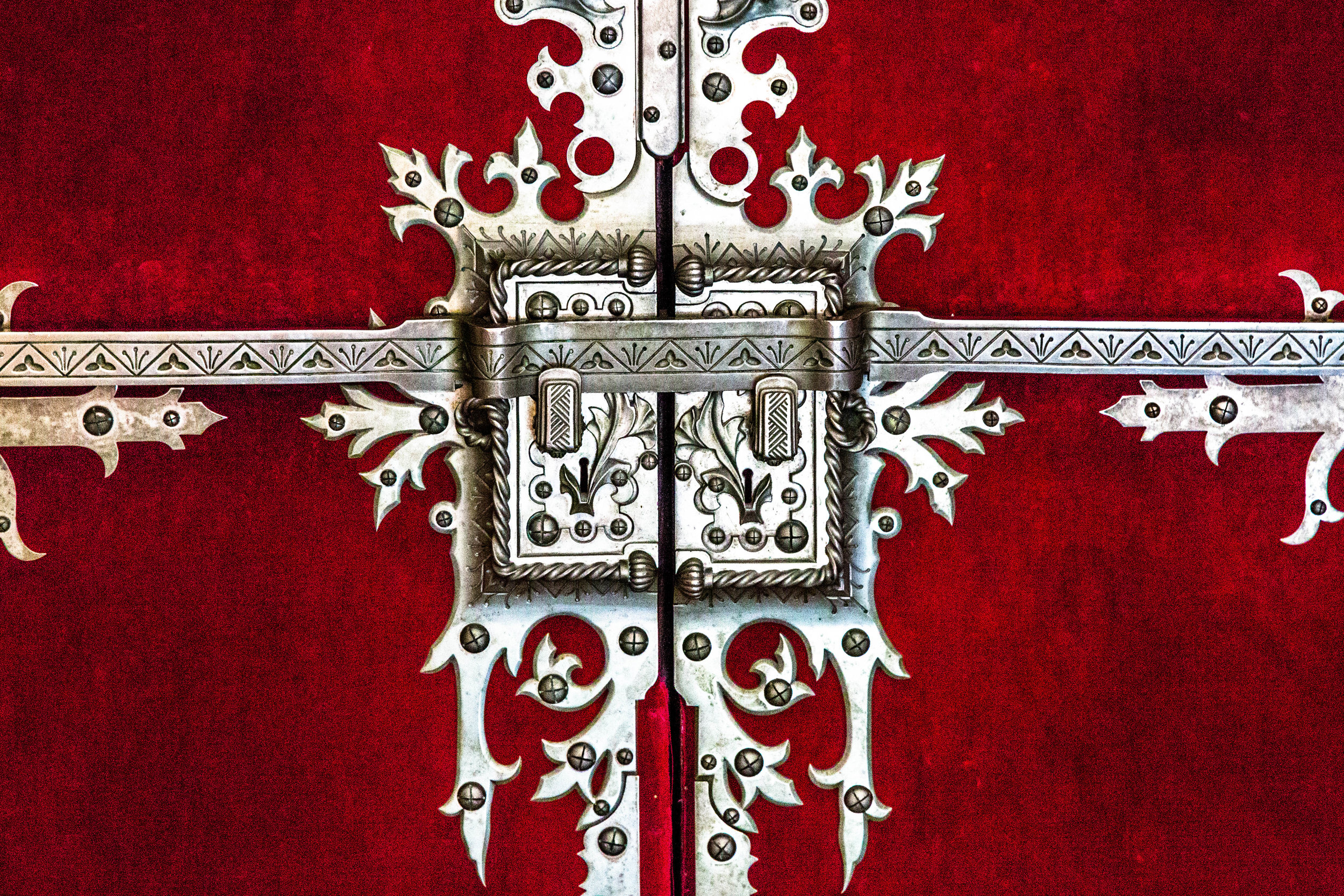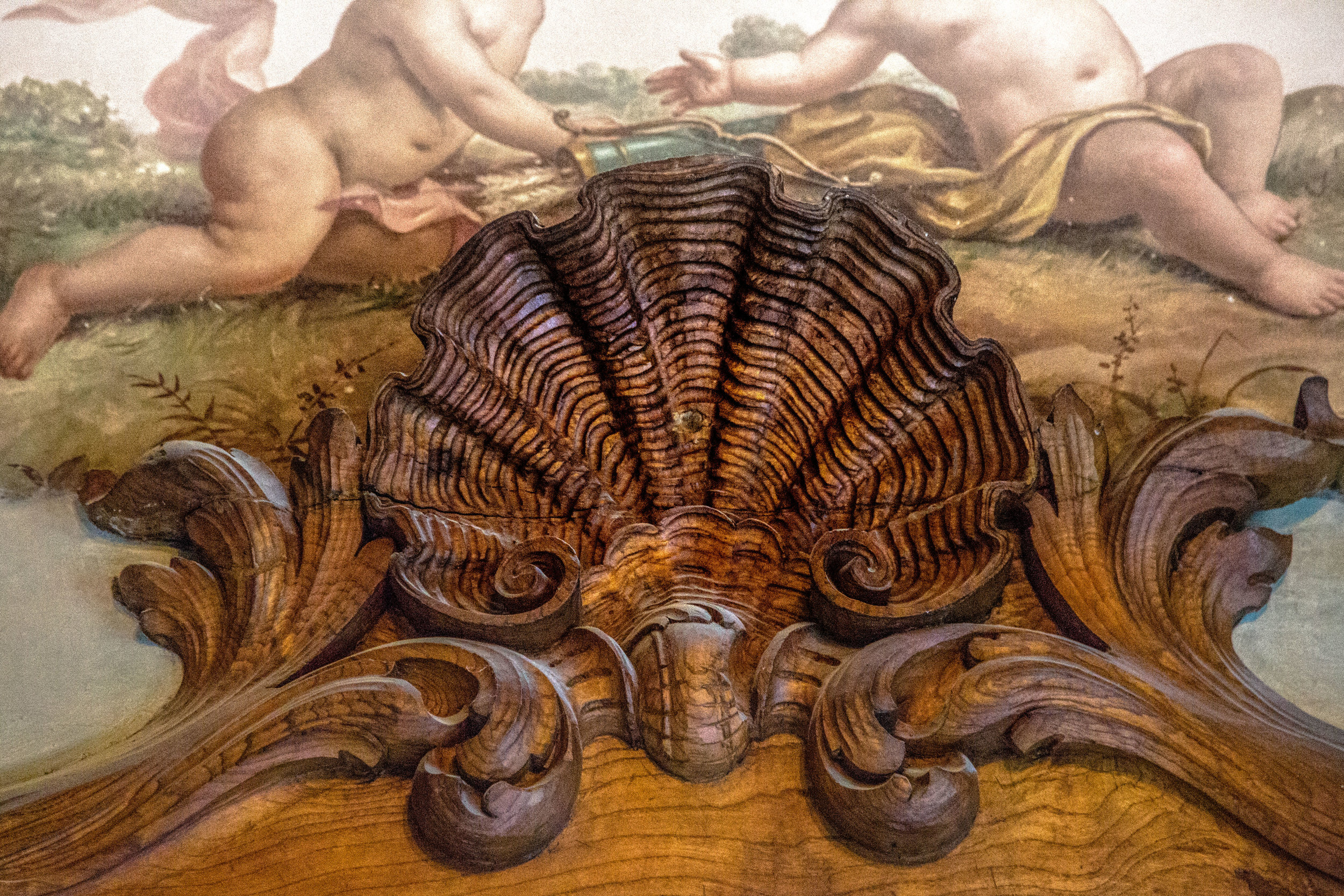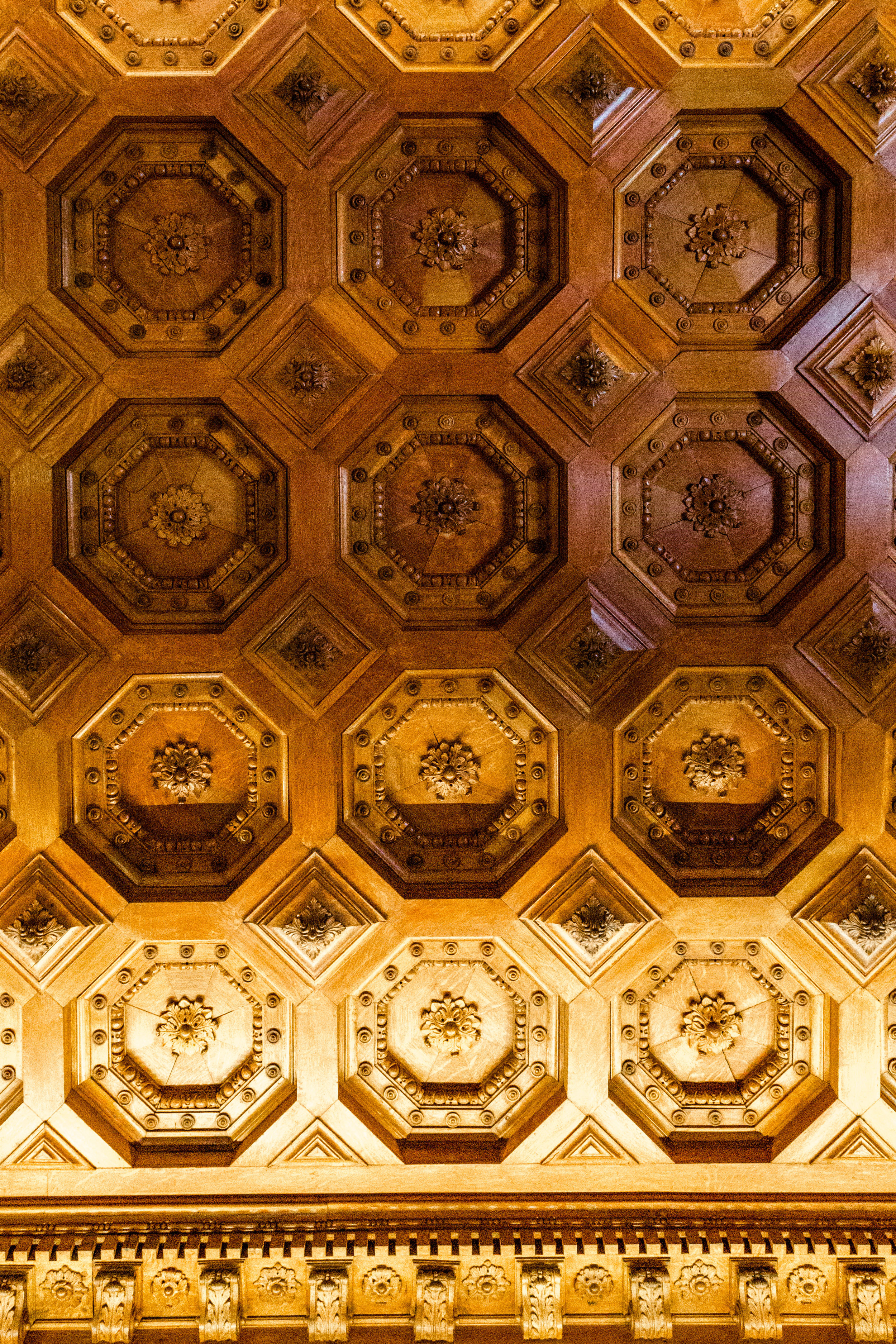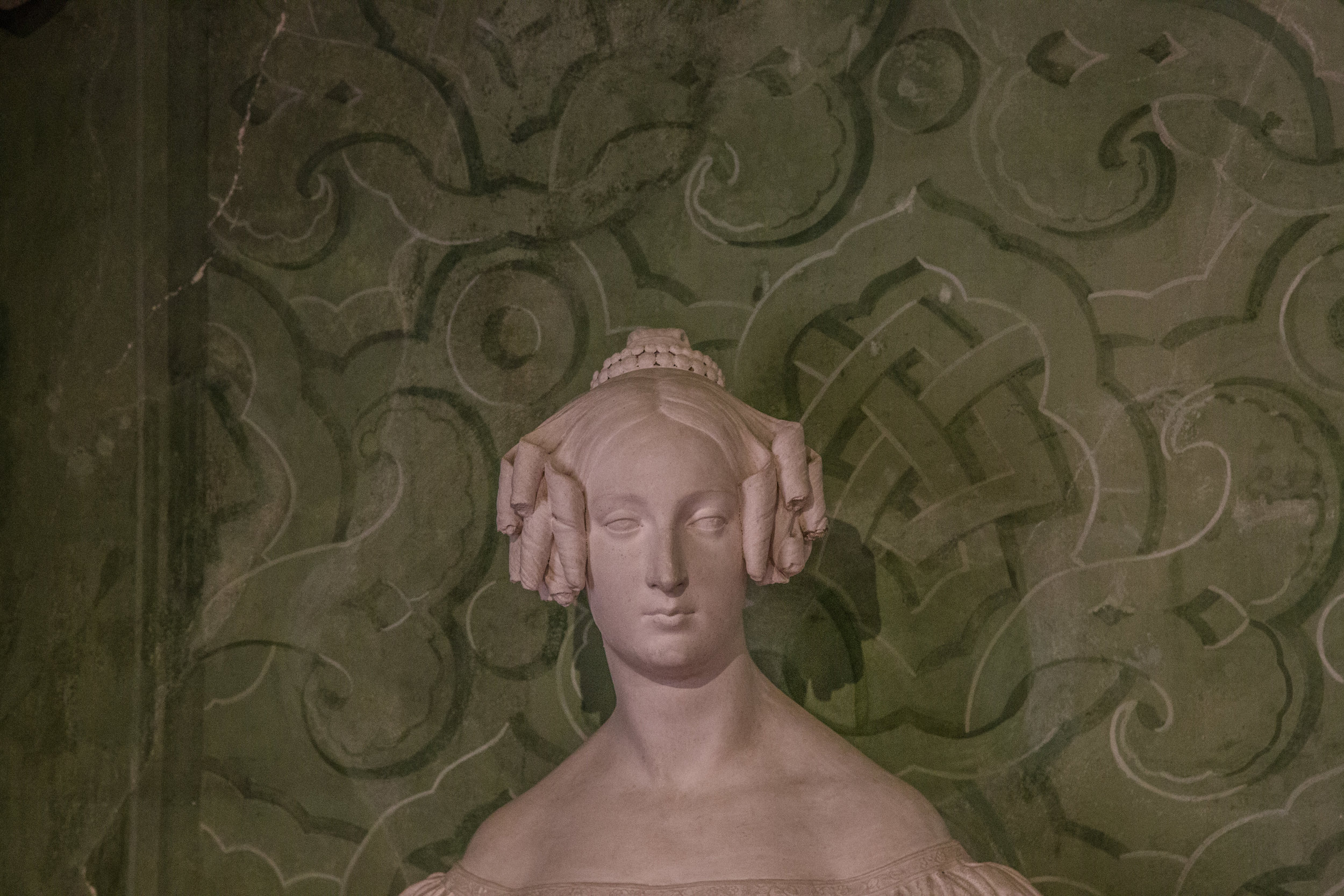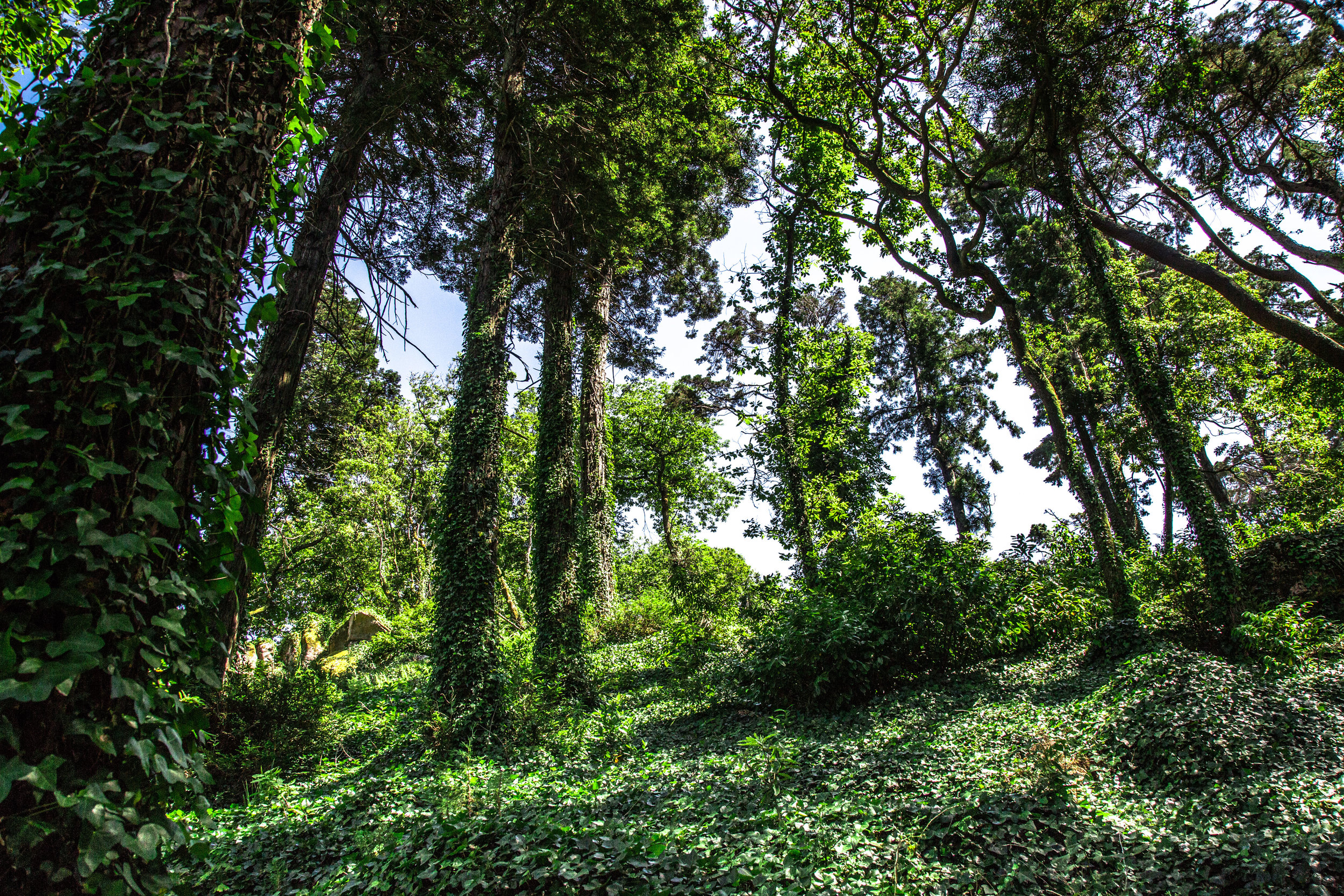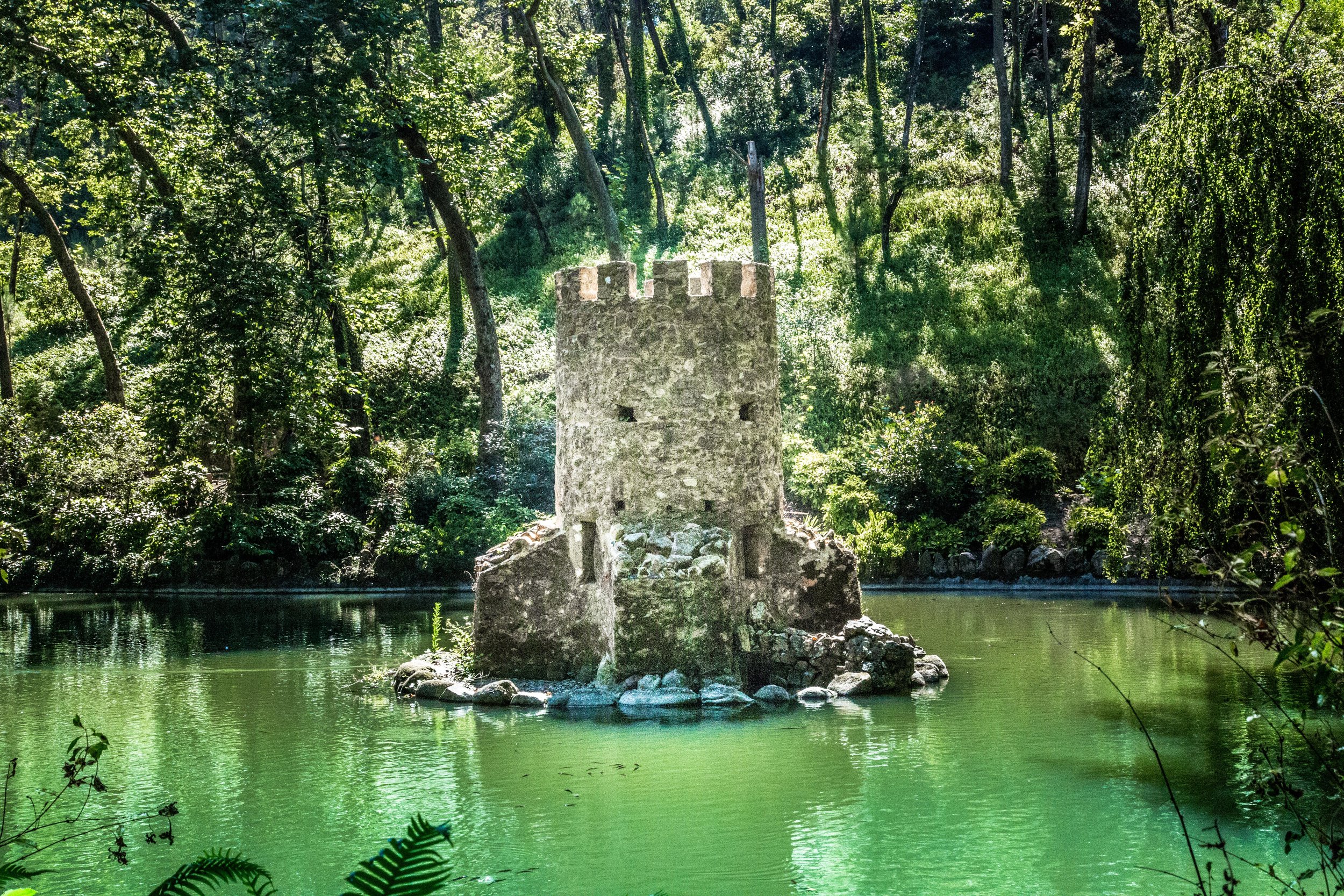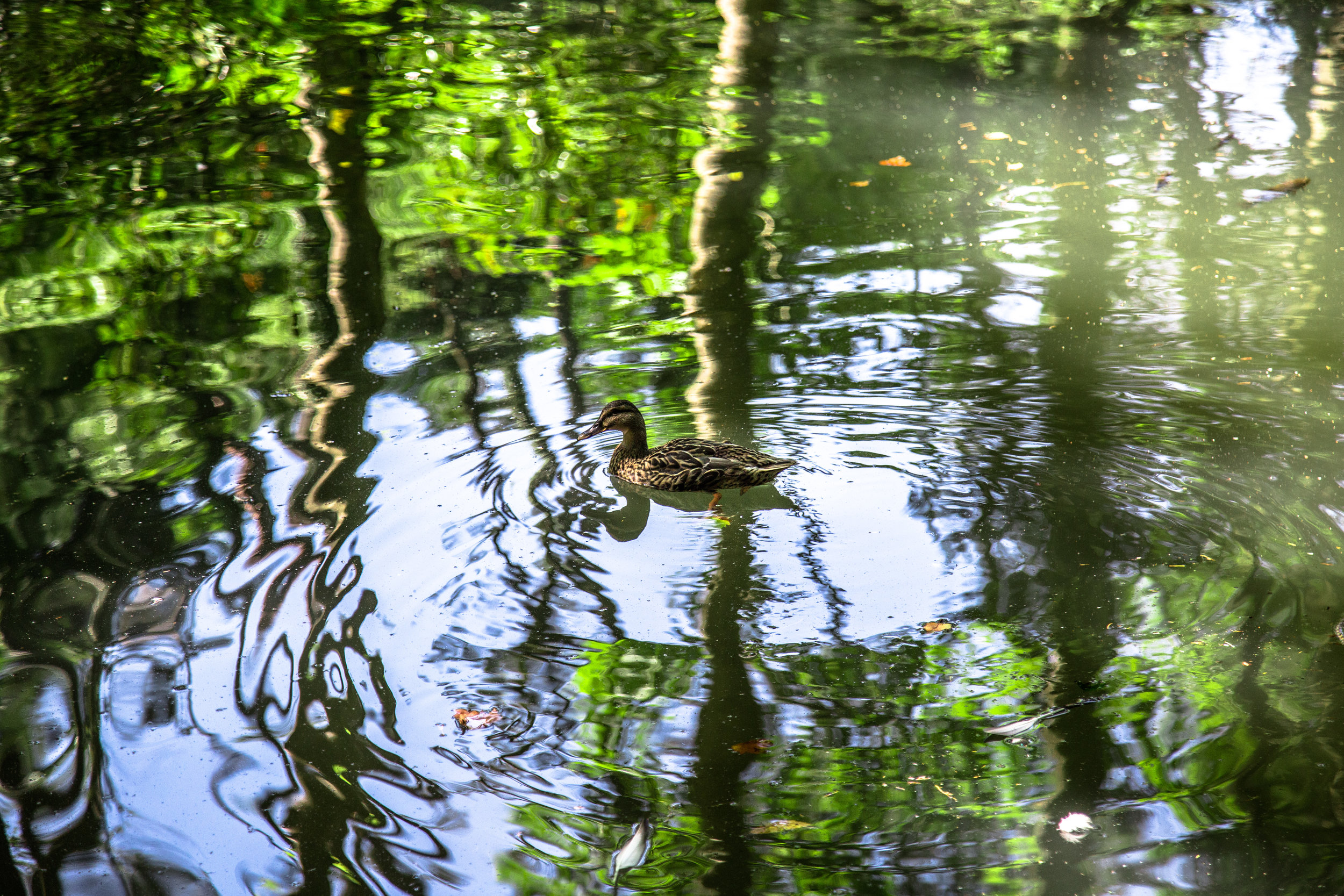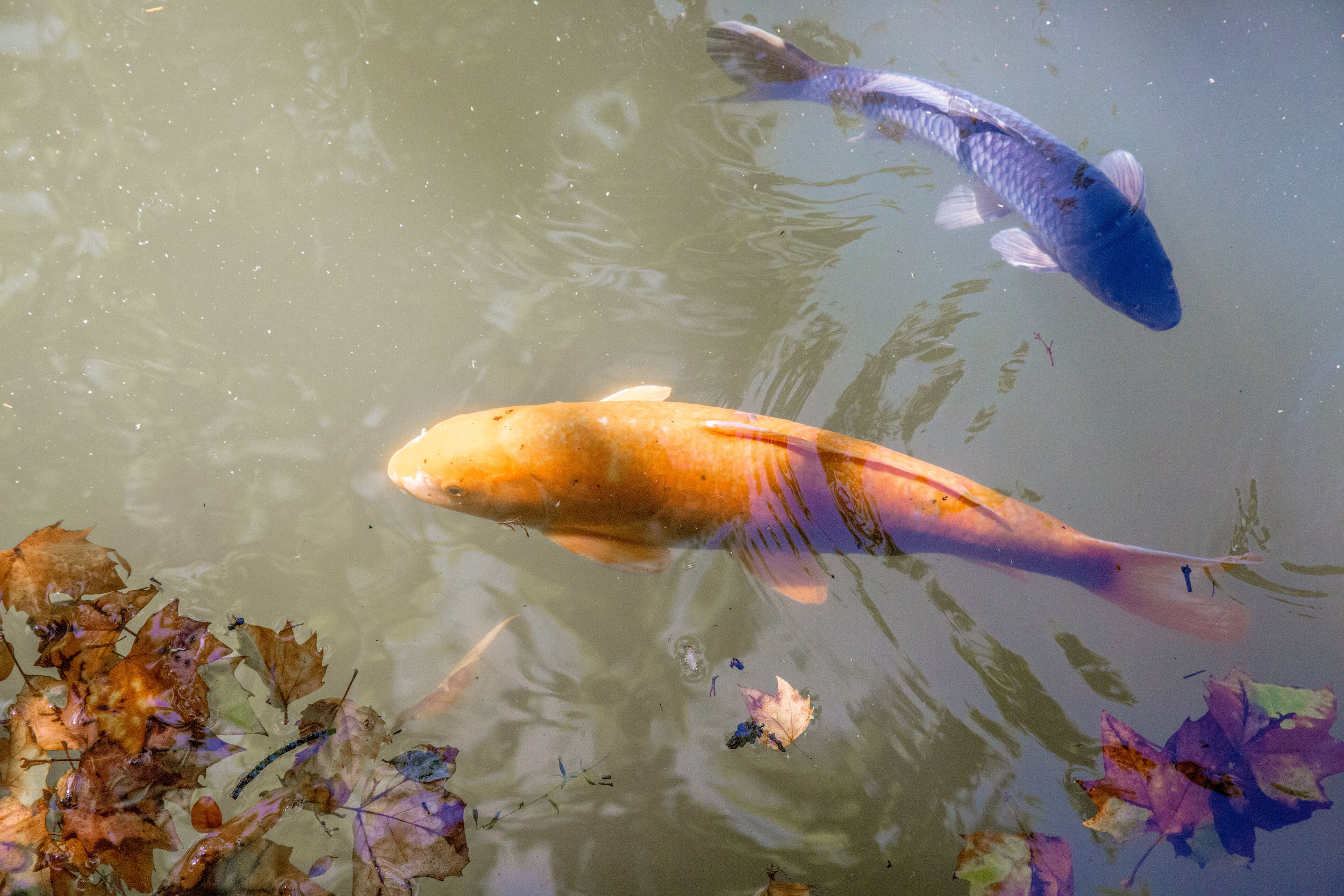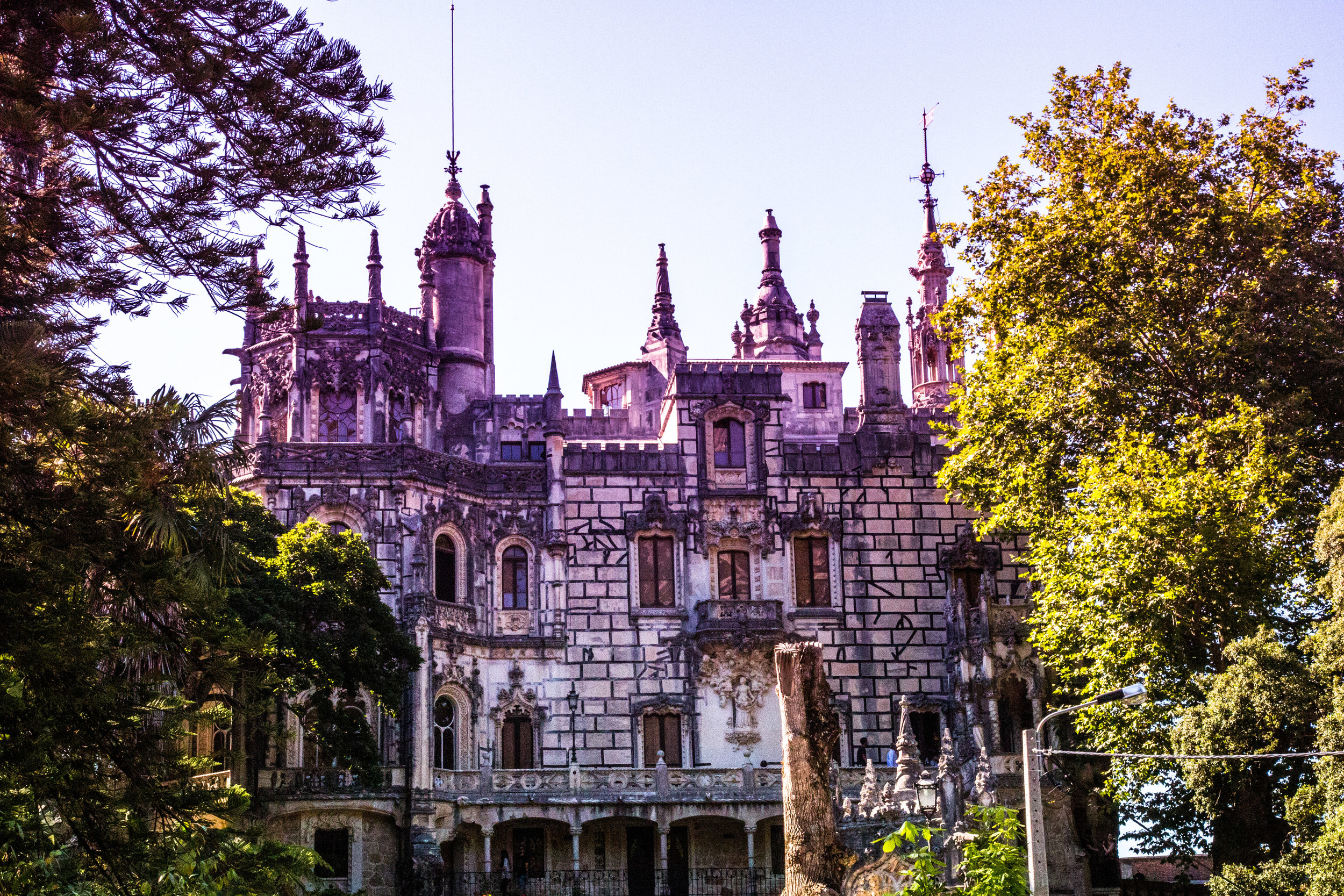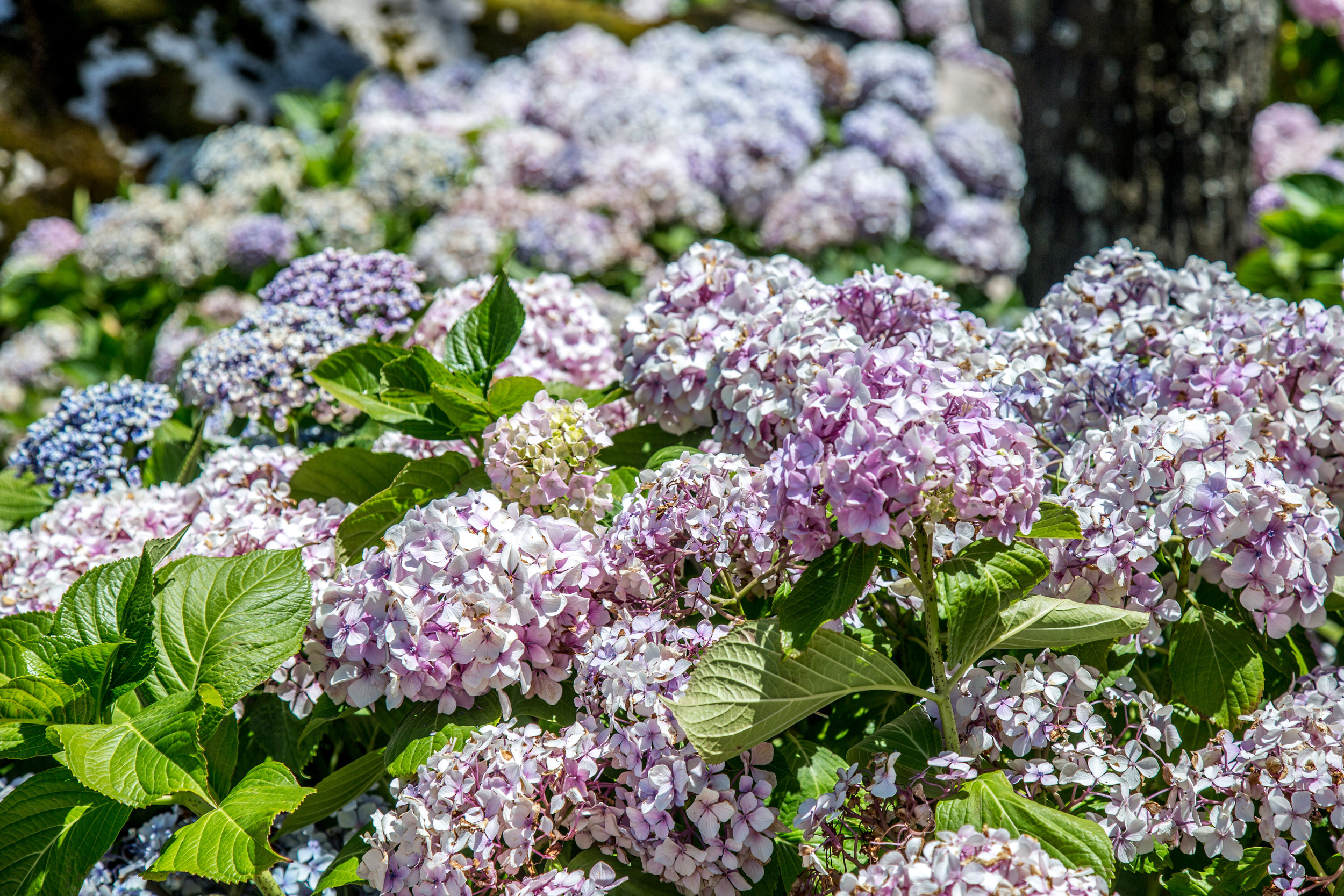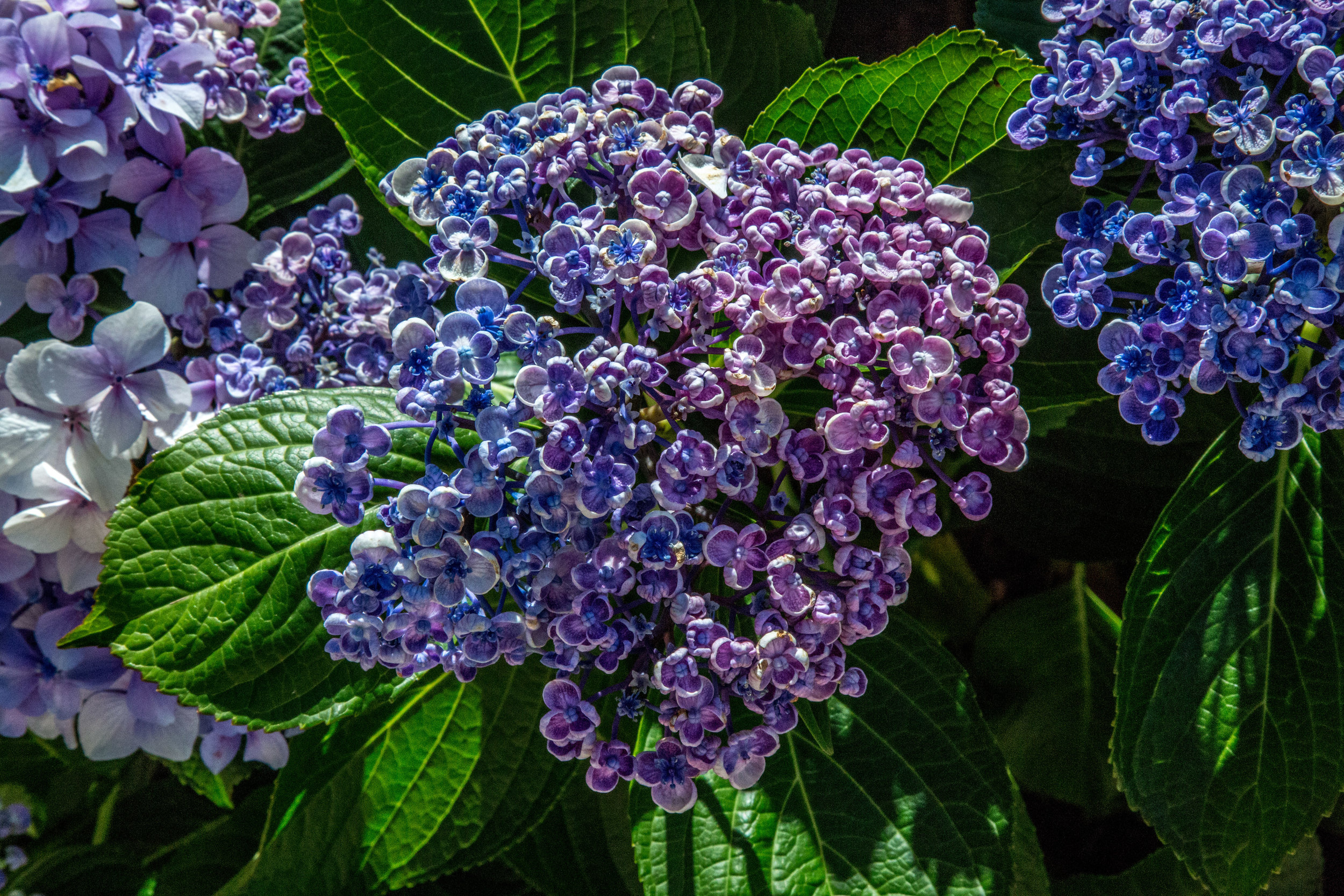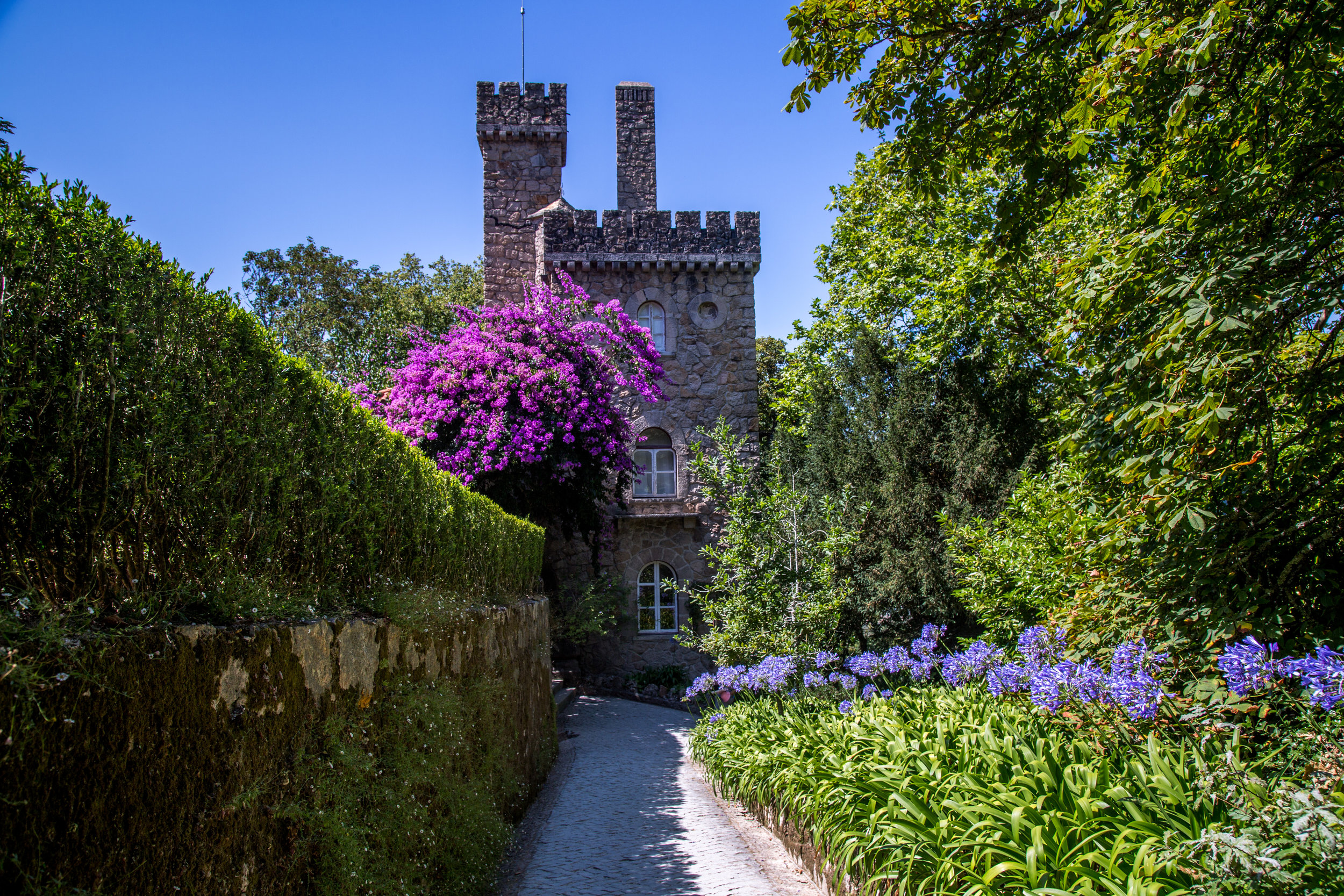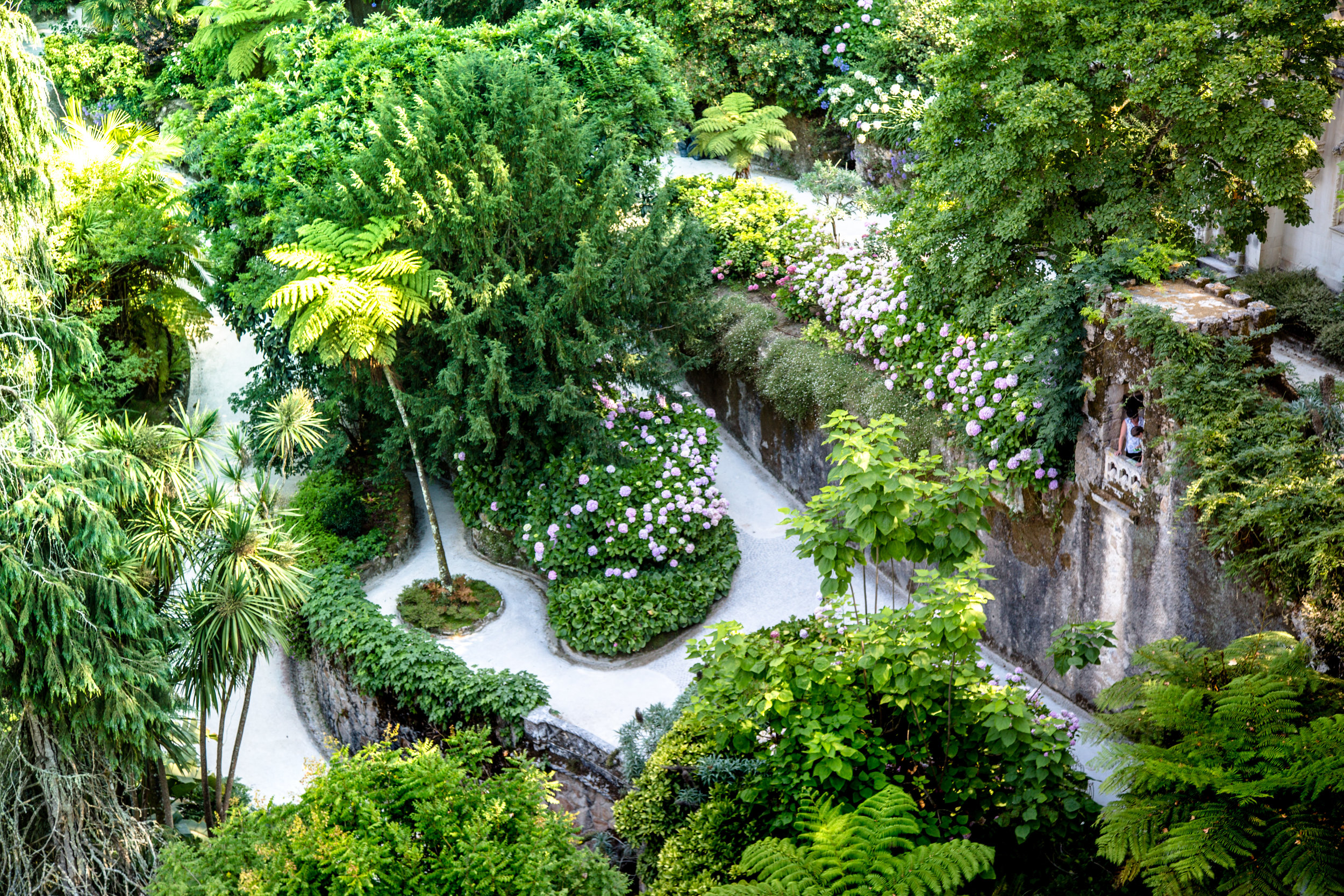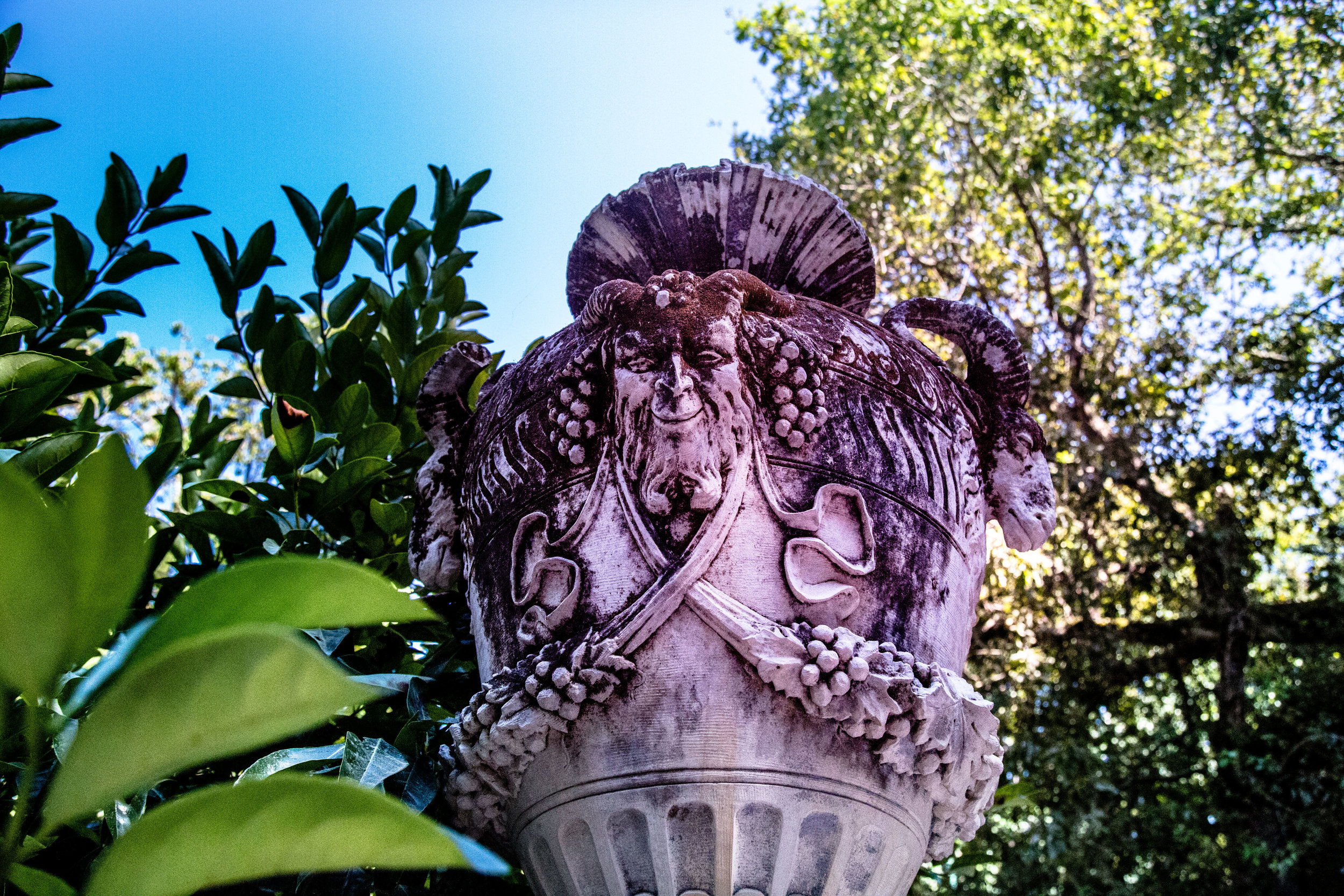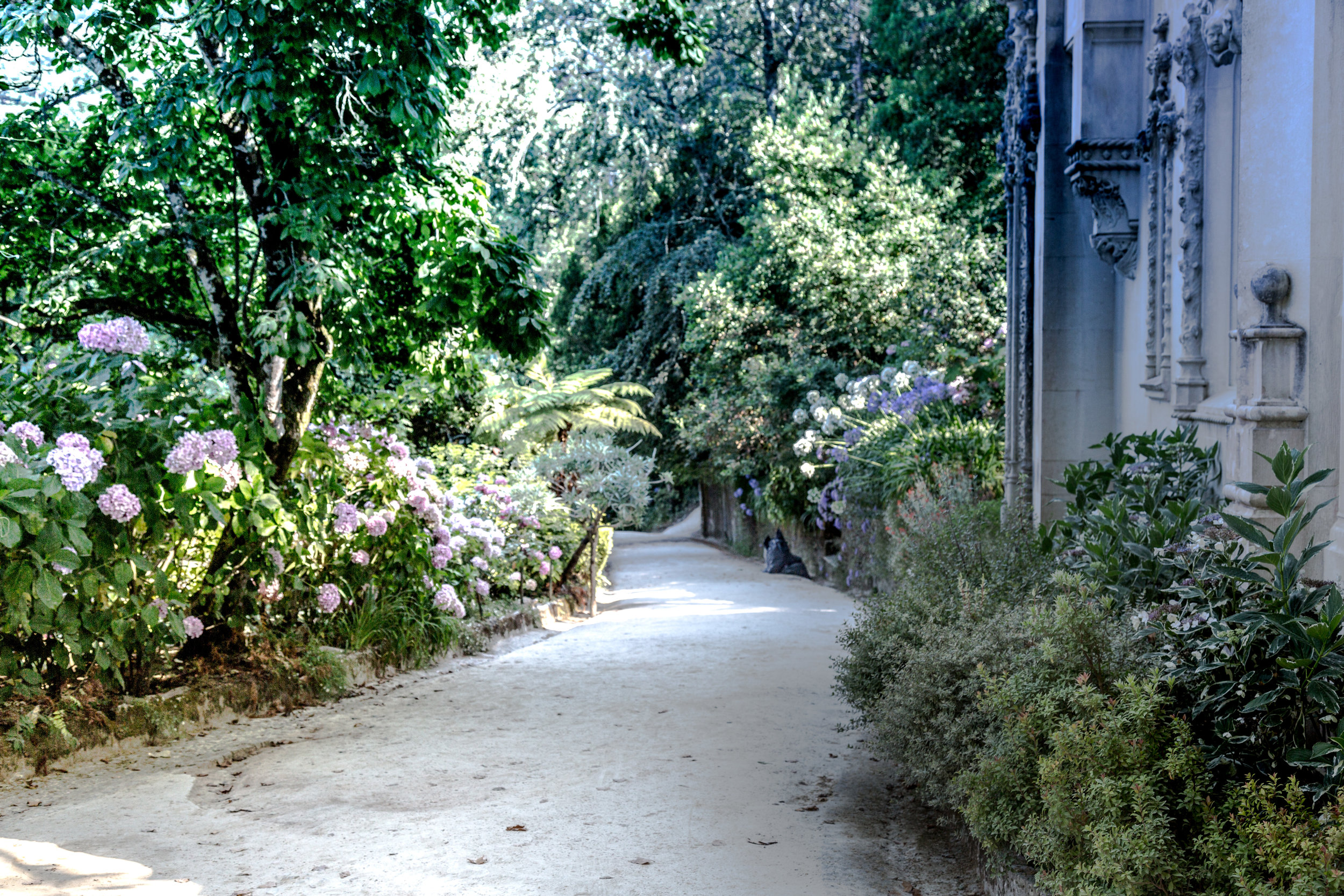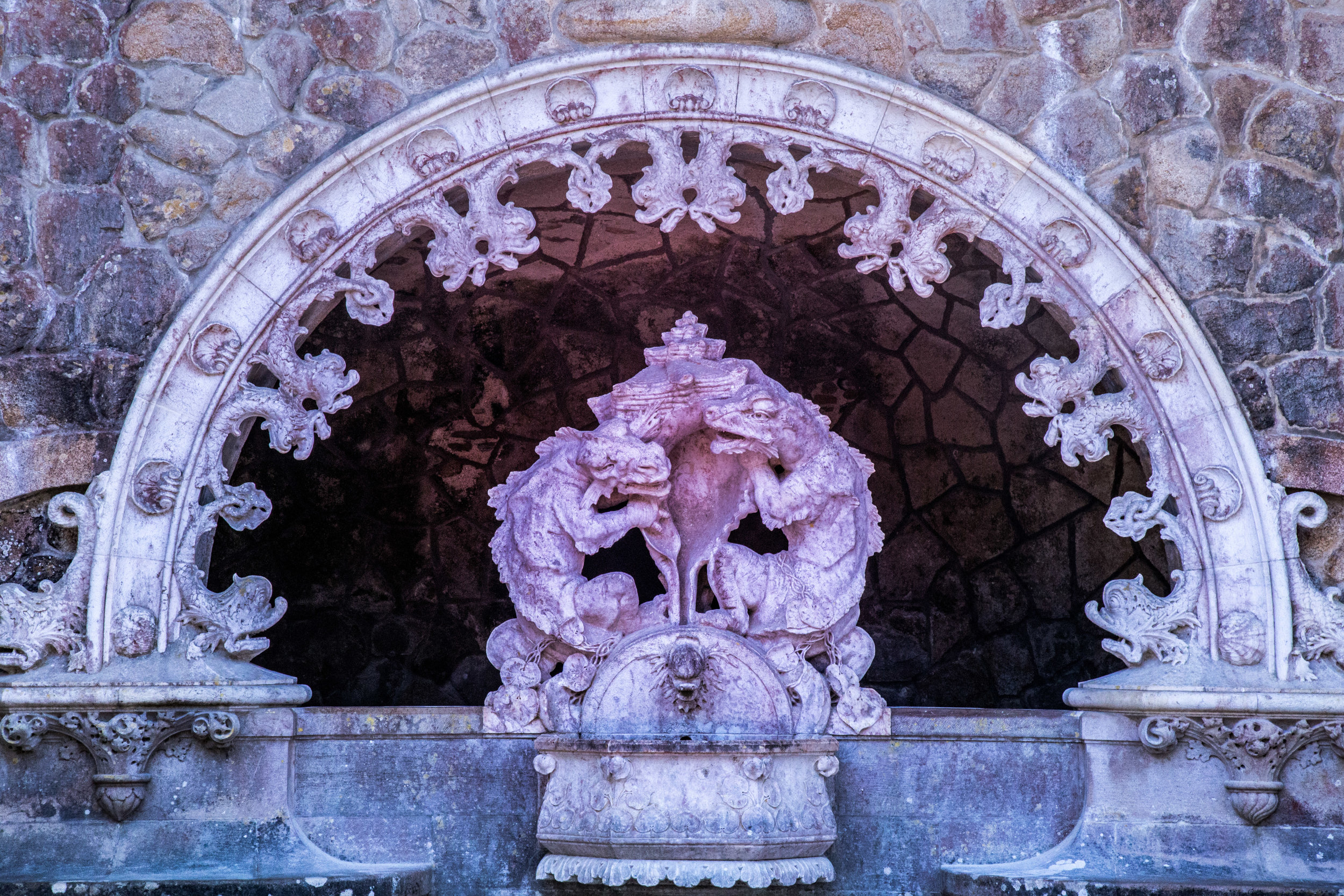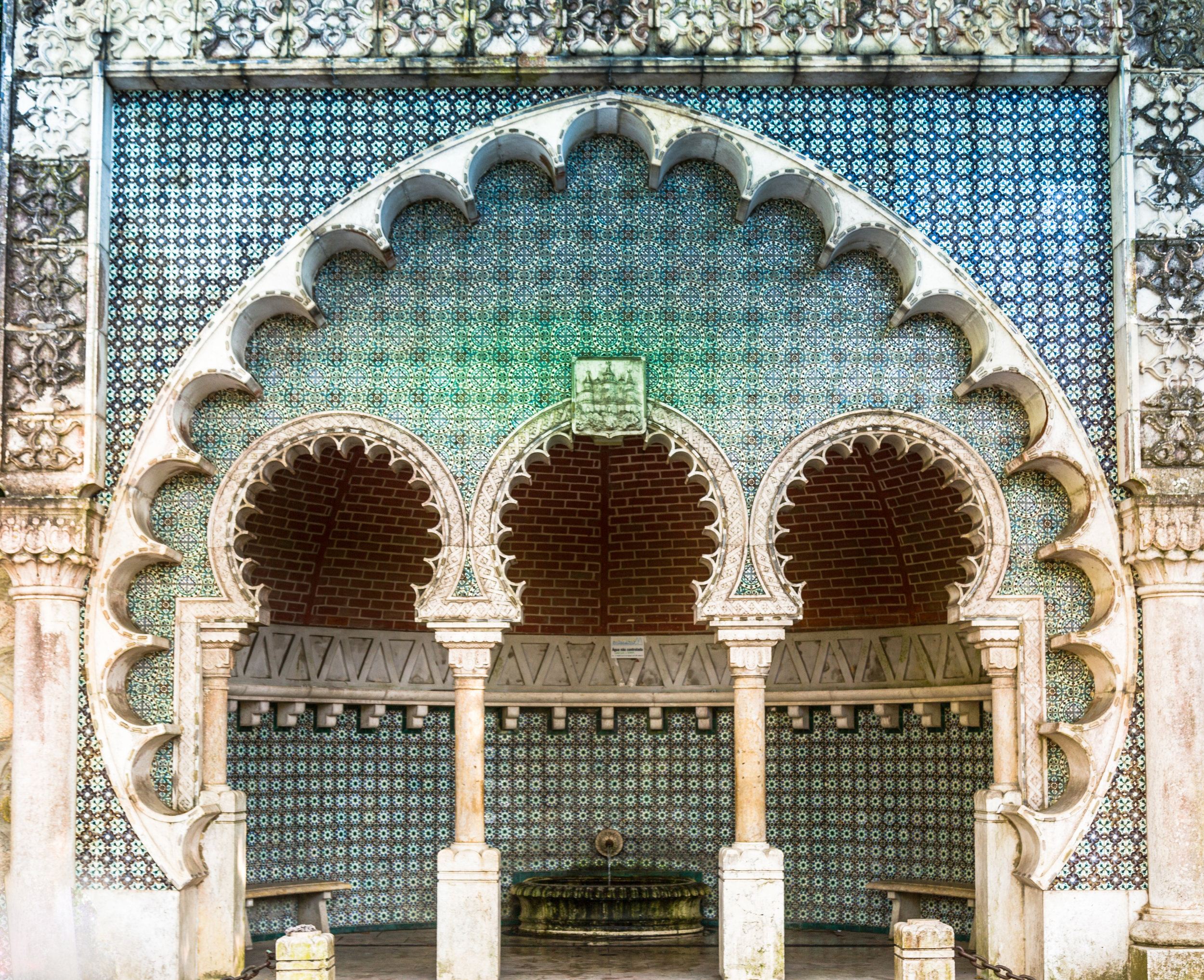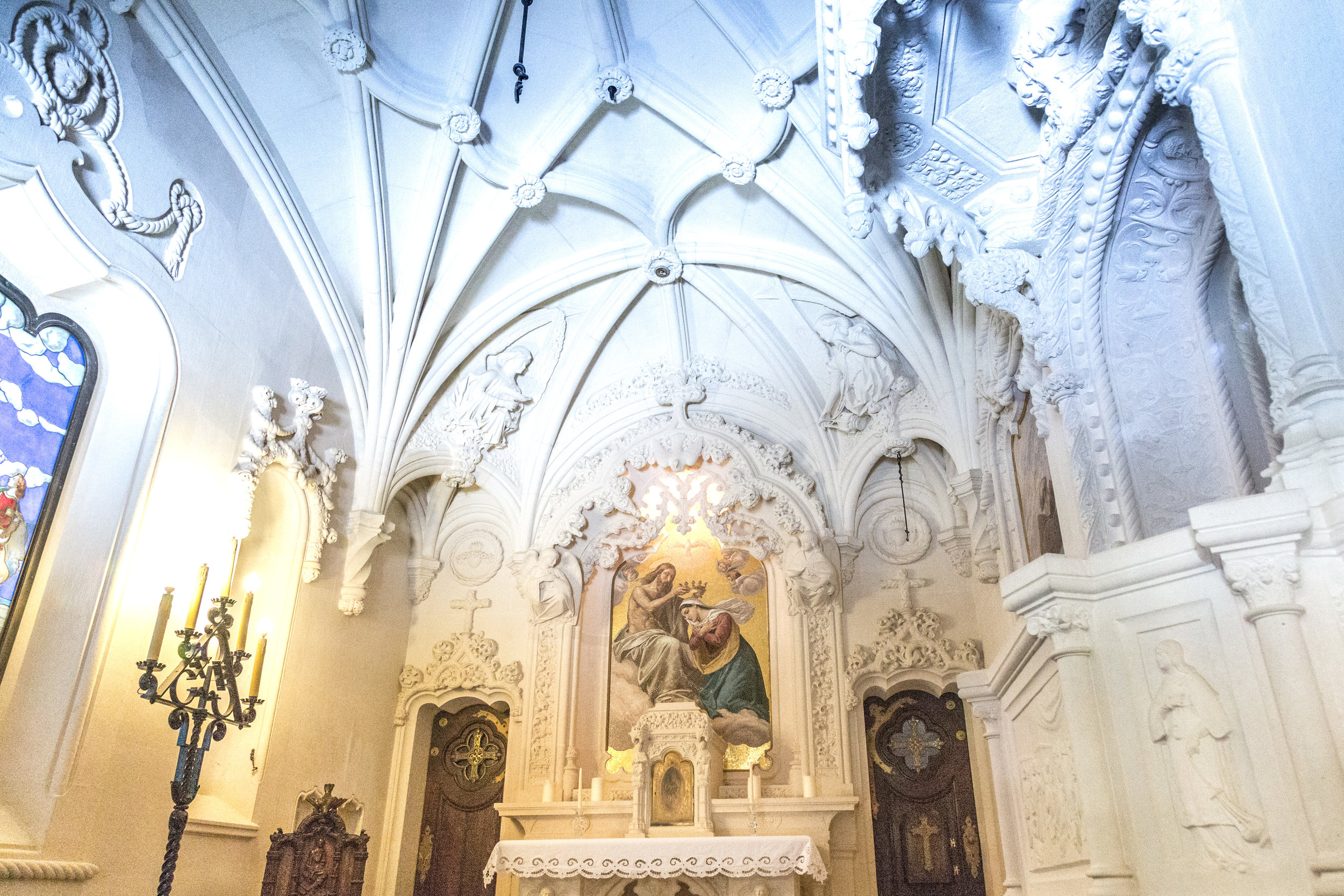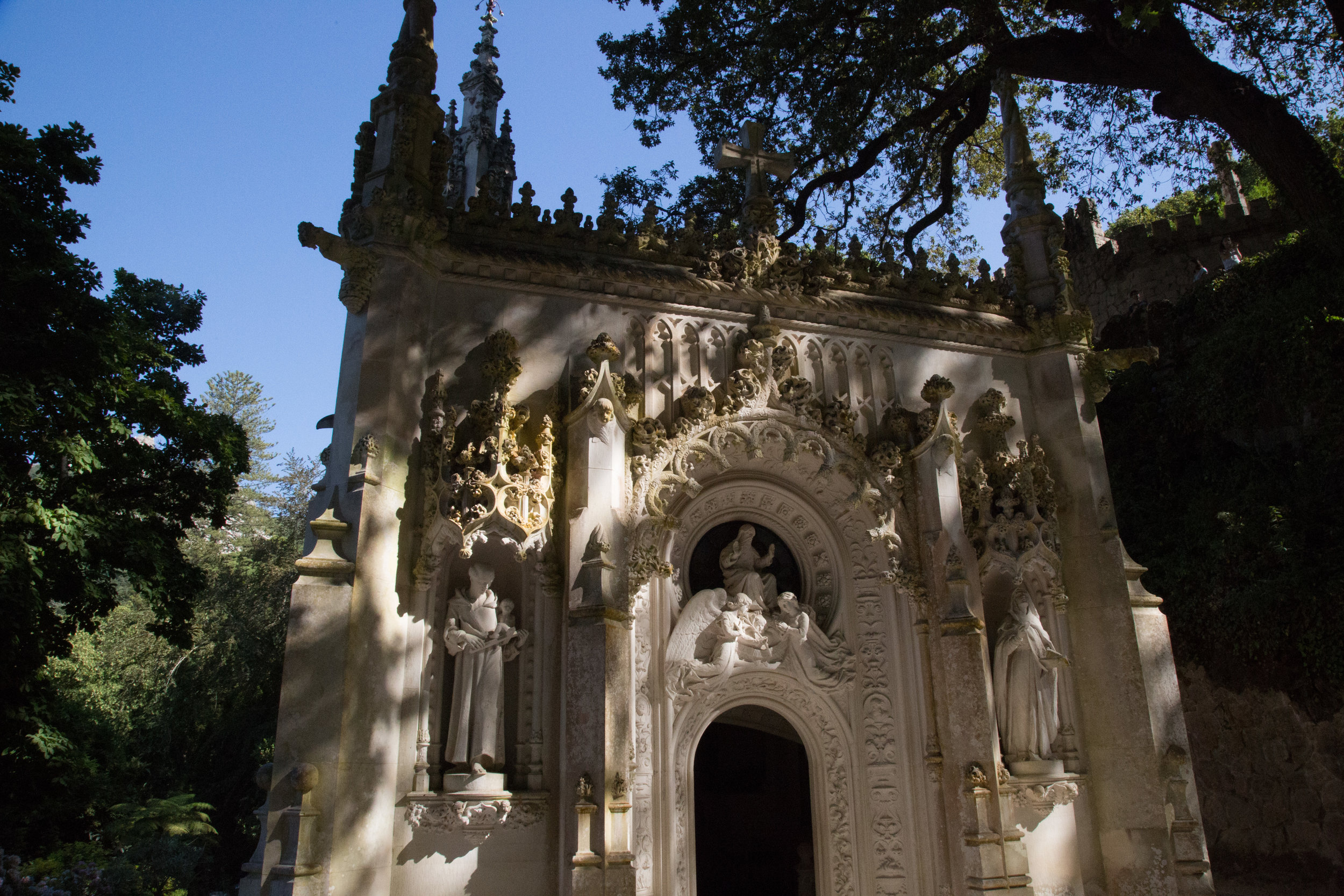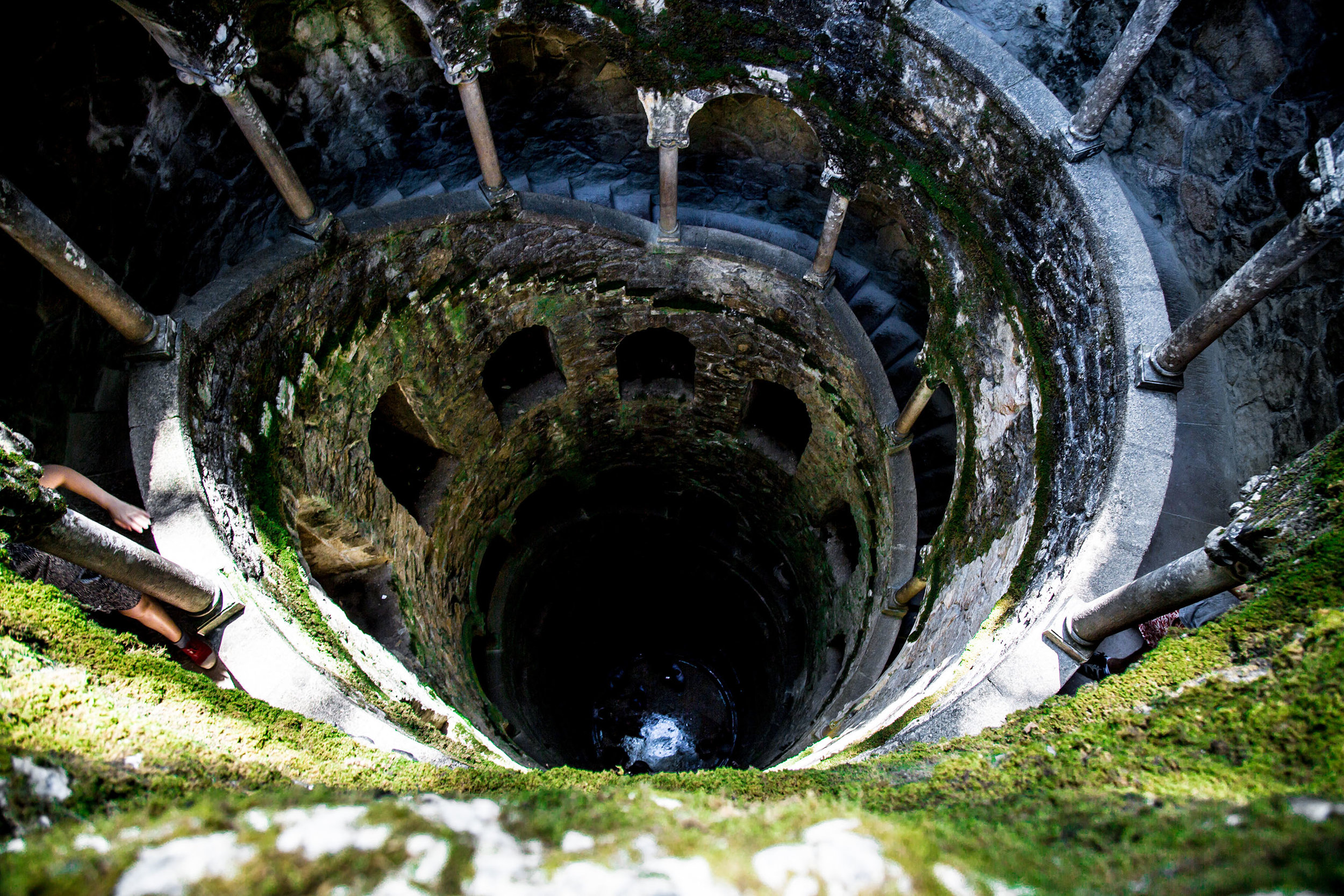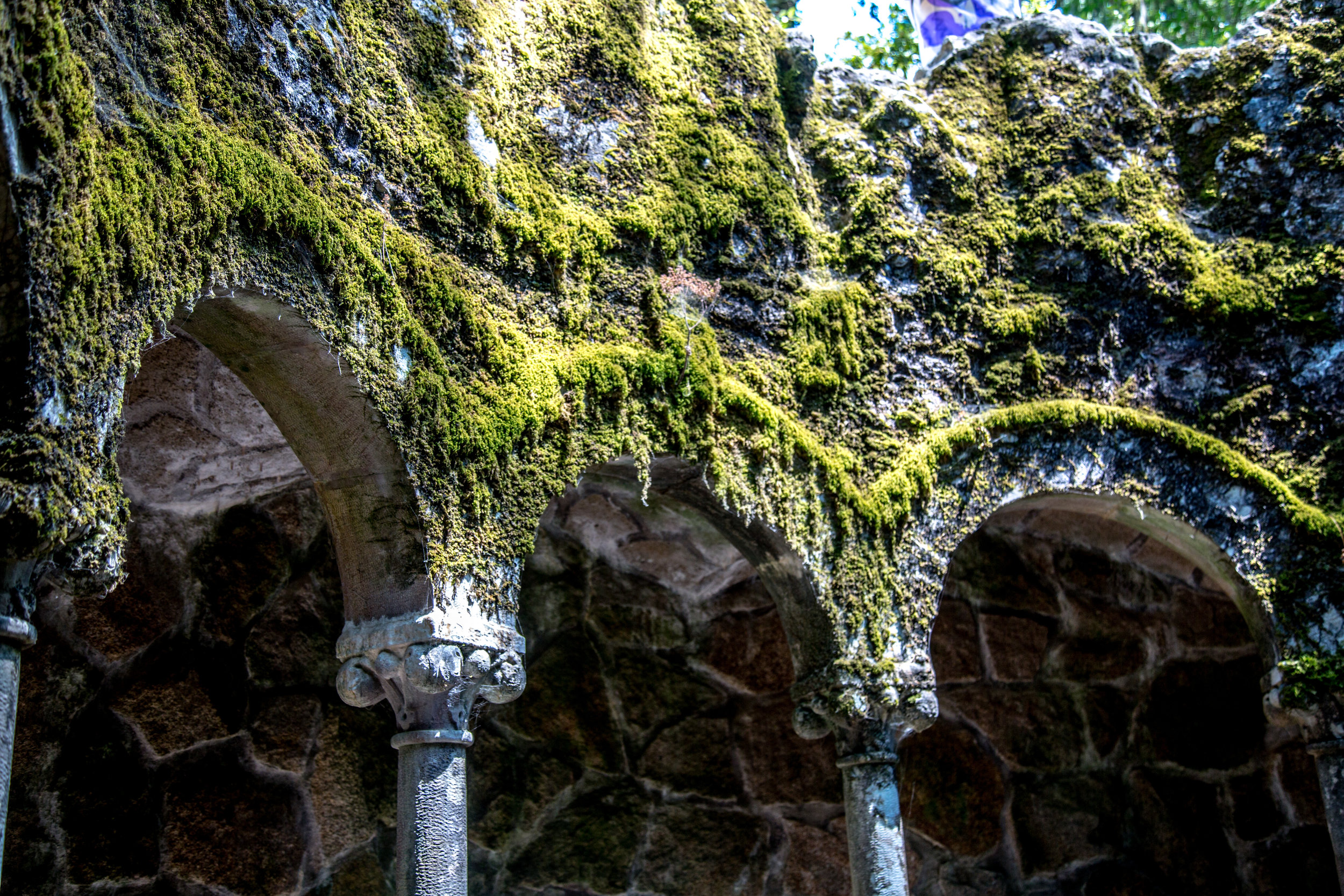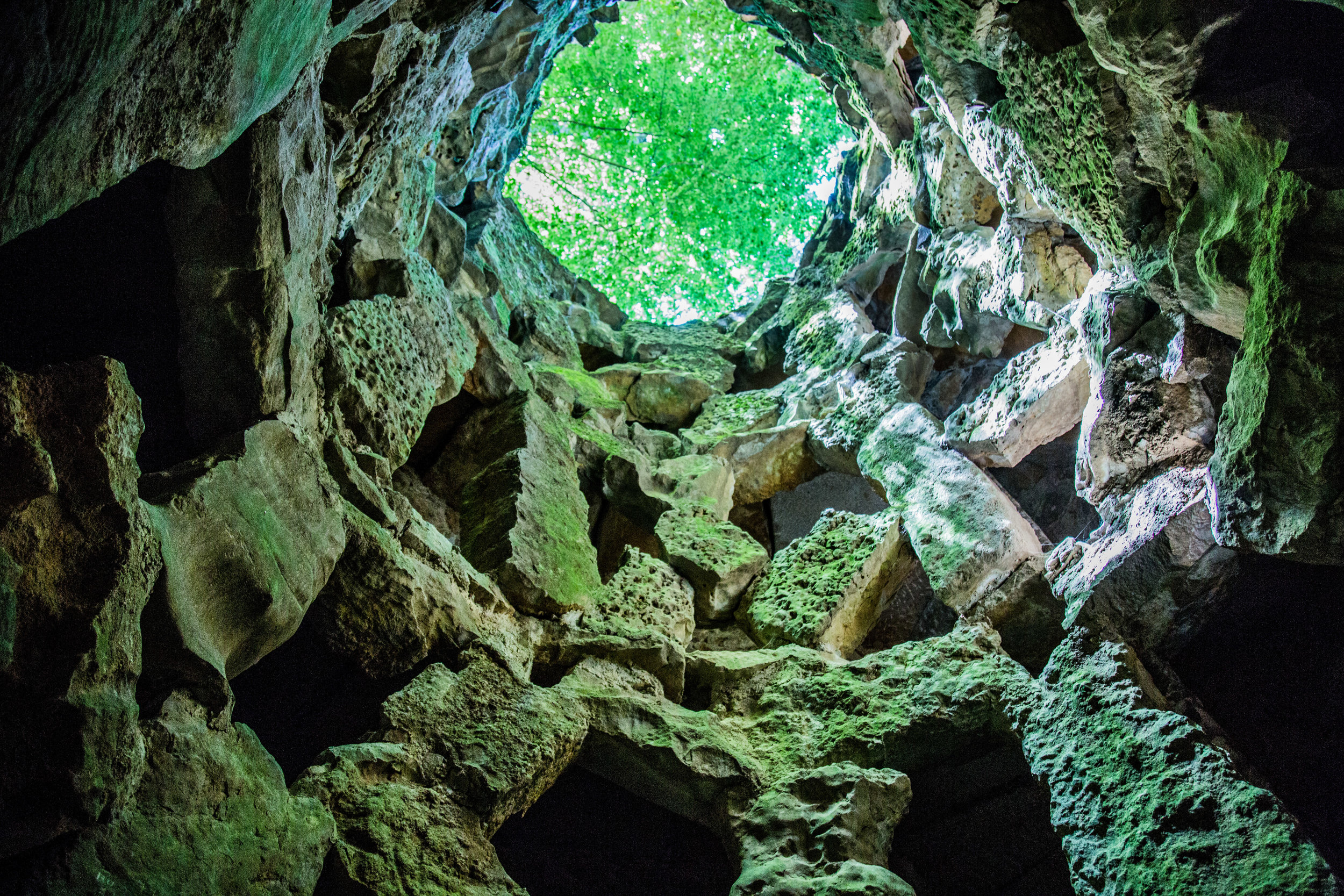2 days on a liveaboard, diving off the coast of the Similan Islands in Thailand. What an amazing experience! Special thanks to Pirate Divers in Khao Lak (piratediversinternational.com) for the great deal.
Diving in Thailand: Underwater Love
As I stared off the bow of the two-story liveaboard at the nearly transparent turquoise water, I couldn’t help but grin. For the first time in about 8 months, I actually felt like I was on vacation.
Anyone who reads travel blogs is well aware of the expression, “long term backpacking is not a vacation, it’s a way of life”… or something to that extent. It means it’s not always easy. Being constantly on the road and usually living off $20 per day in less than sanitary accommodations can take its toll on you. Yes, it’s a privilege, but that doesn’t mean it’s easy. Day after day of packing my bag, followed by traveling in a cramped hot train for 8 hours, followed by haggling with an onslaught of rickshaw drivers, and then unpacking again in yet another very questionable room, has taken more toll on me mentality, than any 24 hour work shift I’ve ever had as an editor.
When we decided to head to Thailand, it wasn’t exactly on schedule. It was either way too late or a little too early depending on how you want to look at it. Our stay in India had grown from our original plan of 2-3 months into what was now approaching the expiration of our prized six month visas. But a couple of weeks before our visas ran out, we ran out… of energy. We’d just landed in North East India and before leaving the airport, we concluded we’d had enough of the countries colorful and exhilarating chaos and it was time to move on. So we booked another ticket that left in a few hours and headed straight for Thailand.
Because our departure happened so abruptly, we landed in Thailand with no plan or idea of where we were going or what we were going to do.
After landing in Bangkok, we decided we were so wiped from India we were ready for more beaches and hopefully some relaxation. This lead to the discovery that Thailand was one of the cheapest and best places to get SCUBA certified. Yes! Bucket list here we come!
In less than 24 hours we found a company who was interested in hiring us to film some promotional material and after three days of awesome Bangkok fun, we were on a bus and ferry headed for the island of Koh Tao, the diving capital of Thailand. This may not be the best diving in Thailand but if you are looking for any type of certification, this is the place to do it. Best price and best instructors.
We had arranged a deal with Simple Life Divers. They have great prices although you can find some schools a little cheaper, but DO NOT compromise when it comes to getting certified. These guys really know what they are doing. Whether you are looking for your basic Open Water or want to become a Dive Master/Instructor, they offer it all.
The island is a great place to hang for a week. At Simple Life you’ll spend your day on the boat learning and the evenings downing beers at their bar with fellow students.
But enough backstory…
The Similan Islands.
They say bathing in Windex is good for the skin.
How YOU doin'?
A week later I'm sitting on this liveaboard thanks to Pirate Divers, floating next to the beautiful and remote Similan Islands (about 60km off the coast of Khao Lak), and I can’t believe what I’m seeing. The photos are real. This is the ACTUAL color of the water. And I’m living on this boat for two days, eating amazing thai food and doing three dives a day (sunrise, midday and sunset).
We’ve seen a lot in our travels; from some of the most exotic deserts, to the highest altitude villages in the world. But none of it is comparable to what’s deep in the sea. The experience is unlike anything we else. To be able to breathe where you shouldn’t breathe. To swim amongst some of the most beautiful and exotic creatures you will ever see, we were completely mesmerized by this new world. For 50 minutes you’re an astronaut on an alien planet.
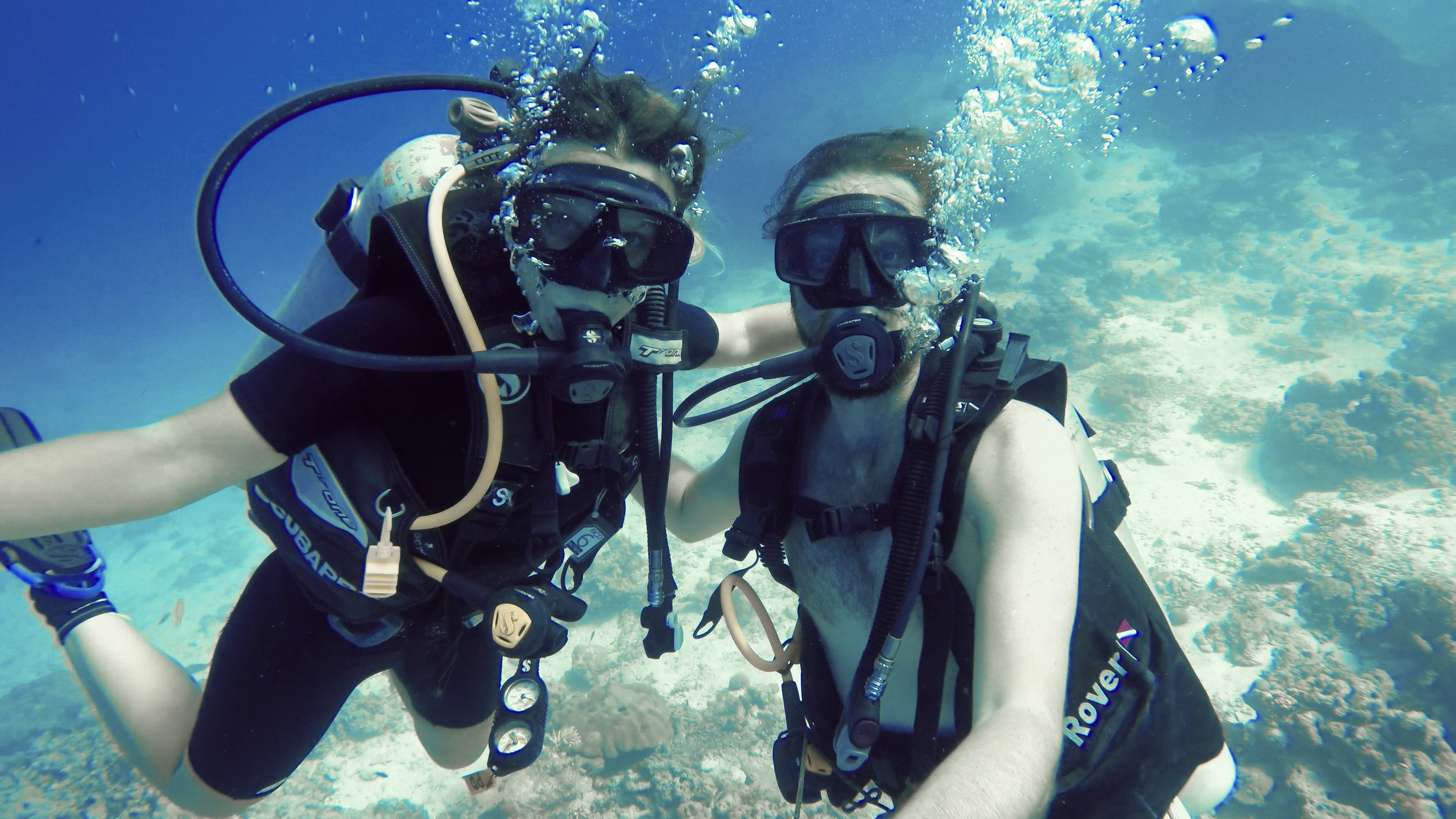

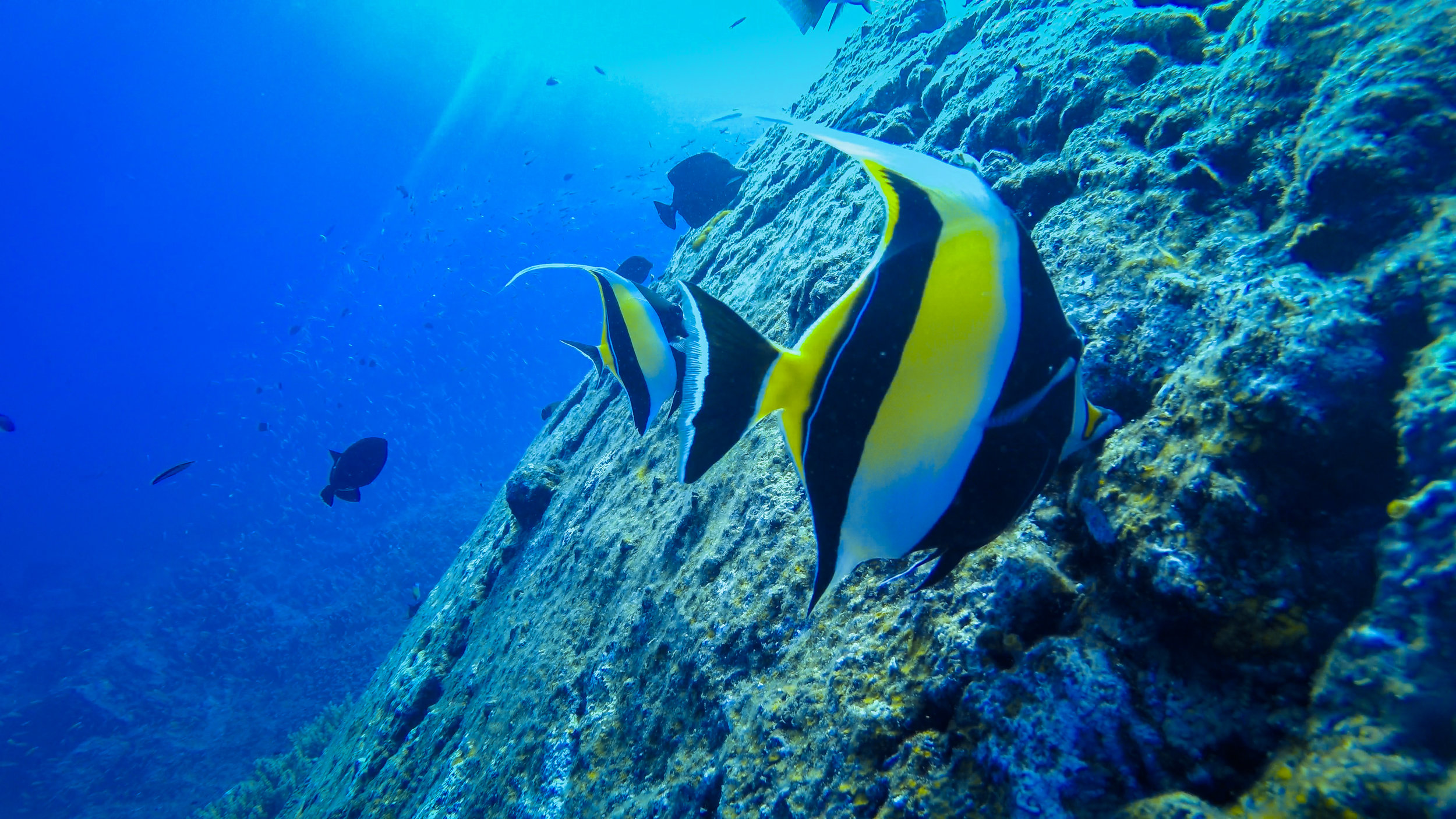
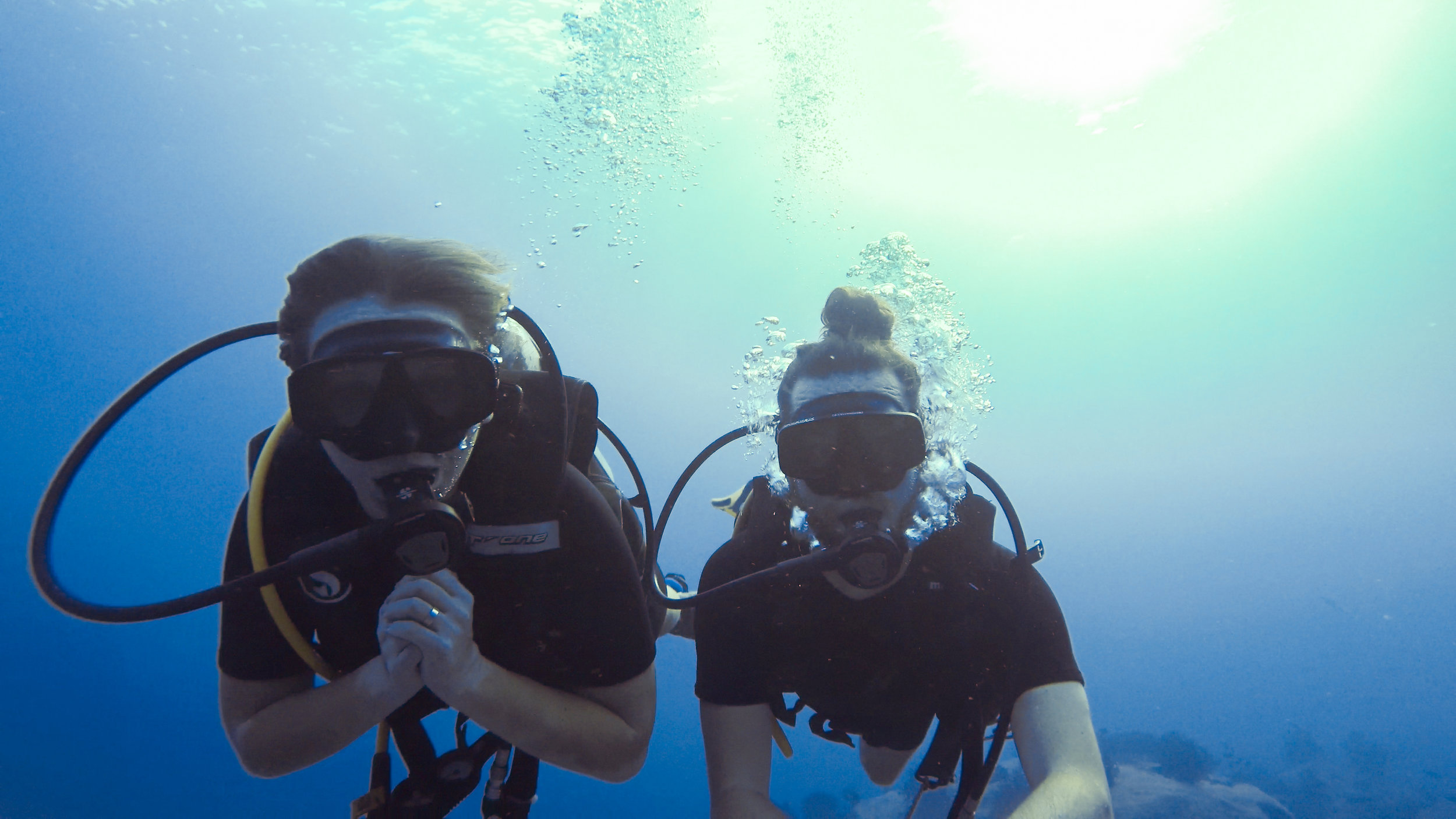

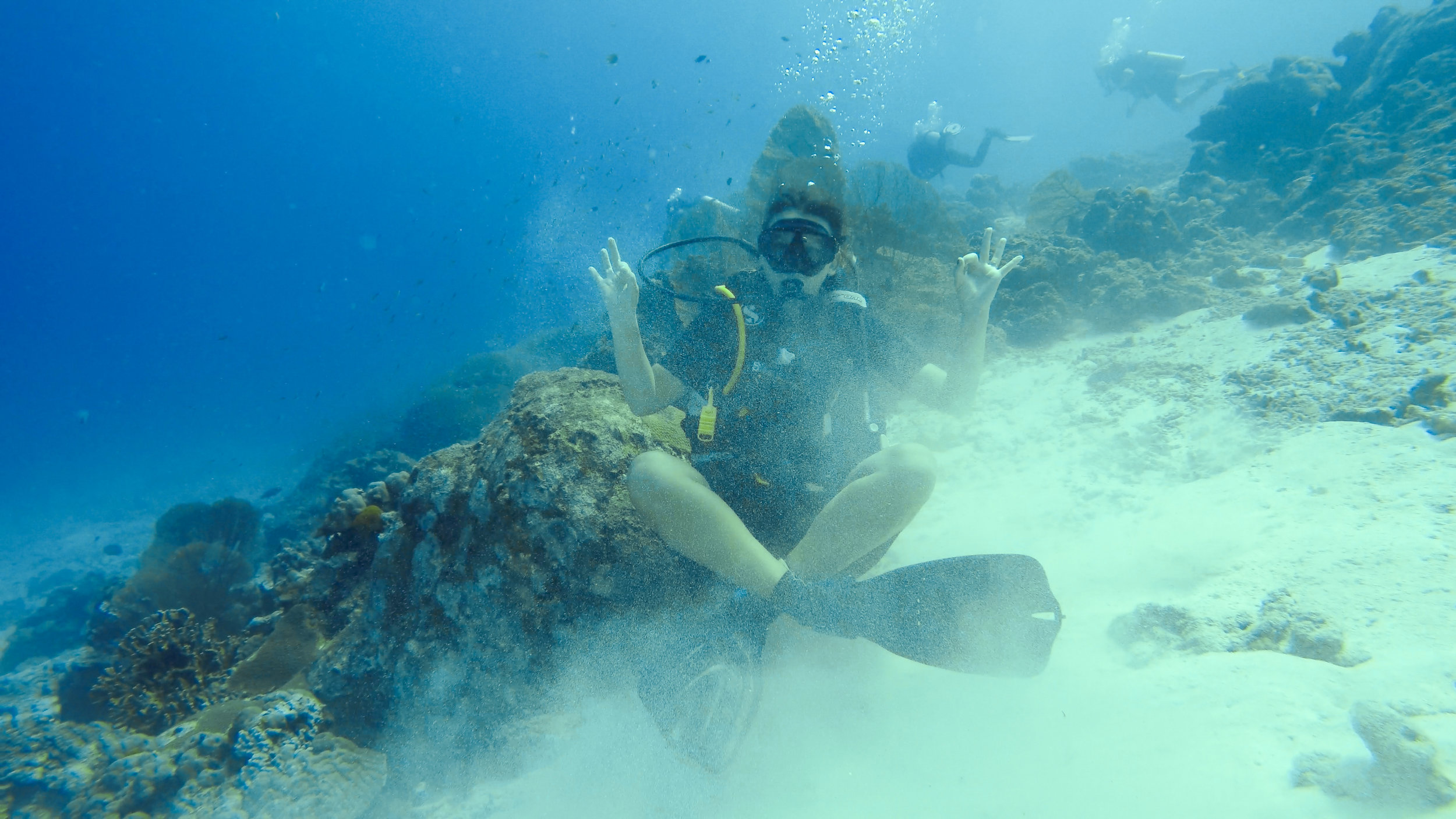
We are beginners. Only certified to dive to 18 meters but we can’t wait to dive more. Whether it be a PADI or SSI certification, we can’t recommend exploring this world enough.
From now on, wherever we go, it’s not just about exploring the above, it’s also about seeing what’s below and we can't wait.
The Fisherman
Over the course of several days while staying at the beach town Malvan in India, we befriended some local fisherman. It was fascinating to watch them work. Therefore I made this little short of their process from launching the boat at sunset, to returning at 5 in the morning to pull their catch in and carry it off to market.
Original score composed and performed by: Shahruz Moshtael
Part 3: The Himalayan Valleys: Spiti, Pin and Kinnaur
India is known for its large population, but did you know that some of the most remote and least populated villages in the world are also found here?
The Himalayan Mountains need no introduction, but not many people know about the quiet, peaceful valleys in the Himalayas where you don't need to be a hardcore trekker to connect with nature or experience the tranquility and amazing hospitality of the natives who live in this rugged terrain.
The three Himalayan Valleys: Spiti, Pin and Kinnaur, located in the northern part of India in the Himachal Pradesh region, are a must visit before you die!
Spiti Valley loop itenerary.
Day 01
Manali-Chandratal-Losar
On a cold morning we woke at 5am sharp. Our driver Bitu, showed up on time and by 5:45am we packed up the car and we were eager to start our next adventure through the Himalayan valleys.
When we left Manali it was still dark outside, and the city was just waking up. Shortly after leaving we began climbing up some steep mountains. The views opened up and we could tell that this trip was going to be epic.
Everything seemed to be easy until the road started getting more winding and bumpy. Around this time I, (Marta) started to feel car sick. We had to stop for a short break for some fresh air and well, vomiting. My stomach was not ready for this. Luckily the nausea went away quickly. My body was able to adjust and the rest of the trip went without any stomach problems.
Rohtang Pass and pile of corpses
Before we left on this trip we'd heard that the roads in the Spiti Valley can be very dangerous. Sometimes the internet can make things more dramatic than they really are. The roads seemed fine to us and before we knew it, we'd passed the "scary" Rohtang Pass. However, we understood why this road remains closed in the winter. The road was narrow and at some points had huge cliffs on the side.
As long as you/or your driver is sober, doesn't speed, and the weather conditions are optimal this road is totally safe. If you are traveling by bus, you might want to close your eyes at some points. Having said that, we are well aware of the dangers when it rains or snows. Fatal landslides are notorious in this region so make sure to check the weather before heading out on your trip.
The pass is open May to October and after that if you are crazy enough, you can travel at your own risk. Hence the name Rohtang, which translates in english to "pile of corpses".
The Tipsy Gypsies Tip: Make sure you bring a bandana or a face mask when you visit these valleys. Not only is the sun strong, but the roads are extremely dusty. Something to cover your face will make the trip much more enjoyable.
After a few hours of driving, everyone got a bit hungry. We stopped at a Dhaba (a roadside restaurant) in Chhatru for breakfast. We had Paratha (stuffed flatbread) served with pickles and Chai to drink.
Paratha is a breakfast staple in India. Parathas can be stuffed with veggies like potato, cauliflower or cheese and are usually served with curd and sour pickles. Our Indian friends laughed when we told them that in America we eat parathas with main dishes like dals and curries.
A few kilometers after Chatru we saw an official sign welcoming us to Spiti & Lahaul aka "the middle land".
Chandra Tal "Lake of the Moon"
In the afternoon we reached Chandra Tal Lake, located at 4,300 meters (14,100 ft) above sea level. At this point we started to feel small symptoms of altitude sickness: shortness of breath, tiredness, dizziness (it was definitely not from drinking), but we managed to go for a short walk to the lake, which was beautiful.
We almost camped near the lake but due to the altitude sickness, and the campground being short on supplies because it was closing the next day, we decided to move on. Our next option for accommodations was Losar.
Kunzum Pass
Before we reached Losar there was another big pass to cross, the Kunzum Pass. This pass connects Kullu and Lahaul Valleys with the Spiti Valley.
After a long day of driving, we finally arrived in Losar. We could't see much of the town because it was already late and the power was out in the whole village. We ate a simple, warm meal and we were ready for bed. Since the power was still out, there was no hot water for a shower. That night we feel asleep to candle light under thick blankets, dreaming of hot water back home.
Day 02
Losar-Kaza
Waking up early was not easy but this was something that we had to get used to on this trip. Our room was warming up from the strong sunlight beaming through our windows. There was still no warm water due to the power outage that lasted the whole night. The cold shower woke us up fast.
Before we left we had a chance to enjoy the views in Losar. The town looked peaceful and beautiful in the morning. Frost was still on the ground and you could definitely feel winter approaching...
We were ready to leave by 8am, in order to reach the SDM office in Kaza before it closed. Kaza was our last chance where we could obtain the ILP (Inner Line Permit), which would allow us to enter the Spiti Valley.
As soon as we arrived in Kaza, we drove straight to the SDM office. Unlike in Shimla and Manali, the officers in Kaza easily issued us the "single person permit". We only had to pay 50 rupees each for processing our permit. After about 30 minutes we both left the office relieved, and happy to have our ILP permits in hand!
The Tipsy Gypsies Tip: All foreigners visiting the Spiti Valley are required to get the ILP (read Part 2).
In Kaza we just needed to find a hotel for one night. Despite being late in the season, almost all the guesthouses were either closed, booked or wanted too much money. Eventually we found a room for 1,200 rupees (after negotiation) at the "Snow White" hotel. The hotel had decent rooms, very slow wifi and some hot water. At this point we didn't need much to make us happy.
It was getting late and the temperatures were getting colder every day. This made us a little worried since we did not have proper winter clothing with us. The rooms were never heated. We had to layer on everything we owned and we always requested extra blankets.
Day 03: Kaza
In the morning we found out that the only gas station in town was out of fuel. We had enough gas to see the nearby monasteries but not enough to leave Kaza. We continued on with our plans.
Visiting Komic Village & Monastery
Komic Village, located at an altitude of 15,027 feet above sea level, is apparently the world's highest village that can be reached by car. There is only one bus that goes from Kaza to Komic twice a week, which is why you will see many villagers along the road trying to hitchhike. Since there were only three of us in a big car we picked up hitchers many times.
At Komic Monastery, there are two building structures. The old Tangyud Monastery, where the monks pray and a newer (pic above) monastery where the monks reside. Women are not allowed to enter the old monastery durning prayer time. We weren't sure exactly why and the monks weren't too keen on talking about it. We have been told that the majority monks practice celibacy, and some of them might even refuse to be in a presence of women, but apparently some of them have open relationships.
The Buddhist monks were very curious and friendly. We had the honor of sharing a few stories with this monk from Komic over hot Chai.
Langza
On the way back from Komic we stopped in Langza to see the statue of Lord Buddha overlooking the valley.
Day 04: Kaza
In the morning we tried again to buy gas at the station (or from the locals) but we had no luck. We were supposed to be on our way to the next town, but it looked like we would be in Kaza a little longer. Nobody expected the gas shortage to last this long.
Key Monastery
Key Gompa was founded around the 11th century. It was destroyed multiple times by the Mongols in the 11th, 14th and 17th centuries. Then in the 1800's, it was raided and sacked by the Sikhs, followed by a fire and a severe earthquake years later. However, the monks did not give up easily and somehow they managed to rebuild the monastery. Impressive!
The "boxy" structure developed because of the many destructions this monastery suffered. The monks wanting to rebuild as fast as possible, built simple box like structures clustered together, which resulted in a unique, fort-like look.
On the way to this monastery, Nate and I talked about how much we admired the monks life-long dedication to Buddhism. We've contemplated what would it be like to be a young child, far away from home, living with "strangers" and devoting your entire life to God. To an outsider, the buddhist religion compared to other religions seemed superior... unscathed... incorruptible....
When we reached the top of the Key monastery, we met some other tourists from America. One of the guests started to chat with us and without telling him about our conversation, he flat out asked us if we thought that the Buddhist religion was better than others, to which we shrugged our shoulders implying a "maybe/yes". It felt like he just either overheard our private talk or he was reading our minds. Since I was raised Catholic, I pointed out problems with the church: the political power, pedophilia, bigotry to name just the few, to which the man said that it does in fact happen in buddhism as well. He raised some interesting points about the Dalai Lama, probably the most famous buddhist teacher of our time, being a very rich man. Many people criticize the Dalai Lama for being a celebrity and profiting from the religion and not being the most honest man. What was more interesting, is this conversation happened in front of the head monk who gave us a tour of the monastery, who didn't seem to mind what this man was telling us. The man himself was a follower of buddhism, but it was refreshing to hear him admit that sometimes things aren't what they seem, and that it's good to question not only what we don't know, but what we think we already knew.
When we were leaving we looked round the monastery with a new perspective. This time we saw many villagers working hard on a new addition with a private room for the Dalai Lama. They were carrying and moving massive, heavy rocks with primitive machinery. These men, women and very young children, as poor as they were, volunteered their time to improve these old structures for no money. I would think that with all the donations these monasteries receive they could afford to pay them even a measly salary...
We left the monastery with more questions than answers. I guess that is the point of traveling; that we learn from others, experience new perspectives and be reminded that the world is not black and white, but also many shades of grey between. We still have enormous respect for buddhism and many it's followers. But it was refreshing to be made aware of the things you don't hear about as often.
From the Key Monastery we also visited the town of Kibber. On the way we saw the highest bridge in India being built by men and women. These people had no harness on them while they were working! They were probably were paid but defnitelly not enought for the type of work they were doing.
Before there were bridges, the way to cross the huge valleys was by basket. People, as well as animals and goods were transported this way. Somebody needed to be waiting and willing to pull the rope on the other side of the hill. This system still exists in many areas where roads and bridges have not been built.
The picture above is a close up and it might not look so bad, but the drop was huge. You defintely needed to have some strong nerves to use this for of transportation.
We drove back to Kaza to refill our tank and bellies!
While our driver waited in line at the gas station, we tried a small local food joint. This place was run by a cute little lady and her husband. We tried the veggie chow main, thupka soup and momos. It was all delicious!
Best Tibetan homemade meal in Kaza! You will find this place at the main square, near the gas station.
Chinese food in India is infused with tibetan and indian spices, which gives it a unique taste. It's hot and flavorful.
After lunch we found out that the gas wouldn't arrive until the next morning. We were forced to stay yet another night in Kaza.
Day 05: Kaza to Mudh
Our driver Bitu, had been waiting at the gas station since 6am. After many hours of anxiously waiting, our driver finally returned with great news. The tank was full! We enjoyed our time in Kaza but were ready to drive to the next town, Mudh.
Arriving in Mudh was like love at first sight. The air was cold but the sun was shining. In the dusty valley, already covered by the shadows, we saw and heard yaks being rounded up by the villagers.
Later we found out that a big festival was going to take place the next day. The Lama of the region, for the first time in probably more than 50 years, was going to visit Mudh and we were there to witness it!
The whole village seemed to be doing something to help with the preparations for the next day. Cooking, cleaning, decorating the town and washing the animals. We were so excited about what we were going to see the next day!
Day 06: Arrival of the Lama
In the morning, the whole village woke up early for the Lama's arrival. The ladies had been cooking meals for the entire town, the yaks and horses were now decorated and the villagers wore their best clothes. This was the the first time these villagers were able to meet the Lama, but somehow they knew exactly what to do. It's like they prepared for this moment their whole life.
Women and men in traditional outfits awaiting the Lama's arrival.
Around noon, the Lama and his entourage finally arrived in Mudh. There was a big crowd of people surrounding him. He proceeded to a special room, where only the most elite were able to accompany him.
Some etiquette that we learned while taking pictures of the Lama was that we couldn't stand higher that him and technically weren't allow to take pictures of him. He had his official photographer and a camera man and only they had the privilege of capturing the young, 27 year old Lama's image.
The people from Mudh brought offerings in the form of food and money. There was also a "shaman" in a costume, who ran down the street, chanting and huffing and puffing to scare away evil spirits. At least, that is what our interpretation of it was.
Shortly after the Lamas arrival we were invited to join the rest for a communal meal. We had never felt so included and welcomed, especially for something we knew so little about. An enormous thank you to the village of Mudh!
Day 07: Mudh to Tabo
Still overwhelmed with the feeling of what we had witnessed the day before, we left Mudh broken hearted. We hugged and thanked our lovely hosts from Tara's Homestay! They were amazing to us! Not only this lady saved my ear from a piercing infection, (story coming soon), but I would travel anywhere again to taste her homemade meals and chai around a hot stove!
Dhankar Monastery
On the way to Tabo, we stopped at another monastery to say a quick hello and have a chat with the monks.
Many people visit Spiti Valley in the summer, which we want to do in the future, but the colors of the fall are absolutely beautiful here.
Day 08, 09, 10: Tabo-Kalpa -Raksham
After spending a night in Tabo, we headed to Kalpa. This was our last night with our driver Bitu, who was going to leave us in Raksham with some new friends. We had a flexible schedule and we weren't in a rush to get back to Delhi.
The Tipsy Gypsies saying goodbye to their trusty driver Bitu.
Raksham
Raksham is located in the Kinnaur Valley, a region known for the most delicious apples in India. This village is a perfect spot for bird-watching, bouldering and hiking. The terrain is very different from the dry and rocky Spiti and Pin Valley's. Raksham is surrounded by evergreen trees and massive rivers run through the valleys.
Besides the famous apples, try the fresh apricot oil that you can use for massages. Your skin will smell and feel amazing!
Chitkul
If you are staying in Raksham, you MUST visit Chitkul, another quaint village only a short drive away.
Day 11&12: Returning to Delhi
We spent the last 2 days with our friends in Narkanda, learning about birdwatching, but we preferred to do beer-watching. It was great to relax for 2 days before we got back to hectic Delhi for the biggest holiday in India, Diwali.
We are already planing to return to this region durning the summer with our tents and do some camping. Let us know if you have been to the Spiti Valley before and what was your experience was like. What must we do next time? Share your stories in the comments below!
RAJASTHAN - The Family India Tour
Nate's sister and her boyfriend Kion came to India to visit us for two weeks. Our tour was Mumbai - Udaipur - Jodhpur - Jaisalmer - Jaipur. Unfortunately we all spent more than half of the trip sick. So we missed some sites and opportunities. Luckily in the end everyone got better and we still managed to have some fun. Here are a few random clips I managed to get between trips to the restroom...
Burnt Out...
It's been 8 months on the road. And I (Nate), am spent. I knew this was going to happen at some point, I just didn't know when. The first question I always asked long term travelers before leaving was, "don't you get tired of it?".
Well, I can answer now with confidence, yes, you do.
The grass is always greener on the other side right? You're stuck at your desk job and all you do is dream of sandy beaches and adventure. Well I've had plenty of sandy beaches and at this moment, all I crave is routine. Predictability. MY bed, a LIVING ROOM, and OH MY GOD, an American supermarket with all the goodness and variety it has to offer.
I knew it wasn't going to be easy before we left but I didn't know exactly how hard it could get. I'm seriously one click away from an Expedia ticket home right now. My wife Marta is a natural extrovert. Adventure comes to her easily. She is the sole reason we have had so many amazing experiences along this trip and for that I'm grateful. But it also exhausts me! I crave mundane!
But this is part of it right? Pushing your boundaries. Stepping outside your comfort zone. It allows you to discover a side of yourself you never knew existed. Before, when I wasn't comfortable or didn't know what to do I could always go home. I was always a natural home-body, a couch potato. Now, I have no home and it's through this process that I'm forced into new experiences, new opportunities that I would never have sought out otherwise.
As I sit here writing, with a second browser tab open and exhaustedly DREADING the purchase of our next tickets to _______, it is with those tickets that I also know new inspiration, new stories, new friends and a new me will arrive. And THIS... is the reason why I'm not coming home yet.
VALLEYS IN THE SKY
'Valleys in the Sky' takes you on a journey to one of the highest altitude and least populated regions in the world, located in the Indian Himalayas. Experience the beauty and magnificence of this remote area and witness the incredibly rare celebration and arrival of his Holiness the high Lama, to the small town of Mudh for the first time during "this life's incarnation".
"Coconut Juice" aka "Slow Poison"
It was a beautiful evening in the coastal town Malvan, and we were sitting at Chivala beach watching the sunset. Early on we had befriended a local fisherman named Bhi and we would see him working every day when we went to the beach. He barely spoke any english and we didn't speak any of his local language but that didn't stop us from having a good time.
As we watched the sunset and sipped our freshly opened ice cold King Fishers, we heard a motorcycle pull up. It was our friend! He wanted to take us on an adventure but we had just opened our beers so we almost said no. But finally after some convincing, we agreed to go.
We finished our beers and the two of us hopped on the back of his motorcycle. This might sound crazy outside of India but we've easily seen 4-5 people on one bike so this was actually quite comfortable.
First he took us to an amazing view point where we finished watching the sunset. A place we never would have found on our own so thanks for that Bhi! But after that he took us somewhere even better.
His bike pulled over on the side of the road and we had no idea where we were. The only thing we saw was a tiny makeshift shack. We went inside and there was a group of men sitting on the floor clearly having a good time. "Coconut juice!" they said enthusiastically. We decided to take a sip and it was absolutely delicious. It clearly tasted fermented so we asked if there was alcohol in it. "NO!" the men said in unison. But after hearing them later call it "slow poison", and doing a little research we later learned it was definitely alcoholic. They must have meant there was no ADDED alcohol.
The drink is formally called Madi, which you can read more about here, but we definitely prefer "coconut juice" :)
Get Tipsy on: Madi
Madi, also known around the rest of the world as Palm Wine, is a delicious and often times healthy alcoholic beverage made from the sap of palm trees. In Madi's case, the coconut tree.
We discovered this wonderful drink through a fantastic experience you can read about here.
After cutting the palm stem, a container is placed below the tap and the sweet palm nectar is collected. Although non alcoholic at first, it only takes a few hours for the sap to naturally ferment and reach an alcohol content of about 4%. If left longer, the brew gets stronger and becomes a "wine" and the taste will be more acidic.
We absolutely LOVED this drink but please be careful when seeking it out. Make sure you find a reliable source because as with any moonshine, it may be mixed or "diluted" with another substance that could be dangerous or even fatal.
After sampling it at a roadside stand we arranged for our host to take us to a local producer and had the freshest Madi possible. For 100 rupees (about $1.50) we got a liter and kept us tipsy all day.
Cheers!
Money Problems
It's not every day that a country decides to scrap two of it's most popular currencies, the 500 and 1000 rupee, let alone scrap them and tell everyone the night before.
Yet this is what happened to us while we were in Bombay. In order to cut down on blackmarket money and counterfeit bills, India's Prime Minister Narendra Modi decided to pull this bold move.
The government announced they would put a limit on how much cash you could turn in without imposing major penalties and fines up to 50% of your money. Luckily for us we had limited money to exchange. It still took us about an hour and half of chaos at the bank turn the old currency in.
Once we exchanged what we had, our problems weren't over. All ATM machines were down for several days and when random ones started reopening they would have lines around the block and run out of cash within hours. On top of that, few businesses accept credit cards so needless to say we had to be careful with our money.
Almost everyone we've talked to here is supporting this crazy strategy despite the major inconveniences many are facing. India is largely a cash based economy so there are millions who will be affected by this including the massive wedding industry. Many families pay for the weddings in cash and spend years saving for it. The restaurants in Goa are empty because so many people canceled their trips to avoid the hassles so we're sure the tourism industry is taking a huge hit. Also, remote poor people who live too far from a bank can have piles of cash saved up that may now be worthless.
Anyway, it was interesting to witness a country thrown into financial chaos for more than a month. Considering the stress it's causing so many people we sure hope the long term benefit is worth it and does what their hoping. Only time will tell...
Part 2: Planning your trip on the Spiti Valley Loop
Want to plan a trip on the amazing Spiti Valley Loop? Every foreigner traveling from Kaza to Kinnauar is required to obtain the ILP (Inner Line Permit) so make sure you do your homework. Here you'll find answers on how to obtain the permit as well as transportation options for this amazing journey. If you missed Part 1 of this story you can find it here.
After being denied the ILP (Inner Line Permit) in Shimla, we continued our journey in the north of India to Manali, where we were told we would 100% get the permit.
Again, we ended up in a small town with one purpose only, to obtain the ILP. All the foreigners visiting Himachal Pradesh between the Spiti Valley and Kinnaur Districts are required to get the ILP.
Inner Line Permit
As soon as we got to Manali, we visited the SDM office to get the ILP, which is located in the city center, on Mall road. It turned out that in Manali, the permits are only issued for groups of 4 or more people, so we were back to square one. Winter was approaching fast and we only had 2 days before the pass was going to close (The Kunzum Pass is closed from October 16th for 7 months).
But this is India and we knew that there would be another way around this small bump. At the SDM office we were informed to go to Kaza, where the officers were apparently not as strict on the rule of 4 people traveling together.
We decided to try our luck with the ILP in Kaza. We only had to find transportation from Manali to Kaza.
Transportation
There are few ways to travel on this route.
Option 1: The most obvious choice is to drive yourself either by renting a car or motorcycle. But since neither of us had done this before and after hearing how treacherous the roads were, we didn't feel comfortable with this option. Having said that, our next time will be on motorcycles! Also, we wanted to be able to take in the views rather than worry about driving off a cliff...
Option 2: There is one bus from Manali to Kaza and it leaves at 6am. There are no reserved seats but this is the cheapest option. We heard the ride through the pass can be a bit dangerous and rough so weren't so keen on taking the bus.
Option 3: A "Volvo bus" would have been more comfortable but apparently wasn't available because it was the end of the season.
Option 4: Private taxis ("yellow cab") wanted to charge us 9,000 rupees to drive from Manali to Kaza. This was way too expensive and out of the question.
Option 5: Shared Taxi in a 4x4 costs only 2,000 rupees each but the driver who looked like Indian Lenny Kravitz, didn't have a permit to drive foreigners through Rohtang Pass. Lenny almost convinced us to sneak through the border but we decided not to.
Option 6: After walking for hours from one tourist office to another, we stepped into Chandertal Trek and Tours. After some negotiating, we decided to rent a private driver with a 4x4 to drive us for 10 days in the Himachal Pradesh. That way we could stop anywhere we wanted, film and photograph easier, and it also sounded like the most comfortable ride.
We negotiated the price for the driver, car and gas for 3,600 rupees a day. We later learned that this is way too much and it should have been about half but oh well... Foreigners always pay more because we have no clue what things should cost in India. We'll know better next time.
Chandertal Tours helped us to plan the 10 day trip. We planned to drive from Manali to visit the valleys of: Spiti, Pin and Kinnauar, making a big loop and ending in Shimla.
We were going to meet our driver Bitu next day at 5:30am. Read Part 3 HERE!
Have a tip or story to share about getting your Inner Line Permit? Please share in the comments below!
BFFs
For our last few nights in Shimla, the capital of Himachal Pradesh, we moved to a nice little hotel in the Laakar Bazaar district in order to be more central.
The hotel was decent enough and everyone who worked there was quite nice. But there was one employee who went above and beyond the call of duty.
He was kind of like a bellhop, but also worked in the restaurant and just kind of helped out with whatever needed to be done. As we were checking into our room he began to converse with us. "What country are you from?" "What are your names?" etc.
He was quite nice and so we indulged in some light conversation with him. At the end he wanted a selfie with us, which isn't unusual. We've taken millions at this point. But then he asked if he could meet us in the evening because he wanted to talk with us more in English.
We said okay, he left and we went on with our day. Sadly by the time we got home from touristing it was quite late and we honestly had forgotten to look for him (he was working anyway) and we went straight to our room.
The next day we saw him and there was a sad look on his face. Turns out he waited for us until midnight! We felt terrible.
We weren't actually able to meet with him until the last day. It was actually just me (Nate), who met with him. I agreed to talk with him in the restaurant and I brought my computer armed to show him some pictures of our trip and our blog etc.
As soon as I sat down the first thing he asked me was, "can you get me a visa for the UK?" I looked at him shocked and said I was from America. He then asked if I could get him one for the U.S. Sadly, I told him I couldn't for reasons obvious to anyone from there. I explained that the process was quite complicated and expensive and that I had no connections or authority.
After that we chatted a bit more and he insisted on giving me a gift which was quite sweet. I tried to refuse but he wouldn't have it. He also invited us to his village to stay with him and his family and said it would be "his greatest honor". At the very end he told me "we will be best friends and I will write you on Facebook every day". Well he's kept his promise.
I've received messages almost every day ranging from, "how are you?" to "where are you?" to "I love you", "I miss you" and "please come back to Shimla!". Marta and I were a bit worried and quite shocked that we might have an actual stalker.
But since talking with other Indian friends we think it's a combo of things. One is a "lost in translation", two is a cultural difference, and three, he's never been treated this way by a foreigner before. The hotel we stayed at was really a locals place where Indian tourists stay. I don't think many westerns have stayed there. And the fact that two exotic foreigners walked in, talked with him gave him probably far more respect than Indian tourists do, he couldn't help but wear his heart on his sleeve.
With that perspective in mind, we're still in touch and he think he is a great guy. His messages still "weird" me out a bit but I try to remember they are coming from a good place. And although we don't always get it, we have to say the people of India are some of the sweetest, most sincere people we have ever met.
... and that's my story and I'm sticking to it.
Too Close For Comfort
It's 3am and the alarm goes off.
Time to get up and out the door in 15. Uber is on the way.
We load into the car and I (Nate) take a look at the driver. Something doesn't seem right. Is he sleepy? Is he drunk? I whisper to Marta to keep her eye on his driving. No napping for us on the way to the train station because who knows what this driver could do while we're out.
The first half of the journey, things are fine. He's driving a bit slow which is weird for India but he isn't swerving or anything. We make our way onto the major freeway headed from Gurgaon to Delhi for a 5am train departure.
All of a sudden in the middle of the freeway, the driver starts slowing down. Actually more like coasting to a stop. He says nothing to us. Marta and I look at each other, then we look at him and ask, "what's going on?". He doesn't look at us and he doesn't say anything.
My mind starts scrambling. I didn't hear an engine noise, I didn't hear any stutter, we just stopped. Is he trying to kidnap us? Is a van going to pull up in the dark and masked men whisk us away? Finally we start screaming at him "What's going on?!" That wakes him up and he finally gestures that the car is broken.
At that moment a giant semi-truck flies by in the other lane. Great. We are in the middle of the freeway, in the fast lane, in the dark, in a stalled car. I instantly think one of these giant trucks could plow into us. Not more than seconds later, BAM!!!! My life flashes before my eyes (not literally...that would have been cool though) and we look back. A motorcyclist has just hit us. The motorcyclist gets up, and is miraculously okay. I don't think this was his first time. This is India after all where people drive INSANE! That's when I tell Marta we have to get out of the car and onto the side of the freeway. We grab our bags, exit the uber and move to the shoulder.
At this point 2-3 Auto Rickshaws have pulled up. They offer us rides which at first we refuse but soon we realize time is running out to catch our train, and we don't have time to wait for another uber. So we negotiate the price, jump in the Rickshaw and he speeds us to the station just in time to catch our train.
The whole experience was so surreal and fast that it took us a few hours on the train to finally calm down and process. We were lucky this time but if that motorcyclist had been a large truck, we would probably be dead.
That's my story and I'm sticking to it....
Part 1: A taste of the Himalayas
After weeks of dealing with one of the most populated cities in the word we were ready to spend some time in nature.We traded the hot and humid weather of New Delhi for the cooler temperatures of the north. Our journey begins in Shimla, the beautiful mountainous town, famous for it's spectaculars views, friendly and hard working people and delicious organic apples. The Tipsy Gypsies are on a journey to explore the spectacular Himachal Pradesh, and more....
PART 1
Delhi to Shimla
On an early morning, we boarded a train from Delhi to Shimla. This was our first long distance train ride, and we cautiously decided to sit in an AC cart with reserved seats. We almost missed the train because we got into a car accident with a crazy uber driver, which you can ready about it here
Still shaken up after the uber drive we ran into the station a few minutes before 5:15am and just in time to catch our train. The ride was very pleasant and comfortable and perfect for catching up on sleep.
After a few hours we arrived in a town called Kalka and boarded the Himalayan Queen "Toy Train" to Shimla. This train was very tiny, hence the name, and operated on a different, smaller track. Before we boarded the train, we were able to buy lunch and eat before we starting our long journey to Shimla.
The journey on the toy train is spectacular. You get to soak in the views for about 6 hours so get comfortable and enjoy the ride.
The train makes short stops along the way so if you get hungry there are plenty of opportunities to eat food: delicious hot samosas, snacks, and sweet chai. Food vendors will also come onto the train with chai and fresh snacks like chana chaat (garbanzo beans with onion, tomatoes, chilis and fresh lime juice).
The boonies of Shimla
Shimla is a popular destination, therefore not the cheapest for budget travelers like us. We decided to stay in a hotel called "Snowflake Cottage", located 9 kilometers outside the town, which turned out to be a good decision. The following day in a desperate search for beer, we explored a small town nearby, Mashobra, on foot. It was a walk worth the adventure despite the rain that got us soaking wet. Here are some things we got see while walking along the road.
The advantage of staying outside the city was that the hotel was cheaper, but the negative was that getting to the city was not so cheap. We knew that the taxi would be around 500 rupees one way, which was almost half of what we spent on the hotel. We had to come up with another plan for transportation.
We asked the front desk for help. They reluctantly said that buses do exist, but they don't recommend it. Perhaps they wanted us to use the paid taxi service (commission for the hotel) or they were just confused why two white kids would want to ride the locals bus. Of course, we decided to try the bus.
The local buses can get crowded in seconds, with people transporting all sorts of things: packages, propane bottles (totally illegal and dangerous), farm animals, but you are almost guaranteed to fit no matter how many people are inside. Seldom do tourists use public transportation. If you are a foreigner traveling on a local bus you will be the talk of all the conversations for probably weeks. We learned the the local buses are a lot fun, fast (sometimes too fast), and very cheap. Locals are very helpful so don't be afraid to ride the crazy bus.
The Tipsy Gypsies Tip: The bus will stop pretty much anywhere you want. When you are stacked in the back of the bus and you want to make the bus to stop, just whistle.
Touristing in Shimla
First things first, coffee is a must. We went to the old school coffeeshop "Indian Coffee House", where waiters wear cool outfits and the coffee is decent and you can grab some snacks before you explore the rest of the city.
Also they have a restroom and toilette paper!! It's a luxury in India.
Jakhoo, Monkey Temple
Hindus worship animals, cows being the holiest of them all. For a semi-vegan, this sounds like a great religion. We decided to visit the Jakkhoo temple, which is dedicated to the monkey god Hanuman.
Jakhoo temple is located on top of a hill. Either we are out of shape or this is a really steep climb. Before you start the walk make sure you've had some coffee and bring plenty of water with you. Once you get to the top, the atmosphere is amazing. Architecturally, the design of the temple itself is ok, but there are mischievous monkeys running around the whole place, which was the most fun part about this place.
Beware of the monkeys
Seeing monkeys in the wild was something very new to us, so naturally we got very excited. However, the monkeys are clever with the dumb tourists, so here is the thing. They are very cute and extremely smart. We "played" around with them, taking pictures and watching them, and we got very comfortable maybe too comfortable... it's hard to resist them, just take a look.
Just when we started to leave one of the monkeys tried to steal the scarf of my (Marta's) backpack. The monkey was screaming and I was screaming. Fortunately for me, my scarf was tide to my backpack so the monkey ran away empty handed.
The Tipsy Gypsies Tips: Lesson #1 put all your loose shit away (sunglasses, scarfs, phones, cameras!!) because they will try to snatch it from you. These guys are smart and once they steal your stuff they will try to bribe you to bring them food and trade for your belongings. Yes, this sounds crazy but it is true. There is a chance that if you have some tasty snacks they will return your stuff to you, but unfortunately it might be in poor condition.
Advanced Studies aka Rashtrapati
This is a beautiful classical structure built by the British in the 1800's. Don't bother with the tour of the interior because it sucks. Since there is still an interior designer in me, I love learning about the interior architecture and we decided to tour the interior. This tour was really lame. The guide knew English, but during the tour spoke Hindi language only. We spent about 5 min in each room. The guide told us to read the pamphlets in the rooms (as long as the Lord of the Rings) and ask him questions if we have any. Mhhh ok, thanks. So we recommend that you do your own research on the history of the place, and spend as much time as you can around the gardens surrounding the building.
Food Porn
After the hike we sure got hungry. We decided to hit as many food stalls as possible
Snack #1 Veggie Samosa burger from SITA Ram and Son
Snack #2 Chana Tikka
Snack #3 Chai
Snack #2 Gravy and Ghawna (pancake) from SITA Ram and Son
Snack #2 Chinese noodles Indian Style
After Shimla, we originally planned to travel to the Ladakh region, but winter was approaching rapidly and we weren't prepared for the snow and freezing weather. We decided to journey through the Spiti Valley loop instead, but there was one catch. Foreigners need a permit to visit this region. The bureau of tourism in Shimla said they couldn't help us with the permit, and we needed to go to Manali. So guess where we are going next? ...Read part 2, Manali and Inner Line Permit HERE!
A trip to the Sahara desert
A camel trip is probably one of the main reasons why you should visit Morocco. Camel trekking and an overnight stay, combined with stargazing in the Sahara desert will leave you with one of the most memorable experiences of your life and perhaps with some painful blisters on your butt too. Here is what you need to know before you go.
Where are the camels?
Most of the camel trips start in Merzouga. Depending on your itinerary, most likely you will be traveling to Merzouga from Marrachesch. There are plenty of travel agencies that can arrange the camel trip for you from Marrakech, but if you want to save money, we recommend that you take a CTM bus from the city. The bus ride is about 8h-10h, but is very comfortable. If you have the time you can also stop in Todra Gorge for a night or two and do some trekking there and continue on to Merzouga from there.
First of all these animals are not camels. They actually are call a dromedary. The difference is that the dromedary have one hump, unlike camels, which have two lovely humps.
Trekking
The most surprising thing about out camel ride was that all the camels are tide together by a rope and they walk in line following a guide. If you have never been on a horse and you are afraid, this is probably great news for you. For those who expect a more wild ride you might be a bit disappointed in the ride itself. The ride was fairly comfortable, but we were happy to get down after 2-3 h.
What NOT to wear on a dromedary (camel) trip?
There is just one very important piece of clothing that you should NEVER wear on a dromedary/camel trip. It's a thong. OMG, don't ever make the same mistake, unless you want to experience blisters in places that you never thought you could get.
Have you heard of the phenomenon called sahara butt? probably not. It's when you wear clothes that rub in the crevices of your body e.g your butt. Yeah, just don't wear any clothes that will crunch up in you butt. We are going to leave this here but trust us!!
How to avoid the sahara butt?
1. Wear comfortable underwear and don't wear any clothes that will crunch up (in you butt).
2. Wear long pants, your legs won't chafe !!
3. Loose clothes are great! You won't sweat and it will protect you from the sun plus you will be comfortable.
Also Important: Do not forget your sunglasses, head scarf, sunblock and SPF lipstick!
Night at the Desert
After a few hours of trekking you will arrive to your camp. You will be fed, with most likely Tagine, and if you are lucky enough you might be entertained with traditional berber music. Berber people have an amazing culture and spirit.
Tipsy Gypsies Tip: We recommend that you bring some liquor to the desert. Berber people like alcohol, and as long as you share your goods with them, they will too.
Berber people were traditionally nomads. Don't assume that the nomadic lifestyle and simple life make these people ignorant . Both of our guides were smart students who spoke fluently in at least 4 languages. They were also are humble and very talented musicians They told us they didn't like big cities and decided to live a simple life and follow their passion, music.
Tipsy Gypsies Tip: We talked with our guides and asked them for some funny stories from the desert. They told us that sometimes tourists get too drunk and behave rude. Some tourist decide to wander off the camp to the dunes and can't find their way back. Drunk tourist might be only 5 minutes away from the camp, but the dunes all look very similar. The guides are always vigilant and they know where you are and will rescue you (after some time) of course. So unless you know how to guide yourself with the starts, you might have to spend some lonely hours rethinking your behavior and actions. We think that is a fair lesson.
Sunrise
You can't miss the sunrise in the desert. It's spectacular! If you only stay one night you will most likely head back to the hotel early in the morning. You will eat breakfast at the hotel and you can use the shower and pool for couple of hours.
Saying goodbye to this view was hard, but we will be back for more!!
Meet the Ganoua tribe
On your way out from Merzouga we stopped by Khamlia village. Khamilia village is inhabited by the Ganoua or Gnawa people, who originally were slaves from Africa. Nowdays, the Gnawa people are shepherds and dromedary/camel herders and their music is world famous. At the village we experienced the traditional music and dance of the Ganoua tribe performed by a group called "Groupe des Bamabras" . They were truly amazing and welcoming. If you want to learn more about their history check out www.khamlia.com
Experience Morocco: Chefchaouen & Fez
Chefchaouen, The Blue City
You don't need a lot of reasons to visit Chefchaouen, the picturesque blue city in the Rif mountains of Northern Morocco. If your favorite color is blue and you love cats, these reasons are good enough.
The Tipsy Gypsies had big plans for Chefchaouen. There are plenty of hikes and sightseeing here, but sometimes life gives you the worst food poisoning and your plans, well, need to slightly adjust. We tried our best to see the most we could and not to vomit in public. So even though we were sick while we stayed in Chefchaouen for 3 days, we truly can tell you that this place is magical and it has a lot to offer. Hopefully the pictures will show the beauty of this city and you will want to visit.
Cats play an important role in making this blue city even more cute. Cats always seem to live by their own rules no matter where and in Chef they rule the streets. This city probably has the most dense population of cats that we have seen so far in Morocco.
It seems that these furry pets are treated very well here.
It's dinner time. Locals love to feeds the cats. You will see as many as 10 or more cats lined up perfectly in the evenings in font of houses for food.
Why is the city blue?
We did research and asked around, but nobody actually knows the answer. There are few rumors that might satisfy your curiosity.
1st rumor is that apparently the blue color is supposed to repel mosquitos because blue walls are reminiscent of fresh moving water.
2nd rumor has it that the blue paint was introduced by the Jewish community that lived here during the 1930s to symbolize the sky and heaven.
We are guessing none of these are true and it has to do something with the cats.
Food & Accommodations
Well, all we can say is that the coffee was safe. All jokes aside, the cuisine here is typical to Morocco fused with Spanish/European food. There is even an Italian restaurant that has decent pasta and pizza.
We stayed in a beautiful hotel Ras El Maa owned by a lovely couple that took care of us while we were sick. We couldn't recommend this place more.
Fez
For some reason we couldn't help ourselves and we kept comparing Fez to Marrakesh while we stayed there. In many ways these two cities are so similar that it is hard to tell the difference. Sometimes you visit a place you're just crazy about and you totally connect. Fez felt like a redundancy of Marrakesh, but without the flair of Marrakesh.
What can you expect when you visit Fez? There is more of the same shopping with rugs, leather goods and spices. Tagine is the typical dish on every menu and you will see a similar city layout and architecture minus the big square. We came up with few things that we found different from Marrakesh.
3 Great unique things about Fez :
1. The Tanneries in Fez are worth visiting. The men who work here have to deal with incredibly harsh conditions. The constant heat of the African sun combined with the repugnant smell of pigeon poop used in the process of making leather, is what they have to deal with everyday. Pigeon poop is used to strip the hide of the hair, which leaves the leather "bleached" and soft.
The Tipsy Gypsies Tip: When you visit the tanneries remember to bring a fresh bundle of mint to help you deal with the smell.
2. Garbanzo bean sandwich was our favorite street food in Fez. Spicy garbanzo beans with fresh lime, drenched in olive oil on a crunchy french roll. It is a must try!
3. Shopping seems a bit less intense than in Marrakesh. The vendors are still trying to make money but they seem as obtrusive about it.
Experience Morocco: Marrakesh
Marrakesh has been called the Jewel of the South, Paris of Africa or simply the Red City. Marrakesh is unquestionably the most exciting city in Morocco that you should visit. Here are some Tips from The Tipsy Gypsies that hopefully will inspire you to go!
Jemaa el Fnaa aka The Big Square
Jemaa el Fnaa, is a busy and chaotic city center square, which is often referred to as "The Big Square". It is the most recognized landmark in Marrakesh. Jemaa el Fnaa is where it all begins and ends. Moroccan men standing on the street will constantly try to "guide" you to his shop. If you come here in the evening, you will see many exotic things for tourists like snake charmers, monkeys dressed in doll clothes, henna artists and food vendors but what you can not see in the pictures is the music of the African drums, pipes and the smell of the energy and intensity that this place has. Also from here you can enter the maze of souks.
The Tipsy Gypsies Tip: Jemaa el Fnaa is also a tourist trap, so watch out for people placing monkeys or snakes on your shoulder for a picture. You will need to pay for it. If you actually want a picture like that make sure you clearly ask for the price first. We witnessed one of the snake charmers telling our friend it was 40 dirham for a picture and then he demanded 400. She ended up paying 100, which was still a rip of.
The Tipsy Gypsies Tip: If you find yourself lost in the small streets of the medina, ask any shop owner for directions but never ask the guys on the street. These guys are fake "guides" and all they do is try to confuse you. Many of them work in groups and if you get far from a familiar area you will have no choice but to pay them a hefty fee to walk you out to a familiar area. You might get scammed and pay some money to find your way out but in general the city is safe.
Souks
Laa Shukran , which translates into "No, thank you", is the most common phrase uttered by tourists in the souks. In Marrakesh "No" means "Maybe". It can be a little intense at first walking through the souks and being bombarded with the vendors trying to sell you whatever is in their store. We learned to say " Maybe...later", which for some reason worked much better to stop the aggressive salesman from approaching us.
Another thing you need to learn is to bargain in the souks and in Morocco in general. Don't feel uncomfortable because it is apart of the culture here. Otherwise you might as well say, "take all my money!". Bargaining is like playing a game and you need to be patient. It might take some time, so don't shop right before a dinner reservation. Marrakesh is the best place to shop for handmade everything: textiles, fashion, house decorations, art etc. and it is totally worth buying some beautiful and unique crafts from here.
The Tipsy Gypsies Tip: We traveled to Fez, Chefchaouen, Tangier and hands down Marrakesh has the best tourist shopping in Morocco. We also found the prices in Marrakesh to be better compared to the other cities.
The souks are divided into sections based on the type of craftsmanship. Below are some examples:
Rugs & Textiles
Moroccan rugs are very famous for a good reason. They are handmade, beautifully designed and are great quality. There are a few kinds of rugs you can buy here: sheep wool (the most common), camel wool (expensive) and silk rugs (also pricey). Each rug is unique because the pattern slightly differs depending on the person who made it. Many of these traditional rugs are made by organizations that hire women who are widowed or divorced and otherwise would not have the opportunity to work. But the sad truth is there are also many who claim to sell products made in a co-op but are just trying to overcharge sympathetic tourists so be wary. The Tipsy Gypsies visited one of these co-ops and we learned that rug making is a very hard work. Not only is it strenuous on the back, but it also requires intensive eye focus which is very tiring. For that reason one person will spend only few hours a day making a rug.
Below are examples of the Moroccan wedding blankets. Traditionally women receive and wear these on their wedding day, but they also look fabulous as a wall decoration or bed spread.
The spice market
If you have a rash, can't sleep, you're missing an arm or your wife/husband is cheating on you, the spice market is the place where you can find a cure. We hope you don't suffer from all the above because it can get expensive. The spice market is full of spices obviously aromatics and "magic" herbs, cosmetics and tea. You can also buy the famous aragon oil here (be careful because the cheap ones are diluted). In general whether you believe in the super powers of herbs or not, it's fun to try them out. The vendors are great at explaining what they are used for.
Blacksmith: lanterns, lamps, trinkets, teapot etc
The Tipsy Gypsies Tip: If you wan to buy a metal teapot for use make sure you select the "heavy weight" one. The light weight teapots are used for decorations. A good quality teapot of smaller size, should be around 150 dirham.
Leather: shoes, bags, puffs and anything leather.
Leather shoes are particularly famous in Morocco. You can get a custom pair of slippers made for about $10-20. We asked for vegan, faux leather shoes, and they actually wanted to sell to us fox shoes(jk).
It is so fascinating to see the whole process of manufacturing in Morocco. For example the leather comes from animals that are butchered, the meat is used for cooking and after that the leather is prepared and auctioned in the morning time and sold to a leather vendor who sells it to the different leather goods makers, like a shoemaker. The finished product is then sold to the stores. It's a lot of middle-men, but that way everyone makes a bit of money and has a job. Btw nothing goes to waste in Morocco. Even the scraps from leather instead of being trashed are used to make cool bracelets, key chains and other small decorations.
Hammam
Forget the Swedish massage. When you come to Morocco you must try hammam. Hamman is a bath house with steam rooms where you can get a full body scrub. For Moroccan people hamman is a part huge part of their culture and entire families go to hammams a few times a week.
You can choose to go to a spa type hamman where you will pay anywhere from 250 dirham and up, or you can go to a public hamman. If you choose to visit the public hamman check the hours first. Men and Women have designated hours when they can enter. There is no nudity allowed, so bring your bathing suit. You can bring your own toiletries or you can purchase them at the hamman. You can also hire a professional for a full body scrub. You skin will feel clean, soft and a bit sore.
This is actually what goes behind the scene of hamman. This guy made sure there is enough steam coming into the hamman. He was burning saw dust, old furniture among other things that people brought in. Again, Nothing goes to waste in Morocco.
The man working at the hamman was part of the Gnawa tribe and was also a musician. He entertained us with a beautiful song, which was an old tale about a daughter who was kidnapped for a marriage. Her dad went looking for her and singing the song. The man in the picture is wearing the traditionally decorated hat with a hassle on top. He was making a hypnotizing, circular movement with his head, which the dad in the song did to attract strangers to hear his tragic story about his daughter.
Baker man is baking bread
Every morning the streets of Marrakesh come to life with people carrying trays of freshly kneaded dough ready to be baked at a local bakery. Women knead the dough at home but the baking process is done in a large communal oven. Morocco has many varieties of bread: from round pita'ish type (Khobz), to spongy (Beghrir) popular with breakfast and pancake fluffy (Msemen or Meloui) often stuffed with onions and spices. They are all delicious.
Food
Don't be afraid to eat street food while in Morocco. Sure, be careful where you eat but you must try the fresh olives from the market, the Moroccan msemen pancakes stuffed with onions, prickling pears, or freshly squeezed orange juice and of course nuts and dried fruits.
Water in general should be fine too, but if you want to be 100% sure, drink bottled water. Tap water is fine for brushing teeth.
It's DinnerTime
The name of the game is Tagine. This is the most common dish in Morocco. Tagines are great for both for vegetarians and meat lovers. Moroccans eat a lot of Tagines and so will you. You might get a bit sick of it by the end of your trip, but as soon as you leave you will miss these hot, flavorful dishes.
The Tipsy Gypsies Tips: a lot of tourists buy the Tagine dishes to bring them home. If you decide to buy one and you intend to cook in it, you must first:
Soak it in cold water for few hours (or overnight), dry it and then oil the Tagine with olive oil (if it's unglazed) and put it in a cold oven at 300 F for 2 hours. Wait till it cools and rub the olive oil all over it again.
This process will "cure" the Tagine, otherwise it will crack and break while you bake in it.
Stay in a Riad
Riads are old traditional Moroccan houses with an interior courtyard or a garden. They are very fun to stay in and learn more about the culture and the customs of the locals. Most of the Riads are also located near the city center, which is a plus. The only negative is that they might be a bit hard to find sometimes, due to the crazy city planning, so make sure you communicate with the owners and get clear directions. Most of the riad host will be also happy to come and greet you at the main street.
The Tipsy Gypsies Tip: We found a great riad/hotel (pictures below) in Marrakesh where we stayed during our second part of the trip, that we absolutely loved.
Riad Les Jardin des Lilas is beautifully designed, professionally staffed, the food is fantastic and they have a great small pool in the courtyard that is always empty. The best part about staying here is that they own a few other bigger riads nearby with bigger pools and you have a full access to use them too. We highly recommend this place!
If you are staying at a riad or a hotel your breakfast will most likely consist of khabz, variety or jams, butter, juice, coffee or tea. Simple but delicious!
Moroccan Tea
Since Morocco is predominantly Muslim and Muslims don't typically drink alcohol, they came up with a very tasty drink: mint tea. Moroccans often call the tea "Moroccan Whiskey". Moroccan tea is made with fresh mint leaves and a few scoops of sugar (also good without). It has no caffeine and Moroccans drink this refreshing, aromatic tea all day long. Drinking mint tea in Morocco is almost like a second religion. Everybody will want to welcome you to their home with mint tea. Even when you go shopping the merchants will offer you a cup of tea.
The tea is served in beautiful metal tea pots which is poured into an ornate glass.
There is only so much mint tea that you can drink, so if you had enough and you need something stronger read about the secret alcohol that Moroccans drink here.
The Tipsy Gypsies Tip: We enjoyed our Moroccan tea in a beautiful setting of Dar Cherifa (pic below). This place is gorgeous!
Garden Majorelle
This botanical garden was designed by a French painter Jacques Majorelle, and it is also known as the secret hideout for Yves Saint Laurent and his lover. Yves Saint Laurent purchased the estate in the 80's and decided to restore it and save it from plans of turning it into a hotel.
Rooftops
Rooftops are great in Morocco for eating breakfast (if it's not too hot), sunsets and... watching what the neighbors are up to while hanging their laundry.
Sunset and drinks
For incredible sunset views and the best happy hour in Marrakesh visit Le Salama. It is the only place in Marrakesch near the old medina where we found a Happy Hour. Food at Le Salama is delicious and the staff is super friendly. Ask for Khalid, the manager, he is the best thing that will happen to you in Marrakesch. Make sure you say "cheers" to him from The Tipsy Gypsies.
Moroccan Stories
STORY 01
While walking in Fez, i had a little boy, he was no older that 5 years old runnign behing me demanding i gave him and his friend a bag of figs I just both. He sure was adorale and he was calling me "hermosa" all the time. I have gave him some furuit to get rid of him, but sure that didnt work. He kept following us yelling "hermosa, hermosa" and after i turned around angryily said "enough, no more" he slapped me on my butt. Yep, a 5 yer old slapped my butt.
STORY 02
This also happened in Fez. We asked our friendly riad host manager (man), if we could do some laundry. He said that the house keepers would have not problem doing our laundry. Ok, great!! They next day, after having nothing to wear, we went to ask for our clothes. The same friendly manager didnt know where it was exaclty but pointed out to the room, where we all went in. There were few piles of clothes laying in different corener of the room. Before I spothes sometime that looked like it coould be my pair of jeand Mohamend was there before me. He proceeded to pick up every single pieces of my claundry inlduing my inimated. Eveyrthing he picked up a pair of color thing he lifted it up, strething it and asked politely with an accent and a big grim " Is this your", and evrything time staring blankly i said "yes". I thik afte rthat excericse he knew my "size" and underwear better than I did.
STORY 03
I mentined that women are wonderufl in morocco and so are the men.
We have met a wonderful man, name Khalid in Morocco. Khalid before out best friend in Morocco simply bcause he is a genorous kind mand. My husnad I went there one day durning lunch. I had a bad ear infection from a recent pieercing. Khalid came to our table,doing his job as a manager, aksing about our meal. We said everything was great ( food is amazing at LA Salama) but he turned at me at he could tell something was wrong. I expleaing my ear was hurting. Khalid told us tha he would take us to the pharmacy to help me get some medince, after our meal. Of course at first we thought " omg, he probably wnats some money" ( btw we didnt mind paing for help), but when we offered to tipp him he refused saying that he want to help and he hopes I get better. ok, i know it so simple, but when you have been huggiing and refusing any help on the steer from starnger becaue youahve been told all the want it moeny. this felt nice and humane. My ear healed fast and our firienship with Khalid grew even faster. He is a womenrul man and a friend!
STORY 04
I felt so stupid trippping falling down on a street in a busy medina, Marakkesh, but let me tell you i have ever had so many men rushed to my rescue. I am only 115 (well maybe 200 lb inlcuding my big ass backapc) but 20 men lifted me off the ground. They brough water to wash my scratched legs, some suggested to pop y back ( hell no!!) and some wated to take me to a woan massage placae. After decling all the wise the offers many times, and paying the firendly old man for his generosuiy in a shot of Poish vodka that he spoted in the grocery bag that broke while i smahed on the ground, we were free to go. We also lreaned that that that yes, muslims, do drink and we leared what they drink ( stay tuned for out drink blog on Morocco).
STORY 05
this one is a bit hard to tell. I wasnt sure how to wirte this or if i should wite this at all. It is almost a bit painful to wirte this one. We hired a drived in Morocco, who was a friend of a friend. We had a wonderufl time till the first small incident. I take partical blame for it. I jokingly said to our guide after he asked us if we had I good time that I hated him. I am a very sarcatic person and sometimes I forget that saysting thing like that can get lost in a translation. I honeslty didnt even remember when I said that I accidentally insulted him. After hour of explanations what sargasm mean, tear of frustration we got over it and we were best friends again. Our last night, we spend at a camping side. It was a hot day, we decided to eat some food, drink cold beers and hang around the camp site. It got late my husband dozed off next to me in a communical lounge with beds. Some other local ( guide, i am not clear) came to hang out with us. Since beer is in high demand in Morocco, I am sure that was one of the reason he wanted to "talk" to us. He asked for some of my beer. Sure, pal you can have as much as you want I replied. Those who know me, I would share my last beer with you. That is the kind of a gal I am. He was enjoying the beer holding it for a while under a table. He said i could have it back, which at that point, I didnt feel like taking back. I get paranoid and I thought that maybe he could have "slipped" something into my drink because it was weird that he kept it under the table. I didnt know him and for sanitary reason it didnt appeal to me to drink after him. You are proably thinking why is she saysing all of this. WHat this is all revelant. The two guides ( our) and the stranger started talking in a local langue, I got bored and fell asleep spooning my husband. At no point I let the tent. After sometie our guide woke us up and we all went to our camp site. Once we got tehre shit gets crazy. Our guide accoused me of apparently wanting to have sex with the stranger. When asked how is this possible he responed that he belived the other guy because:
A) the other guy speaks the local language ( berber) and he was very serious and convinving. So basicaly just because i speak english and I am a woman I can not be trusted. WTF!!
B) I offered the other guy my half of beer which apparenlty was interpreted and invitation to sex.WTF!!!
At that point I lost my cool. The whole camp was awake fro my screaming and yelling. The owner of the camp told us that this thign can happen somethimes and they escorted our guide out of the camp
This whole situaton was so crazy I still am trying to piece it together.
The next morning was SO AKWARD and the guide and our taxi driver were commited to drives us many hour to a bus stop. The guide tried to apologize, said that is not what he meant, that his english is bad, and that he was angry with the other guy. I want to give him a benefit of doubt and belive that this was ost in translation, but the night before his english was perfect.
Moral of the story. Dont assume you know somebody after few days. Becareful who you drink with becaue not everybody knows how to handle alcohol and some people have "dark" thoughts. I have never been more dissapointed in somebody that clearly had gained my rust. I hope there will be a day in the feature that I will forgive him. Inchallah!!
Get Tipsy on: Mahia
Morocco is a Muslim country and Muslim's don't drink. You probably have heard that line many times. Well, it ain't true. In fact, Morocco has really good alcohol, but you have to know where and what to look for. Moroccans are also discreet about their drinking. You don't ever see drunk and loud Moroccans laying on the street harassing people. If you saw anybody in Morocco like that, it was probably us.
The Tipsy Gypsies would like to introduce you to the strongest and the most potent drink in Morocco called Mahia. Mahia is basically a moonshine made from figs or dates. Since Mahia is a moonshine, the best version (or possibly the worst) is the home made stuff. Yeah!!
The taste of Mahia can vary greatly. Since it's homemade, there are no "quality" checks. The Tipsy Gypsies drank some Mahia that was smooth and almost liquorish in taste but we also drank some nasty shit that tasted like rocket fuel. So it all depends on who you get it from. The only guarantee is that you will get very drunk and hopefully you wont die.
Where to find Mahia?
The most common scam in Morocco is when people on the street pretend to help you find whatever you are looking for. In Marrakesh these guys are yelling to the tourist : "Hey, the Big Square is this way". They are referring to Jemaa el Fna, which is the biggest and most touristy square in Marrakesh, surrounded by the souks. Btw, these guys are always lying and trying to confuse you and of course get money. Don't ever ask these people for help.
We wish there was a legit service that would point out where to find Mahia. We would pay for that service because finding Mahia is like looking for Waldo. But don't get discouraged!! You know that you want to get shit faced, and you just have to work for it. Plus, finding Mahia can be a fun and a crazy adventure (story coming soon in our blog ).
The tips below on how to find Mahia, are completely free of charge. We know how it is to be a desperate drunk in Morocco:
1. If you are visiting big cities like Marrakesh or Fez, you will most likely be staying in a riad. A riad is basically a small hotel or B&B. They are very cool, and you should not miss out on this experience. Anyway, we recommend that you become friendly with your riad manager/host or the hotel concierge. After a day or two of playing buddies it should be safe to ask them if they can help you to get some Mahia. In our experience, the host will be more than happy to make the proper arrangements and before you know it, there will be somebody knocking on the door with with a bottle of home brewed Mahia. The first and the best we found was from basically a Marakkaesh drug dealer. Since Mahia is a street or homemade alcohol, which always involves some risk, you want to make sure the source you are getting it from is good. We felt confident that the contact from our riad was solid.
2. Another option is to buy Mahia from the store. We know you guys are probably thinking that we are idiots for buying alcohol from street dealers. Yes we are, but the reality is that finding a liquor store in the city is harder that finding Mahia. Plus, the store brand that we got was very sweet and wasn't the best Mahia we've had. Look for the big supermarket "Carefur". They sell every liquor that you can imagine.
3. Cost.
As always, in Morocco you gotta haggle for everything. We got our first 1/2 of a liter for 70 dirham (about $7-8). The guys wanted to sell it first for 200 dirham.
In the mountains, the price was 130 dirham ($13) for 1.5 liter after lots of negotiating. So that was even a better price but tasted terrible! Regardless, it got the job done and many parties were had.
Simply Sintra
What if we told you that there is a magical place with lavish green hills covered in flowers and dotted with countless old palaces and castles? This place really exist in Portugal and it is called Sintra. This is not a fairy tale and you should check it out yourself. So keep saving your vacation days and for now you can see beautiful Sintra here!
Sintra is a small touristy town near Lisbon. Going to Sintra from Lisbon by train only takes 50 min and it is an easy day trip. There is a lot to see in Sintra, so you have to decide how packed you want your day/days to be. The Tipsy Gypsies visited Sintra two days in a row and this is what we saw:
The Moorish Castle
This medieval castle constructed by the Moors dates back to the 8th and 9th Century. The castle is situated on top of a hill and it served as a defensive fort for the surrounding agricultural population. It is mostly ruins nowadays, but you can imagine what it was like during the days of old. The castle has amazing walls that look like tiny replicas of the "Great Wall of China".
Pena Palace
Pena Palace built in the Middle ages was originally a quiet monastery occupied by a few monks. The monastery was destroyed in the 18th century, first by lightning and then by an earthquake before crumbling into ruins. It was King Ferdinand II, who finally decided to purchase the monastery and turned it into what it is today, a magnificent palace.
The interior of the Pena Palace is extremely well preserved and you should definitely see it. Each room has the beautifully intricate ceilings and arches.
...and below are some details of the furnishings.
Once you are done with Pena Palace you should walk around the nearby park. One of our favorites was the mini "castle" floating on a lake full of fish and ducks.
Quinta de la Regaleira
This is a very romantic site with a majestic palace, impressive gardens where you can find hidden grottoes, wells and benches to rest. The whole estate is full of symbols related to alchemy, Masonry and Knights Templar.
The chapel is another beautiful architectural statement worth visiting in the park. The interior is very well preserved with frescos and paintings that adorn the walls. The stained glass windows are best to see when the sun is setting and the colorful lights change the mood of the interior. Even though this is a Roman Catholic chapel this place is full of non religious symbols like pentagrams and "the all seeing eye". These symbols mean that people can be spiritual and enlightened at the same time.
The best part of the Quinta da Regaleira is you can spend hours walking around the huge property, learning about the symbols and finding hidden tunnels. You really feel like a happy child running around playing.
One of the most popular and fascinating places to visit in the park is the Initiation Well. This well is 27 meters deep and it was build in the form of a spiral staircase with small landings. The number of steps is connected to Tarot mysticism. Like everything else in the park this well for designed for ceremonies like Tarot and never served as a water well.
There is another smaller well on the Quinta de la Regaleira estate which is worth visiting. This the "Unfinished Well".
The Tipsy Gypsies loved Sintra and we hope we convinced to you visit this magical place. Let us know if you have any questions!
